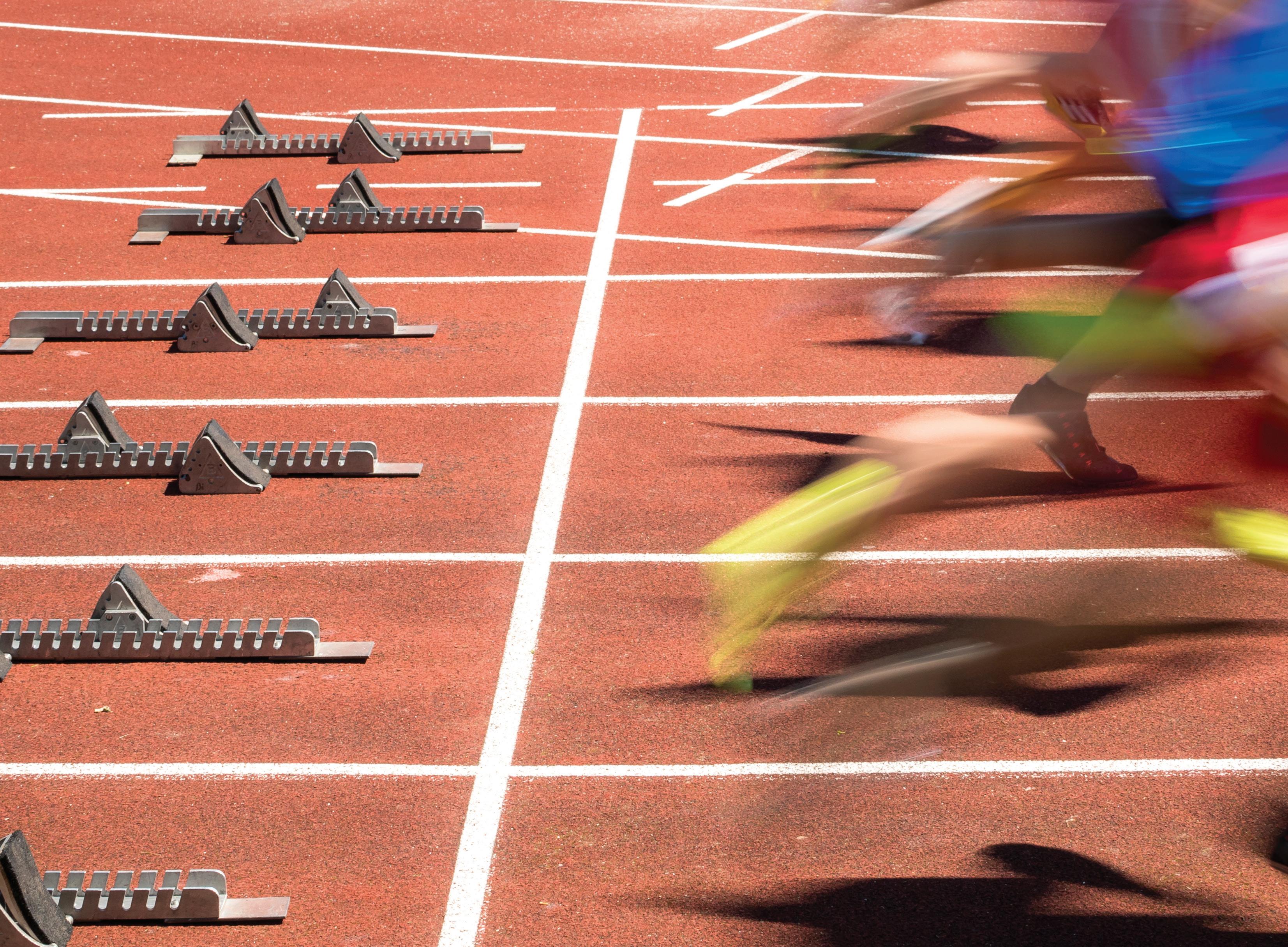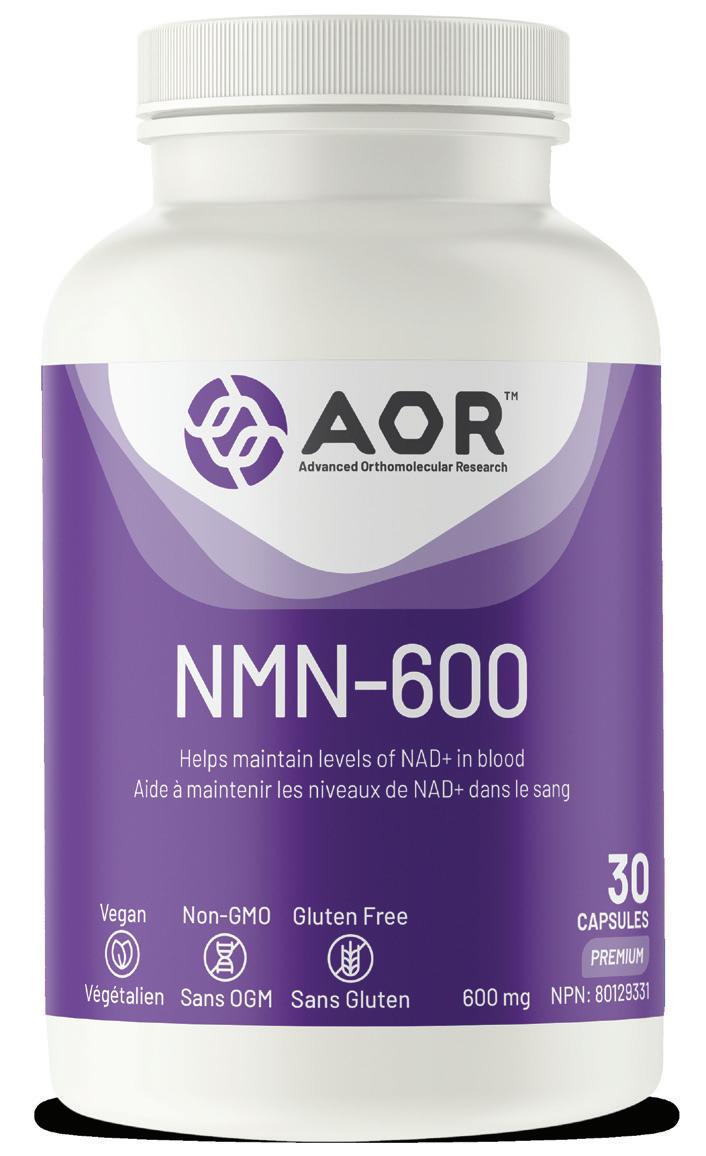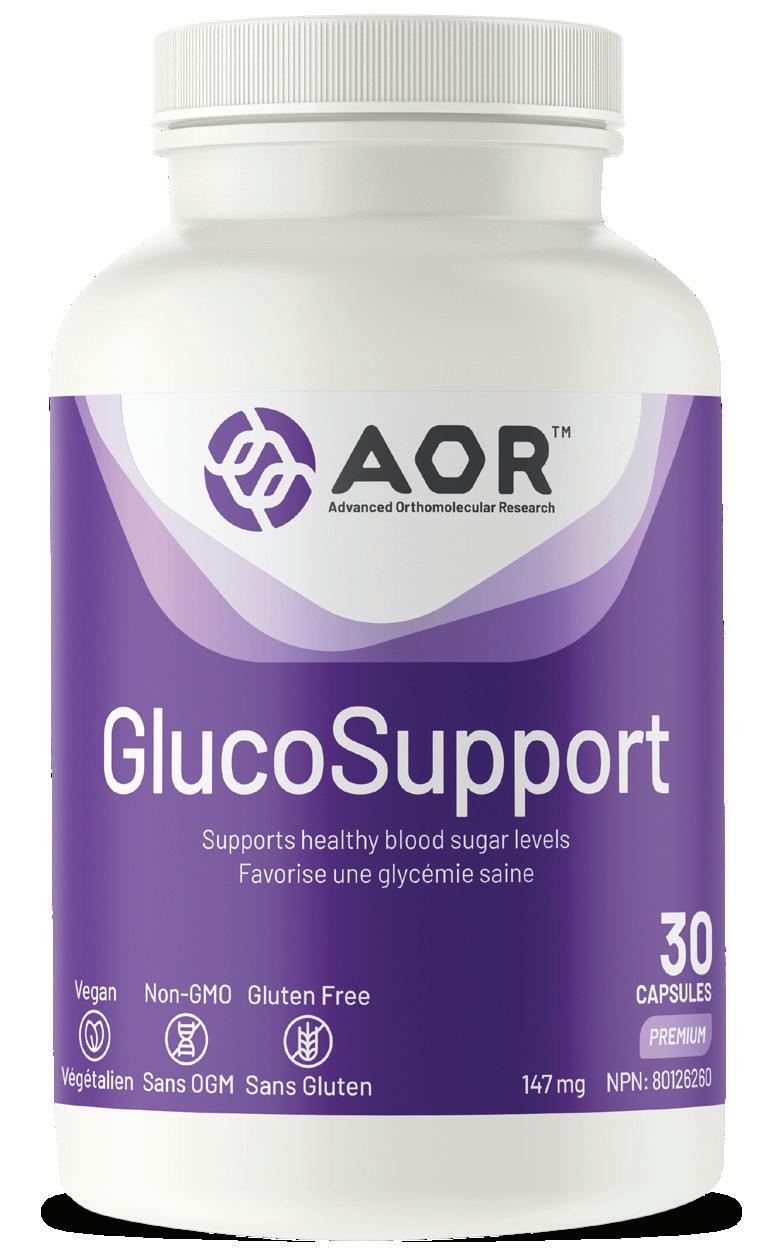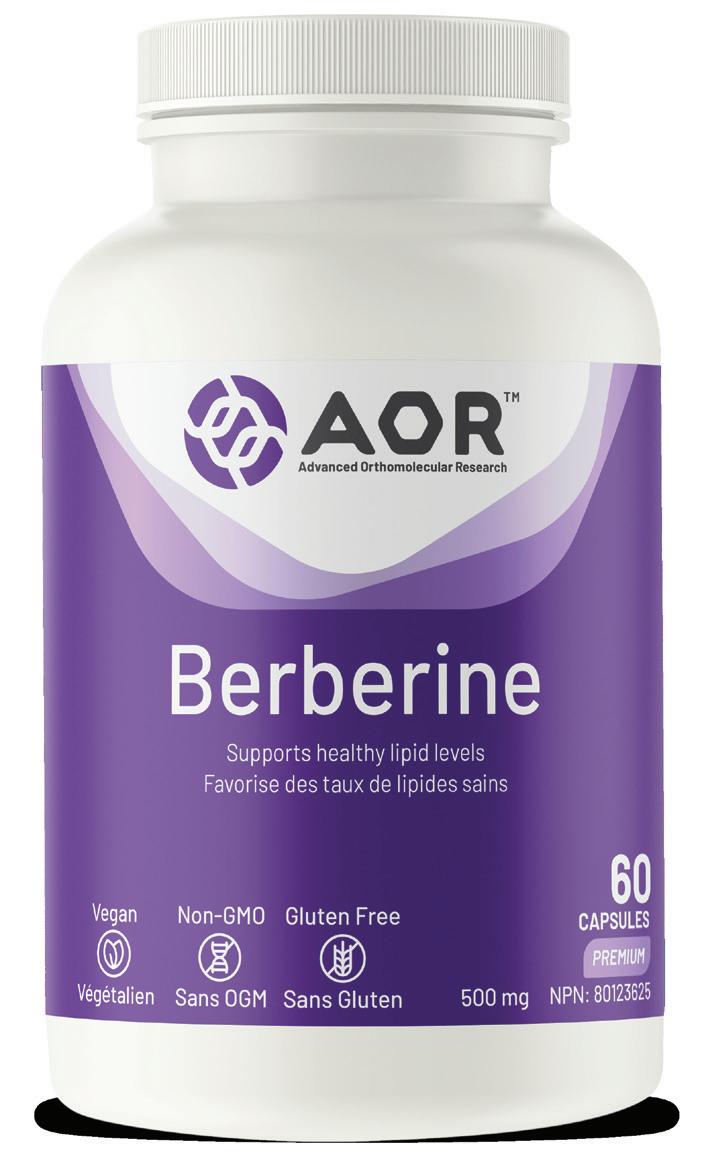






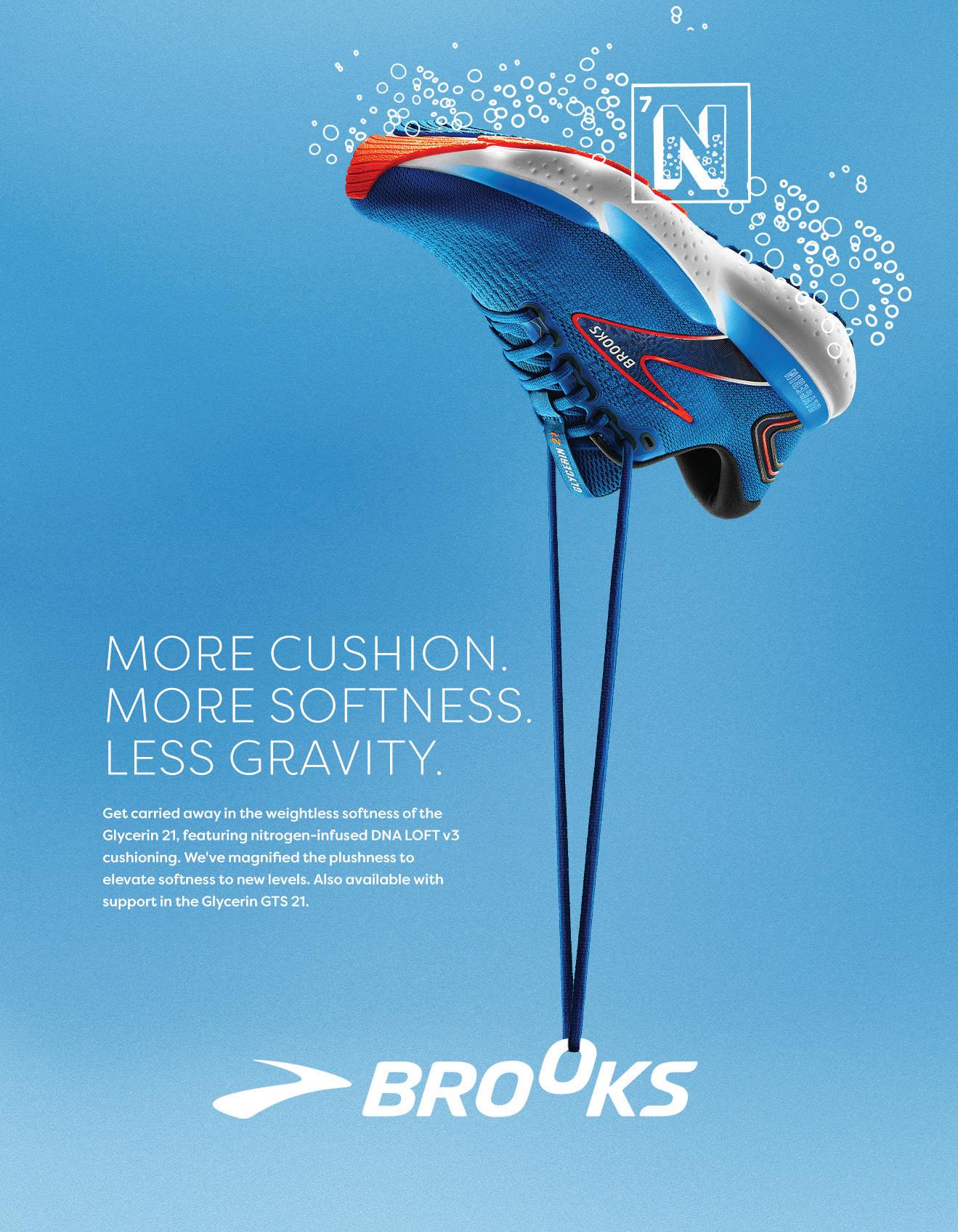
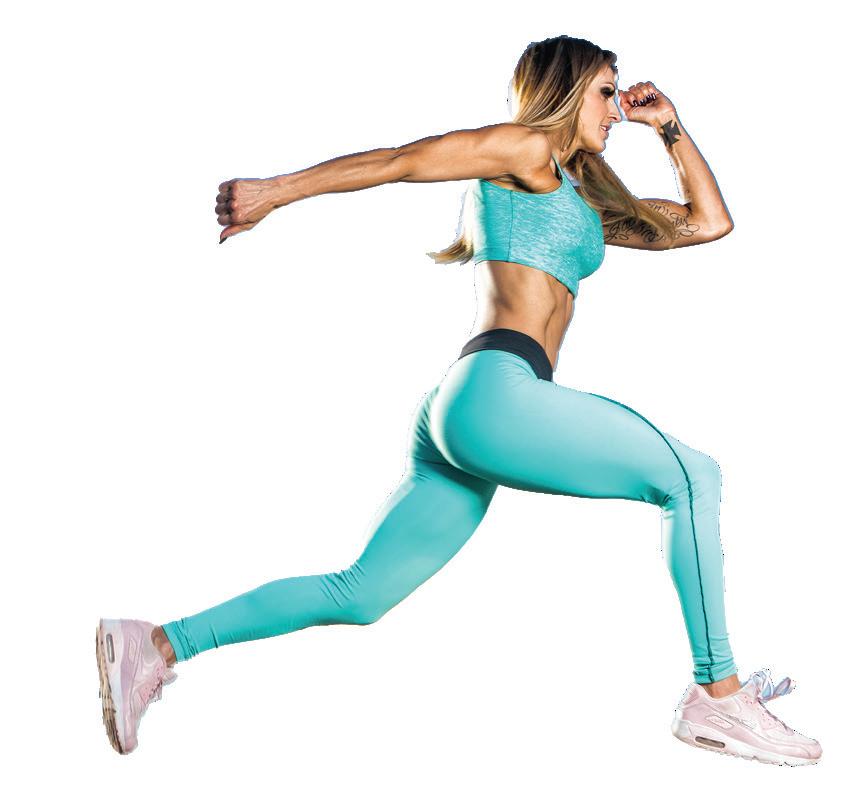









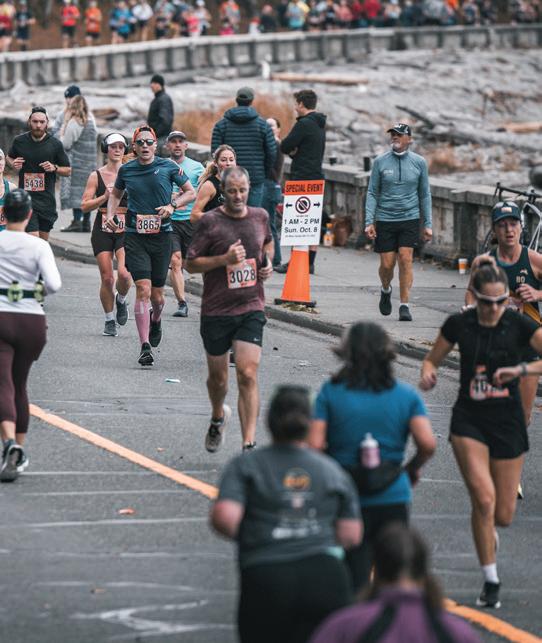
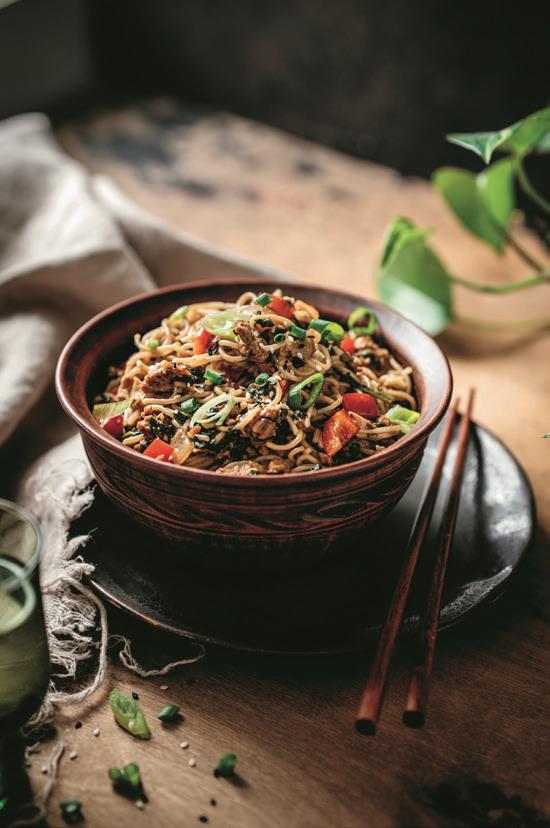

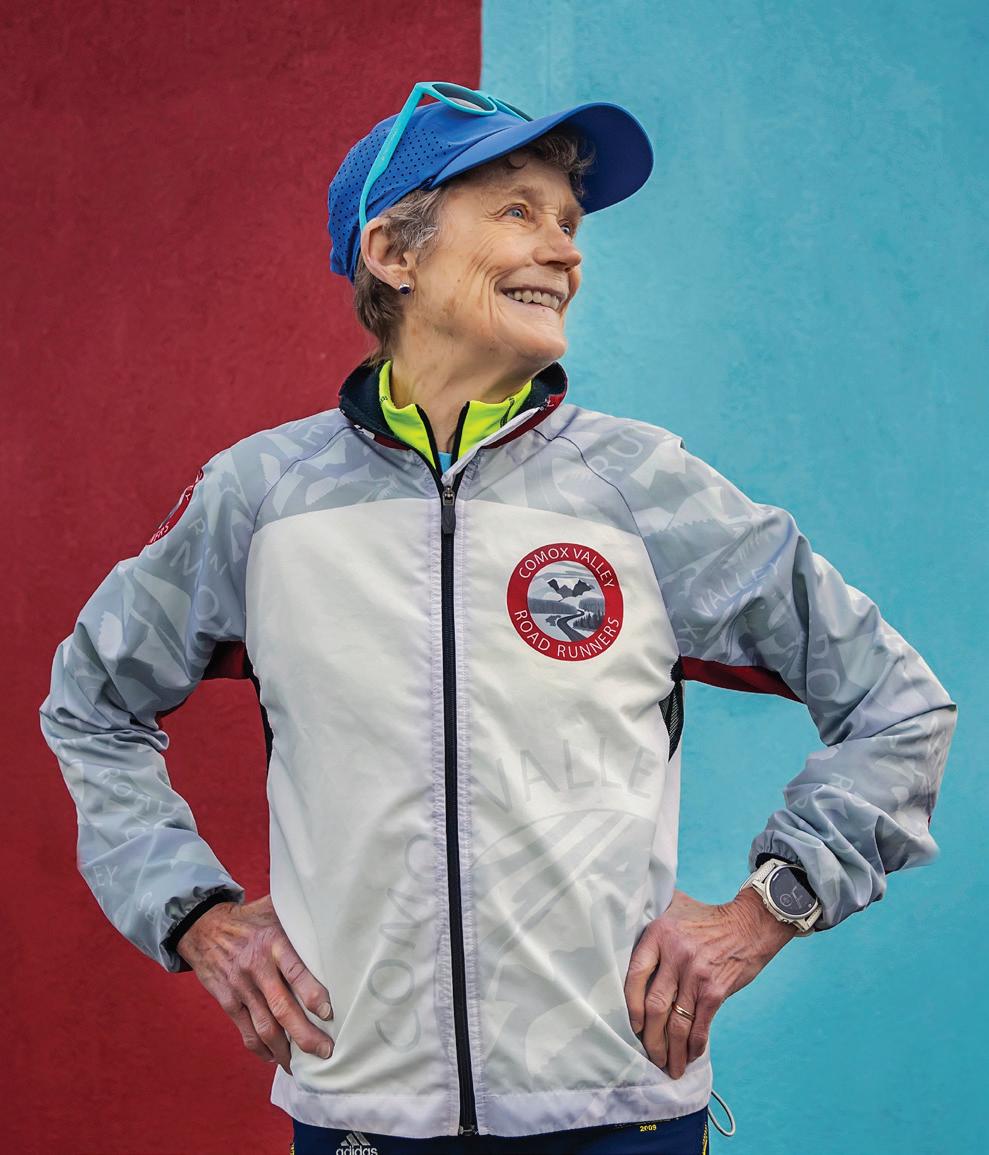
VOLUME 33, ISSUE 4
A leader in the industry for 33 years, IMPACT Magazine is committed to publishing content provided by the best experts in their fields for those who aspire to higher levels of health and fitness.
PUBLISHER & EDITOR-IN-CHIEF Elaine Kupser elaine@impactmagazine.ca
GUEST EDITOR Louise Hodgson-Jones corsa.communications@shaw.ca
ART DIRECTION & GRAPHIC DESIGN Marc Morin - Impello Inc marc@impello.com
COPY EDITORS Tom Lundteigen Emily Meyer
SOCIAL MEDIA COORDINATOR Michelle Clarke michelletherunner@gmail.com ADVERTISING advertising@impactmagazine.ca
LEGAL COUNSEL Gregory Forrest PRINTING Dollco Print Solutions Group DISTRIBUTION Media Classified Streetbox Media
CONTACT IMPACT Magazine Head Office 2007 2nd St. S.W. Calgary, AB T2S 1S4 403.228.0605
SUBSCRIPTIONS
$45 for one year, or $70 for two years (includes GST) impactmagazine.ca/subscriptions
WEBSITE www.impactmagazine.ca
SOCIAL impactmagcanada impactmag impactmag ImpactMagTelevision

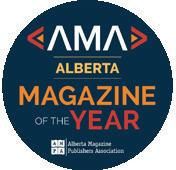
The opinions expressed in IMPACT Magazine are the writers’ and not necessarily those of the publication. IMPACT Magazine advises you to consult your physician if you do not follow a regular fitness program. All content is the property of IMPACT Productions Inc. and cannot be reproduced in any form without written consent of IMPACT Productions Inc. © 2024 Impact Productions Inc.


It’s back! Las Vegas’s first marathon has been revived and will be running the original course from 1967 during the weekend of October 5th and 6th Named The Original Las Vegas Marathon, the organizers are promising a weekend of running that you will never forget.
With a sixties theme called ‘Vintage Vegas’—in homage to the first Las Vegas Marathon—the race shirts and medals will depict imagery from the era; collectible, convertible cars will be the lead vehicles, and yes Elvis will be there! And a few of the Rat Pack too!
The weekend kicks off with 5-kilometre and 10-kilometre races on the Saturday, followed by a marathon and half-marathon on the Sunday. There are finisher medals in all events, and as a bonus for those looking for a challenge, there is a third Vegas Double Down Medal for completing one Saturday race and one Sunday race. Each race will also have age division awards.
All races start at the M Resort, Spa and Casino. “Once leaving the M Resort runners will head just a few hundred feet to the iconic Las Vegas Boulevard onto the Original International Las Vegas Marathon Course,” says race director Adam Chan. “It’s an out-and-back course, ideal for first time participants and experienced runners, with beautiful desert scenery, minimal turns
and elevation change, and many opportunities for family and friends to cheer.”

The Las Vegas Marathon has a rich history. The first race in 1967 was the World Masters Championship, organized by Hank Greenspun, the editor of the Las Vegas Sun. After Greenspun stepped down, the Las Vegas Track Club took over the organization, but it wasn’t until 1981 when Al Boka became race director that the event took off.
“I moved to Vegas in 1979 and started to run, and the next year I ran what then was called the Las Vegas Track Marathon,” he recalls. From 300 runners in 1980 the event grew under Boka’s leadership to 10,000 until he sold it in 2003.
“When I took it on it was easy to organize and I did everything from designing shirts and organizing water stations, but as Vegas grew it was getting harder,” said Boka.
The marathon eventually became part of the Rock ‘n’ Roll Running Series until it was dropped in 2020. Boka is delighted that Chan is reviving the event. “Adam and Steffen Schneider [co-race director] are bringing back a tradition to the old Las Vegas Boulevard.”
Chan says the race conditions will be perfect, ranging from 43 degrees to 82 degrees and with a 6 am start, there will be a lot of opportunities to enjoy the post-race festivities.
with code: IMPACT
IMPACT readers can take advantage of a special discounted entry fee of $99 for the marathon and half-marathon by using the promo code IMPACT thelasvegasmarathon.com
In addition to the host hotel, the M Resort, Spa and Casino, Chan is in negotiation with other properties for discounted rates, which will be posted on thelasvegasmarathon.com
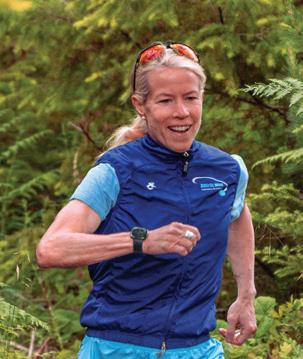
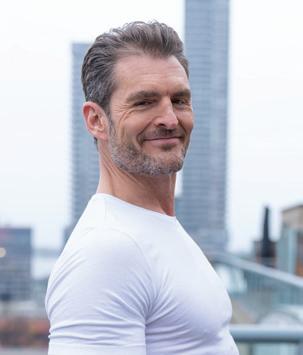
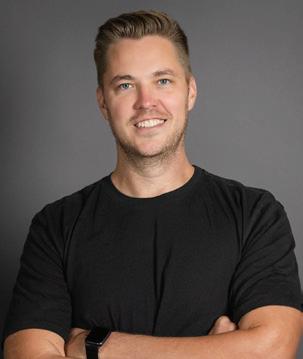

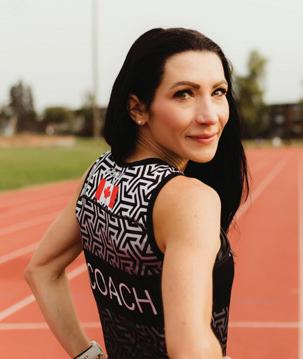

Syl is an endurance athlete, scientist and coach specializing in physical literacy and brain health, based in Calgary, AB. She has competed in numerous World Championships in triathlon, mountain running, snowshoeing and marathons, and is the founder of Athleticwise and Rock On Clay.
ATHLETICWISE ROCKONCLAY
Gary is a life engineer, certified coach, motivational speaker and a personal trainer. He is the author of Find Your SuperHuman, host of the Quiet the Noise podcast, and CEO/Co-Founder of Zero dB in Toronto, ON. He’s helped countless people and organizations foster deeper connections and begin their journey to quiet the noise… naturally.
DRINKZERODB
Sean was born and raised in the Portland, OR area. A graduate of the University of Oregonian School of Journalism, he has worked for The Oregonian/OregonLive in various roles ever since, spending the last decade mostly behind the lens. He loves sports photography, Oregon summers and new adventures.
SEANSPIX
Andie works as a run coach with Tri-Body Training and is a certified strength and conditioning coach for her business, Vic Movement Collective, where she merges outdoor boot camps and trail running. She has coached people of all ages and abilities, and is currently training for her first 100 mile trail race. She lives in Victoria, B.C. with her husband and two children.
VICMOVEMENTCOLLECTIVE
Melissa lives in Calgary, AB and is the owner and founder of We Run the World Coaching, Inc. and The Run Lounge. She has coached hundreds of athletes to personal bests in all distances. Her career highlights include running a sub 2:40 marathon as well as earning top Canadian female at the 2023 Chicago Marathon.
WERUNTHEWORLDCOACHING
Mark is a Professor in the Department of Pediatrics and the Division Head of Neuromuscular and Neurometabolic Disorders at McMaster University, and founder of StayAbove Nutrition. His work has gained international recognition, being featured in news outlets such as Time Magazine, The Globe & Mail, and The Nature of Things. A trail runner, he lives in Hamilton, ON.
STAYABOVENUTRITION
CONTRIBUTORS Murielle Banackissa, Kirstyn Brown, Amby Burfoot, Chelsea Clarke, Dr. Syl Corbett, Scott Cruickshank, Chantal Davis, Jeremy Deere, Sophia DeSantis, Ryan Grant, Dr. Michael Greger, Danyael Halprin, Louise Hodgson-Jones, Gary LeBlanc, Emily Meyer, Mike Neill, Andie Pask, Melissa Paauwe, Cassidy Penney, Lara Penno, Jacob Puzey, Heidi Richter, Kevin Smith, Dr. Mark Tarnopolsky, Phil White, Jessica Woollard.
PHOTOGRAPHY Marc Antoine, Mark Bahrenfuss & Spartan Race, Canada Running Series, Murielle Banackissa, David Birri, Matt Cecill, Crystal Chowdhury, Sophia DeSantis, Thiago Diz: Racing the Planet, Valerie Depeel, Todd Duncan, Luis Escobar, Todd Fraser, Gord Goble For Visit Penticton, Aaron Hagen, Alex Levin, Beto Lopez/ David Perry & Associates Inc, Graham McKerrell, Sean Meagher, Franck Oddouxi, James Patrick, Tanya Raab, RWB Multimedia 10, Pinnacle Fitness, Heidi Richter, Victah Sailer, Rob Shaer, David Truong (Mr. Moogul Photography), Martijn Vonk.


Strength grows in the moments when you think you can’t go on but you keep going anyway.
Fitnesschat.co
Ifound this running quote very poignant as it hits home not only for running those hard runs and races where you just don’t think you can make it, but for life itself. At its core, running mirrors life’s journey—both are marathons of endurance, requiring dedication, perseverance and resilience. Just as in life, running presents challenges, obstacles and unexpected turns. The discipline of training mirrors the same discipline needed to achieve certain goals in life. The highs of crossing a finish line can mirror life’s triumphs, where the lows of injuries and illness can mirror life’s adversities.
We can set the pace. Sometimes we sprint, pushing ourselves to the limit, while other times we settle into a comfortable pace, enjoying the journey.
Running teaches us the value of patience, and also listening to our bodies and minds, skills that are equally valuable in navigating the complexities of our lives.
I’ve found that most importantly, running opens up an opportunity for community and connection. Whether you like to pound the pavement on your own, which I find allows me time for reflection and clarity, it’s also valuable to form social bonds with
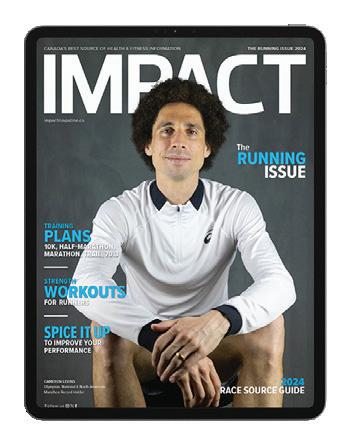
others. These connections remind us that both in running, and in life we are never truly alone.
Our annual Running Issue is always highly anticipated each year—and it’s a keeper. We love presenting the best events that you can participate in with our Annual RACE SOURCE GUIDE, along with expert training advice from the best of the best in their fields. We have training programs to help you stay on track, as well as motivating articles such as interval training (which actually made me want to do intervals) to hydration and adding healthy spices for performance.
Our Athlete with IMPACT stories showcase the remarkable journey of 75-year old, Roslyn Smith, guaranteed to warm your heart, and you will be inspired by the incredible perseverance of triathlete, Jason Pohl.
Our cover story features Cameron Levins, who is Olympicbound to Paris. His captivating story, beautifully captured by guest editor, Louise Hodgson-Jones, will introduce you to a new favourite Canadian athlete to cheer on at this summer’s Olympics.
Here’s to starting a new running chapter and cultivating new friendships along the way.
Didn’t get your hands on a favourite edition of IMPACT? Or maybe your best friend secretly borrowed it from you? No worries. Subscribe to our FREE newsletter and digital edition online at www.impactmagazine.ca
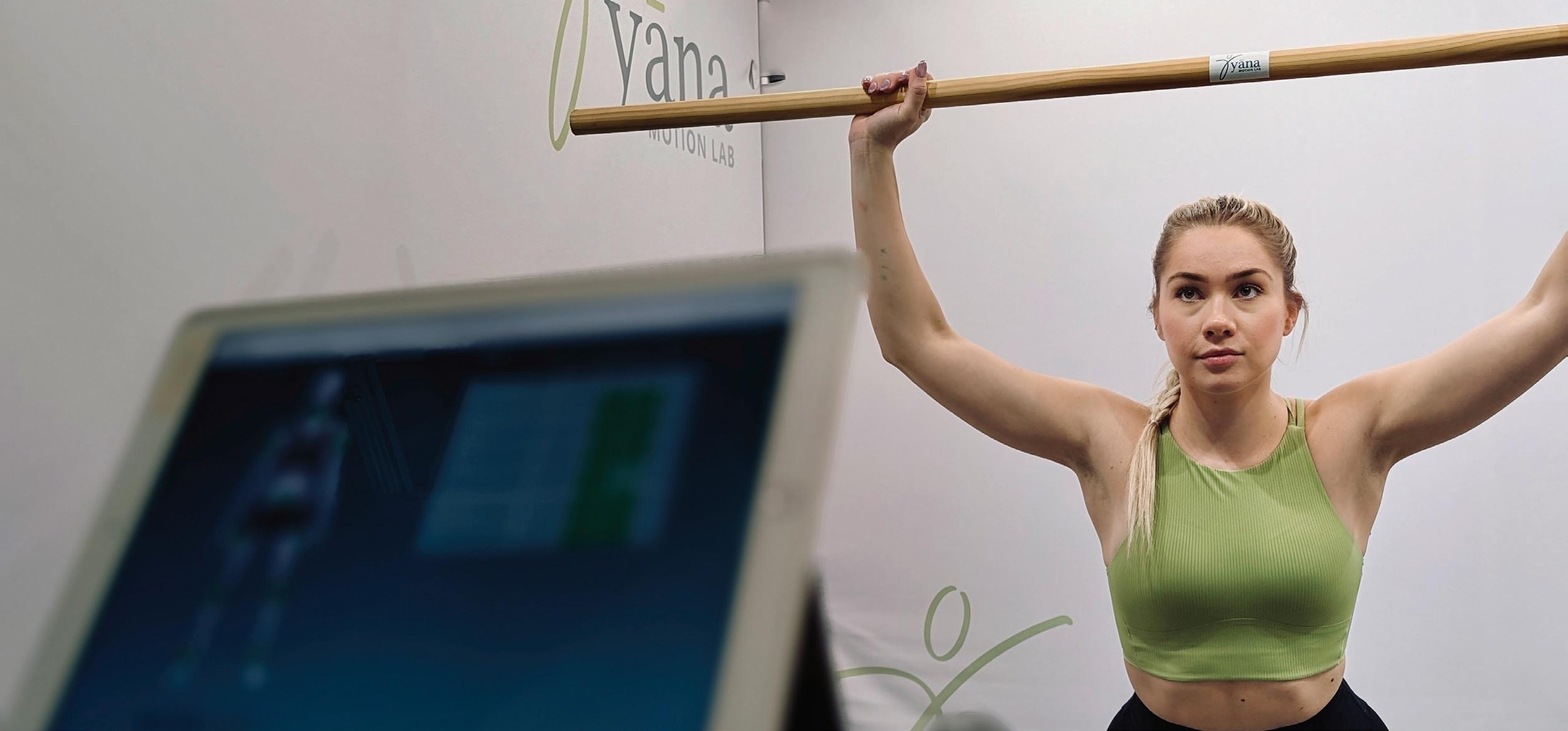
Yāna Motion Lab™, headquartered in Calgary, Alberta, is at the forefront of revolutionizing motion analysis across sports, healthcare, rehabilitation, and occupational health sectors. This is done by utilizing new digital camera technologies, markerless motion capture, clinical-grade biomechanical processing, artificial intelligence (AI), cloud computing, and mobile application services. This advanced approach allows the capture and evaluation of human movement in its most natural form by setting a new standard in the field.
Accuracy and Precision: Unlike traditional marker-based systems, Yāna Motion Lab’s technology eliminates the need for physical markers by utilizing sophisticated computer vision algorithms to track movement. This not only enhances the accuracy and reliability of motion data but also provides deeper insights into biomechanics, benefiting trainers, clinicians, athletes, and patients.
Real-time Analysis: The integration of AI enables Yāna Motion Lab to offer real-time analysis of motion data. This capability is invaluable in environments where immediate feedback can significantly influence outcomes, such as sports coaching or rehabilitation, allowing for on-the-spot adjustments and improved performance and recovery strategies.
Natural Movement Evaluation: Yāna’s markerless approach facilitates an unrestricted assessment of movement, offering a more authentic understanding of body mechanics. This has led to the development of training and injury prevention programs tailored to the natural dynamics of the human body.
Comprehensive Data Analysis: Utilizing eight (8) 3D cameras, Yāna Motion Lab captures a 360-degree view of movement, providing a detailed three-dimensional analysis. The integration of the Yāna Normative Index (YNI) allows for a comparative analysis against established standards, helping to identify deviations and asymmetries in movement patterns. This comprehensive evaluation aids in making informed decisions in various applications from sports performance to rehabilitation.
AI-Driven Insights: The application of AI in motion analysis transforms it from merely descriptive to both predictive and prescriptive, thereby offering personalized assessments and interventions. By analyzing extensive datasets, AI algorithms can identify unique biomechanical patterns, enabling customized solutions that enhance performance and prevent injuries.
Yāna Motion Lab’s combination of markerless technology, real-time analysis, and YNI comparison represents a significant leap forward in movement assessment. This state-of-the-art approach not only improves accuracy and efficiency, but also opens new possibilities for understanding and optimizing human movement, making it a fundamental tool in fitness, health, and beyond. Their groundbreaking motion studio offers an unparalleled, repeatable evaluation tool free of markers and straps. The Yāna reporting platform provides a common perspective for subjects, clinicians, and trainers, accessible through web and mobile (iOS and Android) applications.
By appointment: 825-608-5440 2410 10 Ave. SW Calgary, AB www.yanamotion.com
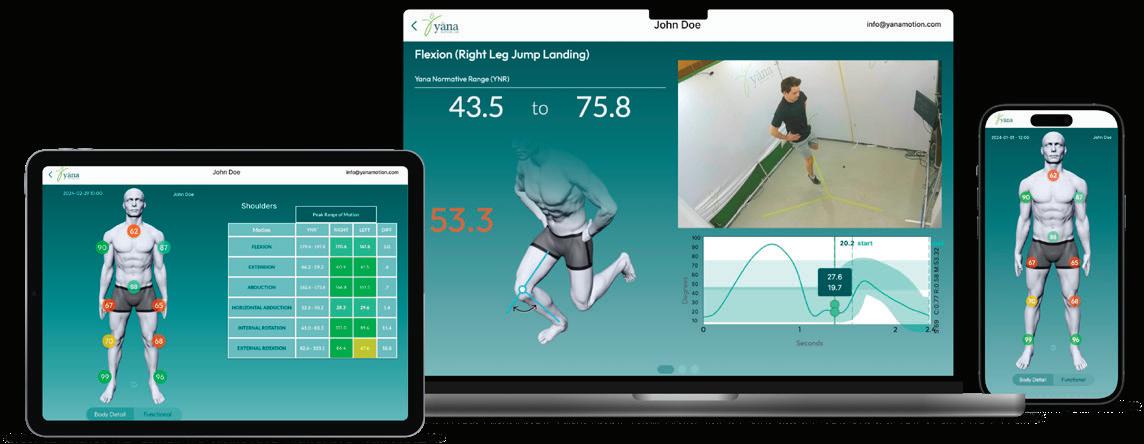

Running economy (RE) is arguably the most important physiological measure for runners. Yes, you need a sky-high V0₂ max to win the Olympics 1500 metre race. But once you move into the longer distances, RE often proves more important. Also, it’s something that you can improve by years of consistent training, which isn’t necessarily the case for V0₂ max.
RE has been studied in hundreds of scientific papers and coaches are happy to dispense workouts and running-form changes that claim will improve your RE—a measure of how much oxygen you use at a given speed. When your RE improves, your oxygen consumption goes down.
A new systematic review by several well-known running experts, titled “The Relationship Between Running Biomechanics
and Running Economy,” looked into 51 studies with a total of 1,115 runners.
Here’s a quick highlight of the findings:
• How/where your foot first contacts the ground—i.e., forefoot vs. rearfoot—had no effect on RE.
• Contact time, stride length, and various ankle/knee/hip angles also had no effect on RE.
• A smaller bounce (vertical oscillation) “showed significant moderate associations” with better RE.
• A higher leg stiffness also showed “significant moderate associations” with better RE. Leg stiffness is the quality of the legs that resists deformation or compression as the leg supports your body weight. A stiff leg is like a strong, tightly coiled spring rather than a weaker, less tightly coiled spring.
• A higher stride rate “showed a small significant association” with better RE. In general, running economy improves when you use as little muscle as possible and as much elastic recoil as possible. That’s because the muscles require oxygen, while the elastic elements like tendons and ligaments don’t. Every change in running form also changes the contributions from muscle and elastic recoil, and they usually move in the opposite direction.
The authors believe it may be possible to find running form changes that are additive in terms of improved RE. But we don’t know enough yet to suggest what these changes might be.
This article has been edited for length and reproduced with permission by Amby Burfootwww.ambyburfoot.com/p/run-long-run-healthy
In ancient Greece, the art of medicine was divided into three parts: cures through diet, cures through drugs, and cures through surgery. Garlic, Hippocrates wrote, was one such medicinal food. Those who eat more than a clove of garlic a day do seem to have better artery function than those who eat less than that, but you don’t know if it’s cause-and-effect until you put it to the test.
In a recent study, heart disease patients were randomized to receive either garlic powder or placebo tablets two times a day for three months. Those lucky enough to be in the garlic group got a significant boost in their artery function—a 50 per cent increase in function from taking only 800 mg of garlic powder a day. That’s just a quarter teaspoon of garlic powder.
Garlic powder can improve the function of our arteries, but what about the structure of our arteries? Dozens of studies on garlic all compiled together show that garlic can reduce cholesterol levels in the blood by more than 16 points. So, might garlic powder actually be able to slow the progression of atherosclerosis? Researchers studied a garlic powder tablet versus a placebo for three months. The placebo group got worse, which is what tends to happen. Eat the same artery-clogging diet, and your arteries continue to clog.
However, the progression of the disease appeared to slow and even stall in the garlic group.
Of course, it would be nice to see the thickening of the artery wall reverse, but, for that, one might have to add more plants than just garlic to one’s diet. Still, though, that same quarter teaspoon of a simple spice available everywhere may be considered as an adjunct treatment for atherosclerosis, the number one killer of both men and women around much of the world.
What about garlic for high blood pressure? A systematic review and meta-analysis of randomized controlled trials: “demonstrated that garlic has a statistically significant and clinically meaningful effect” on both systolic and diastolic blood pressures, reducing the top number by nearly seven and the bottom number by about five (Journal of Phytomedicine 2015). That may not sound like a lot but reducing diastolic blood pressure (the bottom number) by five points can reduce the risk of stroke by about a third and heart disease by 25 per cent.
This article has been edited for length and reproduced with permission by Michael Greger M.D. FACLM – www.nutritionfacts.org




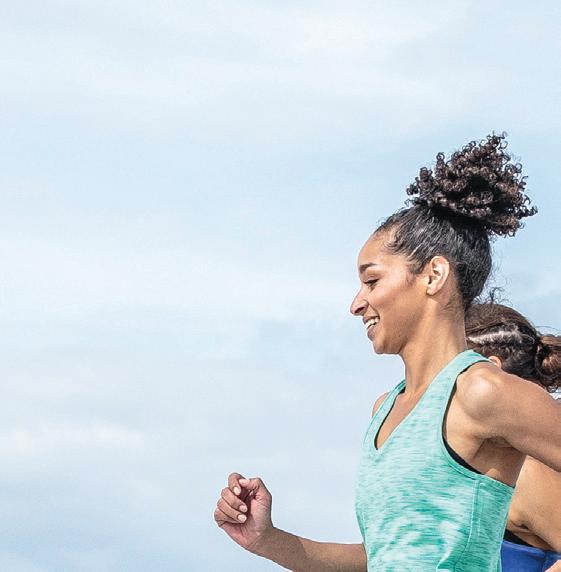
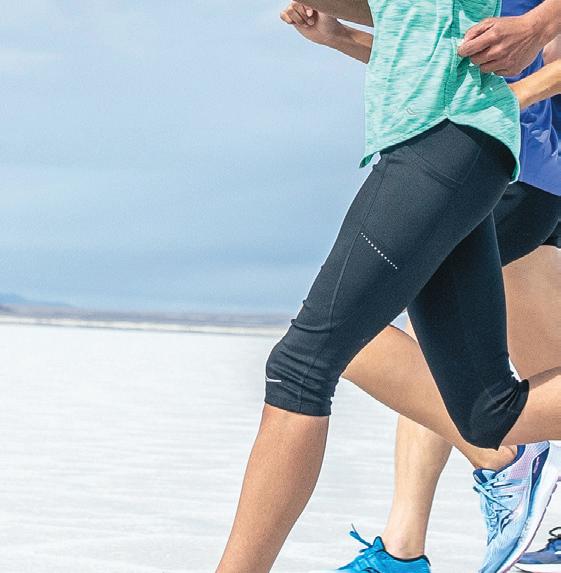

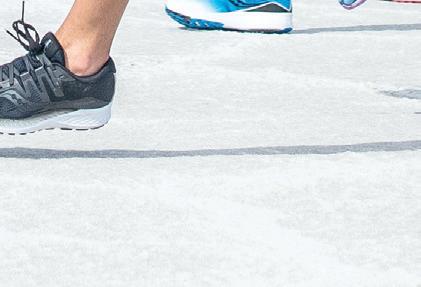




Home to stunning natural landscapes, recreational facilities, and activities. strathcona.ca/adventure
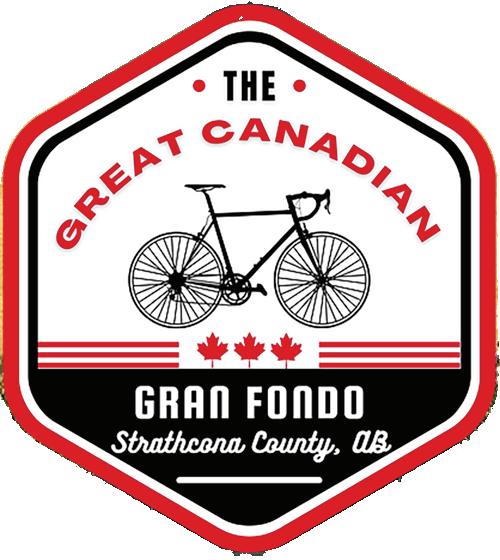
cycling adventure on August 11
Enhance your running performance with a workout focused on strength, stability, and endurance
BY RYAN GRANT GRAHAM MCKERRELLOne of IMPACT Magazine’s Canada’s Top Fitness Trainers, 2018, 2019 & 2024 and owner of Krank Fitness in Calgary, AB. RYANGRANTFITNESS KRANKFITNESS
CLOTHING COURTESY MEC MEC
Welcome to a comprehensive compound workout tailored specifically for runners. This workout is designed to enhance your overall strength, stability, and endurance, ultimately improving your performance on the track or trail. By incorporating compound exercises, which target multiple muscle groups simultaneously, you'll maximize your training efficiency and effectiveness. From strengthening your legs and core to boosting your upper-body power, each exercise is carefully selected to complement the demands of running. Whether you're a seasoned marathoner or a casual jogger, this workout will help you build resilience, prevent injuries, and take your running to the next level. Lace up your shoes, and let's get ready to conquer those miles with strength and confidence.
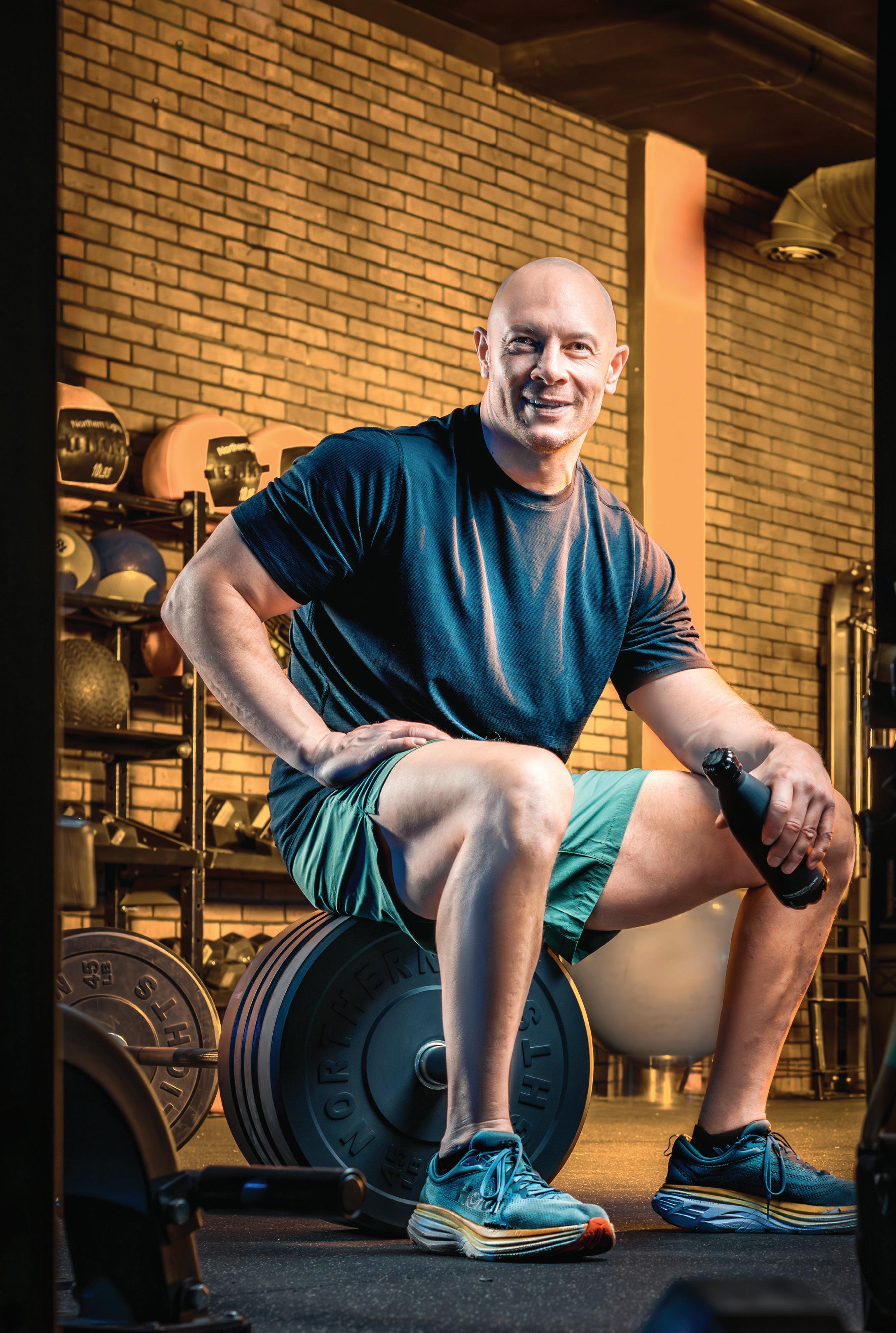
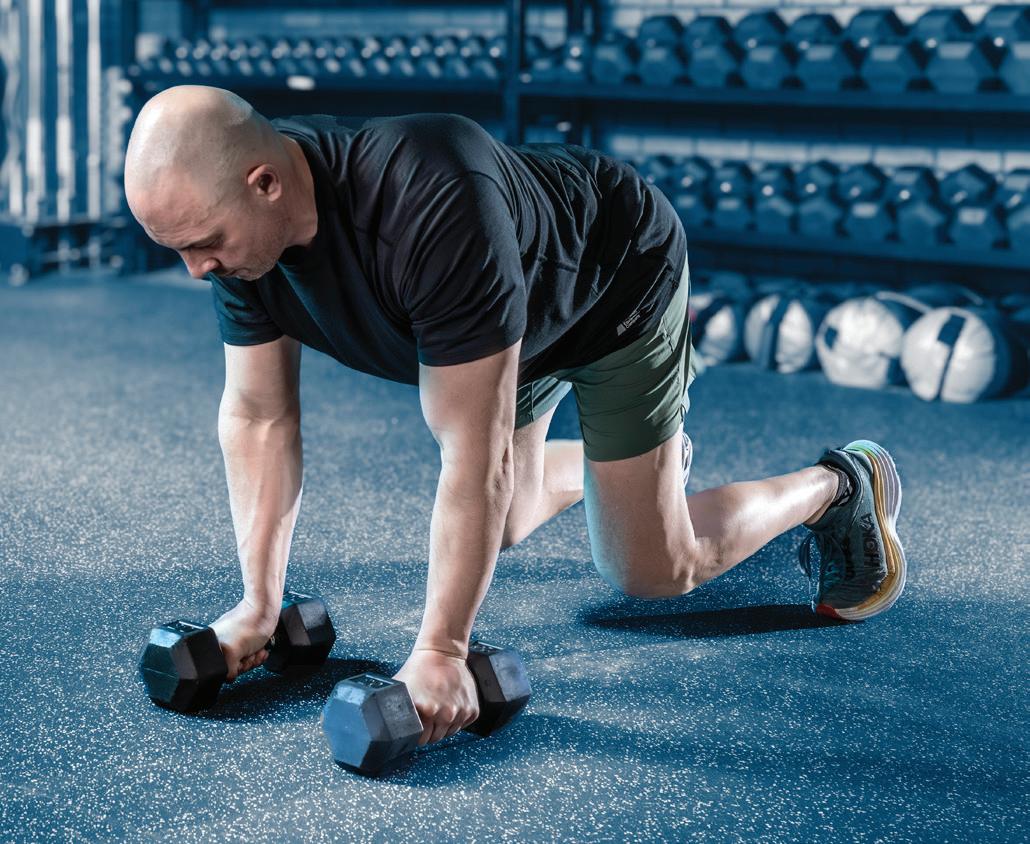
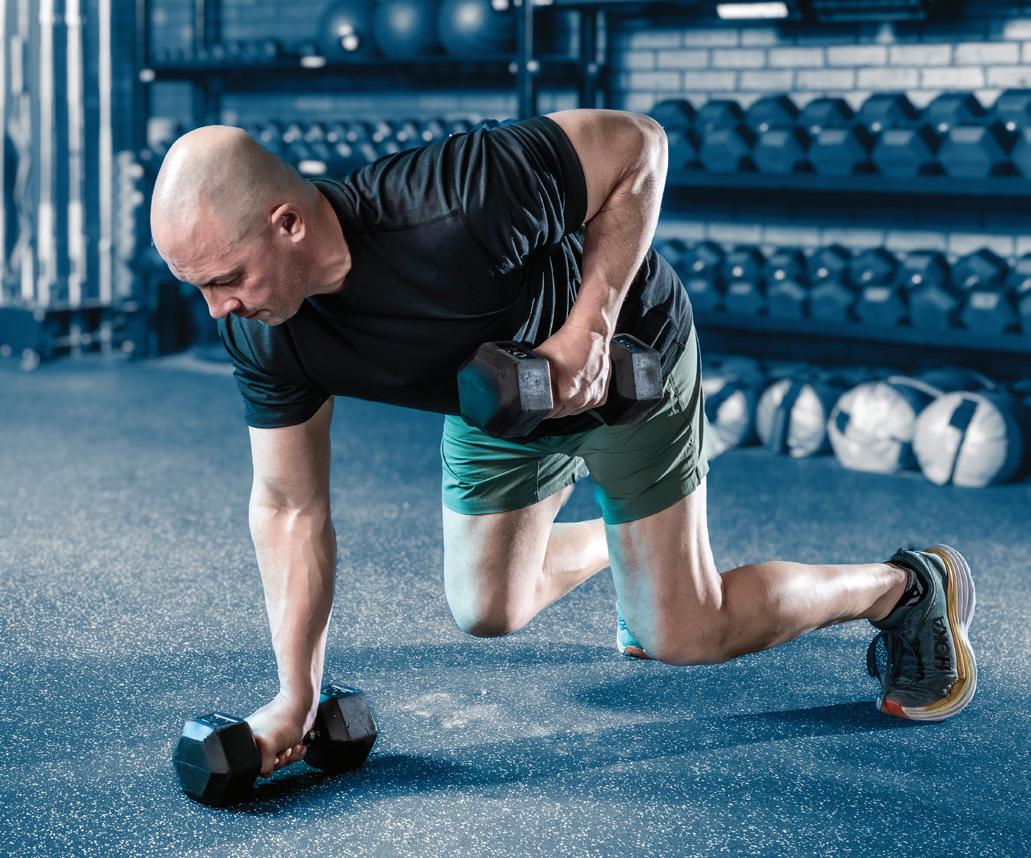
3 sets of 10 reps per leg
3 sets alternating reps of 10 per side
1. Start in an all-fours plank position with your hands directly under your shoulders, holding weights, and your feet hip-width apart.
2. Bend your knees slightly and lift your hips towards the ceiling, in a hover position.
3. Maintain a straight back engaging your core and glutes to stabilize your body.
4. While keeping your hips steady, bend your right elbow and pull it up in a rowing motion, bringing the weight towards your rib cage.
5. Lower the weight to the starting position in a controlled manner.
6. Repeat the row on the left side, alternating arms.
7. Focus on maintaining proper form throughout the exercise, avoiding any twisting or rotation of the hips.
Pro Tip: The bear plank row combines elements of both a plank and a rowing motion, making it an effective full-body exercise for building strength and stability. It targets multiple muscle groups, including the core, back, shoulders, and arms.
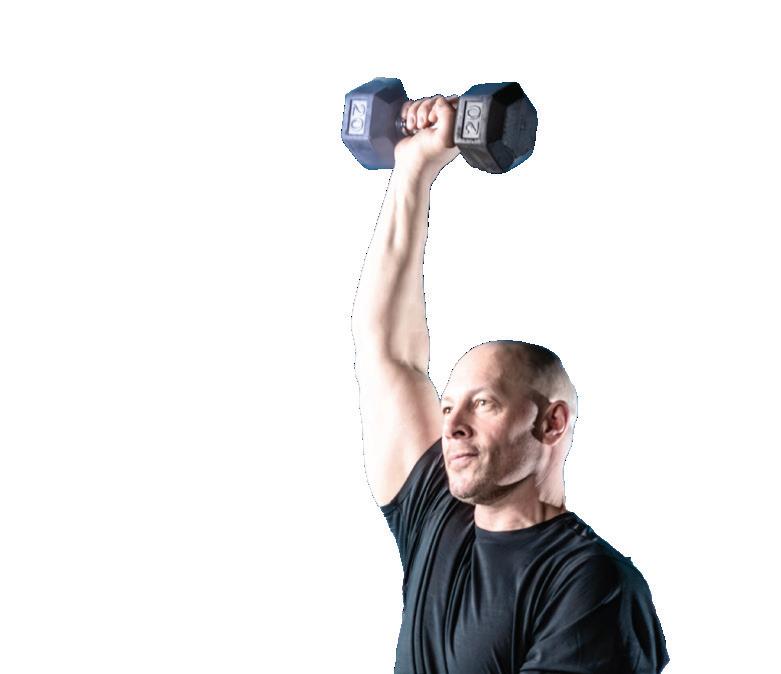
1. Stand with your feet shoulder-width apart, holding a dumbbell in each hand with one at shoulder height and the other between the legs.
2. Engage your core and keep your chest upright as you squat, lowering your body with your feet remaining flat on the floor.
3. As you begin to move upwards, straighten your legs and simultaneously press the dumbbell overhead with your palm forward, extending your arm fully towards the ceiling.
4. Once your arm is fully extended, lower the dumbbell to shoulder height while simultaneously squatting back down.
Pro Tip: The gorilla press targets the shoulders, arms, and upper body. It's important to maintain proper form throughout the exercise. Keep your core engaged, chest upright, and avoid arching your back as you press the dumbbell overhead. Start with lighter weights to master the movement before progressing to heavier weights. •
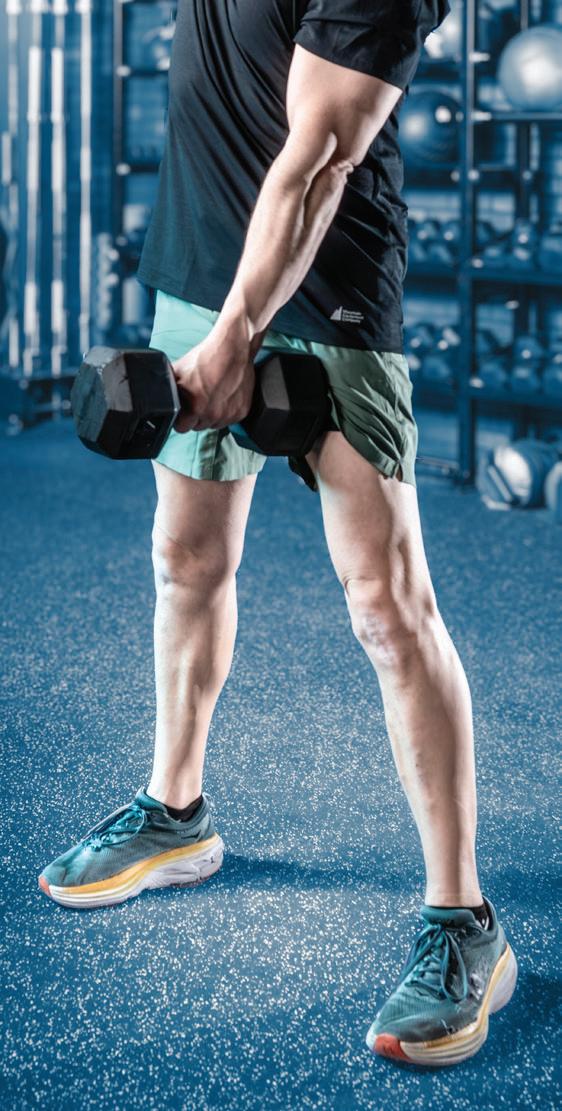
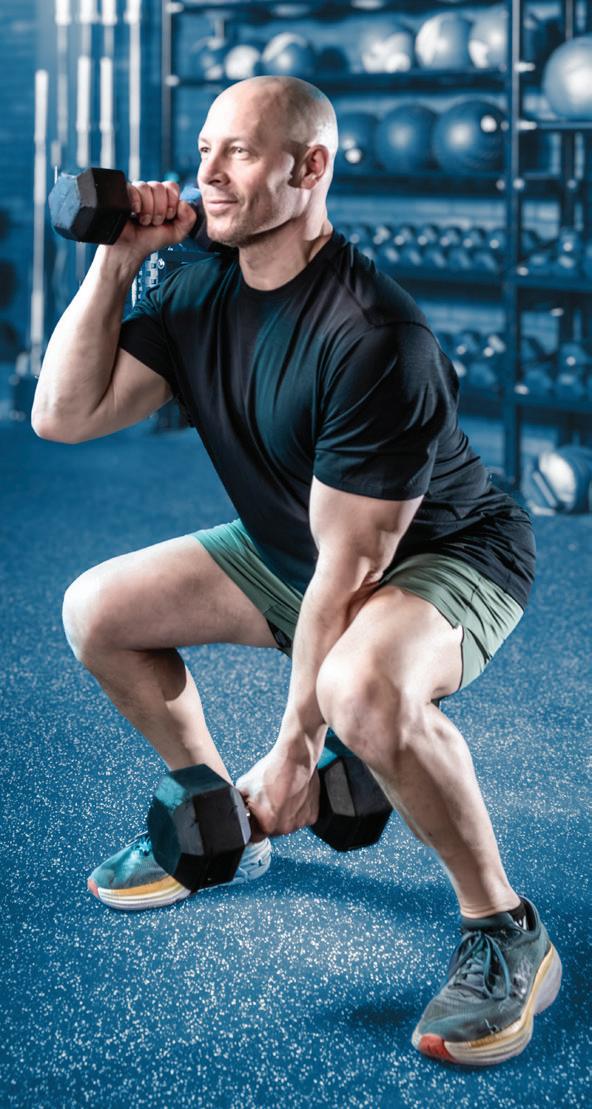
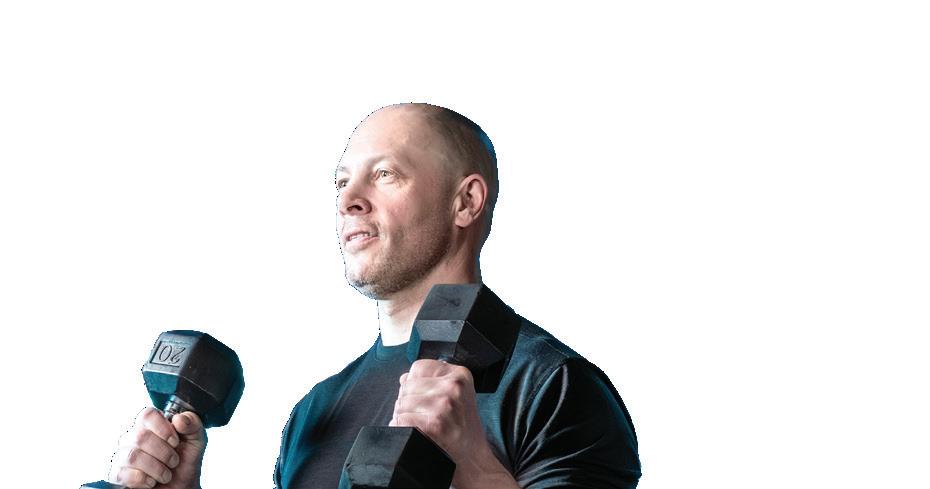
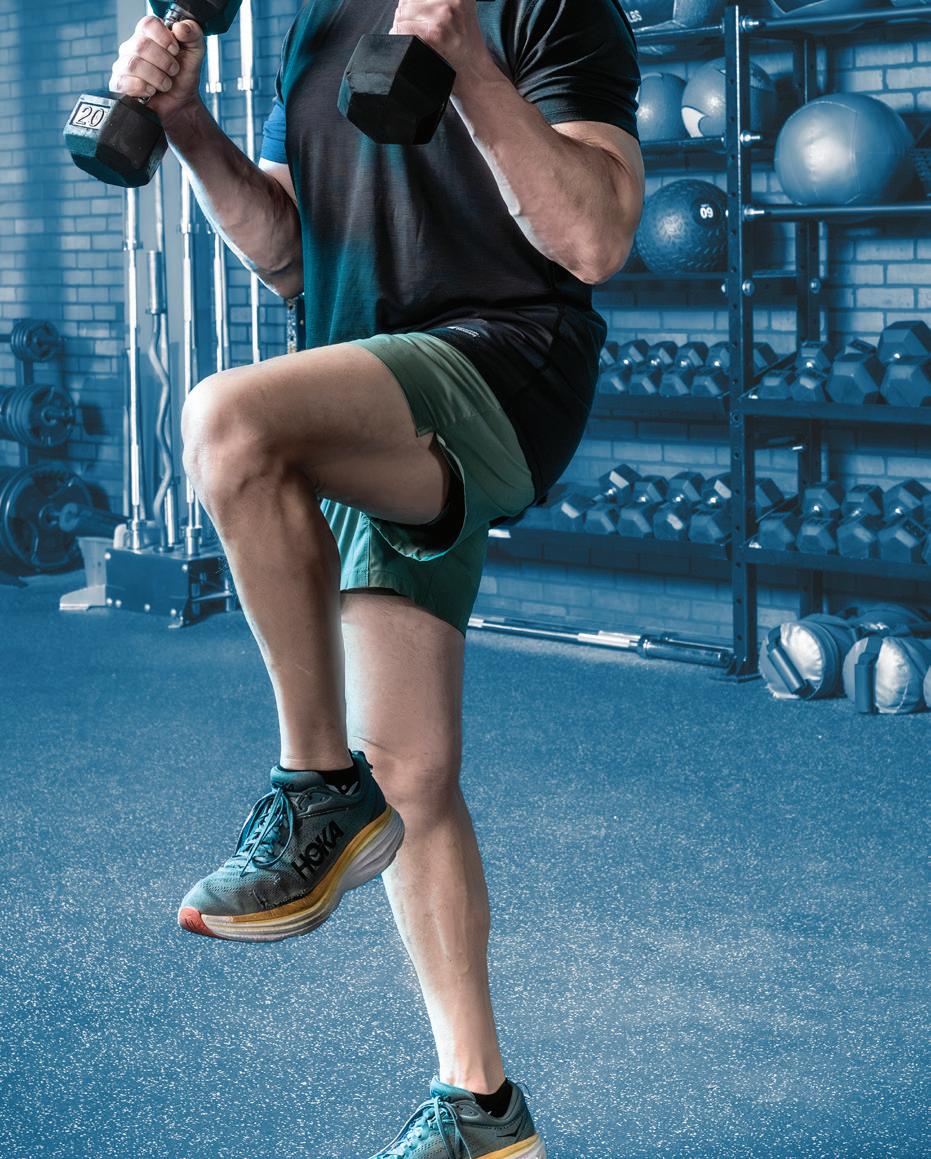
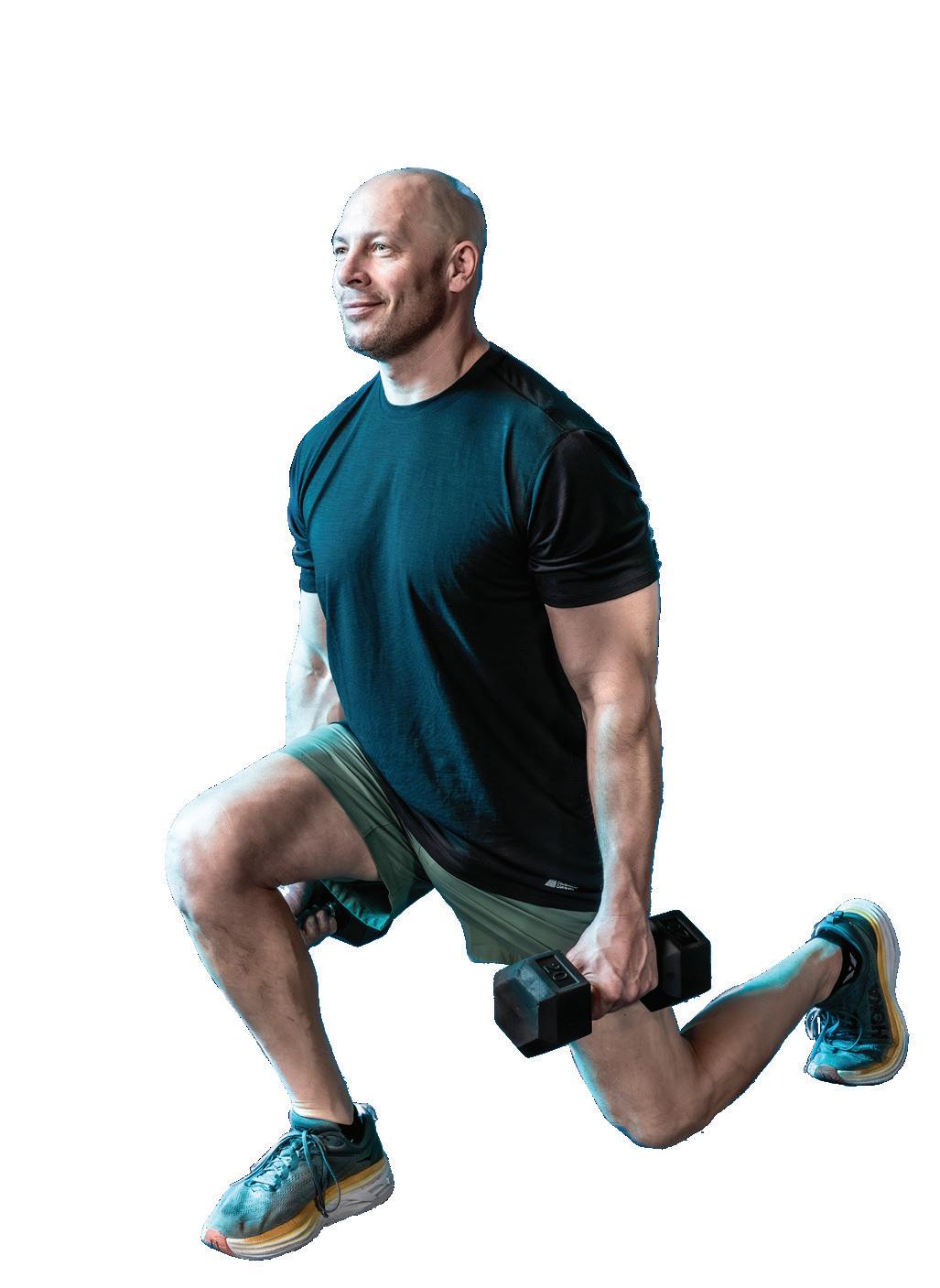
3 sets of 10 reps per leg
1. Sit on the ground with your upper back against a bench or elevated surface.
2. Hold a dumbbell in each hand, palms facing each other, and extend your arms straight up towards the ceiling.
3. Lift one foot off the ground and extend it straight out in front of you.
4. Engage your core and glutes as you press through your planted foot to lift your hips towards the ceiling, while simultaneously bending your elbows to lower the dumbbells towards your forehead in a skullcrusher motion.
5. At the top of the hip thrust, extend your arms towards the ceiling, straightening your elbows.
6. Lower your hips towards the ground and bend your elbows to bring the dumbbells back towards your forehead, performing the skull-crusher motion again.
Pro Tip: Maintain proper form throughout the exercise, keeping your core engaged, your back straight, and your hips level. Adjust the weight of the dumbbells as needed to challenge yourself appropriately.
3 sets of 10 reps per leg
1. Stand with your feet hip-width apart, holding a dumbbell in each hand by your sides.
2. Take a step back with one foot, lowering your body into a lunge position. Both knees should bend at 90-degree angles, with your front knee directly above your ankle.
3. At the same time, lift your back knee towards your chest, bringing the dumbbells towards your shoulders in a curling motion.
4. Pause briefly at the top.
5. Lower the dumbbells to your sides as you step back into your lunge.
Pro Tip: Keep your core engaged and your back straight throughout the exercise to maintain proper form and prevent injury. Adjust the weight of the dumbbells as needed to challenge yourself appropriately.


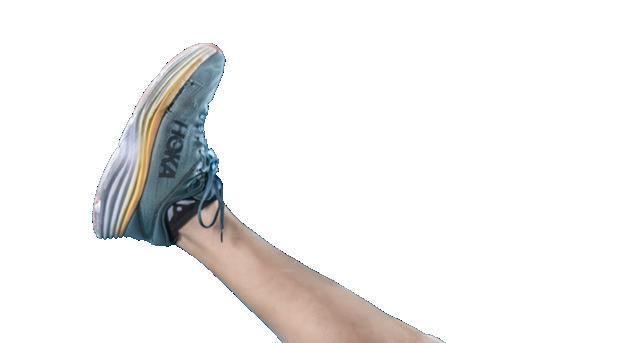
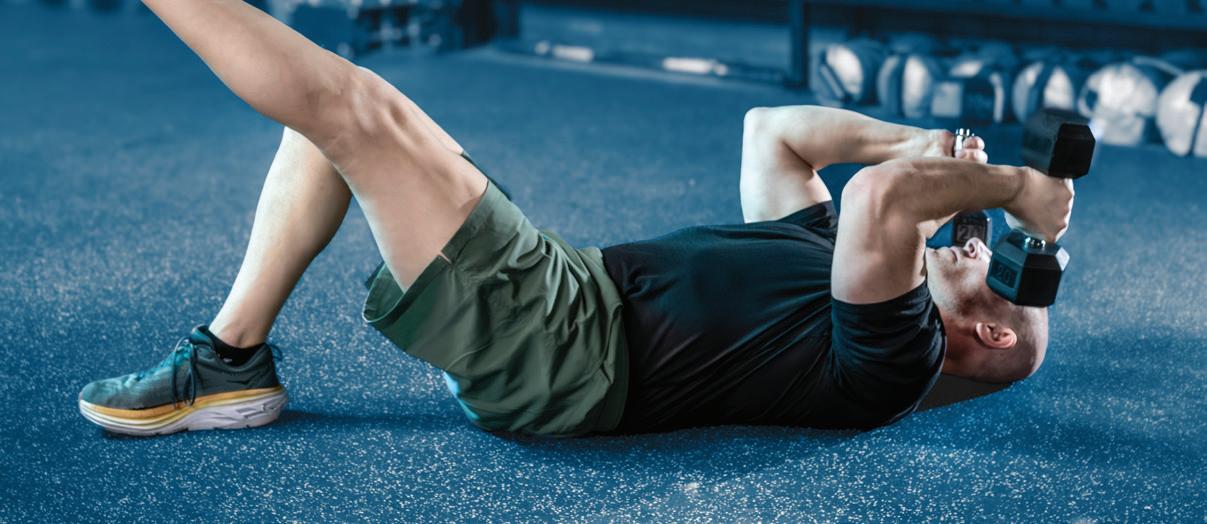
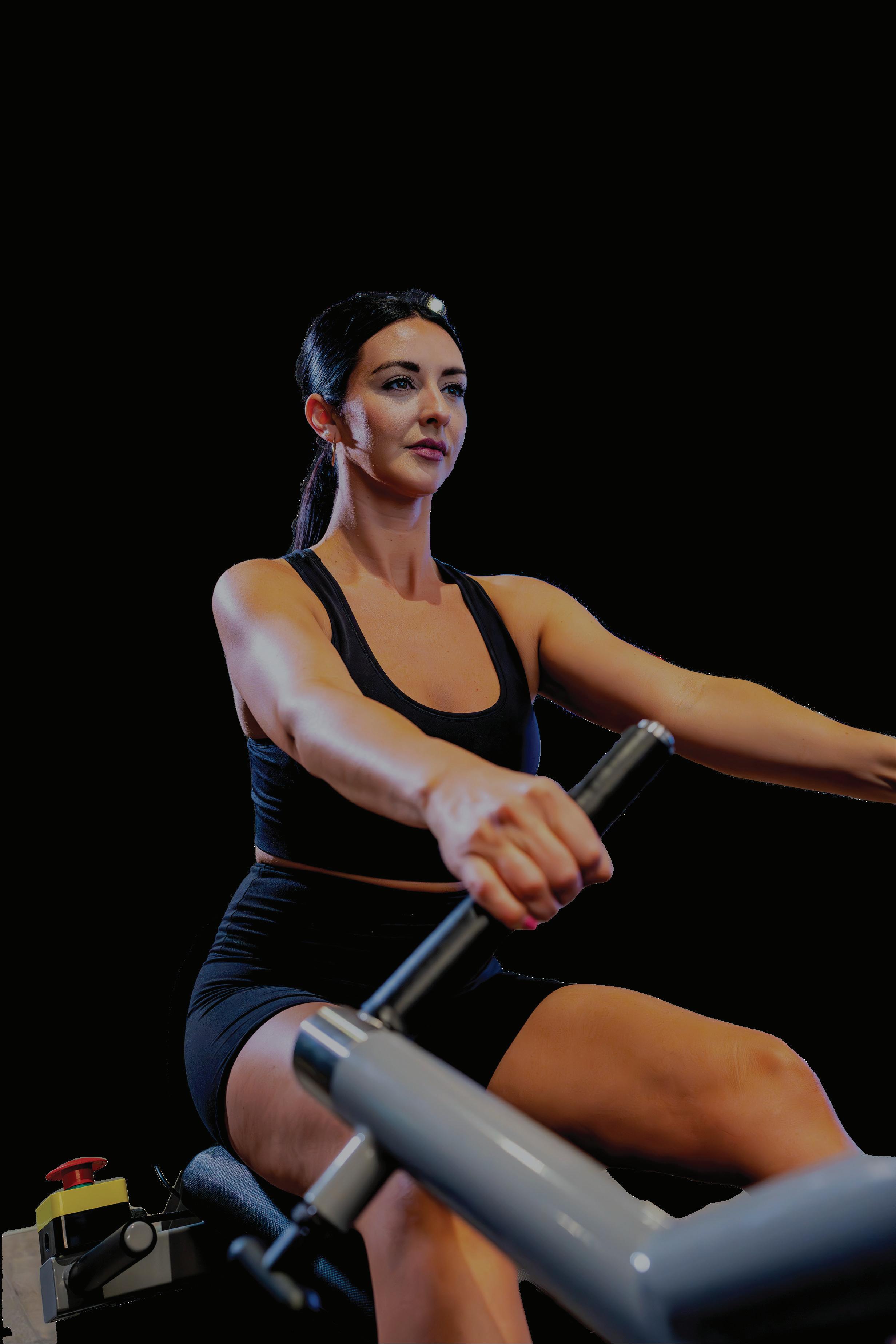

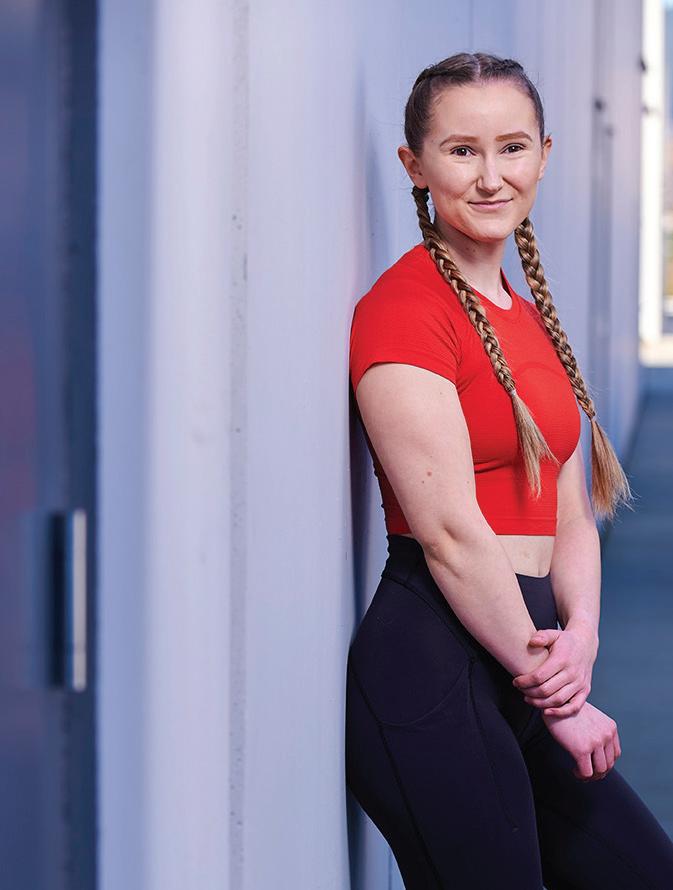
One of IMPACT Magazine’s Canada’s Top Fitness Trainers 2024, and trainer at House of Trainers, in Port Coquitlam, BC. FOCUSEDFITNESSBC
Running is an increasingly popular form of exercise with the realization that all one needs to participate is a pair of good running shoes. But many runners can be sidelined by injury due to overtraining, muscle imbalances or overuse.
Bridging the gap between hitting the pavement and pumping iron could be the new secret weapon that keeps runners going further and longer. As mileage climbs, runners must have the strength and fitness to withstand the demands on their bodies.
Single-leg exercises that replicate the unilateral motion of running are a key component of training for the physically demanding sport. Emphasizing hip stability, knee strength, and lower-body control, these strength exercises can be a great addition to your routine and help you run strong and run long.
10 - 12 reps x 3 sets
1. Stand tall holding a kettlebell with two hands. Plant your working foot, loading most of your weight into it. Staying tall, hinge at the hips, reaching the kettlebell towards the floor. As you hinge forward, elevate your non-working leg.
2. Stop a few inches off the ground and return to standing by driving the hips forward and engaging the glute of your planted leg.
Pro Tip: Master the hinge by focusing on pushing your hips back to the wall behind you.
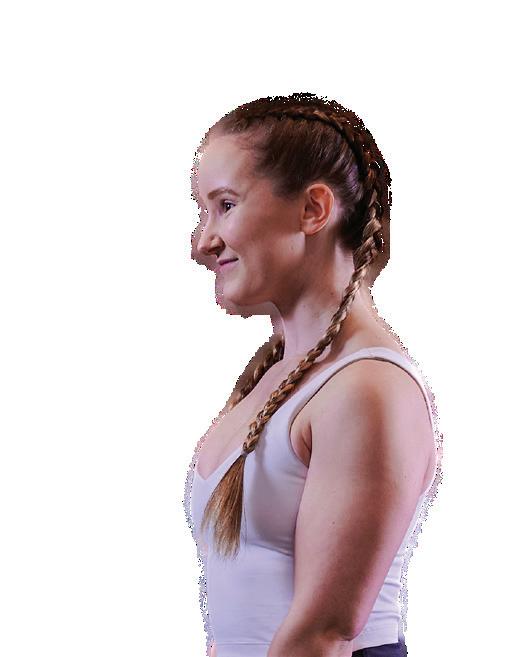
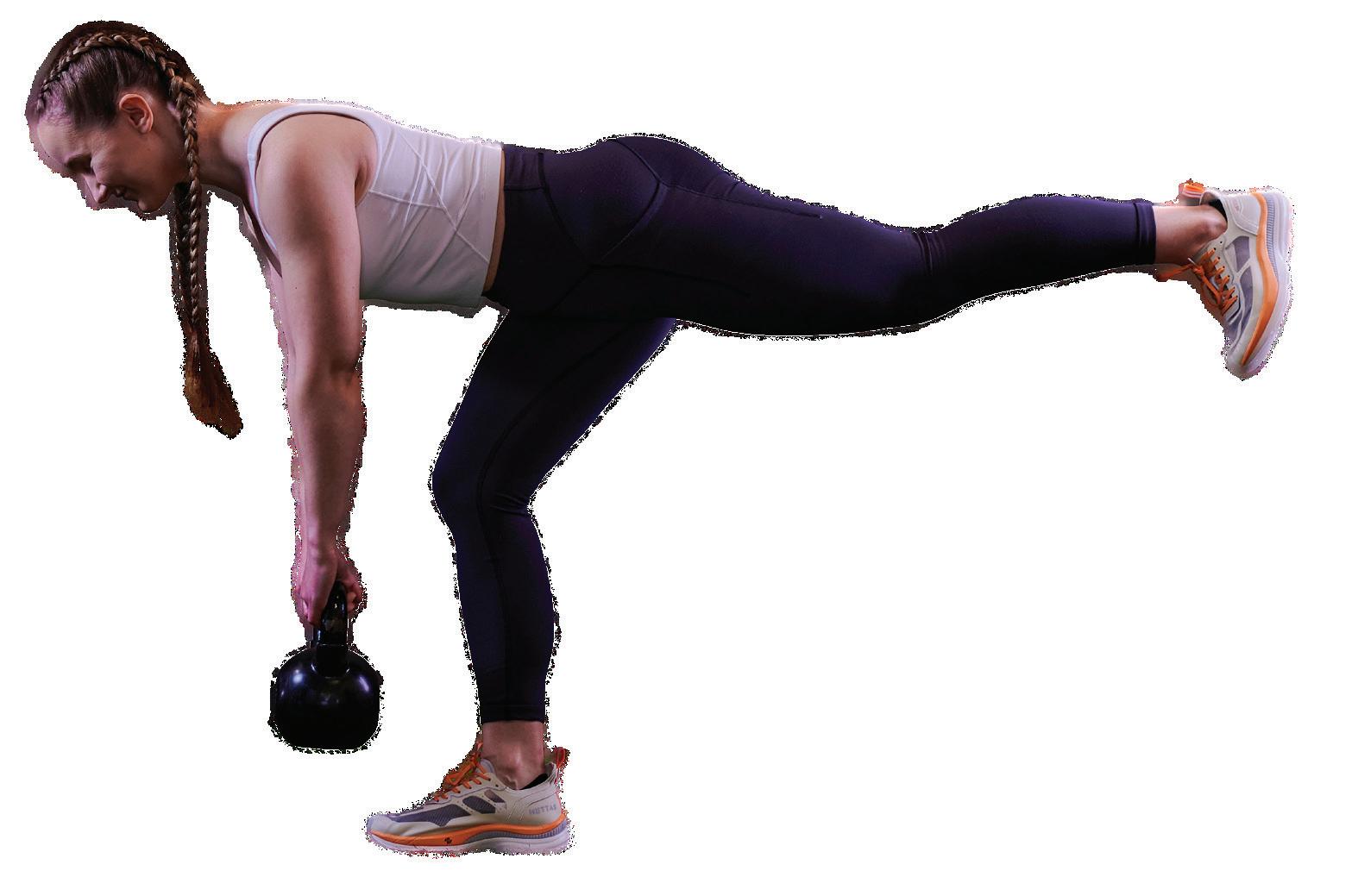

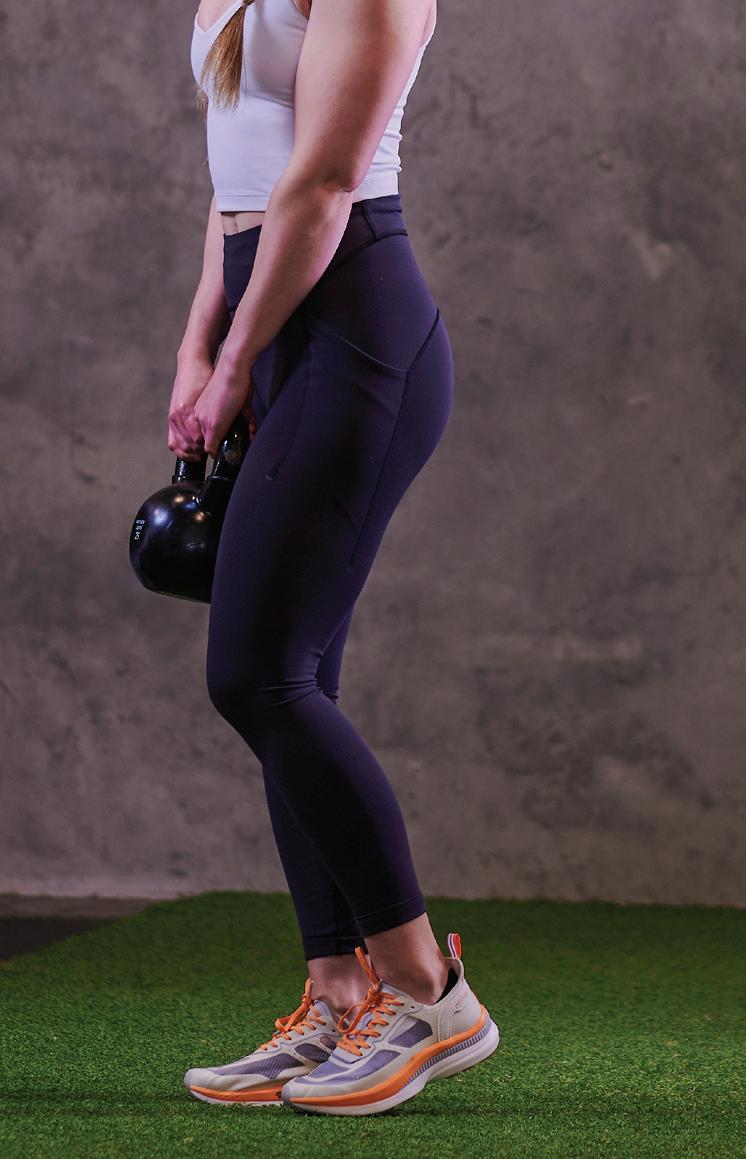

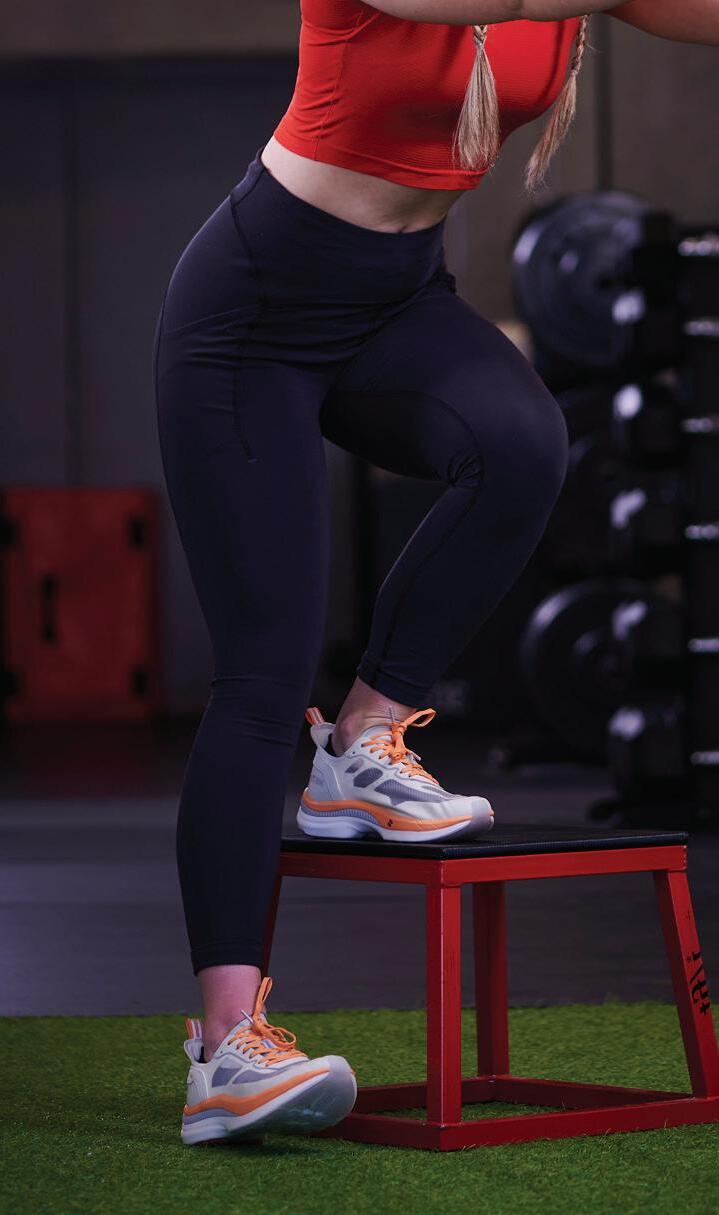

With straight arms in front of you, plant one foot on the edge of a box and let your other leg hang off the edge. Softly and with control, bend your planted knee and lower your nonworking foot toward the ground. Aim to gently tap your heel on the floor, before driving through your planted foot to return to the top.
Splay your toes and try to “grab the ground” to help balance. •
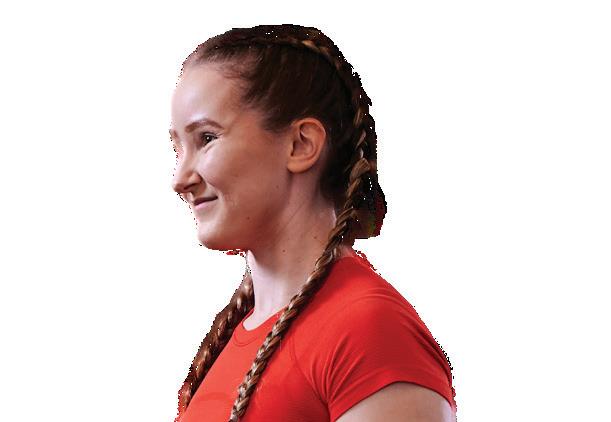
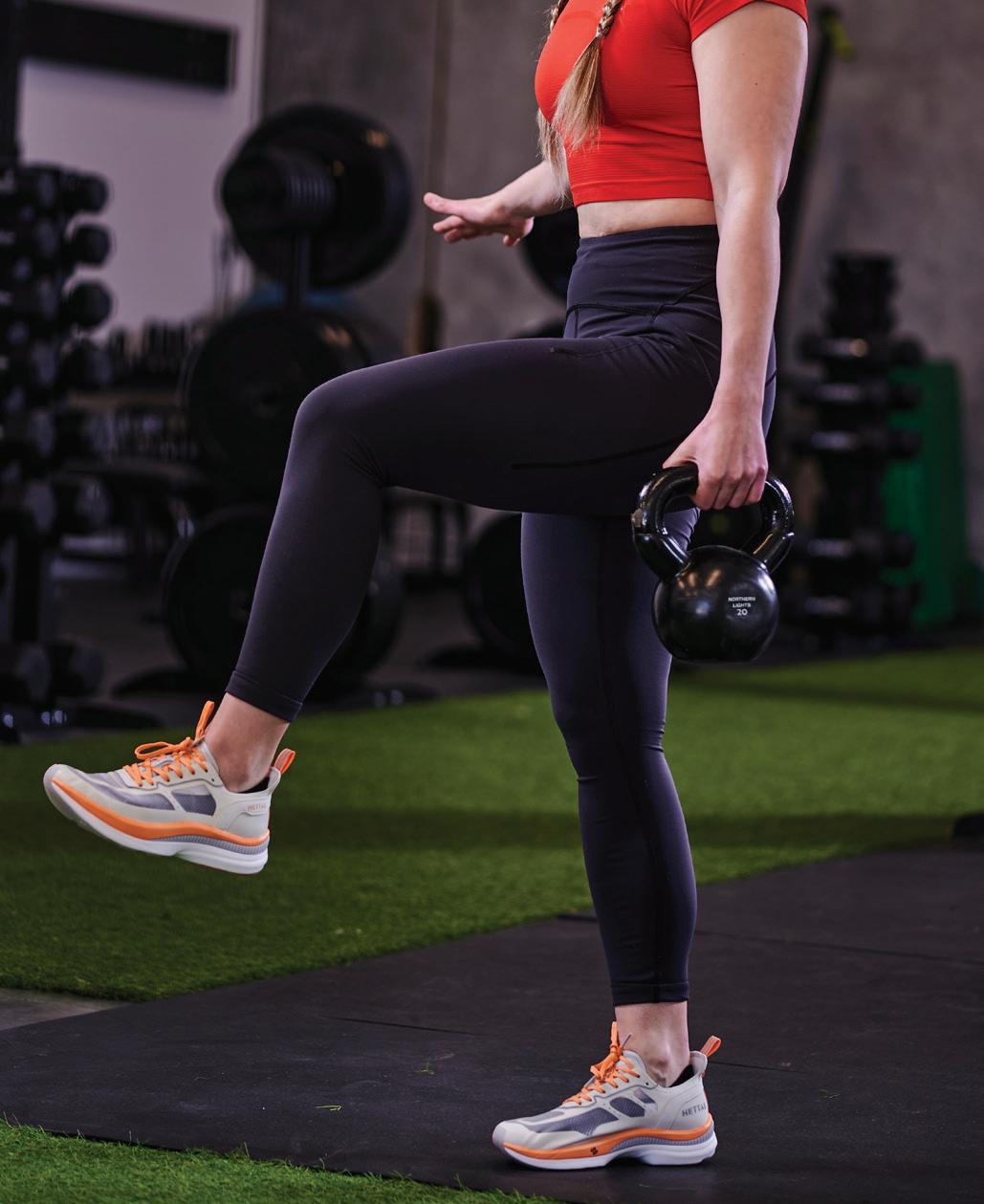

10 - 12 reps x 3 sets
1. Start by standing tall, holding a kettlebell in your outer hand. Perform a reverse lunge by stepping your outer leg down and back into a lunge position.
2. Pushing through your front foot, stand up while driving your back leg forward into a marching position. Hold for a second before descending into another lunge.
Pro Tip: Focus on something stationary to help with your balance.
10 - 12 reps x 3 sets
1. Hold a dumbbell vertically, gripping the sides tightly with two hands. Keeping it tight to your chest, inhale as you descend into your squat by sitting the hips back.
2. Descend to a parallel position before driving through your heels to return to the top. Stand up tall, engaging the core and exhaling on the way up.
Pro Tip: Squat down as if you were sitting down in a chair, sitting back into your heels.
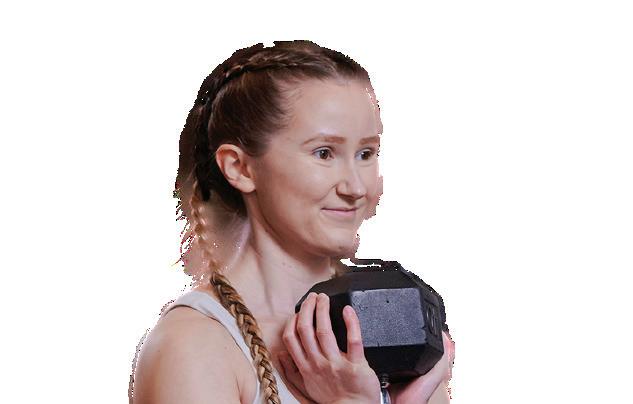
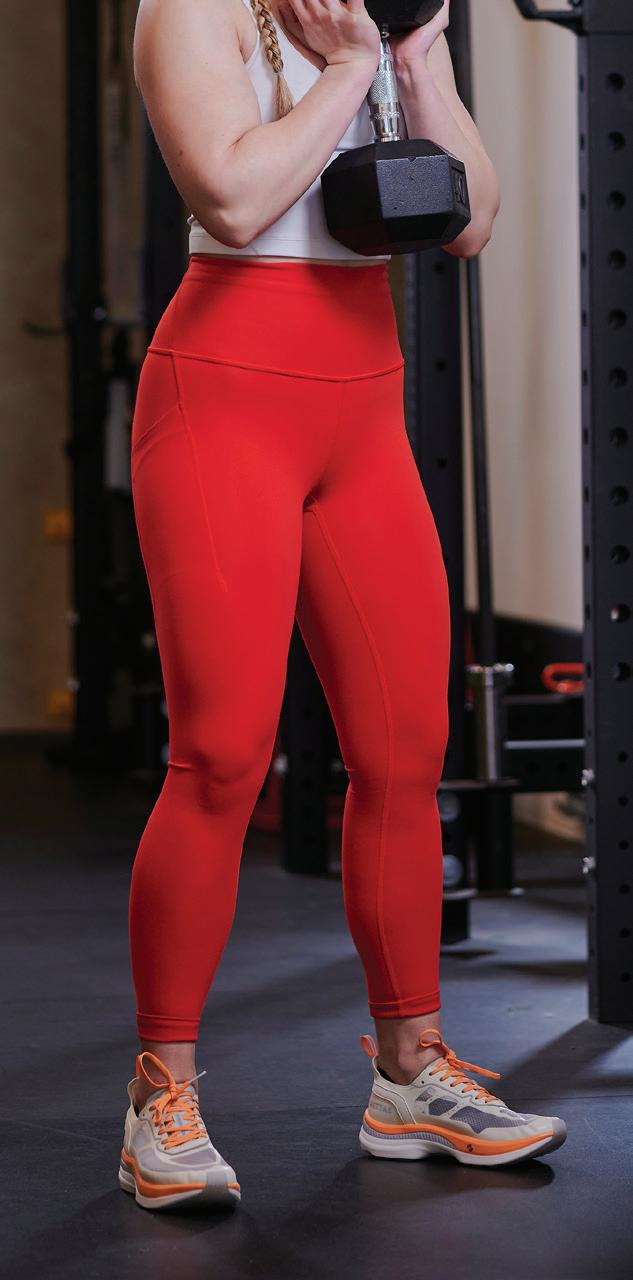
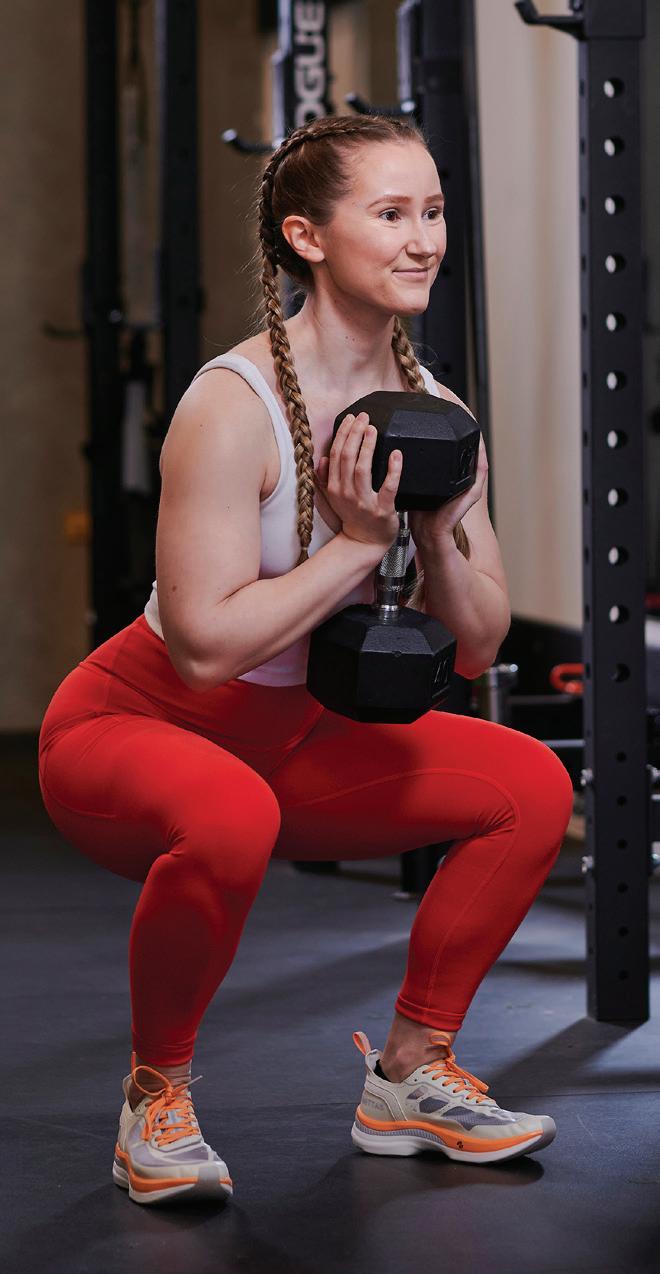
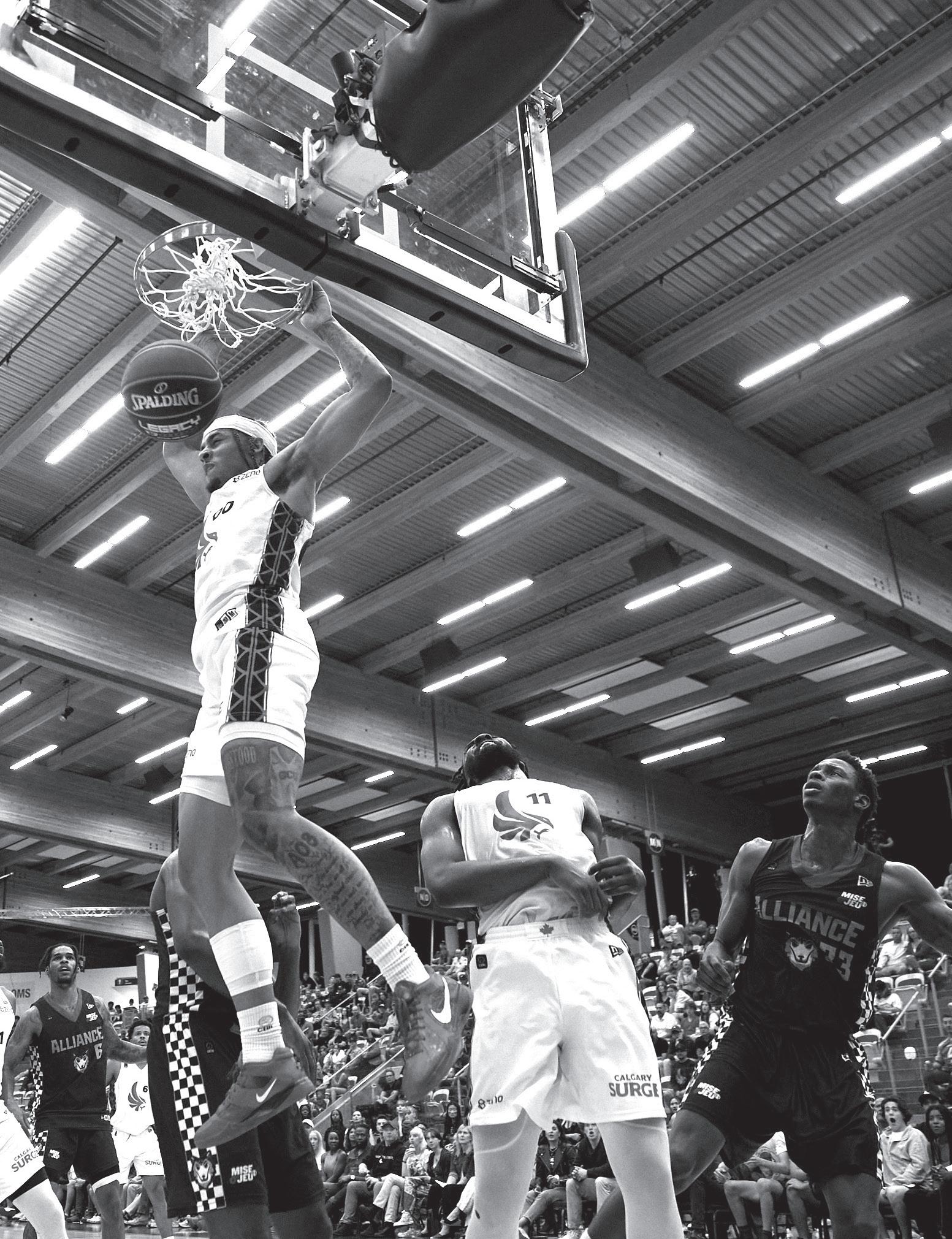

At 35 Cameron Levins is running the best times of his career, and has a great shot at a marathon medal at his third Olympic Games this summerBY LOUISE HODGSON-JONES SEAN MEAGHER VICTAH SAILER IMPACT guest editor, communications & event specialist in Victoria, B.C. LOUISEHODGSONJONES LOUISEHODGSONJO
It was a cruel twist of fate that led Cameron Levins to pursue the marathon distance. In 2016 when he should have been breaking track records, he sustained a serious ankle injury that not only dashed his dreams of going to the Rio Olympic Games but had him seriously consider his future.
Up until then the 5000 and 10,000 metre specialist had many honours to his name including two NCAA championships, a Commonwealth Games bronze medal, and numerous national podiums. But what could have been a bleak future ahead Levins took it in stride. “I was thinking of trying the marathon distance anyway, particularly as my ankle could no longer handle the track turns. It was easier for me to do workouts on the road.”
He wasn’t unfamiliar with road running—growing up on Vancouver Island he had always interspersed track with the occasional five- or 10-kilometre race: “just for fun.” But he did have to mentally adjust his training and admits he wasn’t a natural at tempo runs, which are the backbone of marathon training. But adjust he did, kicking off his career in style by debuting in the 2018 Toronto Waterfront Marathon by breaking Jerome Drayton’s 43-year-record, finishing in 2:09:25. The kid from Black Creek, B.C. was on the marathon map!
Like many kids of his age in elementary school he followed the cross-country running path, although he attributes this to his older brother: “He was a good cross-country runner so I just followed him.” At the end of his second grade he competed in his first race, with the third graders, and never looked back. “My parents joke that there was never a moment when I wasn’t running since I was able to walk!”•
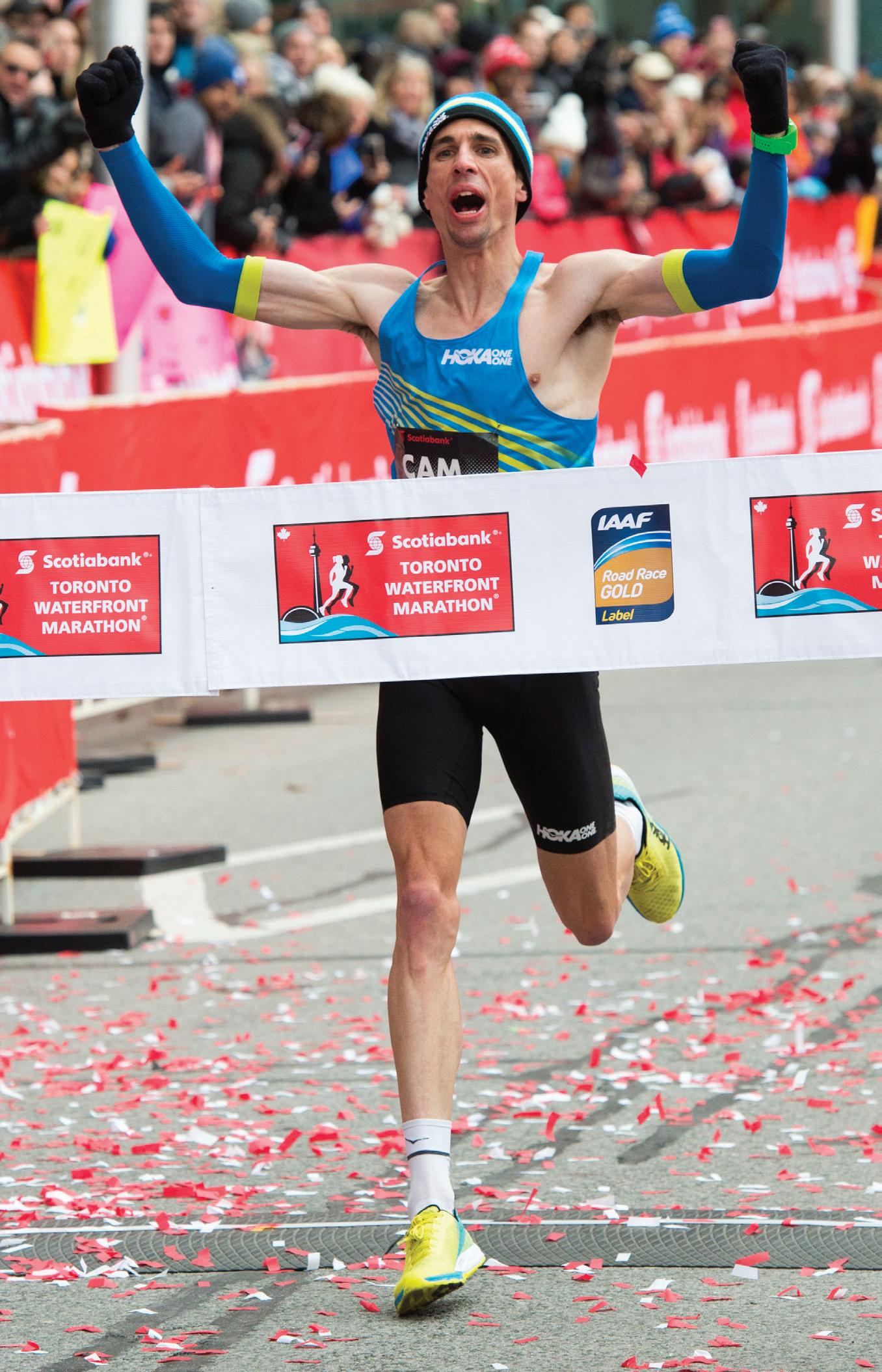
• 800 Metres 1:49.73 Provo, UT - 2016
• 1500 Metres 3:36.88 Los Angeles, CA - 2013
• 2000 Metres 4:55.35 New York, NY - 2014
• 3000 Metres 7:41.59 Boston, MA - 2014
• 5000 Metres 13:15.19 Eugene, OR - 2013
• 10,000 Metres 27:07.51 Eugene, OR - 2015
• 5 Kilometres 14:21 Yorkville, ON - 2017
• 10 Kilometres 28:40 Ottawa, ON - 2023
• Half-Marathon 1:00:18 Vancouver, B.C. - 2023 - Canadian Record
• Marathon 2:05:36 Tokyo, Japan – 2023 - North American Record
Source: worldathletics.org
In the seventh grade he joined the Comox Valley Cougars, one of the top track clubs in B.C. and by the time he left high school he was a top ranked runner in the province. His success took him to Southern Utah University on a scholarship where his running was elevated to a new level under coach Eric Houle. He didn’t choose that college for any particular reason—his one goal was to be a NCAA athlete.
“I chose Southern Utah because it had a good geology program which interested me at the time. I could see they had some success at the track level, it was a nice campus and felt it was the best spot,” he recalls.
Levins thrived under Houle moving up to the 5000 and 10,000 metre distances. (At high school the longest distance was 3000 metres). His training hit new heights— literally as he was training at high altitude— and his weekly mileage increased. The results paid off. His banner year was 2012 when he won backto-back NCAA races awarding him the Bowerman Award, given annually to the best athlete in American collegiate track and field—he was the first Canadian to receive the honour. That year he also represented Canada in the London Summer Olympics in the 5000 and 10,000 metres, finishing 14th and 11th.
“I didn’t have any expectations in London and felt it would be good experience for the world championships and the future. It was very cool and an atmosphere I hadn’t experienced before,” he remembers.
Levins was getting noticed. In 2013 he moved to Portland and joined the Nike Oregon Project (NOP) under Alberto Salazar. Levin is reflective when he talks about his time there admitting he had a lot of ups and downs and lacked some consistency. His high-volume weeks were reduced and he started weight training. “I didn’t perform when I needed to and even though it seemed the right move at the time, ultimately it wasn’t the right fit,” he says.
At college Levins was used to training as a team but at NOP everyone was treated individually and there was no camaraderie. He cared about his training and performances but came to learn he wasn’t a priority. “My success didn’t ultimately matter to the coaching staff. What was important to me wasn’t important to the program.”
Apart from the bronze medal in the 2014 Commonwealth Games, Levins wasn’t performing to his potential and then the ankle injury happened. He admits having the injury forced his hand: “switching to marathons had kind of been the plan all along.”
He soon adjusted to his new training regimen including the longer workouts. “I was feeling rewarded for the effort I was putting in and the more marathon training I did the more success I could find in it.”
Breaking the 43-year course record at the 2018 Toronto Waterfront Marathon.He has good memories of the 2018 Toronto Waterfront Marathon. “I was always told that having a positive experience with your first marathon was important, it’s that core memory of the race that you would always have. I went in with that mindset and had a good first one. I felt I could draw on that in the future although I have struggled in others since.”
After 2018 all of Canada’s hopes were on him to qualify for the Tokyo Olympics in 2020 but a disappointing race in Toronto in 2019 dashed that—temporarily. The postponement of the Olympics to 2021 gave him more opportunities and it was at his third attempt in May 2021 at a marathon in Fürstenfeld, Austria that clinched his place in a time of 2:10:14.
The Tokyo Olympics was another challenge. Held in the intense August heat in Sapporo, Japan, he suffered a crushing defeat, mentally and physically, finishing in 71st place.
Levins has an amazing ability to bounce back after disappointments. When asked how he overcomes them he says he draws on the positives and realizes tough races are going to happen. His coach, Jim Finlayson concurs. “He is impacted by them, no question. He’s a passionate man. But if a race doesn’t go the way we’d hoped, he reflects on it and looks for ways to be better the next time. He is always looking for ways to be faster, even when races go well, but the sub-par races ignite him.”
The fire came back at the World Championships in Eugene in 2022 when he set a national record and lowered his best time by three minutes to 2:07:09. But he wasn’t done. In March 2023 he became the fastest man in North America at the Toyko Marathon with a time of 2:05:36, giving him a berth to the 2024 Summer Olympics in Paris.
Just as with all of his marathons, Levins had prepared well for Tokyo and this time everything went according to plan. “I was on for a 2:04 – 2:05 finish from the beginning and at 30 kilometres I continued to feel good,” he recalls. “I was focussing on a win but couldn’t quite pull it off, but was very excited to get a top five in a major.”
Finlayson has been coaching Levins since November 2019 bringing a wealth of experience.
A two-time Canadian marathon champion with multiple masters age-group records, he lives in Victoria, B.C. so coaches Levins virtually, who still lives in Portland. The arrangement works well for them with Finlayson able to plan workouts and see the results on platforms such as Strava.
Levins explains he doesn’t focus on mileage volume—although it is in the region of 170 – 180 miles per week—but has a structure that works
for him. He has triple runs days, totalling 4–4.5 hours, double run days which he will combine with lifting weights three times a week, and a single run day.
“We are very aerobic-based, so we’ll often have some sort of a threshold state workout, something at marathon pace, half-marathon pace, or 10-kilometre pace if the intervals are shorter,” explains Finlayson. “I have ideas of the workouts I’d like to see, and then we fill in the in-between days with easy running. He builds his own easy days by feel, based on recovery from a previous workout, upcoming sessions, and an idea of where he wants his volume (high!) The main thing is getting in the appropriate work and respecting recovery, but to remain dynamic, moving workouts by a day or two if needed or changing workouts.”
I was always told that having a positive experience with your first marathon was important, it’s that core memory of the race that you would always have.
With the Paris Olympics in August Levins has a few months to prepare for the marathon. He has a half-marathon at the end of April then the build will begin. “We’ll have somewhere around 11 weeks of pretty specific marathon training, but of course before this his volume will already be good so we will be able to move right into the marathon build seamlessly post-half marathon, ”says Finlayson. The marathon course is hilly in the middle part, he explains. “We’ll be tackling this with hillier tempos and targeted workouts. In the past most of our training has been over relatively flat terrain, so this will be new for us. The early and late parts of the marathon course will be flatter, so we’ll still need to practice rhythmic running for this, but the hilly kilometres will likely be a determining factor.”
Levins is philosophical about the marathon and feels if his training goes well he will be ready to contend for a medal: “Looking to medal is now always the goal going into any championship.” At the time of going to print, two other Canadians have qualified for the Olympics: Malindi Elmore and Rory Linkletter. Asked who inspires him it is Elmore and fellow marathoner Natasha Wodak, as well as 800 metre specialist Marco Arop who is favoured to win Olympic gold.
In the meantime, Levins is clocking up the miles in Portland and although he sometimes wishes he has some training partners, he is enjoying his life there with his wife Elizabeth. Even though he has lived in the U.S. for a number of years he has never been tempted to become an American citizen. Always ready to wear the Canadian shirt at competitions, he proudly recalls setting the national half-marathon record in 2023 in Vancouver because it was on Canadian soil. “I am a Canadian through and through,” he says.
Roslyn Smith isn’t slowing down—halfway through her seventh decade she is breaking world and national running records
BY SCOTT CRUICKSHANK CRYSTAL CHOWDHURYA Calgary, AB based writer covering all levels of sport for websites, newspapers, and magazines all over Canada.
SCOTTLCRUICKSHANK BYCRUICKSHANK
Age is catching up to Roslyn Smith—or at least trying to. But, like her rivals, it's discovering that the road-racing dynamo refuses to be chased down.
Undampened by time's march, the 75-year-old continues to dash. Since moving from Yellowknife, N.W.T., to Comox, B.C., in 2005, she has barely lost a step. Her pace, over the past 18 years, remains brisk.
“That's a good point to make,” Smith says, chuckling. But it's clear she'd rather run hills than hear raves. “I am humble when people are complimentary. I don't think I'm that exceptional, really.”
Nevertheless, she's autographed the Canadian masters record book on a regular basis for a couple of decades. At a number of age benchmarks (60, 65, 70, 75) over a variety of distances (from five kilometres to marathon), she's personalized national standards.
Yet her racing days are far from over.
On January 14th, Smith whizzed through the Harriers Pioneer 8K in North Saanich, B.C., in 39:05. Two weeks later, she completed the Cobble Hill 10K in 49:11. Pending official approval, those are world records.
But she is hardly satisfied. She talks about doing something to improve her marathon times, which are troubling her. And she is ever eager to find ways to modify her race schedule to maximize performance.
Challenges it seems are endless. “Internal interest” is what fuels her. “I can always find new goals, even if the goal posts change a bit. And it's not always built on time. Maybe feeling really great that day is a win. I like being able to say, 'I did the best I can do.' That's a great feeling. I enjoy pushing myself.”
Only to a point. Because as tough as Smith is—and by now no one would dare to dispute that—she's wise, and she's reasonable. Her prowess is enhanced by common sense—not reckless forays down the paths.
“I can tolerate pain to a fair degree,” says Smith. “As long as it's pain that's not debilitating, like when your brain is saying, 'This is not smart.’ You don't want to overdo it. Some people tend to be so keen—'Why do 20 minutes when I could do 40?'—and then they get injured. Listen to your body. Be patient.”
Which isn't to say Smith lollygags.
Monday may be a day off, but Tuesday features gym time in the morning and speed work in the evening. After an easy run Wednesday, there is a tempo session on Thursday. Friday is another day off before Saturday's hour-long run and Sunday's distance workout, which may stretch to 35 kilometres.

I like being able to say, 'I did the best I can do'. That's a great feeling. I enjoy pushing myself.

The routine and the camaraderie of her Comox Valley Road Runners clubmates never fail to put a smile on her face. “Psychologically, if the training is not fun, then physically you're probably going to break down.”
Who could argue with Smith's approach? With a competitive prime that revealed itself during her late 50s, she refers to herself as a ”late bloomer.” But she's always been athletic, playing basketball and volleyball as a high school student in Halifax.
Graduating from Dalhousie University—where she had been a member of the varsity field hockey team— Smith embarked on a career as a physical education teacher, working in Nova Scotia and P.E.I. before turning her attention in a fresh direction.
“I had this interest to go north,” she explains. “As it happened, there were several positions available in the western Arctic. And I thought, 'Well, I'll go.'”
Which began an uninterrupted stay above the 60th parallel—10 years in Whitehorse, Yukon, then 20 more in Yellowknife—where, while transitioning from teacher to recreation development officer, she embraced cross-country skiing. To fill the summer months, she took up running.
In 1980, adhering to an unsophisticated training schedule—15 kilometres every second day—Smith signed up for the Whitehorse Marathon. “Just something to try,” she says, “just to see how I'd do.”
She finished in 3:51, with no hard feelings. “I thought I would do it again. I got hooked.”
But it wasn't until 2005—a quarter of a century later—that road racing truly took hold.
At 57, retirement gave her more time to devote to the sport. Exposed to high-calibre coaching and yearround training on Vancouver Island, she fell in with a group of like-minded folks. And Smith loves being part of a team. “It really makes a difference. You do better when you're with somebody else.”
Fellow runners, in turn, appreciate her presence. Because that age-defying clip, in addition to shattering records and drawing headlines, serves to encourage others.
At the 2023 Chicago Marathon, where ages are included on the race bibs, she caused a few doubletakes as she tackled the race's gruelling latter stages. “People would go by and say, 'Oh, you're such as inspiration,'” says Smith, grinning. “It's nice. I like it if people are inspired. If that does help to motivate people, that's kind of neat.”
And as her splendid body of work continues to expand, she's proving to be a role model for more than golden-age excellence. Smith is also a pacesetter for modesty.
“It's not that I've had miraculous times,” says the fastest 75-year-old woman on the planet. “I think it's been the perseverance and willingness to put in the time.”
Despite a major health setback in his youth and a slew of injuries later, IRONMAN athlete Jason Pohl keeps ascending the podium
BY DANYAEL HALPRIN JAMES PATRICKA writer from Calgary, AB who pens lifestyle features and all things running-related. She trains with We Run the World Coaching. DANYAEL
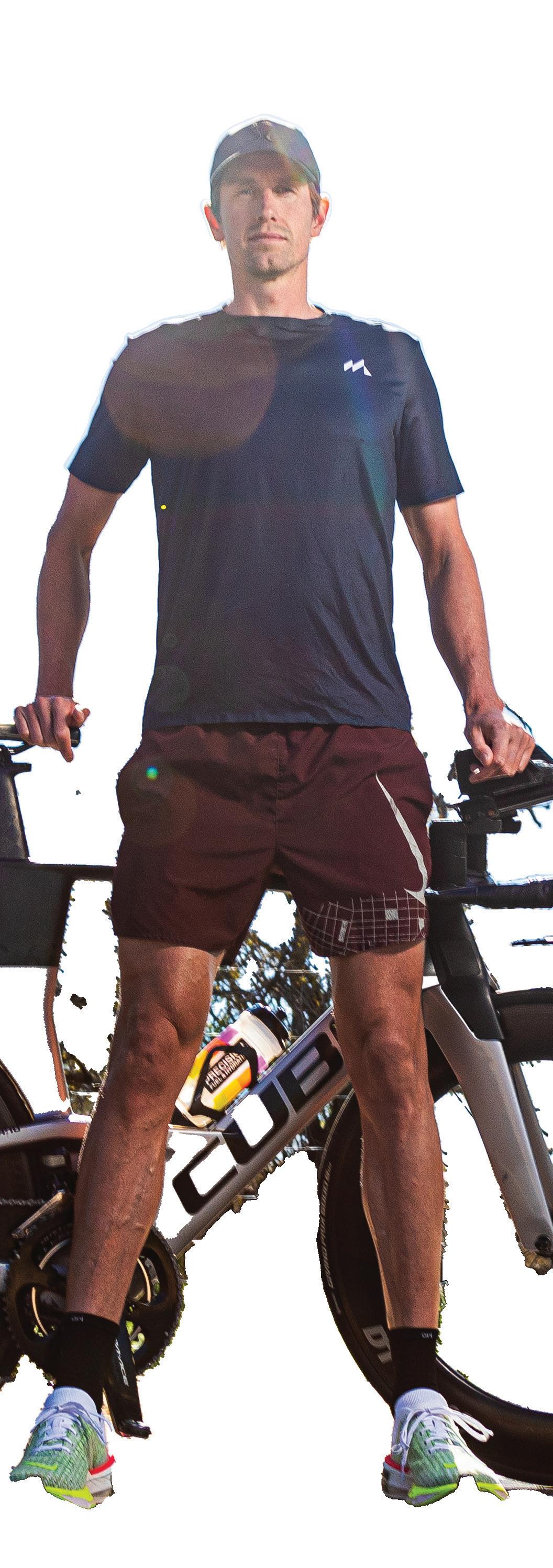


Thirteen years ago, Jason Pohl’s dream of playing in the NHL was crushed. Growing up on a farm in Red Deer, Alberta, he played hockey from age six, moving up the ranks as goalie. But at age 16 when he was playing Juniors—the semi-pro level where players are scouted for the NHL draft, he suffered a spontaneous pneumothorax—a collapsed lung.
He had 12 more left-lung collapses over the next four years leading to major lung surgery. By the time he was 20, the recurring health issues, surgery and the ongoing rehabilitation resulted in him not making many game rosters.
He wanted to turn pro. “There are always going to be hard times and failures,” says Pohl. “With every setback I think it’s the universe giving us a lesson, to grow into something bigger and better.” Throughout his athletic journey he’d have to trust this philosophy time and again.
Going pro would mean leaving a successful career in finance, which he had built since graduating in 2014. In 2018 he moved to Boulder, Colorado to join his wife and triathlete Jess Kahnke to launch his pro career.
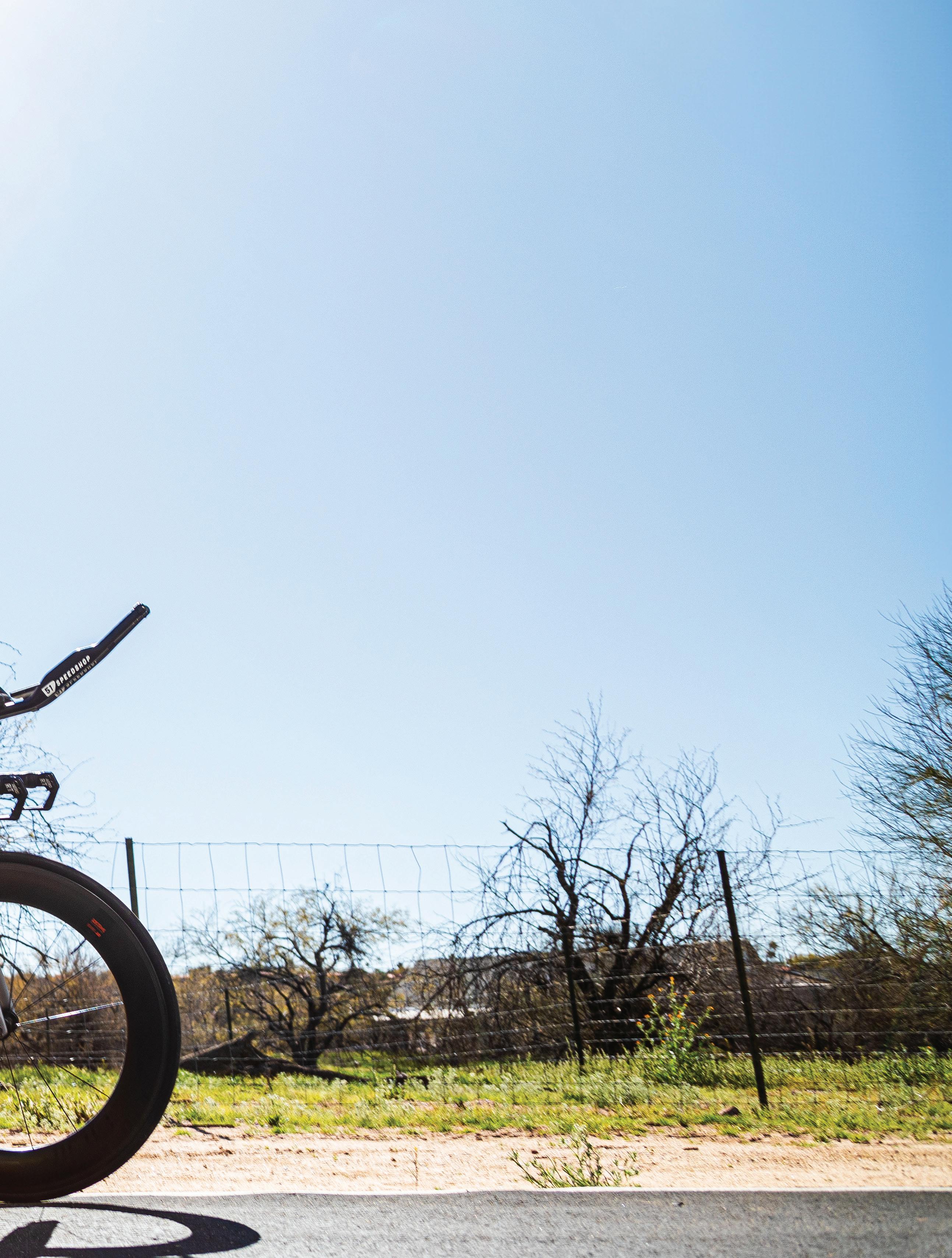
With every setback I think it’s the universe giving us a lesson, to grow into something bigger and better.
“It took a lot of deep motivation and drive for me to overcome the heartbreak of leaving hockey,” says Pohl.
But motivation is what he had. Pohl, 33, is now a successful pro triathlete, having competed in 16 IRONMAN competitions and ranked just outside the top 50 in the world. However, his road to being a top endurance athlete hasn’t been a smooth one, as he faced more physical and mental challenges.
After regaining his health post-surgery, he became intrigued by endurance sports. In 2012 he ran Red Deer’s Woody’s RV World Marathon in an impressive 3:18—his gateway endorphin high to the triathlon.
The next year the 22-year-old signed up for his first triathlon, the Olympic distance at Sylvan Lake, Alberta. Running wasn’t an issue, but he had to learn how to swim, and he raced on his grandfather’s 1970s steel road bike. In July 2014 he competed in his first IRONMAN in Whistler and, with a time of 10:21 and coming second in his age group, he qualified for the highly coveted World Championships in Kona the following October. He didn’t have time to celebrate though. Not knowing how to hydrate and fuel properly in the Hawaiian heat landed Pohl in the hospital post-race, where he was treated for severe dehydration and put on potassium and fluid IVs.
Only hours after fighting for his life he said the race “was the coolest experience of my life.” He was inspired by the pros and eager to exceed the limits he’d just found.
Along his trajectory Pohl says he’s learned that surrounding himself with supportive people doing amazing things has made him perform at a higher level. American Olympic triathlete Ryan Bolton was one such support. He coached Pohl to fourth place at IRONMAN Coeur d’Alene in June 2021 with the day’s fastest marathon (2:47) in now familiar conditions of 48 C. This earned him his second Worlds qualification in May 2022. Just when he was finally feeling like he was growing into a world class athlete he was struck by bad luck.
Within the next four weeks he suffered two separate concussions, then two months later he was hit by a car, which damaged his left hip followed by his compensating right hip flexor. The final blow came when he tore both Achilles tendons at IRONMAN Mont Tremblant in August 2022 and could barely walk. “I was pushing too hard and not taking the time to take care of my injuries,” says Pohl. “It was the lowest moment in my professional career and I came very close to quitting.”
Coming from a farming background, Pohl has always prided himself on being the hardest worker and says he knew deep down that he hadn’t expressed his best yet. Who better to reaffirm his self-belief and reassemble Pohl’s broken body than another IRONMAN athlete, Dr. Roger Menta, a sports specialist chiropractor at Calgary’s Move to Move clinic. They began to rewrite his biomechanics. Says Menta: “Throughout his junior life he’d put his feet essentially in casts, which is what a hockey skate is like, and didn’t learn to move or mobilize his ankles.”
They worked on improving his mobility, form efficiency and strength. Menta says the reason why Pohl progressed so rapidly, to return to his 30-hours-a-week training load, was that he dedicated several hours a day for many months to his rehab both in Calgary and Boulder.
From not finishing his August 2022 race, he went on to become the third fastest Canadian of all time in 7.46 (2.39 marathon) in June 2023 at Challenge Roth, Germany. Three months later he placed second overall (7:03) at IRONMAN Maryland, earning him a spot at the 2024 World Championships in Kona in October. When moments get grim throughout the long day of an IRONMAN, Pohl draws upon his why and connects it all back: “I think about everything I’ve had to overcome—the injuries and setbacks, the self-doubt and disbelief… then I’ll say, ‘I’m doing this!’ and it brings me back into the race.”

Fitness
and travel enthusiast in Calgary, AB.Have you ever thought of running some off-the-wall races? Now is your opportunity. Here is a list of some of the coolest running races around the world. From the most extreme races to the best scenery, best food, entertainment, kid-friendly events and boozy runs, you’ll be inspired to start planning, training and packing your bags.
MAY | Humboldt Redwoods State Park, California
VALERIE DEPEELThere are arguably hundreds of scenic marathons that could end up on this list, but with a route that takes runners along roads lined with 300-foot Redwood trees in California’s majestic Redwood Forest, it’s not hard to see why the Avenue of the Giants Marathon ended up on the list.
Running under a canopy of beautiful Redwoods, runners traverse a scenic and tranquil route that meanders along the Avenue of the Giants, a renowned stretch of Highway 101 known for its towering trees. Don’t worry about getting too hot, as the red giants provide shade for much of this double out-and-back race,
This race certainly takes the idea of forest bathing to an entirely new level. Bask in the soulful benefits of running in nature and cherish your beautiful surroundings as you push yourself to your limit.
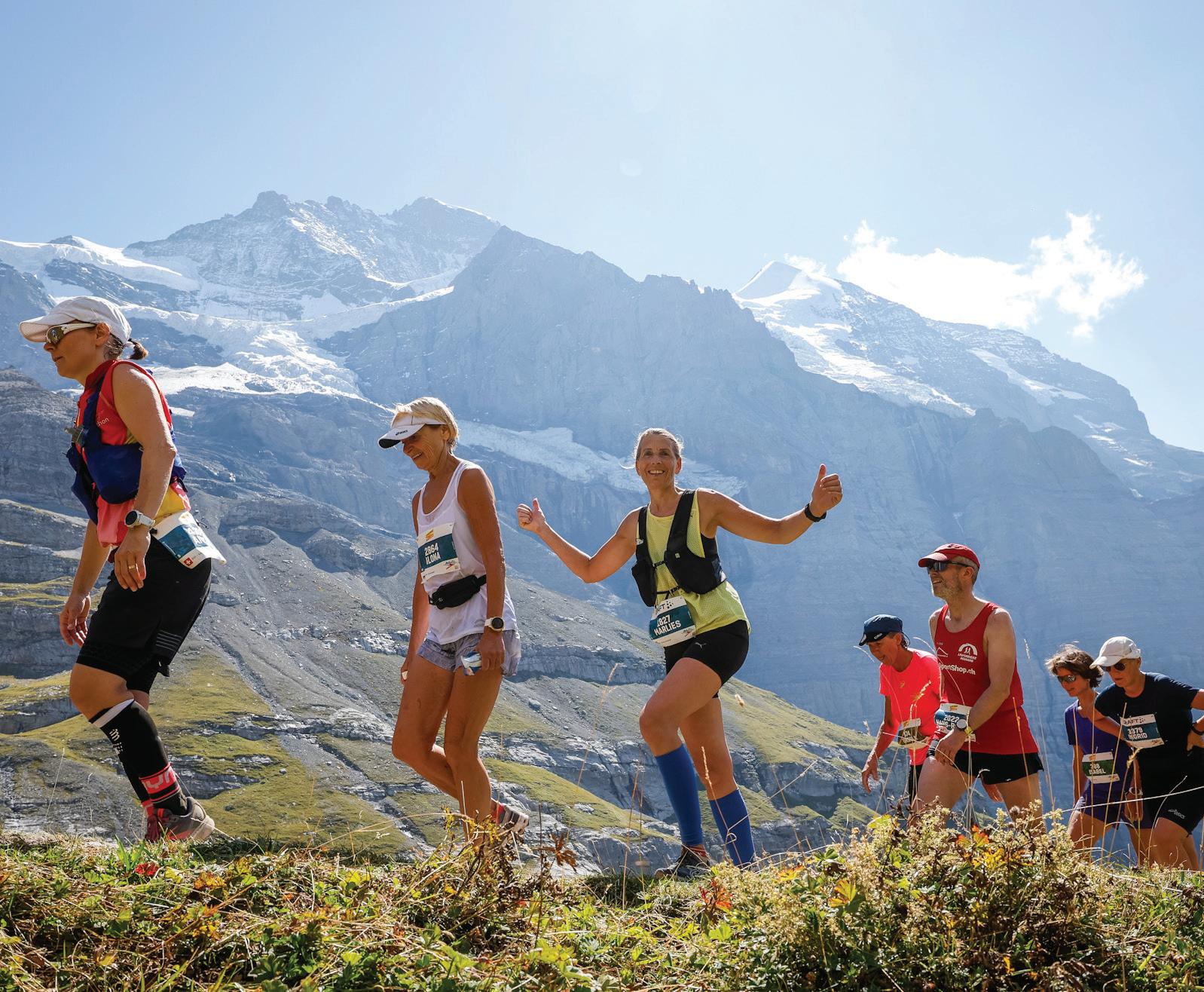
HA LONG BAY HERITAGE MARATHON
NOVEMBER | Ha Long Bay, Vietnam
MARTIJN VONK
Vietnam—it’s a traveller’s dream. A country with such a rich culture, world-famous cuisine, bustling cities and pristine landscapes, this isn’t just the location of a marathon. It’s the location of the trip of a lifetime. Considered one of the new seven natural wonders of the world, Ha Long Bay is comprised of more than 1,500 islands and islets famous for the limestone pillars that rise from the Gulf of Tonkin. With such rich biodiversity and geological interest, it’s hard to think of a cooler place to run a marathon. Each stride takes runners through the UNESCO World Heritage Site, a landscape adorned with caves, lush forests, tranquil waters and impressive limestone cliffs. This scenic route doesn’t just take runners on a physical journey, it takes them on a journey of discovery that won’t soon be forgotten. •

SEPTEMBER | Eiger, Mönch, and Jungfrau Mountains, Switzerland
DAVID BIRRIYou’d be hard-pressed to find a more mystical marathon than the Jungfrau Marathon, which takes you on a gruelling yet sensational route through the Swiss Alps.
You’re not likely to get a PB here, and beginners beware, as this marathon is sure to test your limits. Although the route starts relatively flat for the first 10 kilometres, by the end, runners will climb 1,953 metres, finishing the race at an altitude of 2,320 metres. To put that into perspective, Canada’s highest community is Lake Louise at 1,600 metres.
Despite the challenging route and high-altitude conditions, the Jungfrau Marathon is simply magical, with scenery that makes the entire run worth it. Runners are treated to panoramic views of meadows, alpine lakes, and cascading waterfalls, with the iconic peaks of the Eiger, Mönch, and Jungfrau as a backdrop to the marathon.


OCTOBER | Penticton, B.C. GORD GOBLE FOR VISIT PENTICTON
Named Canada’s craft beer capital by Lonely Planet in 2020, Penticton, B.C. is the perfect place to join a beer run. Participants choose to run six or 10 kilometres along the Kettle Valley Rail Trail in the Okanagan Valley—a truly beautiful stretch of land.
If the stunning scenery of this run doesn’t motivate you, surely the fact that runners will enjoy tastings at 10 local breweries will. This is the perfect opportunity to get the whole gang together for a day of fun. Dress up in an outrageous costume, sample the local flavours of the Okanagan and enjoy a spectacularly fun post-race event.
The cherry on top of this already pretty spectacular race is that partial proceeds from ticket sales are donated to the Youth Outdoor Recreation Programs, encouraging youth to focus on more green time and less screen time.

MAY | Osoyoos, B.C. AARON HAGEN
Canadians are lucky to have such a stunning and enchanting wine region to call their own. If you’ve never made the trip to B.C.’s wine region, this is the perfect opportunity. The Half Corked Marathon is a unique run through the vineyards and valleys of the Okanagan River.
Winery stations are set up along the route, so participants can sample the delicious wines of the region as they go, and, of course, there is also a finish-line party with even more wine. Is there anything more motivating than a wine-fuelled party?
As much fun as a boozy run with wine samples and stunning views is, it’s made even better by the fact that creative costumes are encouraged, with prizes awarded for the best individual and team costumes. So, gather your friends and get training because this annual event is not one to miss.
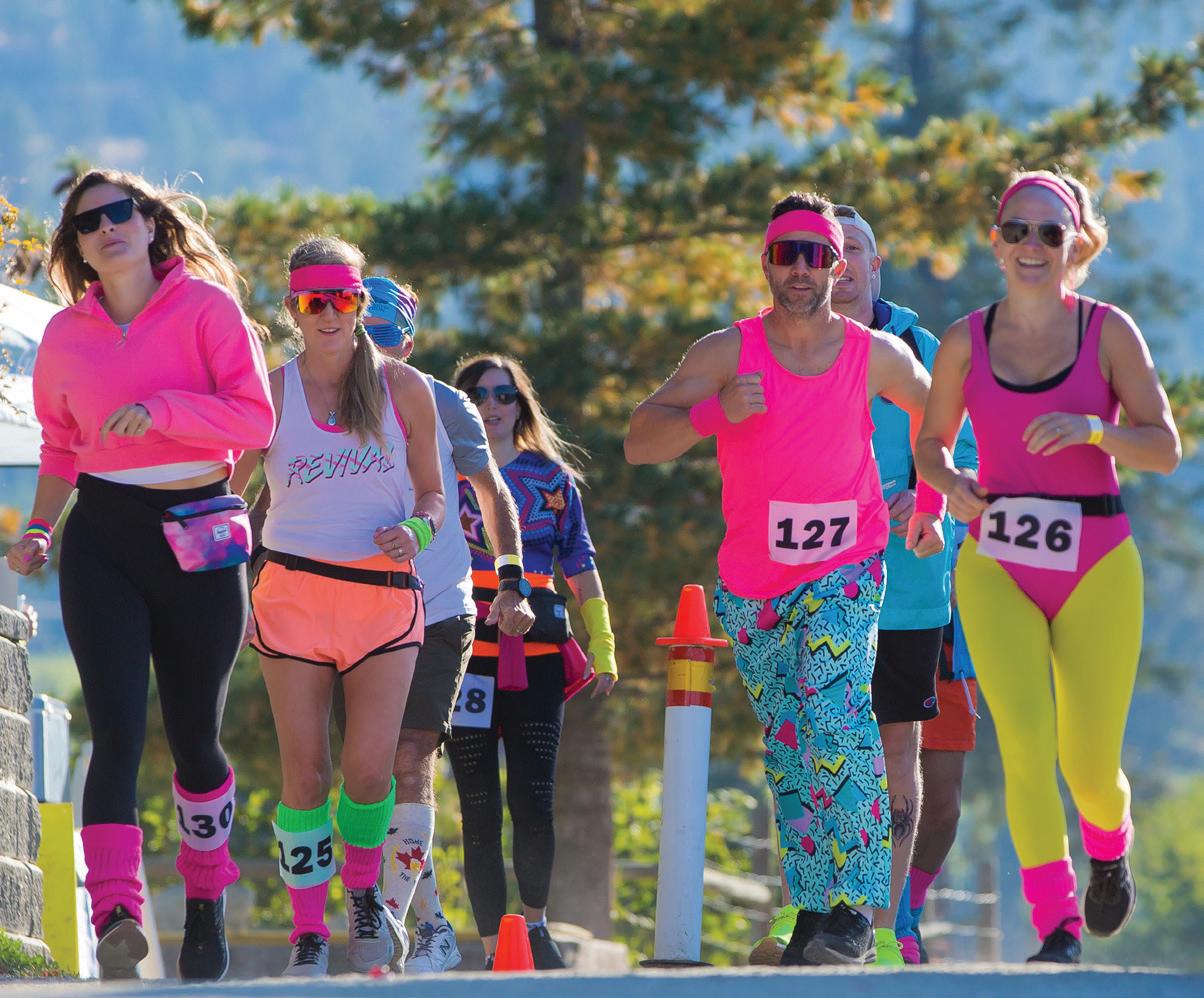
MAY | Liège, Belgium
MARCANTOINE
The Belgians are known for their beer, so of course they throw one epic beer race. Each year, people from around the world flock to Liège, also home to the Belgian waffle, to partake in the run that also sees them sampling 16 different Belgian beers.
If sampling beer isn’t enough, each year follows a theme to really amp up the party vibes. The 2024 Belgium Beer Lover’s Marathon theme? Prohibition. The ironic choice in theme will see runners dressed up in Gatsby-inspired attire enjoying speakeasies and an incredibly fun after-party.
This is the perfect marathon to travel to because not only is there a stellar pasta party on the day before the event but on the Monday following the marathon, runners can join a guided tour of Liège, which of course includes a farewell drink scheduled into the itinerary.
MAY | San Francisco, California
BETO LOPEZ/DAVID PERRY & ASSOCIATES INCWith the Bay to Breakers 12-kilometre run, you’re getting a lot more than just a race—you’re getting a wildly fun experience.
The race began in 1912 with less than 150 runners to raise spirits following the 1906 earthquake that devastated the city. Now all these years later, tens of thousands flock to the hilly streets of San Fran dressed in colourful, wacky and outrageous costumes (we’ve even heard rumours of people running in their birthday suits), and tens of thousands more come to cheer on those participating in the event.
The race is undoubtedly vibrant, so it’s no surprise that the post-race festival is something to behold. It’s a testament to San Francisco’s cultural mosaic, featuring live music, dance performances, and spontaneous street parties that reflect the city’s unique spirit of inclusivity and celebration.
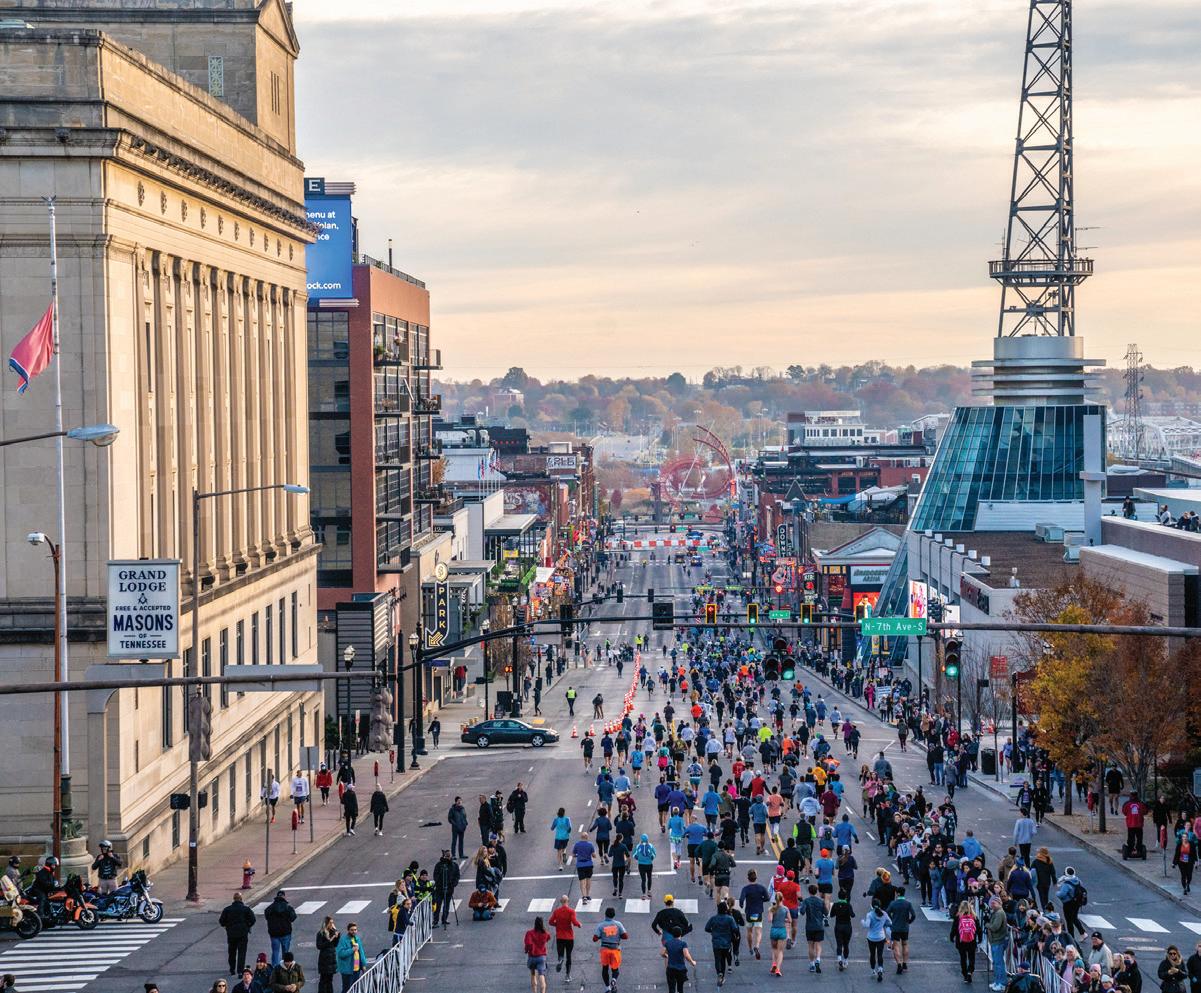
JULY | South Wales, United Kingdom
TANYA RAAB
There’s running. There’s adventure. There’s a music festival? Yes, you read that correctly. The Love Trails Festival on the Gower Peninsula in South Wales has everything a runner could want packed into this four-day festival of fun.
Runners can choose to run a five-kilometre, 10-kilometre, half-marathon, ultra or multi-day race, and when the sun goes down, the party begins with an exciting line-up of live musicians, bands and DJs across four stages. There are even secret pop-up events happening all weekend.
It doesn’t stop at running and music either. There is a full program of adventure activities, like stand up paddleboarding, hiking, surf lessons, rock climbing and more, as well as talks, films, and movement activities like yoga, martial arts, meditation, strength and conditioning. One thing is for sure—this jam-packed weekend is one you won’t soon forget. •
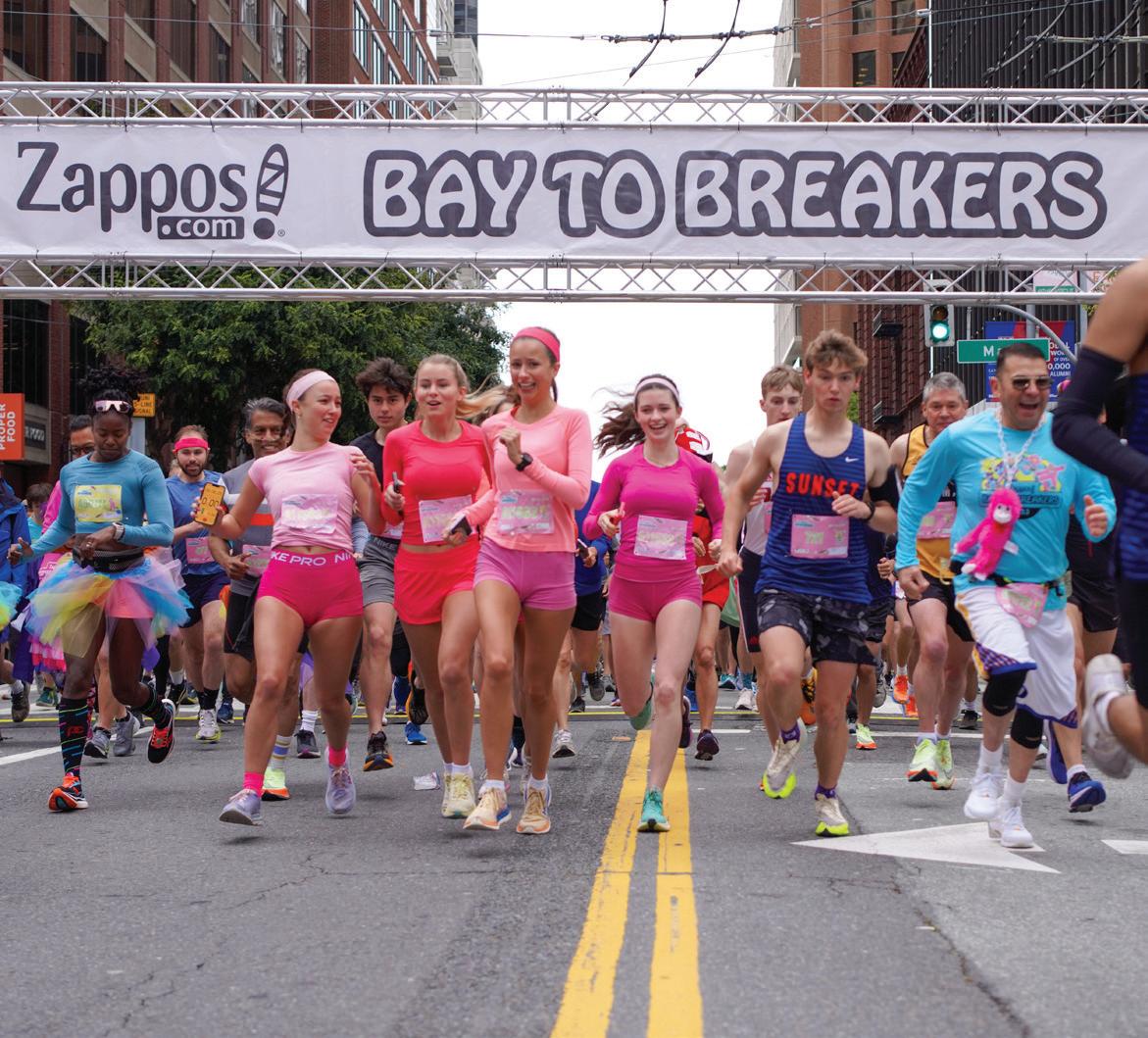
APRIL | Nashville, Tennessee
RWBMULTIMEDIA 10
If anyone knows how to throw a good post-race party, it’s going to be Nashville—the Music City. Before runners even cross the line, they can revel in the party atmosphere because there are live music stations along the race route.
The Rock ‘n’ Roll Nashville Half Marathon course is enough to get runners pumped up, hitting iconic landmarks such as Broadway, Music Row, The Gulch and the Country Music Hall of Fame.
But when runners do cross the finish line, that’s when the event really kicks off, celebrating more of what Nashville has to offer. Set against the backdrop of the Music City’s downtown, runners and spectators alike come together to enjoy top-notch performers taking the stage at the post-race party. Grab a drink, toast the day’s accomplishments and soak in the lively atmosphere of the true Nashville experience.

SEPTEMBER | Anaheim, California
It doesn’t get much more kid-friendly than a fun run at the happiest place on earth — Disneyland!
Hosted by your kid’s favourite friends from Disney and Pixar’s Cars, the “Git-R-Done” runDisney® Kids Races is the perfect event for kids to get out that never-ending energy. This event is for kids ages nine and under, and the little ones will go home with their very own finisher medal. There is even a Diaper Dash for the crawlers.
Disney is a huge advocate for kids (and adults) being active. With fun runs for the kiddos and more challenging runs like 5-kilometre, 10-kilometre, and marathons for the “kid” in all of us, there is something for everyone in the family at Disney. Experience the magic and create cherished memories that will last a lifetime.
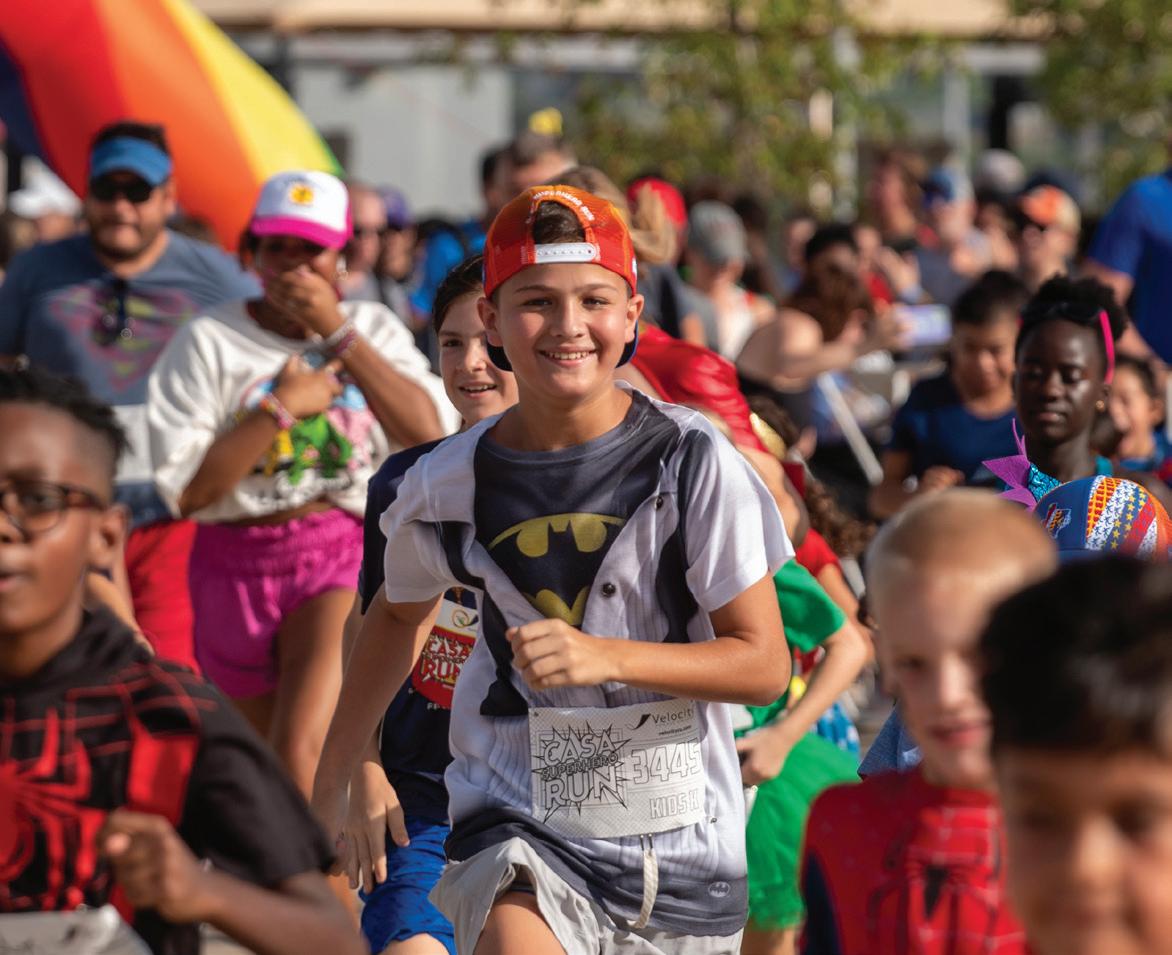
VARIOUS DATES | Various locations in North America
MARK BAHRENFUSS AND SPARTAN RACE
Your little one can become a spartan, just like you. Spartan Races have a fun and safe age-appropriate obstacle course experience for children aged four to 14, with the challenge increasing for the older kids.
Just like with any Spartan Race, it’s sure to be an epic experience. There will be running, jumping, climbing, and crawling, so your little ones will walk away with grit, toughness and a day full of memories.
It’s always a fun time for the kids to get outside and get active, but there is also glory on the line. Kids 10 to 14 years old compete to earn special medals for 1st, 2nd and 3rd place, although all finishers regardless of age do receive Spartan Kids swag they can proudly show their family and friends.

SEPTEMBER | Austin, Texas
DAVID TRUONG, MR. MOOGUL PHOTOGRAPHY
Dress up, show up and get ready to have some serious fun! Bursting with energy and excitement, runners don their favourite superhero costumes, transforming the streets into a spectacle of capes and masks. Runners choose to show off their fabulous attire in either a 5-kilometre walk/run or a 1-mile kid run.
The race doesn’t just encourage physical activity and camaraderie amongst youngsters; there is also a deserving cause behind the event. CASA, which stands for Court Appointed Special Advocates, speaks up for children who’ve been abused or neglected by empowering the community to volunteer as advocates for them in the court system.
The CASA Superhero Run helps raise money and awareness for this great cause—just another reason to sign up!
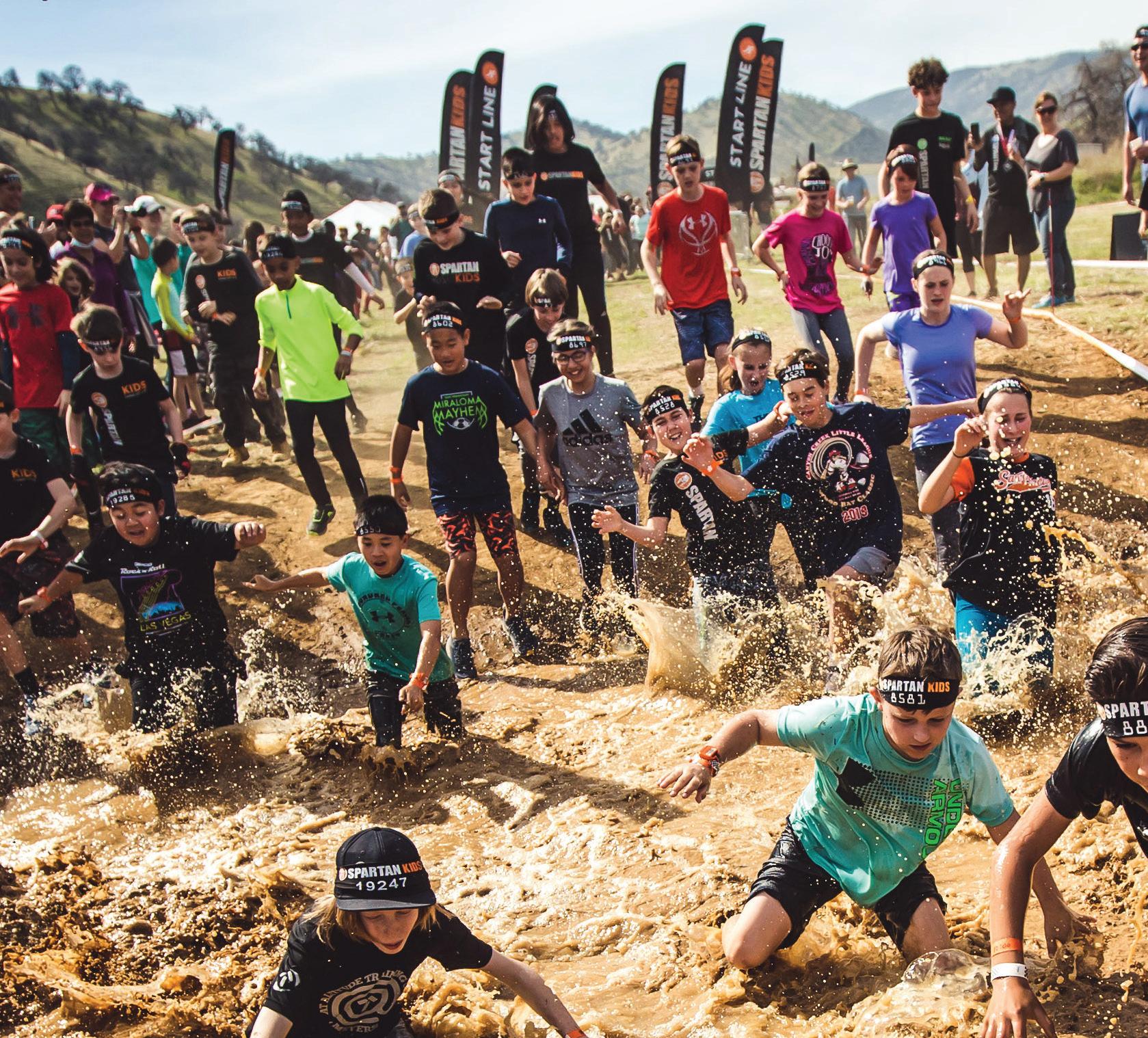

JUNE | Olympic Valley to Auburn, California
LUIS ESCOBAR
Often regarded as the pinnacle of ultra-distance trail running, The Western States 100-Mile Endurance Run is considered the oldest 100-mile trail race in the world. The course begins in the Olympic Valley and winds through the traditional lands of the Nisenan, Washoe and other neighbouring Indigenous Peoples. Climbing more than 18,000 feet and descending nearly 23,000 feet, runners are truly put to the test before crossing the finish line in Auburn, California.
Along the way, runners will traverse remote wilderness, picturesque meadows, dense forests, and soaring mountain passes, facing extreme physical and mental challenges as they battle fatigue, altitude and unpredictable weather conditions.
The Western States 100-mile run offers legendary competition for runners from around the world, all vying for the sport’s most coveted prize possession—a sub-24-hour silver belt buckle and a sub-30-hour bronze belt buckle.
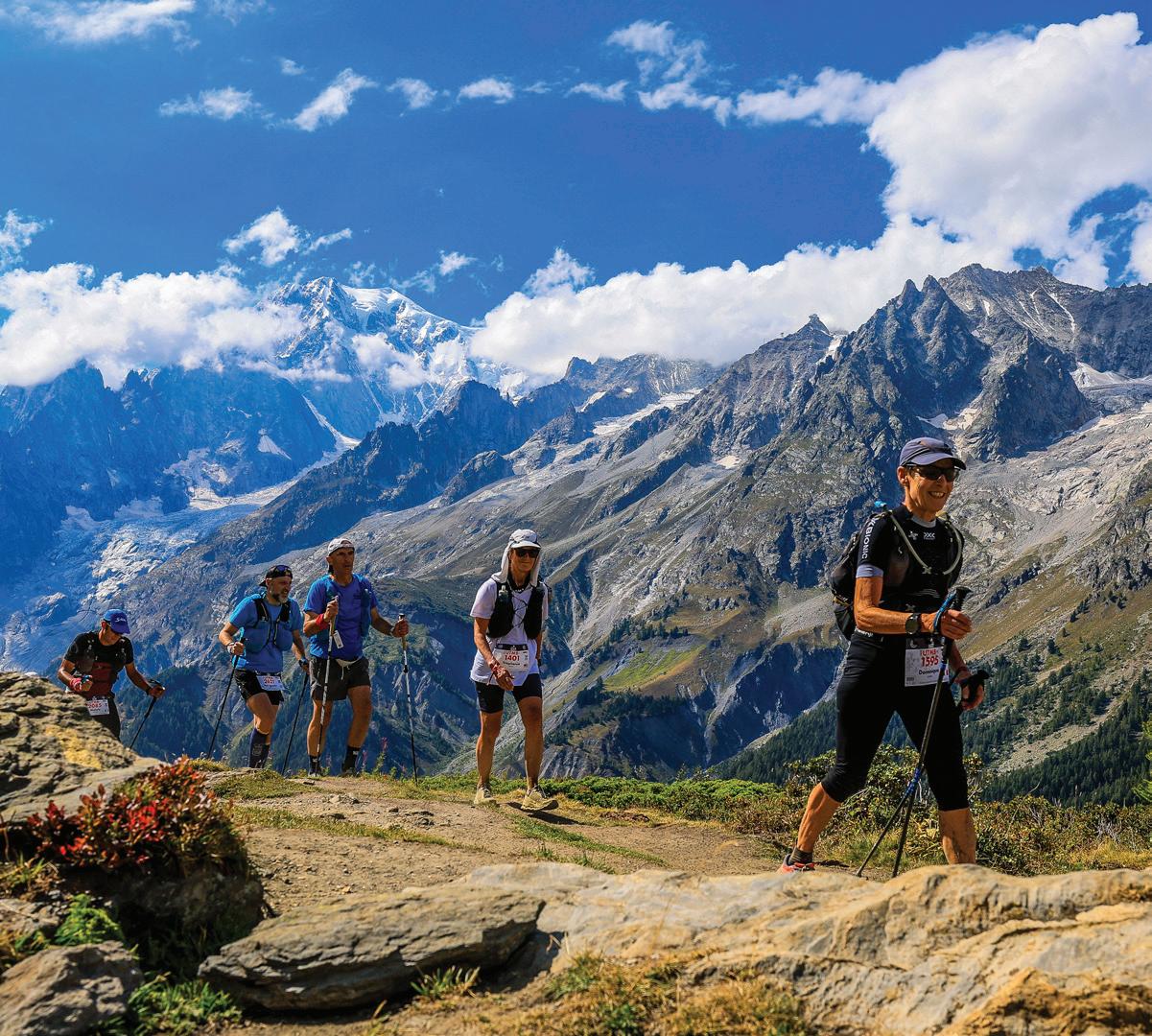
VARIOUS DATES | Chile, Mongolia, Namibia, Antarctica
THIAGO DIZ: RACINGTHEPLANET
The marathon is as the name suggests—a race of four deserts across the globe, currently comprises the Atacama Crossing in Chile, the Gobi March in Mongolia, the Namib Race in Namibia and the Last Desert in Antarctica. This is a race sure to push you to your absolute limits. The race takes place over seven days, and runners will traverse 250 kilometres across these famous and unforgiving deserts, battling extreme weather from plummeting temperatures to sweltering heat. Runners traverse vast expanses of arid landscapes, confronting towering dunes, rocky plateaus and long stretches of relentless sun exposure. This is a race that is about more than just crossing the finish line. It is about pushing past mental and physical blocks, embracing the natural world in all its raw forms, and discovering inner strength.

AUGUST – SEPTEMBER | France, Italy, Switzerland
FRANCK ODDOUXI
Several of our IMPACT Contributors have competed in this goliath of a race. One of the most famous trail races in the world, the Ultra-Trail du Mont-Blanc, better known as UTMB, is a 171-kilometre race through the Alps. Beginning in Chamonix, France, runners traverse into Italy and Switzerland before returning to France to finish the epic journey. A route usually hiked in 10 to 12 days, runners have to finish the UTMB in less than 46.5 hours. It may sound like a daunting task, but Jim Walmsley set the record for the fastest time in 2023, crossing the finish line at 19:37:43. Unsurprisingly, nearly half of all participants do not finish, but don’t let that little fact deter you. For ultra-trail runners, this truly is a once-in-a-lifetime, unforgettable experience, and the majestic scenery of the Alps will motivate you to keep pushing.

As temperatures start to climb runners should keep their fluid intake high to achieve optimal performanceBY KIRSTYN BROWN
An Ontario-based freelance journalist and editor, specializing in health and fitness.
KIRSTYN_BROWN
With spring in full swing and summer around the corner, runners are gearing up for some hot outdoor training sessions. And, as anyone who’s ever ran on a humid afternoon knows, hydration is key to comfort and performance.
But when it comes to exactly how much runners should drink and when, things are a little less obvious. Heat and humidity aside, there are a number of factors at play such as the duration and intensity of your run, and how much you tend to sweat.
Luckily, it doesn’t need to be complicated. With the help of some expert advice and a few basic guidelines, you can get (and stay) optimally hydrated.
As a runner, and a human being, we know water is good for you. It makes sense since your body is mainly water—60 per cent—and requires it for almost every bodily function.
in medicine is dry mouth, lips and tongue,” says Horawski. “Even dry skin, feeling thirsty, dark urine, not peeing as often as usual... Those are signs of dehydration that we look for.”
The good news is, with a little strategizing, dehydration is easily preventable.
Showing up to your run well hydrated is the best way to avoid dehydration.
“Water is crucial for regulating body temperature,” says Jennifer Horawski, MD, and Sports Medicine Fellow at the University of Miami. “Also for keeping joints lubricated, delivering nutrients to cells, and allowing organs to function properly.”
But what you may not know is that dehydration causes your blood volume to decrease, forcing your heart to work harder to circulate blood through your body. Which is why if you’re dehydrated while running you may notice an unusually high heart rate, fatigue, headaches, or even dizziness.
Other symptoms may be less severe. “The biggest one we look for
Brady Holmer, MSc Human Performance and researcher at Examine.com, says the best place to start is by making hydration a part of your daily routine. “In general, people should aim to drink half a fluid ounce of water per pound of body weight throughout the day,” he says, meaning that a 150-pound person should consume around two litres, or nine cups, of water daily. But keep in mind, hydration isn’t restricted to H2O alone. Most beverages—including coffee, tea, fruit juice and smoothies—count towards your total water intake, as do foods. In fact, food can count for up to 20 per cent of the average person’s water consumption.
“A lot of the foods we eat are mostly water,” says Holmer. “So if you’re eating a lot of whole foods like fruits, vegetables, and not a ton of processed foods, you’re getting a lot of hydration.”
Other factors affect your water requirements, too, especially sweat rate. “People should definitely think about whether they’re a heavy sweater or a light sweater and use that to help inform their recommendations on how much they should drink.”
While every run (and runner) will be different, here are the basic guidelines our experts recommend for before, during, and after a run: Before - Sip two to three cups of water two to four hours prior to exercise. “Showing up to your run well hydrated is the best way to avoid dehydration,” says Holmer. If you run first thing in the morning, have a cup of water before heading out (too much can cause belly bloat and pee breaks) and make sure to replenish afterwards. During - For shorter, less intense runs, you may not require fluid at all. But for anything over 60 minutes, taking in water is important. “A good rule of thumb is to drink three to seven ounces for every 15 minutes of exercise,” says Holmer. “If you’re a smaller person or a less-heavy sweater, you might fall on the lower end of that. If you’re a heavier person or a heavy sweater, you might go to the upper end of that range.” Recovery - “Another rule of thumb is to replace what you’ve lost during exercise by 1.25 - 1.5,” says Holmer. Meaning, if you lost half of a kilogram of body weight while running, you would drink about 0.75 litres - one litre of water post-workout. (Just weigh yourself without clothes before and after your run.)
Secondly, you’ll want to add some electrolytes—namely sodium and potassium—to replenish what you sweat out. Striking the proper balance of these two aids in hydration, but also in nerve and muscle function, blood pressure, and tissue repair. Holmer recommends a ratio of two or three to one sodium to potassium, or approximately 200 - 500 mg sodium to 100 - 200 mg potassium for a large, or one-litre water bottle.
Lastly, after a long, hot run, carbohydrates are your friend. “Carbs actually help with hydration because glucose and sodium work together to pull the water into cells where it’s needed. About 10 -15 grams is all you need,” says Holmer. But if all the numbers feel too technical, don’t sweat it. (You’ve done enough of that already).
Generally, drinking a water bottle mixed with electrolytes should do the trick, or your favourite sports drink. From there, continue to monitor your thirst, urine color (it should be pale yellow), and of course, how you feel, to determine if you need more or less fluids.



Get your personalized sleep recommendations to help improve your athletic performance for free with the Athlete Sleep Screening Questionnaire - an online tool that is accessible and easily completed in under 15 minutes. The questionnaire provides an individualized treatment plan and 1-click access to a sleep physician. Suite 106, 51 Sunpark Drive SE, Calgary 403-254-6663 • centreforsleep.com

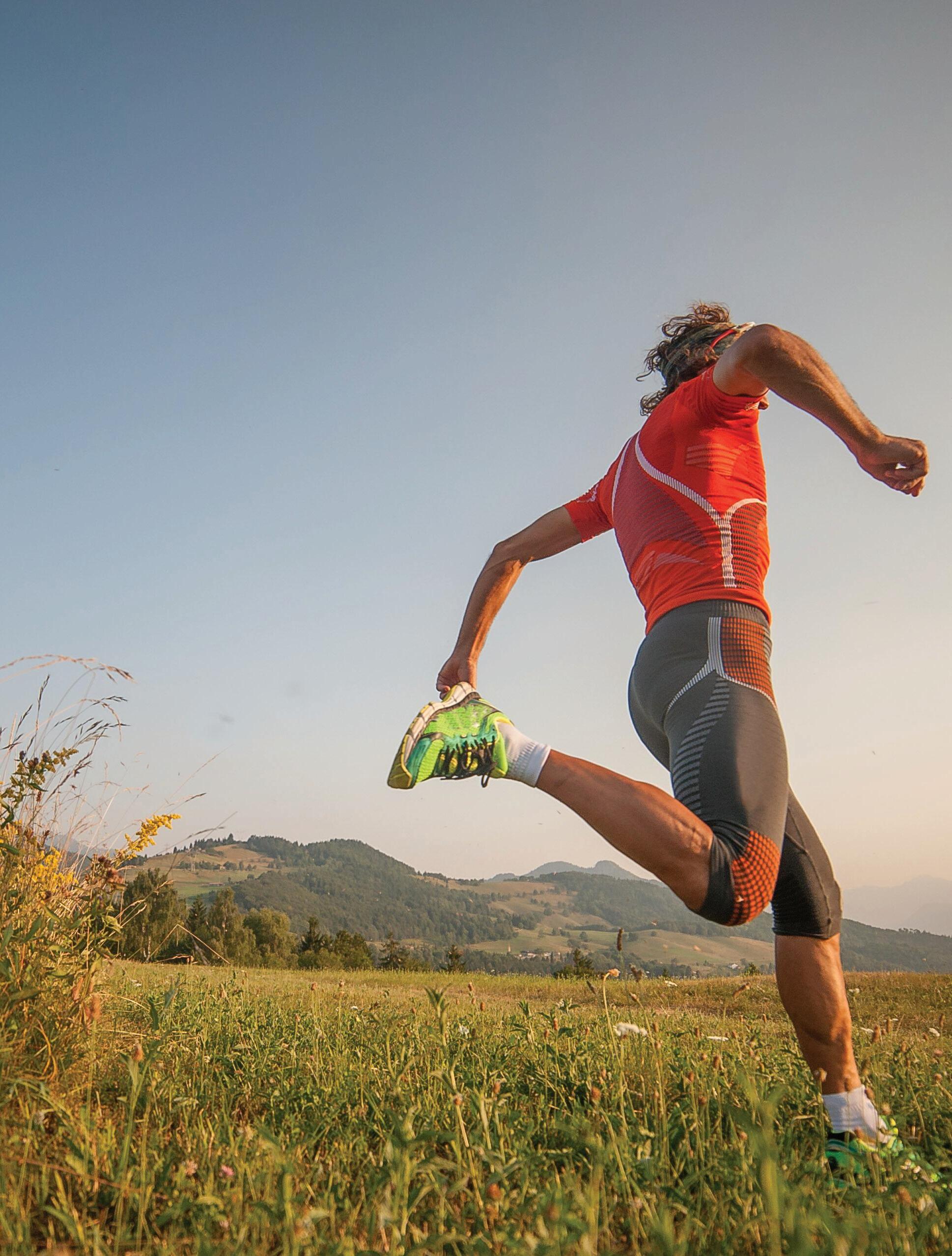
Build speed and efficiency to perform your best in weekly workouts
BY LARA PENNOB.Sc. Exercise & Science, run and triathlon NCCP certified, Rackets & Runners head coach, top Masters runner with a personal best marathon of 3:08, from Vancouver, B.C.
CITIUSTRAINING LARA PENNO
During the height of Covid I was in a running rut, doing the same routes in my neighbourhood, slogging away at the same pace. As I’ve always paid attention to my cadence, one day (largely out of curiosity) I counted my steps. I was shocked to find that in one minute my step count was 170 steps, lower than my usual 180.
What had happened? My body had clearly adjusted to this slower pace and I had lost that quickness in my feet without realizing it. I decided to add a weekly interval training session to find my previous leg speed and build back my running efficiency.
On a physiological level, intervals improve your aerobic and anaerobic endurance, increase your VO₂ max and improve your running performance. The increased load and stimulus on the muscles and connective tissues also improves strength and promotes training adaptations.
If you’re short on time, intervals are efficient and a great way to have a quality workout in a short session. You can throw a few bouts into one of your midweek shorter runs and see some change in your performance in several weeks.
Once I added intervals back into my Covid training, within a couple of months my step count improved, even on my easy runs. I found that increasing my cadence with interval work helps my legs land under my hips naturally, without overthinking the mechanics. My heart rate also lowered on my runs, demonstrating improvements in capacity.
How you incorporate intervals into your training cycle depends on your racing goals and distances; they will benefit each athlete differently. If you are racing short, such as three to five kilometres, then including intervals about eight weeks before tapering will provide good specificity of training to racing. For longer events like a half-marathon or marathon, adding intervals in your basebuilding phase three to four months prior to your event will help develop early leg speed and running economy. For a 10-kilometre race, intervals can be scheduled six to eight weeks before tapering; however, the duration and intensity should mimic the race speed with slightly longer sets such as one-kilometre repeats at race pace.
Build a base:
Beginners to advanced runners can benefit from speed work and all levels will be well served by having a good aerobic base of easy running before diving into interval training. This allows your body to adapt before applying greater physical demands.
Start with Strides:
One of my favourite ways to introduce speed is with strides. Strides are an acceleration, where you start at a moderate pace and gradually increase your speed over about 75 to 100 steps or metres. I prefer to use steps and count each one and pick up my turnover about every 25 steps. I focus on running with excellent form, staying tall, picking up my knees and driving my arms. Try to find a softer surface such as grass or dirt to run strides as this will be gentler on your body.
Preparation:
Thorough warm-ups and cool downs are crucial for a safe and effective speed session. The higher the intensity of the workout, the longer the warm-up. Make sure to jog for at least 15 to 20 minutes and then perform drills and strides, run your main set, and then cool down for another 10 to 15 minutes.
Where and How:
Run your intervals on flat ground. You can choose an uninterrupted road or head to the track. The duration of your
intervals and rest periods will vary depending on the intensity. Shorter efforts at a very high intensity (95 per cent or more of maximum) require roughly double to triple the amount of rest/work at 2:1 or 3:1. Longer intervals at a slightly lower intensity (90 to 95 per cent) need a bit less, at a ratio of 1:1 or 2:1. For example, if you run at almost maximum effort for one minute, this would require an active recovery jog of two minutes. If the duration was longer at three to five minutes, and the intensity less, a recovery of three to five minutes would be sufficient.
Beyond all the scientific reasons for running intervals, they are also a ton of fun. What’s not to love about that amazing lift you get when you pick up your feet, drive your arms and feel that ‘flow’ and lightness in your step? Every runner would benefit by including some form of intervals into their training throughout the year.
SEGUE INTO INTERVALS WITH STRIDES
• Run on a grass or dirt field.
• Warm-up running easy for 15 - 20 minutes.
• Run 5 – 10 x 75 strides.
• Strides are an acceleration. Start at about 75 per cent of max effort and build to about 90 per cent. This is not a sprint!
• 75 strides = 75 steps.
• Run easy or walk back to your start position.
• Cool down running easy 10 - 15 minutes.
FARTLEK:
• Warm-up running easy for 15 - 20 minutes.
• Run 1 - 2 sets of running drills like ABC’s.*
• Run 3 x 75 strides.
• Run 21 minutes non-stop at:
• 1-minute fast at 90 per cent effort
• 1-minute easy at 65 per cent effort
• Cool down running easy 10 - 15 minutes.
TRACK/ROAD 400’s
• Warm-up running easy for 15 - 20 minutes.
• If running on the track do warm-ups, recoveries, and cool downs in clockwise direction.
• Run 1 - 2 sets of running drills like ABC’s.
• Run 3 x 75 strides.
• Run 6 – 10 x 400 metres fast, at 90 per cent effort.
• If running on the road, do 6 - 10 x 90 seconds.
• Run 400 metres easy or about two minutes if you are on the road.
• Cool down running easy 10 - 15 minutes.
*For an explanation of ABC drills go to: https://impactmagazine.ca/ fitness/incorporate-running-drills-to-find-your-form/
Running in the same shoes year after year feels safe and predictable but switching it up can help with injury and prolong your running years
BY PHIL WHITEEmmy-nominated writer and the co-author of The 17 Hour Fast with Dr. Frank Merritt, Waterman 2.0 with Kelly Starrett, and Unplugged with Andy Galpin and Brian Mackenzie, from Evergreen, CO. PHILWHITEBOOKS
It’s insanely satisfying to find that Holy Grail pair of running shoes that perfectly fits your foot shape, provides the right amount of cushion, and delivers grippy traction to keep you from slipping. If you’re anything like me, your tendency is to immediately buy as many pairs of this model as possible in case the manufacturer messes with the design next year or—worse yet—discontinues it completely.
Although you’re probably attached to your beloved running shoes switching up and rotating your running shoes can help prevent injury and prolong your longevity in the sport, as long as you do it correctly. Here are a few things to consider.

Switching up and rotating your running shoes can help prevent injury and prolong your longevity in the sport.
You might read this and think, “I get it, but I really love these shoes, and is it really so bad to just stick to multiple pairs?” Perhaps not initially, but over time you may start seeing adverse effects in your running mechanics, which might predispose you to injury and negatively impact your running economy.
“We all have habitual movement patterns that dictate how we walk, run, hike,” says Dereck Steffe, DPT, a physical therapist who treats endurance athletes at Return to Sport Physio in Evergreen, Colorado. “It doesn’t take long for our shoes to reflect those movement patterns in the form of excessive or uneven wear on the soles of our shoes. If the shoe is allowed to degrade, the uneven wear will start to feed into our problematic movement patterns, perhaps even exacerbating the very movement flaws we are trying to avoid. Shoe rotation can slow this process down, protecting the integrity of the shoes by reducing their mileage.”
If you’re looking to prioritize your durability and the lifespan of your running days, movement quality must be a paramount consideration. Keeping each pair of your shoes fresh by thoughtfully rotating them can go a long way when it comes to bulletproofing your lower legs, particularly if you also load your bones and connective tissues by strength training two or three times a week.
“With shoe rotation, I keep coming back to the concept of movement patterns,” Steffe said. “Worn-out, degraded shoes can feed into faulty movement. Conversely, wearing shoes with differing stack heights and heel drops can challenge those patterns and even improve stride quality. At a minimum, switching between different shoes challenges our movement capacity, creating a more adaptable running stride.”
What criteria should you look for as you expand your running shoe quiver? Perhaps you should begin with the stack height i.e. how high the shoe rises from the ground, and the drop—the differential between the heel and toe of the shoe.
“I’ve used stack height and heel drop rotations to rehab my running patients,” Steffe stated. “It may seem counterintuitive, but I am a fan of putting my runners in minimalist shoes—very little stack height and no heel drop—on their off days or, if they can tolerate it, during their shorter/slower recovery runs. Physically, this drives some stress through the plantar fascia-Achilles complex creating a more supple, flexible, and durable foot and ankle.”
This isn’t all about the anatomy or physiology of your legs. The interplay between shoe, ground, and everything
above also has a bearing on the mind-body connection that drives every move you initiate from your feet up.
“Neurologically, the less technology between your foot and the ground strengthens the neural pathways between the foot and the brain, improving our body’s response to ground reaction forces,” Steffe said. “Conversely, large stack heights are helpful in getting my runners, walkers, and hikers back on the trail/road a little sooner during the rehab process.”
Switching up the stack height and heal-to-toe drop of your running shoes can sometimes help with common running-related injuries such as plantar fasciitis and/or Achilles tendinopathy.
“If a person has very stiff feet and ankles, I may try to induce more range of motion by reducing the stack height/ heal drop during recovery days or days off,” Steffe said. “I want to get their foot/brain back in touch with the surface they’re running on and take advantage of the plasticity of the muscle and connective tissue of the foot and ankle.”
Steffe adds: “If the patient has normal ankle/foot range-of-motion or is even hypermobile, I will have them start using a shoe with increased stack height/heel drop to provide extra protection to the plantar fascia-Achilles complex. “This will calm down the inflammatory process in this area. In both scenarios, the goal is to experiment until we get an effective combination of two to three pairs of shoes rather than abandon the original style of shoe.”
Going barefoot is also a really important part of this shoe rotation conversation. “Take your shoes off whenever you are indoors,” Steffe shared. “Again, this improves our connection to the surface we are walking on, and this, in turn, improves our body’s reaction to ground reaction forces.”
Going forward, you shouldn’t just randomly select a series of shoes to create a solid rotation. Rather, take a strategic approach based on your goals, training plan, coach’s direction, and racing goals.
“I advise experimenting with shoe rotations, making small changes,” Steffe said. “If you enjoy a large stack height and heel drop, back off a bit and buy a shoe with a bit less technology built into it. On the other hand, if you’re a minimalist type, perhaps adding just a bit of cushion and heel drop might allow you to up your mileage.”
To learn more about the durability and performance benefits of shoe rotation, talk to your coach, seek advice from the owner of a well-established local running shop, or find a physical therapist who has had proven success working with runners.
The article has been edited for length and reprinted with permission by TrainingPeaks – www.trainingpeaks.com
Running
by how you feel can reap benefits while training as well as racing
BY JACOB PUZEY6x National Champion at XC, Road & Ultra Championships, 2x Top 10 XTERRA World Trail Run, race director and owner of Peak Run Performance, in Canmore, AB.
TEAMPEAKRUN PEAKRUNPERFORMANCE
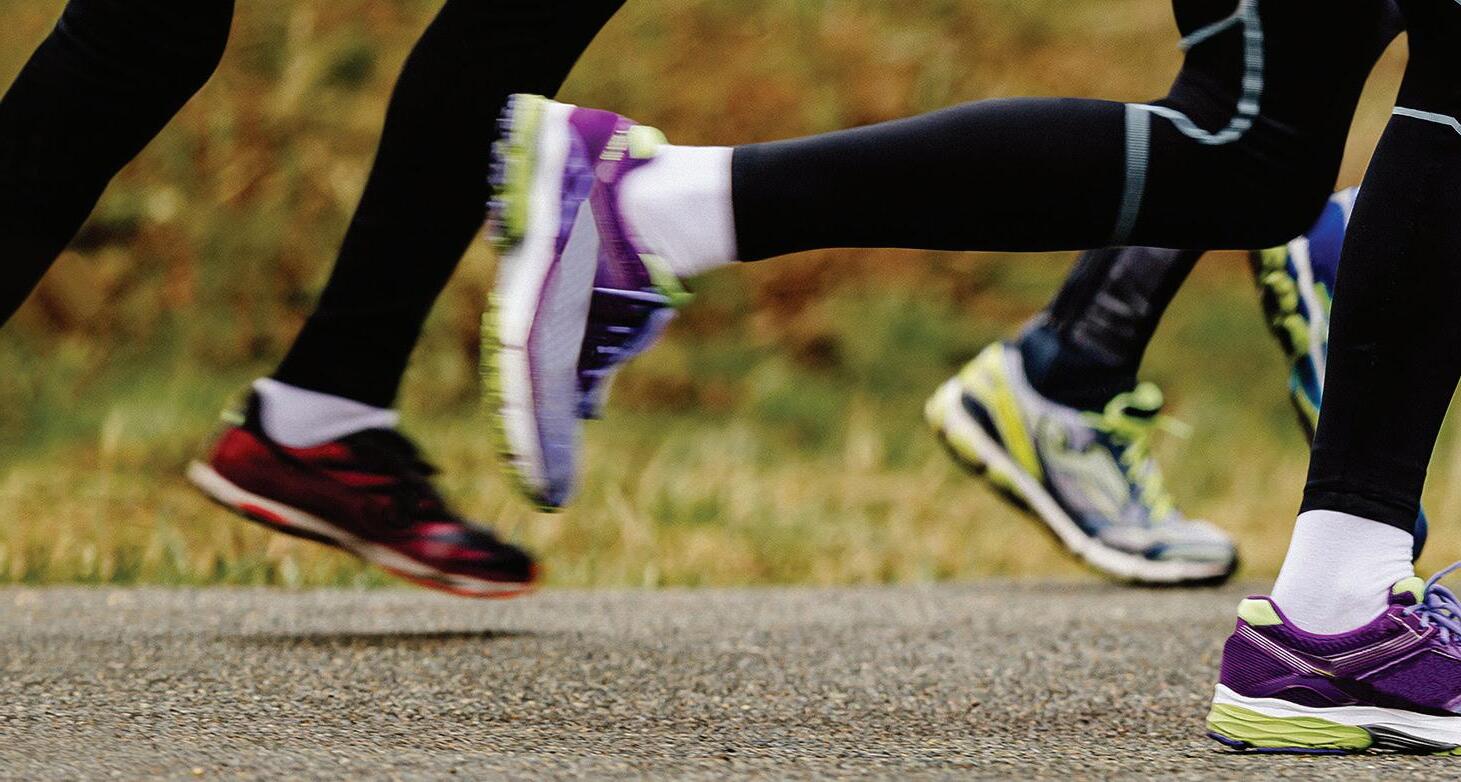
All runners, regardless of the distance or surface for which they are training, should learn to run by feel. Training by ventilatory threshold, the talk test, and relative perceived exertion (RPE) will help athletes maximize performance in races of any distance.
Exercise scientists call the point at which our breathing begins to increase at an accelerated rate the ventilatory threshold (VT). This ventilatory threshold falls between low and moderately intense efforts. So, the majority of training should be done below this threshold. Greg McMillan (McMillanrunning.com) calls the area just below the ventilatory threshold the ENDURANCE zone.
The talk test is one of the easiest and most effective ways to measure effort.
When training below the ventilatory threshold, we should be able to carry on a conversation. When our breathing accelerates, it impacts our ability to speak. As we approach our ventilatory and aerobic thresholds, we take in less oxygen. Consequently, rather than paragraphs at a time, we are limited to short sentences. The harder the effort, the shorter the sentences.
Steady state runs (2 - 2.5 hour race effort), the latter half or third of cut-down runs, tempo runs (one hour race effort), and critical velocity/cruise intervals (30 - 40 minimum race effort) fall between the ventilatory threshold and the aerobic threshold. McMillan refers to this category as the STAMINA zone.
As you cross the aerobic threshold and approach your VO2 Max, breathing becomes laboured. Rather than sentences, communication is limited to a few words at a time.
Shorter fartlek intervals, speed workouts, hill repeats, and races shorter than 30 minutes generally fall under this
category. McMillan calls this the SPEED zone.
When you are pushing so hard that you aren’t getting any air, this means you are running anaerobically, and you won’t be able to sustain the effort or pace for more than a minute. When you can no longer utter a word, you are in the SPRINT zone. This is MAXIMAL effort. You are running beyond your VO2 Max—the effort you could sustain for 8 - 12 minutes.
Note: Depending on your age, injury history, training history, and the goal race for which you are training, it may not be prudent to do much training in the SPRINT zone.
Given that one can’t sustain an anaerobic effort for more than a minute, it stands to reason that we should try to avoid approaching anaerobic efforts/intensities in the early to middle parts of races that will last longer than a few minutes. This means we should avoid spiking the heart rate and gasping for air during the first half of many endurance events.
Similarly, one can only run at one's aerobic threshold for up to an hour. Therefore, if you are racing for longer than an hour, you should aim to avoid crossing your aerobic threshold prior to the final hour of a race. That means, if you are racing a marathon you should be able to communicate with a fellow racer or volunteer through short sentences if necessary.
When Peak Run Performance athlete, Eric Reyes, ran the California International Marathon (CIM) he arrived at the half-marathon mark within the time range that he had set out to run despite multiple rolling hills. Unlike others aiming for a similar time, he didn't reach his goal half-marathon split by running the exact same split for every mile. In fact, he had to remind himself constantly to throw pace out the window and approach the hills by effort.
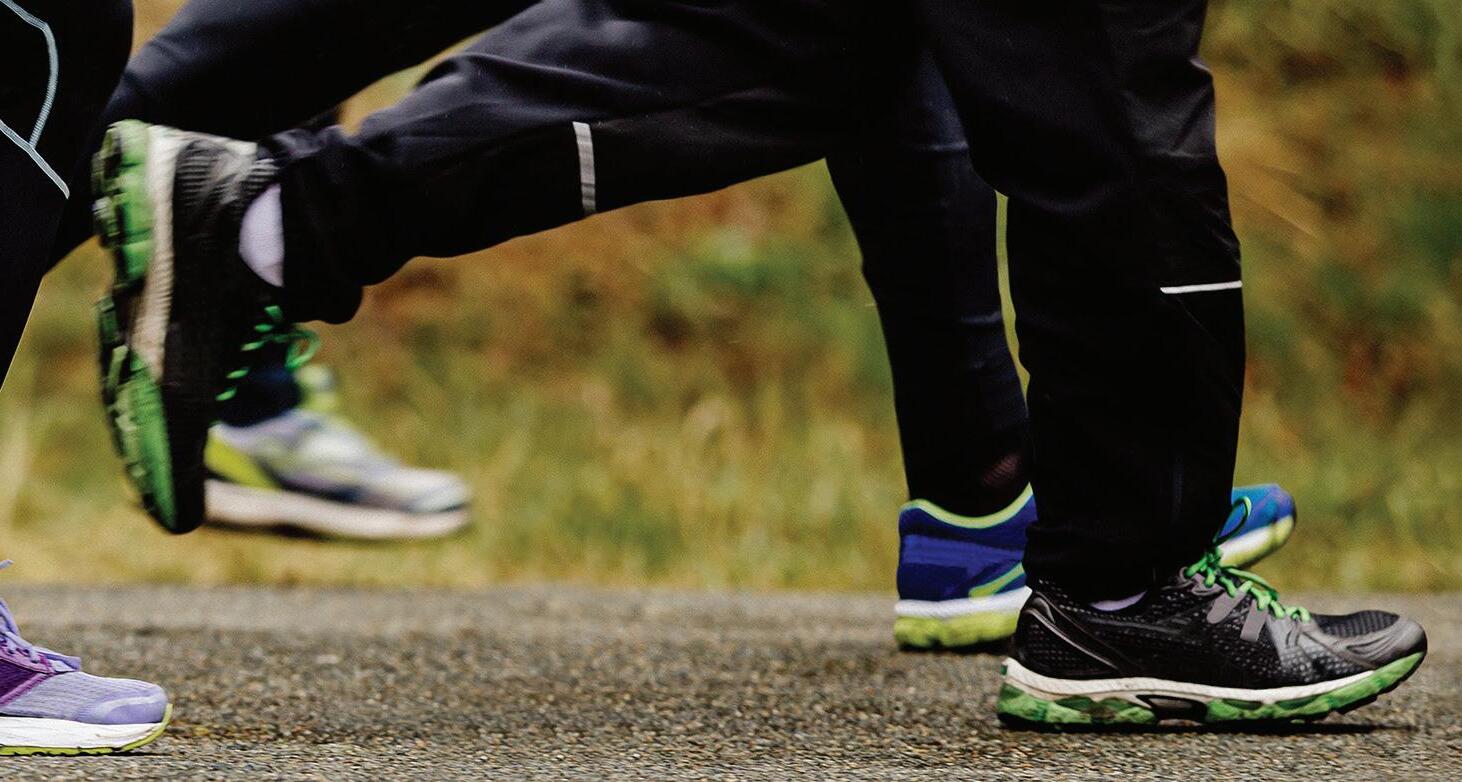
Rather than limiting himself by a fixed pace, Reyes rolled through the hills and gradually pulled away from many others who entered the race with the same goal of running under 2:30. Unlike those set on running the same mile split from start to finish, he was able to push the second half of the race by not going beyond his threshold in the first half of the race.
Reyes learned to race by effort through years of training on trails and running multiple trail races and ultramarathons. He had grown accustomed to long slogs up and down mountains, covering thousands of metres of vertical gain and loss in one race. Pacing and fuelling play an integral role in these longer efforts, so he learned early on to avoid spiking his heart rate or breathing to ensure he could sustain an effort for the duration of the event.
As he transitioned from the trails to the roads, he moved his marathon-specific workouts to paved paths, the treadmill, or the track. This enabled him to learn what his goal marathon pace felt like. He used pace and heart rate as training tools to help him better
understand how his body was responding to the effort. Over time, Reyes learned how to listen to his body and find the optimal pace for each goal race without as much dependence on the watch.
You can also learn to train by effort by using ventilatory threshold, the talk test, and relative perceived exertion. These are built-in, reliable metrics that you will always have with you, don't have to recharge (except with sleep), and don't have to worry about synchronizing with a satellite or your phone before or after each run.
RPE can be measured on a scale of 1 to 10 with 1 being deep sleep and 10 being maximal effort (see graph below).
By learning to measure your effort through breathing, speaking, and perceived exertion, you'll be better able to train intelligently and race strategically.
This article is edited for length and reprinted with permission from Jacob Puzey – www.peakrunperformance.com
4
3
2
The graphic illustrates the various effort levels of the talk test overlaying the Peak Run Performance Continuum with corresponding readings for RPE and heart rate zones, as well as the durations that a trained individual should be able to sustain the effort in a race setting.

8x World Cross Country Championships competitor, World Half Marathon Championships competitor, coach, owner of Strides Running Store in Calgary, AB.
STRIDESRUNNING STRIDESRUNNINGSTORE STRIDESRUNNING
If you have a time goal for a 10-kilometre race in the next few months this program is designed to help your training progress by keeping it interesting, yet challenging. Before starting this plan, it is strongly recommended that you can comfortably complete a 10-kilometre distance (with or without walk breaks).
There may be a few new concepts introduced in this program—e.g. intervals, tempo runs and strides. Here’s a quick definition for each as they relate specifically to the training.
Intervals - These are faster-paced runs and can range from 100 metres all the way up to three kilometres, depending on the distance you’re training for. In this program, I’ve kept the longest intervals to 1000 metres to help build your speed and turnover. Pace will vary depending on the length of interval. For example, for intervals 400 – 800 metres in distance, your pace will be run at your goal (or current) 5-kilometre pace. If you don’t know at what pace to run your intervals there are great pace charts available online—I often refer to www.mcmillanrunning.com.
Note: If you don’t have a GPS to calculate distance (or access to a running track), interval distances can be converted to time, based on your pace. For example, if your goal 10-kilometre pace is 50 minutes, the interval is 1000 metres and the workout calls for 10- kilometre pace, then you will run your interval for five minutes (or approximately 1000 metres).
Tempo Runs - These are longer, sustained efforts, often run at, or slightly slower/faster, than your goal race pace. They help you increase endurance and provide feedback on your improvement. After a 10-minute warm-up jog, increase your pace to goal race pace for the designated time (e.g. 16-minute tempo), then finish
with a 10-minute cool down jog. The tempo pace should feel fast and steady, but comfortable, and you should finish feeling like you could have kept going at that pace (it is, after all, shorter than your race distance, but run at a similar pace). If you struggle to get through the time, then slow down slightly next week.
Strides - Think “wind sprints” like you used to do in school. These are short (80 – 100 metre) fast sprints run at about 80 per cent maximum speed. They provide three main benefits: improve running form, get your body used to running at a pace faster than race pace, and loosen your legs up following a shorter, easier run. Find a flat stretch of road, sidewalk or grass. Sprint 80 – 100 metres focusing on running form and quick turnover. Jog easy back to the start. Repeat four times.
Long Run - While this is not a new concept, many runners aren’t sure at what pace to run their long runs. In this program, I recommend running them at ‘conversation pace.’ This means at all points in the run—from start to finish—you should be able to comfortably hold a conversation with your running partner. Long runs and easy runs between workouts help build an aerobic base, while the intervals and tempo runs take care of the speed and race fitness. Long runs are scheduled for Saturdays but if you’re used to doing your long run on Sunday these two days can be swapped. Finally, if you’re not used to running six days a week (I’ve designated Friday as the day off in this program), you can use Monday as an optional day. This means a second complete rest day or a cross-training day (yoga, bike, etc.).
Enjoy following this 12-week training program and I hope you’ll stay motivated to run a new 10-kilometre PB!
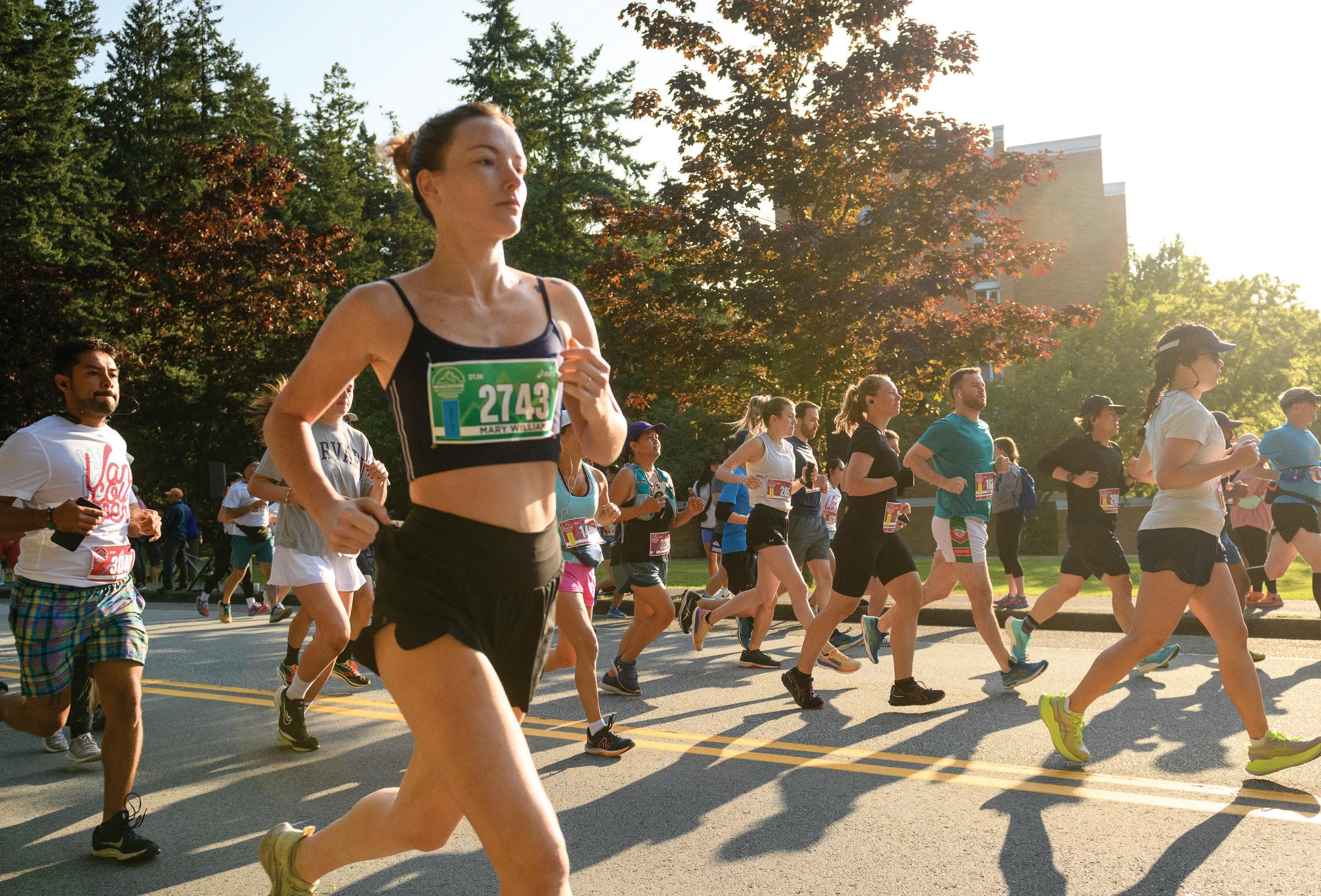
Owner and founder of We Run the World Coaching, Inc. and The Run Lounge in Calgary, AB. She has coached hundreds of athletes to personal bests in all race distances and was top Canadian female at the 2023 Chicago Marathon. WERUNTHEWORLDCOACHING
Have you run half-marathons before and are looking to see a faster time on the clock? Then this intermediate half-marathon plan is for you!
This 12-week plan assumes you are currently running three –four times per week and the distance of your long run is at least 10 kilometres. If you’re not currently running four days per week, skip Tuesday’s run in the plan until week four. Remember to keep the easy days easy but don’t be scared to push yourself on your speed days.
WU – Warm-up
CD – Cool down
TEMPO – Run at a comfortable hard pace for a sustained period
STRIDES – A pick-up in pace for ~20 seconds finishing around VO2 pace or slightly faster
HMP – Half-marathon pace
Don’t run your long (aerobic) days too fast. The pace legend has a range of goal finish times, from 1 hour 40 minutes to 2 hours 15 minutes, so ensure you keep to your goal.
Be sure to listen to your body. If you must miss a few days of training, carry on with the block as is. If you need to take a week or more off, be sure to not increase the distance of your long run to where you left off. There are pullback weeks in this build to enable you to recover properly and build stronger.
Aim for consistency in your build over perfection. And most of all, have fun!
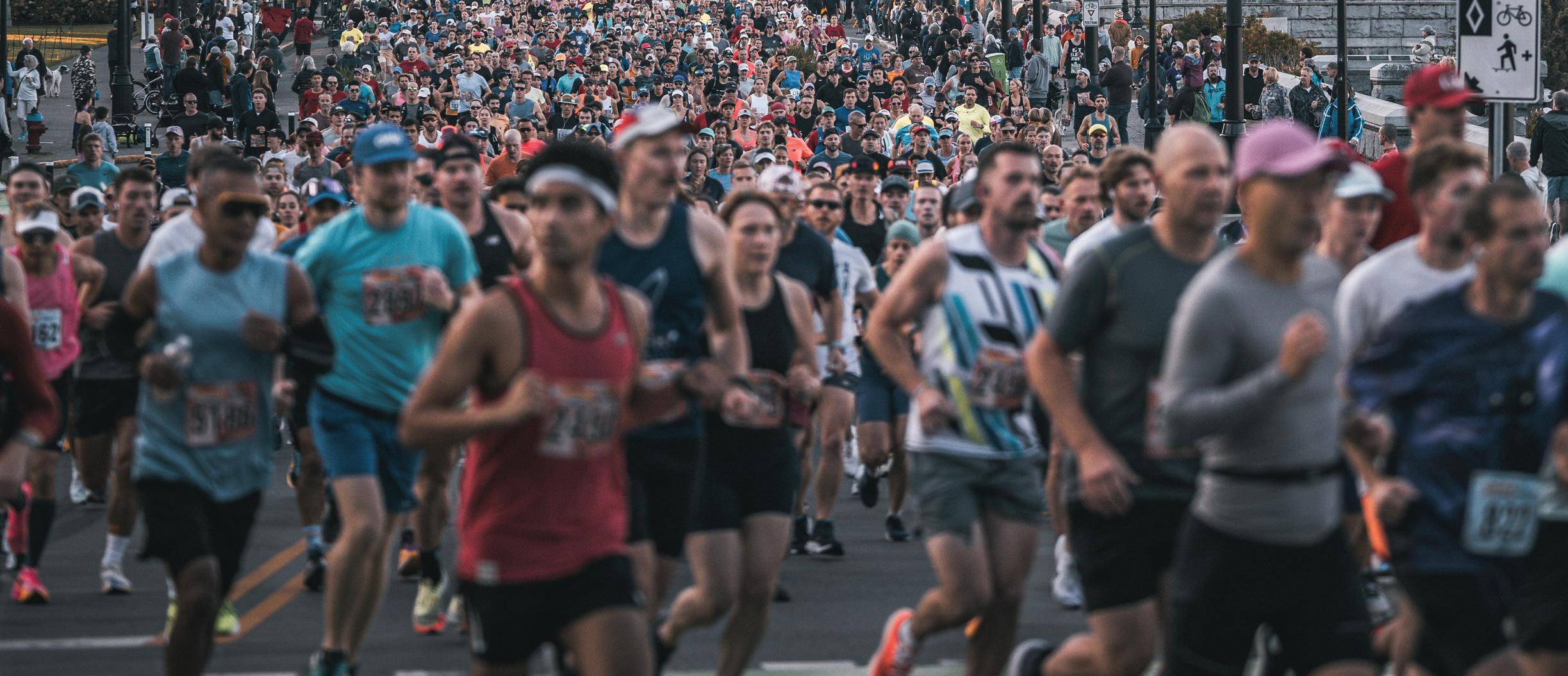
If you want to break four hours in a marathon, this plan is for youBY KEVIN SMITH MATT CECILL VISUALS
President and Head Coach of Marathon Dynamics Inc., NCCP certified running coach for 30 years, competitive runner for 40 years with a marathon PB of 2:42, from Toronto, ON. MARATHONDYNAMICS
This training plan is for runners who have either run marathons before, or who have recently completed a 10-kilometre race or half-marathon (or can run those distances comfortably), AND are currently maintaining weekly training volume of at least 25 plus kilometres a week (on at least three runs/week), before starting. It is primarily designed for those looking to improve marathon performance and/or run a sub four-hour time goal. It is strongly advised—especially for those aged 35 and over— and/or who live largely sedentary lives, to include 30-minute brisk walks five/six times a week during training. Supplementary running-specific strength training (especially lower body and core) is recommended at least twice a week—to help stay injury-free.
• Each week, there are up to three quality workouts—Tuesday, Thursday and Sunday. These drive 80 per cent of your improvement and fitness, so make them your key training priority.
• Workouts can be shuffled within a given week, and key runs can even be moved between weeks, to accommodate personal circumstances, but strive not to break the “hard/easy” principle (quality runs on back-to-back days) or do runs of the same character in back-to-back weeks.
• Be flexible. It’s perfectly fine to adjust any given run distance by +/- 1 to 2 kilometres, and any given pace by +/- 5 to 10 seconds/ kilometre. even under ideal run conditions.
• Missed runs, by more than one day, are best left behind. Re-focus and recommit to current/future runs rather than trying to play catch up and squeezing in extra volume or frequency in an effort to make up. The goal is consistency and progress, not perfection!
• Prescribed paces assume ideal conditions, both external, such as temperature, flat course, low winds, and internal—your own health, stress level, etc. Please adjust paces to reflect those circumstances and conditions. On some runs that can mean running 20 - 40 seconds/kilometre slower than target pace.
• Hills. Where average elevation is referenced (i.e. 10 metres/ kilometre), use your GPS device and/or online training log to check the total “climb” of particular runs to verify how hilly/flat they are, e.g. a 12-kilometre hilly OMP should have approximately 120 metres of elevation.
OMP - Ordinary Mortal Pace. Run as strongly, smoothly and confidently as possible without overreaching. For most runners this is a little faster than marathon pace, a little slower than half-marathon pace.
WU/STR/CD – Warm-up/strides/cool down. Easy running at or slower than current LSD (Long Slow Distance) pace, done before/after hard effort runs. Strides are approximately 100 metre smooth accelerations to faster than target training pace (but not all-out sprinting).
Triple Thrill Hills – these are sets of three different distance hills, with slightly shorter recovery easy runs between hills within sets, and slightly longer recovery easy runs/rest between sets.
P1-2 Punch Progression Run – consider these two parts of a single run workout. They should always be done within 12 - 24 hours of each other, otherwise the intended benefit is largely lost. P1 is a slightly slower/easier than usual OMP run (think hilly OMP pace done on flat course), designed to leave you not fresh to start P2. The Progression Run the next day is a long run with a very exaggerated negative split. You must start slow for the first one to three kilometres (i.e. 30 - 40 second/kilometre slower than LSD pace) in order to have any chance of continually picking up speed (closing at approximately half-marathon pace). This combination run emulates the fatigue of the final 10 - 12 kilometres of a marathon, without actually running the full distance in training. This lowers injury risk and speeds up post-run recovery and teaches you how to pick up effort/pace late in the race when it’s hard to do (and you need it most).
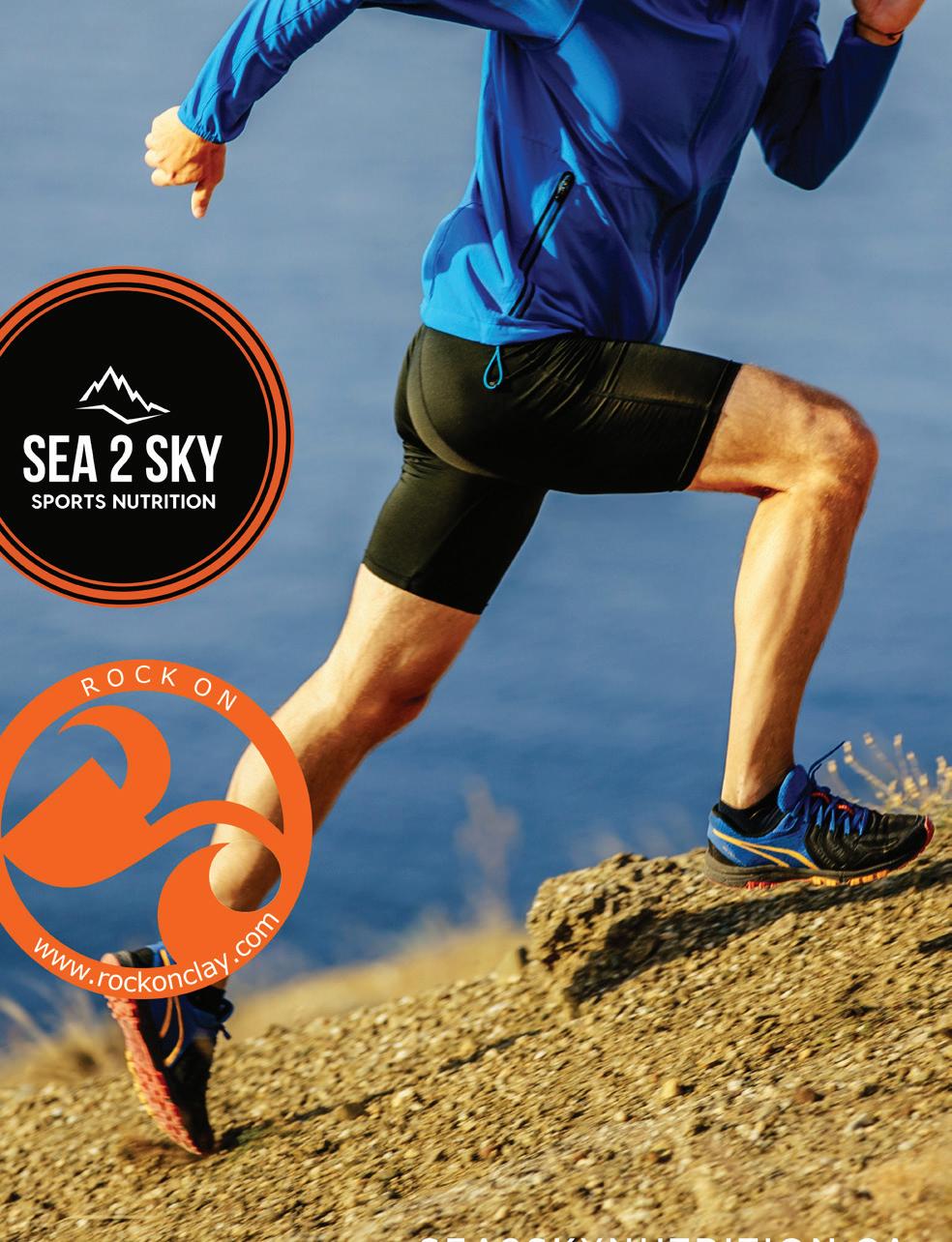
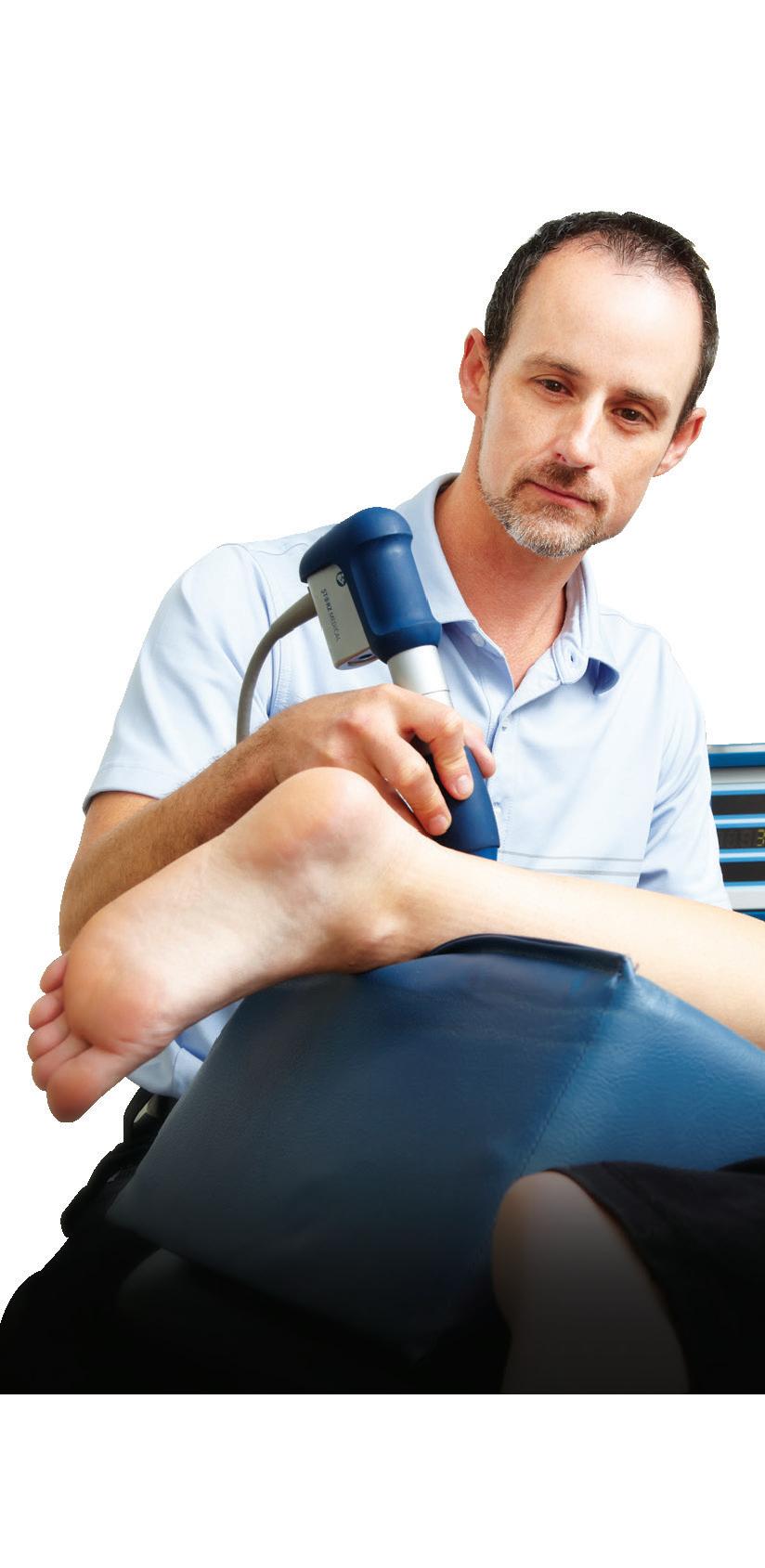


A run coach with Tri-Body Training and strength coach for her business, Vic Movement Collective in Victoria, B.C. She has coached people of all ages and abilities and is currently training for her first 100 miler. VICMOVEMENTCOLLECTIVE

Trail running has exploded in popularity over the past number of years, and for good reason: you’re surrounded by nature, the soft and uneven surfaces are more forgiving than pavement on the body, and you don’t have to be fixated on maintaining a particular pace. The range in trail race distances—from 5-kilometres to over 100 miles—makes trail racing both accessible and challenging for all runners. If you are ready to challenge yourself to a new distance that’s moderate in length, then this 12-week plan is for you. Before beginning this training program, you should be comfortable running four days a week for at least one hour.
The program is comprised of four days/week of running: two easy days (Tuesday/Sunday), a run workout (Wednesday) and a long trail run (Saturday). The terrain is a mix of road and trail, so there is the assumption that you will have access to trails throughout the week. There are also two cross-training days to achieve aerobic endurance, and give the running muscles a break. Cross-training also helps prevent overuse injuries that can occur from exclusively running. These cross-training days will also include strength training which further helps to prevent injury and makes your body stronger and more durable on the trails.
• All runs should begin gently to warm up the muscular and cardiovascular systems.
• A 15 – 20 minute warm-up and cool down should also be included on every Wednesday workout.
• Trail shoes should be worn on the trails as they have better traction than road shoes.
• Power hiking is a large component of trail running and should be used on big hill climbs.
• Invest in a hydration vest that can carry your water and fuel for long runs.
• Fuel every 30 – 40 minutes on long runs over an hour (e.g. gels, chews, bars) and consider adding electrolytes to your water.
• Be sure to download off-line maps and have GPS on your phone so you don’t get lost. If you are alone, let someone know where you will be.
• Be sure to carry safety equipment with you if you are going into the backcountry.
• Consider hiring a strength coach to give you a program geared towards trail running.
• Be consistent and trust the process.
RPE - Rate of Perceived Exertion. A measure on a scale of 1-10 of how hard you are working (1 being easy and 10 being challenging).
X-train - (Cross-training) Examples are cycling, the elliptical trainer, swimming, etc. The effort should be kept low with an RPE of 3-5.
Easy Run - A low effort run with an RPE of 3-5. You could tell a story to a friend and your breathing is not laboured.
Strides - Starting slow with perfect form, accelerate through 60 metres then walk back and repeat five times. These accelerations are to practice fast leg turnover and good running form (good posture, knees driving forward, arms bent).
[ ] - On Wednesday workouts, anything included inside this is your recovery.
8/10 [jog down + 30 sec rest] (trail)
Founder and head coach of Human Powered Racing in Victoria, B.C. A former professional triathlete with 28 IRONMAN finishes over a 15-year career, including 11 IRONMAN World Championships. Triathlon Canada’s Elite Long Distance Athlete of the year in 2006. HUMANPOWEREDRACING HPREVENTS
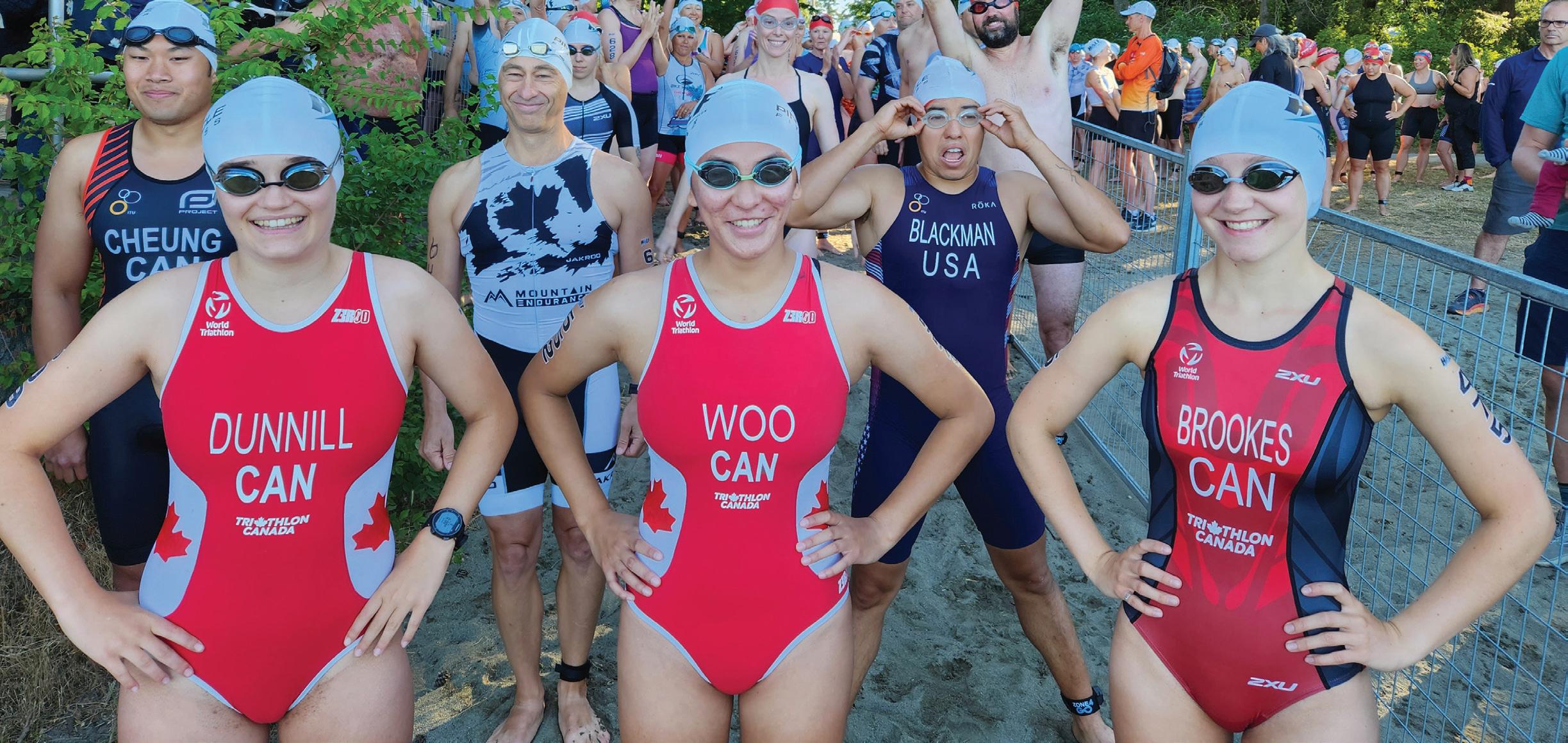
This 12-week 70.3 training program is designed for the athlete that is looking to make the jump up in distance from sprint or standard distance triathlons.
This program will take the athlete through three four-week blocks of training consisting of three build weeks and one week of recovery/ adaptation. Each build week will have a theme—strength, turnover/ speed and tempo. Each recovery week will allow the athlete to shed some of the built-up fatigue and test their aerobic capacity.
The goal is to increase your aerobic efficiency and strength, giving you the confidence to stand on the water’s edge knowing that you are fully prepared for the day ahead.
Most of the workouts on this schedule (excluding swims) will be given in terms of time not distance. Although this is the general rule, there will be exceptions when we get into threshold workouts, time trials and aerobic efficiency tests.
Your schedule will have terms incorporated into it that many of you may not be familiar with. These are some of the common terms and acronyms that you will see.
Aerobic – For those that have heart rate monitors (a tool I suggest everyone invest in) I consider aerobic to be 75 per cent of your maximum heart rate. This is not 100 per cent accurate for everyone, but as a general rule it is usually quite close. Another way to work out this heart rate is the MAF method, explained here: https://philmaffetone.com/180-formula/ Lactate testing is the gold standard for setting zones, so if you have access to this type of testing you can dial in your training zones with even greater accuracy.
You will often find that one of three words will follow aerobic on the schedule: aerobic base, aerobic endurance, aerobic recovery. The word that accompanies aerobic is there to give you the purpose and goal of the workout. You will want to stay at MAF or below for each of these workouts, but it is important that you approach each workout clear on the purpose and objective.
Tempo – This is an often misinterpreted term. Tempo is that work that is right above your aerobic limit. I consider this to be
80 – 85 per cent of your maximum heart rate. Tempo workouts will be efforts that are slightly longer in duration (10 – 20 minutes to begin) and they will have you swimming, biking or running at a pace that is slightly higher than your aerobic pace. These are efforts that are slightly uncomfortable, but they should become sustainable for longer and longer periods of time as we move through the program.
Threshold – This type of workout is shorter in duration, and this is often where we will get into using set distances to monitor and track pace times etc. (i.e. 3x 1 kilometre, 2x 2 kilometre, etc.) In these workouts your heart rate should be in the 85 – 95 per cent range. The ability to spend time here for longer periods of time can push your anaerobic threshold higher so that you can work at a higher percentage of maximum for longer periods of time. These workouts hurt, take longer to recover from and only appear at certain times of the year to give you speed.
Speed Intervals/Hills – These are the workouts where you can leave the heart rate monitor at home and maximum efforts are expected. Speed intervals and hills are generally never any longer than one to two minutes and they are designed to have you generating maximum power and effort. Short hill efforts on the run are a perfect example of this type of workout.
Strength/Core/Hips – There are many great triathlon strength programs that can be found online. Often time is a limiting factor, so I highly recommend prioritizing hip/core strength at the minimum. A strong core and hips are essential to efficiency and resilience over long-distance racing.
MRI Minute rest interval
SRI
Second rest interval
Fartlek Speed play
Brick Run off of bike
WU Warm-up
MS Main set
CD Cool down
MAF Maximum Aerobic Function
Swim: 30 min - 10 min swim/ kick mix as 100 swim/ 50 kick
MS: 2 (4x 50 @15 SRI
2x 100 @20 SRI - 200 pull @1 min rest) - CD - 5 min mix
Bike: 45 min - aerobic base, smooth @85 - 95 rpm
Swim: 30 min
WU - 200 swim, 50 kick, 200 pull, 50 kick
MS: 2 (4x 25 FAST @15 SRI
100 strong effort @20 SRI 200 pull long and smooth low stroke count @30 SRI) CD - 5 kick, 200 choice
Bike: 45 min - aerobic recovery cadence up/ heart rate down
Swim: 30 min
WU - 300 swim mix, 200 kick
MS: 6x 50 as 1 FAST/ 1 easy with 20 SRI - 3x 100 @goal race effort with 30 SRI - 300 pull/paddles
CD - 200 kick, 300 swim mix
Bike: 45 min - aerobic recovery Cadence up/ heart rate down
Run: 45 min aerobic base with strides - 6x 60 m acceleration strides to finish
Strength: 20 min core/hips
Bike: 1:00 - big gear intervals 15 min WU, 6x 3 min big gear @60 rpm w/2 min recovery spin, 80 - 90 rpm - 15 min CD
Swim: 30 min - WU, 200 swim, 100 kick - MS - 10x 25 as DPS @10 SRI (Distance Per Stroke take as few strokes as possible) 5x 50 as 25 FAST/ 25 easy @20 SRI - CD, 100 kick, 200 swim
Bike: 1:00 - cadence build
15 min WU - min @85%/ 80 - 85 rpm with 5min recovery
Run: 45 min - Hills 15 min WU, 6x 60 m strides - 9x 30 sec hill rep, fast up/ walk jog down
15 min CD
Strength: 20 min core/hips
Rest
Bike: 2:30
aerobic endurance
MAF/Aerobic
Heart Rate
Transition Run: 20 min Run: 1:15
aerobic endurance
Swim: 1000 m
aerobic endurance
5
Swim: 30 min - Time trial
200 swim, 100 kick, 200 pull, 100 kick - 4x 50 build speed with 15 SRI - 200 time trial CD - 200 choice, 100 kick
Swim: 40 min
WU - 200 swim, 100 kick, 200 pull, 100 kick
MS: 4x 100 with 20 SRI - 3x 100 with 15 SRI - 2x 100 with 10 SRI - CD - 200 choice stroke, 100 free
Bike: 1:00 - sprints - 15 min WU 6x 15 sec sprint (out of saddle) with 4:45 recovery 15 min CD
Swim: 40 min
WU - 300 swim, 200 kick
MS: 400 pull with 40 SRI 4x100 swim strong with 20 SRI - 8x50 1 fast/ 1 easy with 10 SRI - CD - 200 choice
Bike: 1:00 - aerobic recovery heart rate down, cadence up
Run: 45 min aerobic base with strides - 6x 60 m acceleration strides to finish
Strength: 20 min core/hips
4 min @85%/ 85 - 90rpm with 4 min recovery - 3 min @85% / 90 - 95 rpm with 3 min recovery 2 min @85%/ 95 - 100 rpm with 2 min recovery - 1 min @85%/ 100 rpm+ with 1 min recovery 15 min CD
Swim: 30 min - 10 min as 50 m smooth (take 10 SRI after each 50) 10 min pull 100 m smooth (take 20 SRI after each 100) 10 min kick (continuous)
Run: 45 min
Fartlek 15 min WU, 6x 60 m strides - 7x 1 min FAST/ 1 min easy jog - 10 min CD
Strength: 20 min core/hips
Run: 50 min
Run: 45 min aerobic base with strides - 6x 60 m acceleration strides to finish
Strength: 20 min core/hips
Bike: 1:00 - Tempo 15 min WU - 2x 10 min @goal race effort standing for 1 min @5 min mark - 5 min recovery after each effort - 15 min CD
Brick: 1:00 - Tempo
Run: 30 min aerobic recovery
Strength: 20 min core/hips
Bike: 15 min WU - 3x 2 min @HARD interval effort with 3 min recovery spin 10 min @goal race effort
Transition: to Run: 15 min as 7:30 out/ 7:30 back (just for rhythm) 5 min cool down on bike
Run: 50 min aerobic base with strides - 6x 60 m acceleration strides to finish
Strength: 20 min core/hips
Bike: 1:00 - big gear - 15 min WU - 6x 3:30 big gear as 30 sec standing/ 3 min seated @60 rpm 1:30 recovery between sets 15 min CD
Swim: 40 min - speed set - 200 swim, 200 pull - 6x 25 as 1 sprint/ 1 easy - 12x 50 as 6x 2 FAST/ 1 easy @1:30 - 6x 2 FAST/ 1 easy @1:30 - 6x 1 FAST/ 2 easy @1:30 fins - 300 pull/paddles
Run: 50 min aerobic base with strides - 6x 60 m acceleration strides to finish
Strength: 20 min core/hips
Bike: 1:00 - cadence build 15 min WU - 6x 5 min cadence pyramid - 1 min @90 rpm/ 1 min @100/ 1 min @105/ 1 min @110/ 1 min easy - 15 min CD
Swim: 40 min - aerobic 400 swim, 100 kick fins with 1 min rest, 400 pull paddles 100 kick fins with 1 min rest, 400 swim fins, 100 kick fins
Threshold 15 min WU, 6x 60 m strides - 3x 5 min @10 km effort (85 - 90%) - 2 min recovery walk/jog 10 min CD
Strength: 20 min core/hips
Run: 40 min
Strides - 15 min WU - 10 min of 60 m acceleration strides - 15 min CD
Strength: 20 min core/hips
Run: 50 min - Hills - 15 min WU - 6x 60 m accleration strides - 6x 1 min HARD hill interval
Full recovery/walk jog back to start 15 min CD
Strength: 20 min core/hips
Run: 55 min Fartlek - 15 min WU - 6x 60 m acceleration strides 10x 1 min FAST/ 1 min easy jog 10 min CD
Strength: 20 min core/hips
Rest
Bike: 2:45 aerobic endurance
MAF/Aerobic Heart Rate
Transition Run: 20 min Run: 1:25 aerobic endurance
Swim:
Bike: 70 km
MAF/Aerobic
Rest
Rate
Run: 5 km
15 km
endurance
Swim: 1500 m aerobic endurance
3x 500 swim free with 1 min rest
Rest
Bike:2:00 aerobic base Bakery /Social Ride
Run: 10 km aerobic efficiency test - MAF run
Rest
Bike: 3:00 aerobic endurance MAF/Aerobic Heart Rate
Transition Run: 30 min Run: 1:35
aerobic endurance
Swim: 1500 m arobic endurance 3x 500 with 1 min rest - 1 swim, 1 pull, 1 fins
Bike: 3:15
aerobic endurance
Off
MAF/Aerobic Heart Rate
Transition Run: 35 min
Run: 1:45 aerobic endurance
Swim: 1500 m
arobic endurance
2x 750 with 2 min rest - 1 swim, 1 pull •
Swim: 40 min WU - 10 min swim mix, 5 min kick mix, 7x 100 best average @3 min
5 min kick mix 5 min swim mix
Bike: 1:00 - aerobic recovery Heart rate down, cadence up
Swim: 30 min - Time trial
200 swim, 100 kick, 200 pull, 100 kick - 4x 50 build speed with 15 SRI - 200 time trial
CD - 200 choice, 100 kick
Swim: 45 min
WU - 300 swim, 200 kick - MS
500 pull with 1 min rest - 5x
100 swim with 30 SRI - 10x 50 strong with 10 SRI CD - 200 choice
Bike: 1:00 - sprints - 20 min
WU - 4x 30 second sprint with 4:30 easy, 20 min CD
Swim: 45 min
WU - 10 min swim, 5 min kick
MS - 10x 50 as 1 strong/ 1 easy with 15 SRI - 500 pull
CD - 5 min choice
Bike: 1:00 - aerobic recovery Heart rate down/ cadence up
Swim: 45 min
WU - 300 swim, 200 kick
6x 50 @15 SRI
2 (4x 100 strong @15 SRI) 1 min between sets
CD - 200 kick, 300 swim
Bike: 45 min - aerobic recovery Heart rate down, cadence up
Run: 50 min aerobic base with strides 6x 60 m acceleration strides to finish
Strength: 20 min core/hips
Run: 30 min aerobic recovery
Strength: 20 min core/hips
Bike: 1:00 - Tempo 15 min WU - 2x 12 min goal 70.3 effort 3 min easy spin between efforts 15 min CD
Swim: 40 min - speed/aerobic200 swim, 100 kick - 4x 200 as 50 fast/ 150 cruise with 1 min rest 100 kick, 200 swim
Brick: 1:00 - Tempo 10 min WU - 3x 2 min @HARD Interval effort with 3 min recovery spin - 15 min @goal race effort
Transition run: 20 min @goal race effort
Run: 55 min aerobic base with strides, 6x 60 m acceleration strides to finish
Strength: 20 min - core/hips
Run: 55 min
aerobic base with strides 6x 60 m acceleration strides to finish
Strength: 20 min core/hips
Bike: 1:00 - big gear 15 min WU - 3x 5 min big gear with 5 min recovery 15 min CD
Swim: 45 min
WU - 200 swim, 100 kick
MS - 2 (4x 50 FAST with 15 SRI 200 pull strong 100 kick recovery) 1 min between sets
CD - 200 choice
Bike: 1:00
speed intervals - 15 min WU - 6x 2 min @hard interval effort with 3 min recovery 15 min CD
Swim: 45 min - aerobic
400 swim, 100 kick fins with 1 min rest - 400 pull/paddles, 100 kick fins with 1 min rest,400 swim fins, 100 kick fins
Run: 45 min aerobic base with strides 6x 60 m acceleration strides to finish
Strength: 20 min core/hips
Bike: 1:00 - Tempo 15 min WU - 30 min @goal race effort - 15 min CD
Swim: 45 min WU- 200 swim, 100 kick
MS: 2 (4x 50 FAST with 15 SRI 200 pull strong 100 kick recovery) 1 min between sets
CD - 200 choice
Run: 55 min Threshold 15 min WU - 6x 60 m acceleration strides 4x 1 km @10 km effort with 1 min rest - 10 min CD Strength: 20 mincore/hips Off
Run: 40 min
Strides - 15 min WU 10 min of 60 m acceleration strides - 15 min CD
Strength: 20 min core/hips Off
Run: 1:00 - Hills 15 min WU 6x 60 m strides 12x 30 second hill rep - FAST up / easy down 10 min CD
Strength: 20 min core/hips
Run: 55 min
Fartleck - 15 min WU - 6x 60 m acceleration strides - 12x 1 min FAST/ 1min easy jog - 10 min CD
Strength: 20 min - core/hips
Run: 45 minThreshold 15 min WU - 6x 60 m acceleration strides 5 min race pace, 2 min easy jog, 3 min race pace, 2 min easy jog, 2 min race pace, 2 min easy jog, 1 min race pace 10 min CD
Off
Bike: 80 km
MAF/Aerobic Heart Rate
Transition Run: 7 km
2:00
Run/Bike/Run: 3:00 - aerobic endurance
60 min run
60 min bike
60 min run
Build to goal race effort over the first 30 min of run, hold for rest of workout
Off Bike: 3:30 aerobic endurance
Aerobic/MAF
Heart Rate
Transition Run: 30 min
Bike: 2:00
aerobic endurance/ recovery
Swim: 2000 m aerobic endurance
4x 500 with 1 min rest between 1 swim, 1 pull, 1 pull/paddles, 1 swim
Run: 1:30 aerobic endurance
Swim: 2000 m
aerobic endurance
2x 1000 m with 2 min rest between 1 swim, 1 pull
Bike: 2:00 aerobic endurance
Strength: 20 min core/hips Off
Aerobic/MAF Heart Rate
Swim: 40 min
WU - 200 swim, 100 kick
MS: 2 (4x 50 FAST with 15 SRI
200 pull strong 100 kick recovery) 1 min between sets
CD - 200 choice
Run: 30 min - race prep/loosening 6x 60 m acceleration strides to finish
Strength: 20 min - core/hips
Brick: 1:00 - race prep 15 min WU - 4x 4 min @goal race effort, 4 min recovery
Transition run: 13 min
Swim: 30 min
200 swim, 100 kick
100 kick - 5x 100 build speed with 15 SRI, 100 kick, 200 swim
Run: 40 min race prep/fartlek 15 min WU 6x 60 m acceleration strides - 5x 1 min
FAST/ 1 min easy jog 5 min @goal race effort 10 min CD
Strength: 20 min core/hips Off
Transition Run: 15min Run: 1:00 aerobic endurance
Swim: 20 min race prep
Bike: 20 min race prep
Run: 20 min race prep
Swim: 2000 m aerobic endurance Continuous
RACE DAY
Good luck!

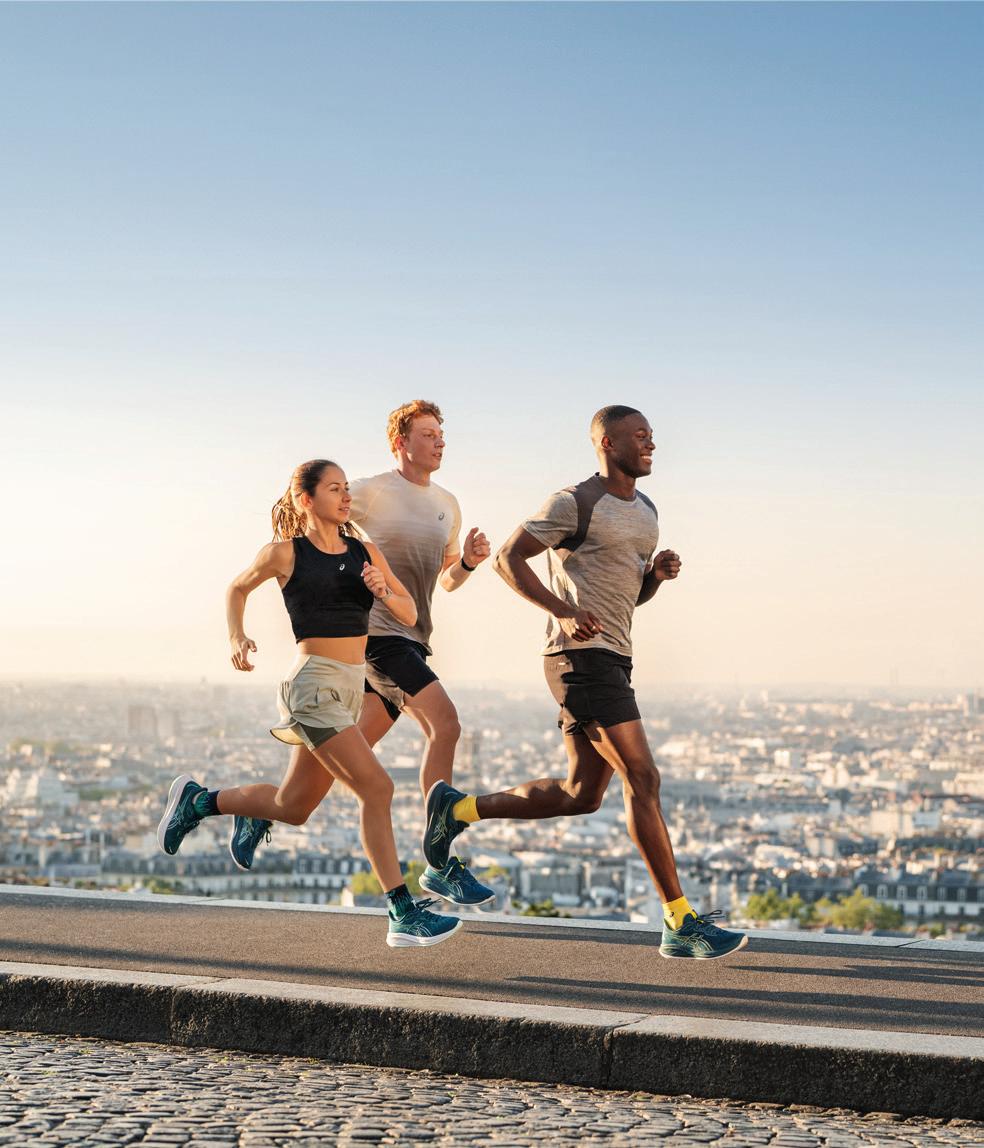
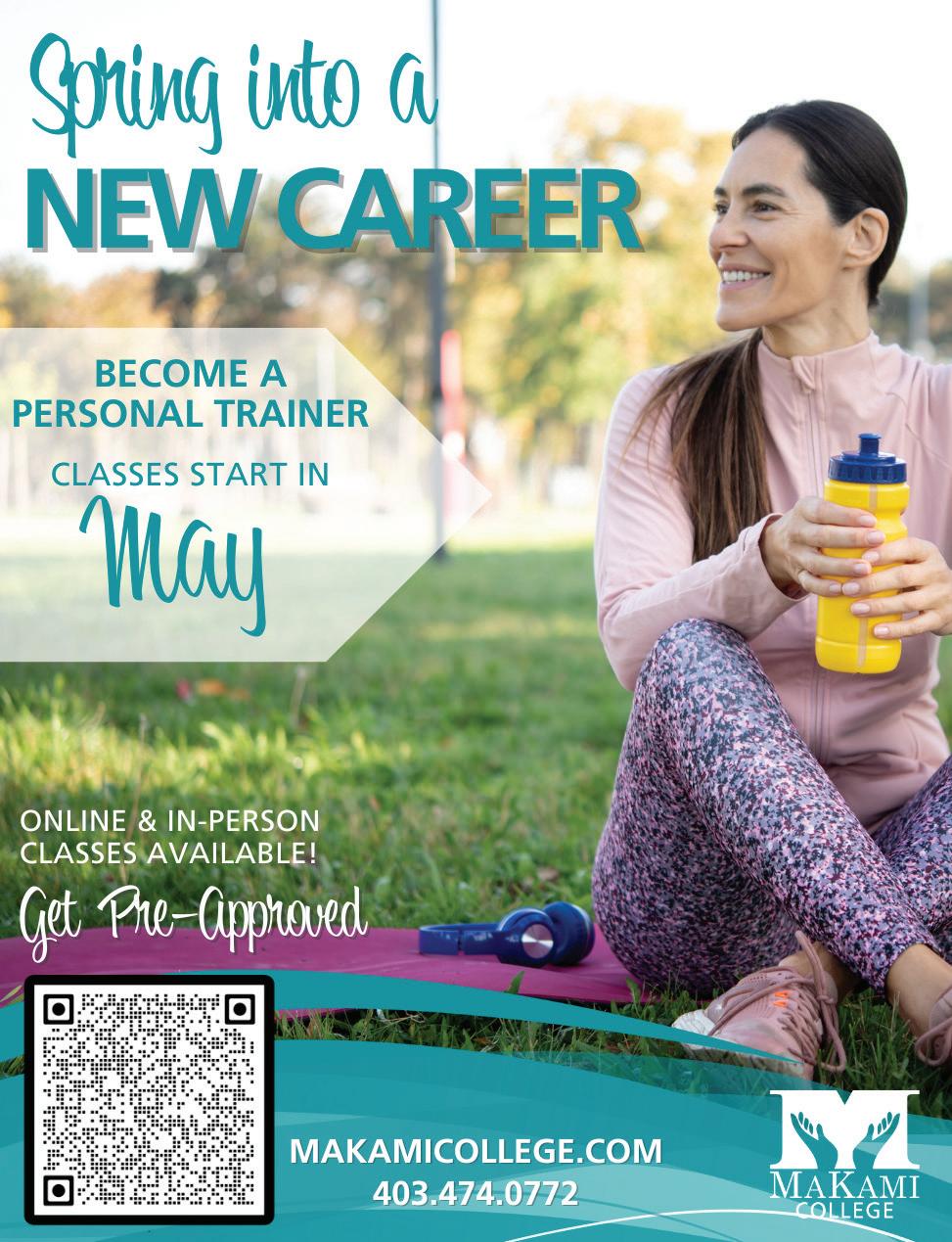
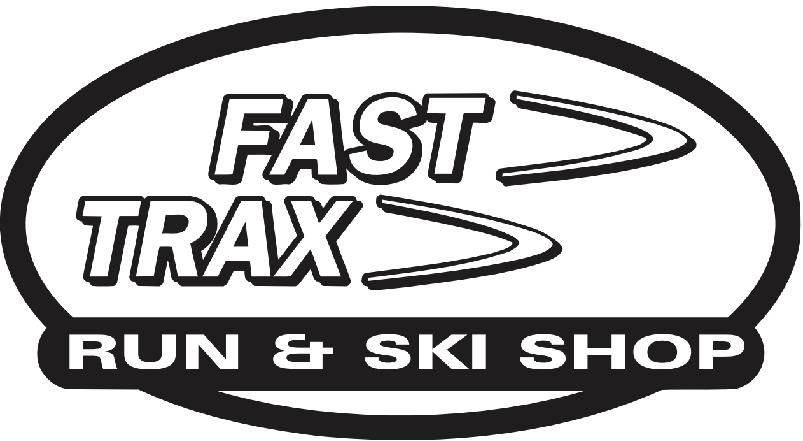
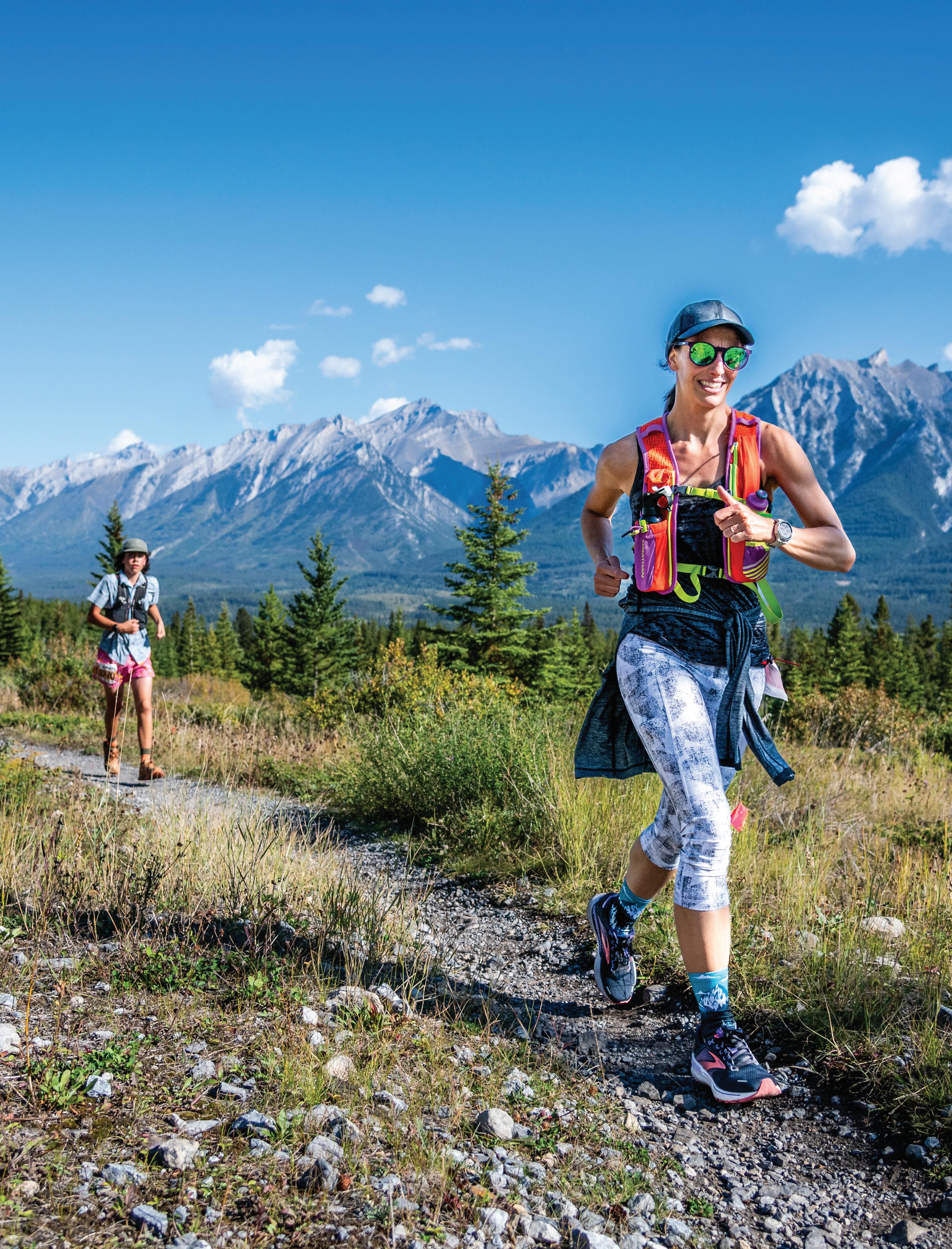

RUNNING EVENTS | TRIATHLONS | ADVENTURE RACES WALKS | DUATHLONS | OBSTACLE RACES | CYCLING EVENTS
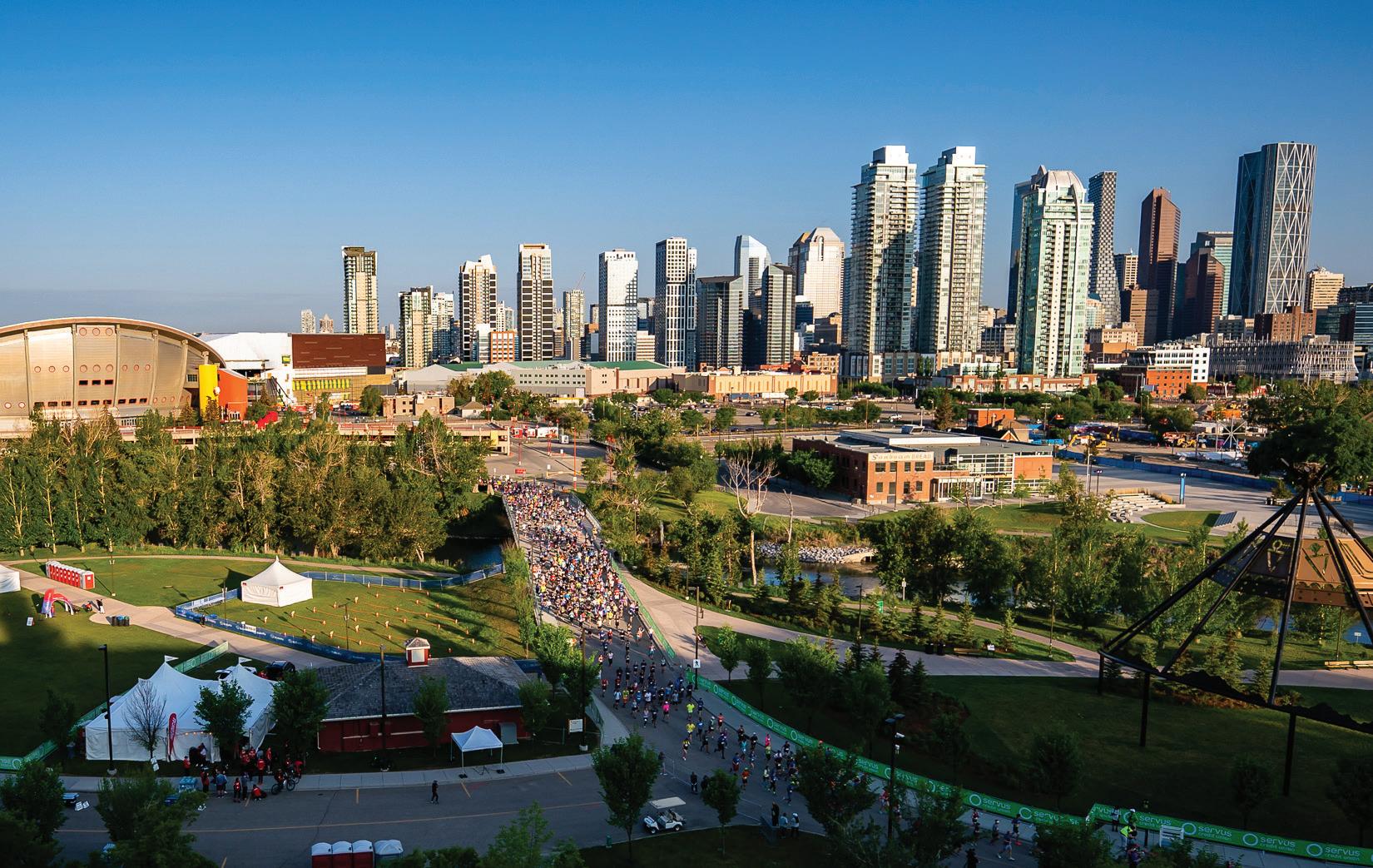

Mar 03 Victoria Goddess Run
Victoria, BC
Mar 05 Fraser Valley Trail Races - Manning Park Manning Park, BC
Mar 06 Secret 3K Calgary, AB
Mar 09 The Big 80's Run Burnaby, BC
Mar 10 Barcelona Marathon Barcelona, Spain
Mar 11 Spring Run for Fun Redmond, WA
Mar 13 Runnin’ O’ the Green 5K & 8K Bellingham, WA
Mar 17 Cochrane Wild Rose Women's Indoor Triathlon Cochrane, AB
Mar 24 Around The Bay Road Race Hamilton, ON
Mar 24 Arctic Fox Winter Stage Race Calgary, AB
Mar 30 Big Easter Run Vancouver, BC
MAR 30 The Whidbey Woods Trail Run
Whidbey Island, WA
Apr 06 5 Peaks Trail Running Series: Alice Lake Alice Lake, BC
Apr 13 NN Rotterdam Marathon Rotterdam, Netherlands
Apr 13 OAT Run (Olympic Adventure Trail Run) Port Angeles, WA
Apr 14 Synergy Bazan Bay 5km Road Race Sidney, BC
Apr 14 Dirty Feet Trail Run #1 Kamloops, BC
Apr 20 Foot Levelers Blue Ridge Marathon Roanoke, VA
Apr 20 Gravel Unravel: Gamble Graveller Olympic Pen, WA
Apr 21 Spring Trio 5-10-15 km Calgary, AB
Apr 21 Vancouver Sun Run Vancouver, BC
Apr 21 London Marathon London, England
Apr 26 BC Backyard Ultra Salmon Arm, BC
Apr 27 Jasper Canadian Rockies Half Marathon Jasper, AB
Apr 27 Be Fearless Trail Marathon, 21k & 11k Squamish, BC
Apr 28 Limestone Race Weekend Kingston, ON
Apr 28 Mississauga Marathon (Half, 21.1K, 10K) Mississauga, ON
Apr 28 Big Sur International Marathon Big Sur, CA
Apr 28 Novo Nordisk ‘Hazel’ 5K Mississauga, ON
Apr 28 Get Shit Done 5km, 10km, 21km Calgary, AB
TBD Bighorn Bushwhack Adventure RACE Kelowna, BC
May 01 WBYO’s 5ish Fun Run Winnipeg, MB
May 04 5 Peaks Trail Running Series: Kelso Kelso, ON
May 04 The Cumby Cumberland, BC
May 04 The Freestyle 5K & 1K Kids Run Toronto, ON
May 04 5 Peaks Trail Running Series: Golden Ears Golden Ears, BC
May 04 Suntrail Pure Grit Trail Race Wiarton, ON
May 04 Demi-Marathon Lévis Lévis, QC
May 04 Eyeball the Wall Calgary, AB
May 05 The Cowichan Crusher Grand Fondo Lake Cowichan, BC
May 05 Leading Edge Physiotherapy RunWild St. Albert, AB
May 05 Edmonton First Responders Half Marathon Edmonton, AB
May 04 TransRockies Moab Fondo Fest Moab, UT
May 05 BMO Vancouver Marathon Vancouver, BC
May 05 Winnipeg Police Half Marathon Winnipeg, MB
May 05 Hike for Hospice Okotoks, AB
May 05 Toronto Marathon Toronto, ON
May 05 The Ranney Gorge Run Trent Hills, ON
May 05 Dirty Feet Kal Park 50 Vernon, BC
May 05 Shoppers Drug Mart® Run for Women - Moncton Moncton, NB
May 05 Know Where to Turn Airdrie, AB
May 05 Sasamat Ice Cracker Open Water Swim & Swim Run Challenge Vancouver, BC
May 08 Red Deer PCN Women’s ALOHA Fun Run Red Deer, AB
May 11 5 Peaks Trail Running Series: Sikome Lake Calgary, AB
May 11 Medicine Hat Massacre Elkwater, AB
May 11 Physio Fit Run Winnipeg, MB
May 11 5KM Route La Clinique Du Coureur Lac Beauport, QC
May 11 Toronto Spartan Event Weekend Orono, ON
May 11 Survival of the Fittest Squamish, BC
May 11 Run and Walk to Remember Altona, MB
May 11 Conquer the Canuck Cambridge, ON
May 11 Shoppers Drug Mart® Run for Women - Waterloo Waterloo, ON
May 11 Shoppers Drug Mart® Run for Women - Vancouver Vancouver, BC
May 11 Pacific Distance Carnival & Canadian 10K Championships Burnaby, BC
May 12 5 Peaks Trail Running Series: Terwillegar Park Edmonton, AB
May 12 Sport Chek Mother’s Day Run, Walk and Wheel Calgary, AB
May 12 Blossom 13K Penticton, BC
May 12 Sporting Life 10K Toronto, ON
May 12 Westwood Lake Triathlon Nanaimo, BC
May 12 Run Around The Square Goderich, ON
May 12 Mudskipper Indiana Borden, IN
May 18 Lakou Backyard Ultra Parkland County, AB
May 18 Chris Walker Memorial Giants Head Grind Summerland, BC
May 18 Whitefish Marathon, Half Marathon & 5K Whitefish, MT
May 18 Conquer the Coulee Medicine Hat, AB
May 19 Windermere Marathon Spokane, WA
May 19 Scotiabank Blue Nose Marathon Halifax, NS
May 19 Woody’s RV World Marathon Red Deer, AB
May 19 Union Trail Medicine Hat, AB
May 23 Stoked Oats Trail Run/Hike Calgary, AB
May 25 Big Jungle Run Burnaby, BC
May 25 Cranbrook Gravel Grind Cranbrook, BC
May 25 PUMA Toronto Women’s Half Marathon/5K/10K Toronto, ON
May 25 Half Corked Marathon Osoyoos, BC
May 25 The Women’s Soap Run Canmore, AB
May 25 Sulphur Springs Trail Race Ancaster, ON
May 25 Trail Hub Touch the Sky Durham, ON
May 25 Blackfoot Ultra Sherwood Park, AB
May 25 The Jack Ride Caledon, ON
May 25 Boyne Book It Fun Run Carman, MB
May 25 Tamarack Ottawa Race Weekend Ottawa, ON
May 25 Blackwell Dairy Fun Run Kamloops, BC
May 25 Dairy Capital Run Woodstock, ON
May 25 Shoppers Drug Mart® Run for Women - Oakville Oakville, ON
May 25 Shoppers Drug Mart® Run for Women - Edmonton Edmonton, AB
May 25 Hungry Hungry Half Kelowna, BC
May 25 XMan Montreal Sutton, QC
May 25 The Storm Adventure Race Orangeville, ON
May 26 Cycle Canada Century Ride Toronto, ON
May 26 Storm the Trent Haliburton Albion Hills, ON

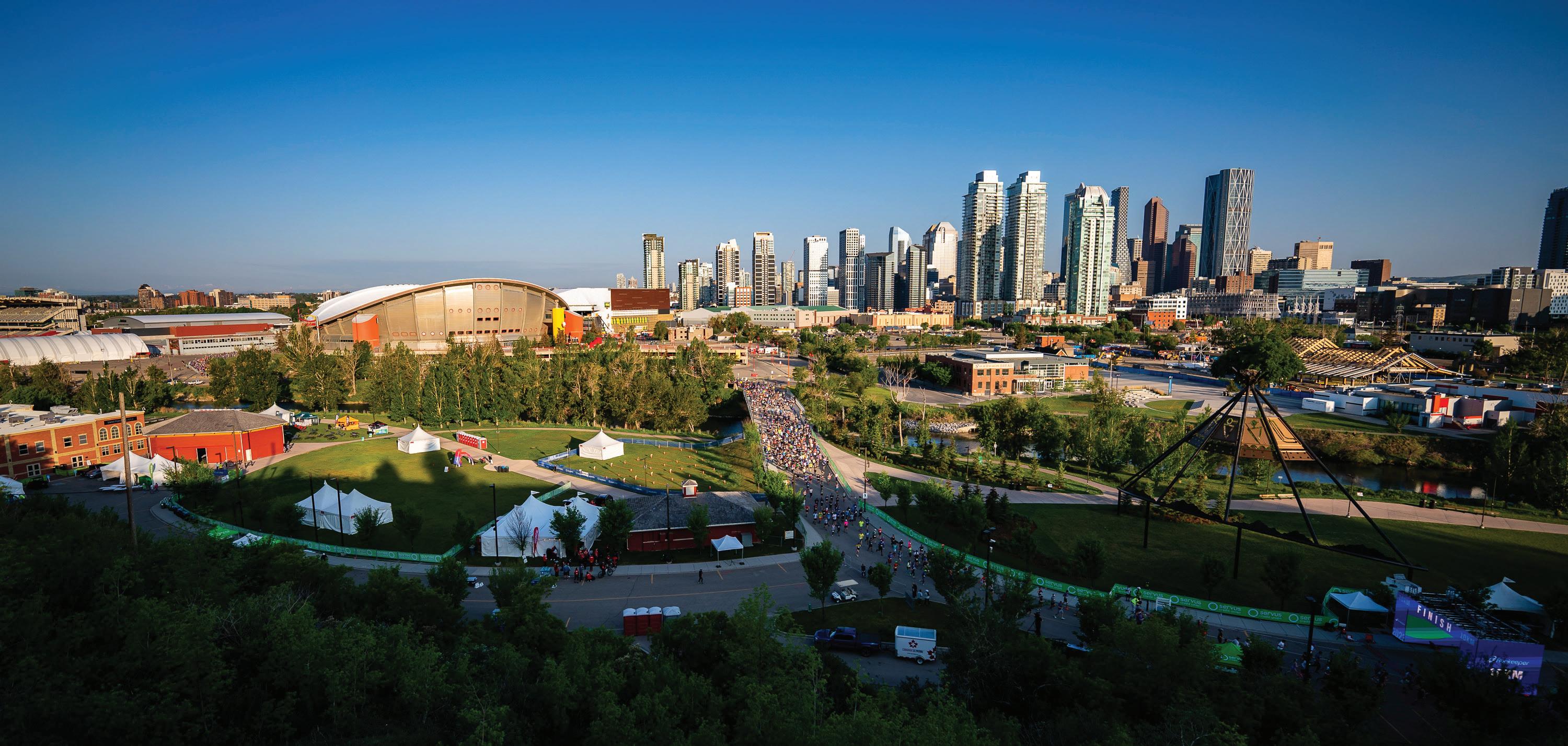

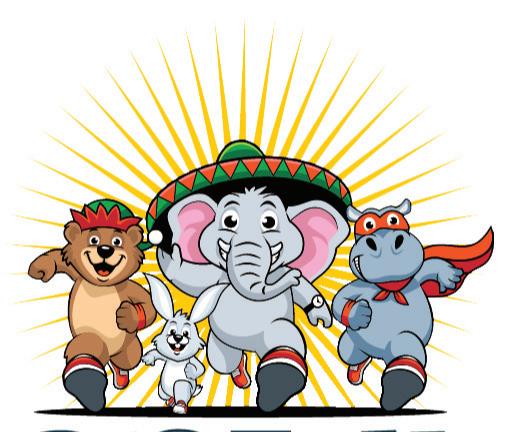
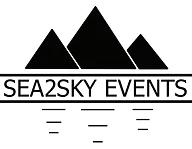



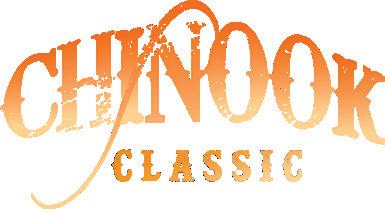

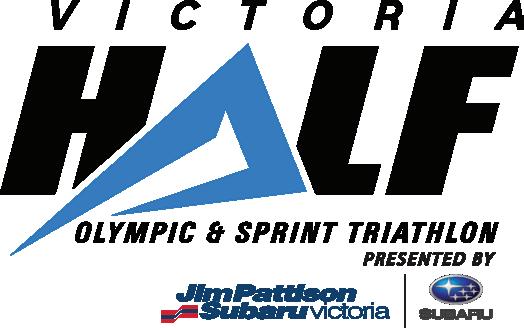



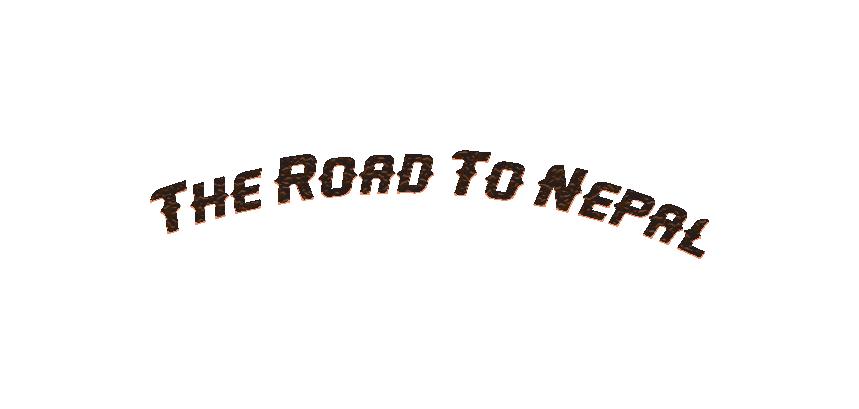
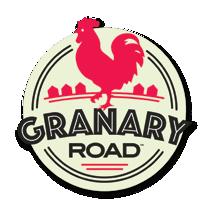







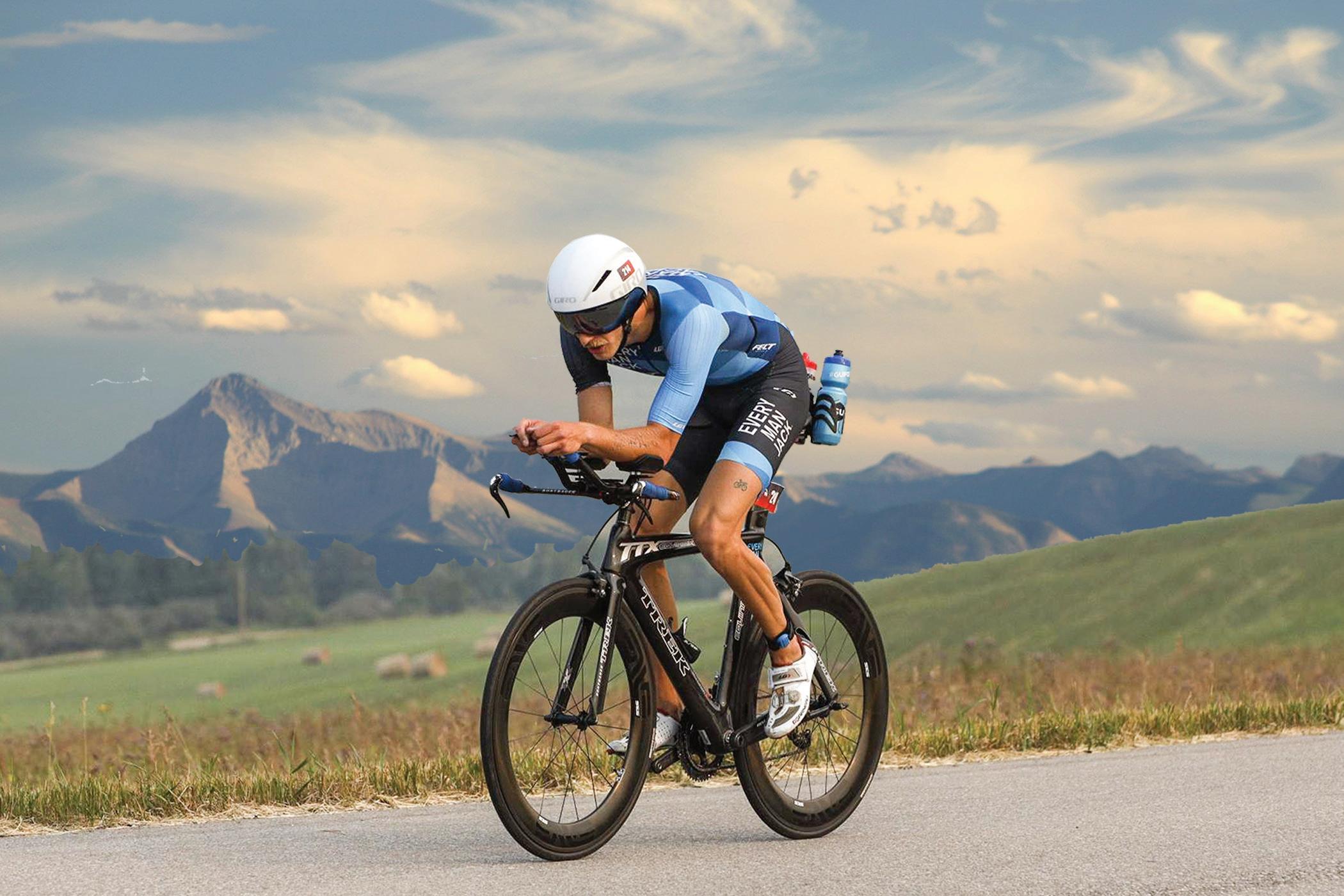



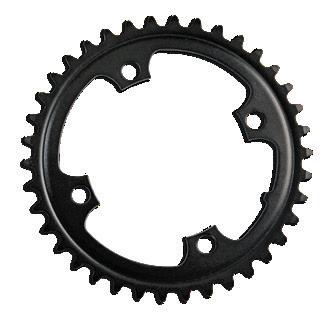


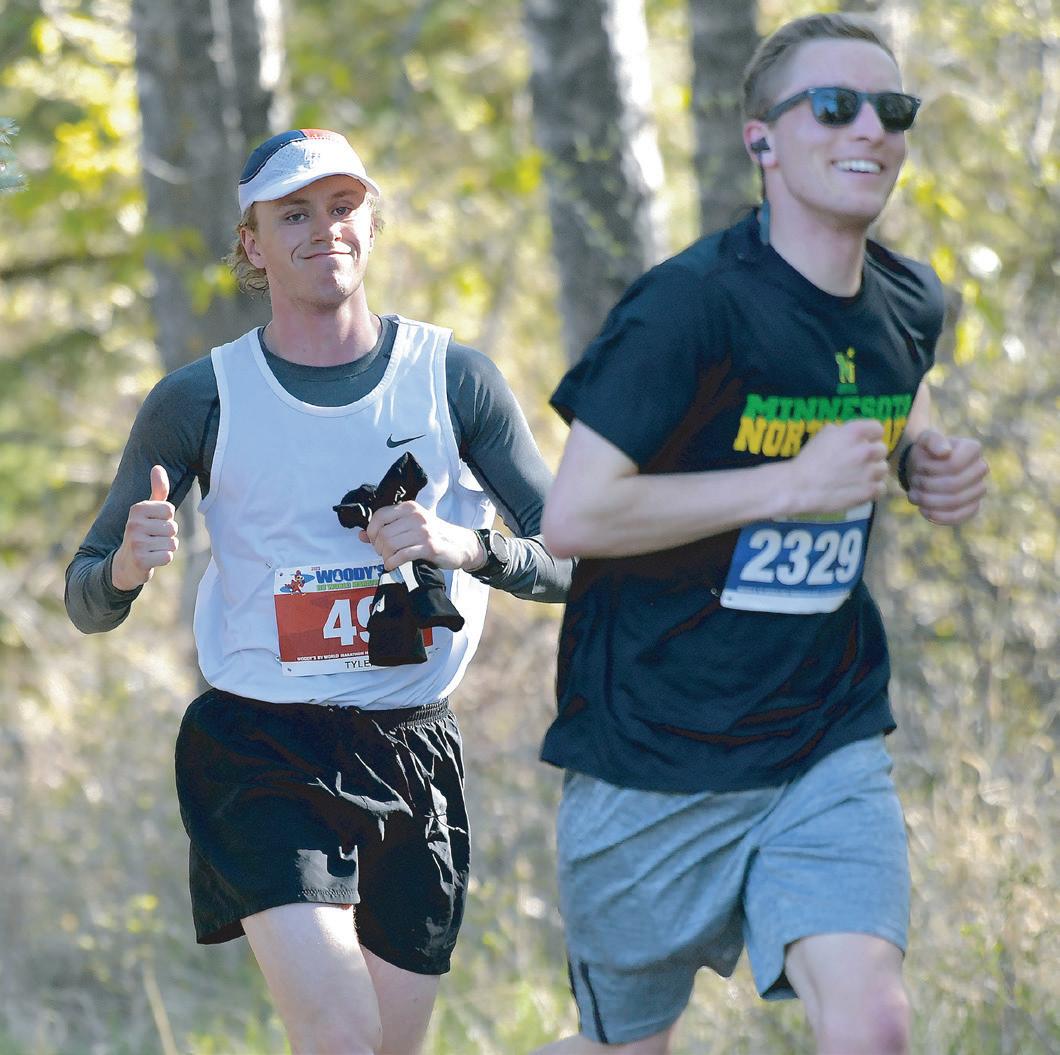
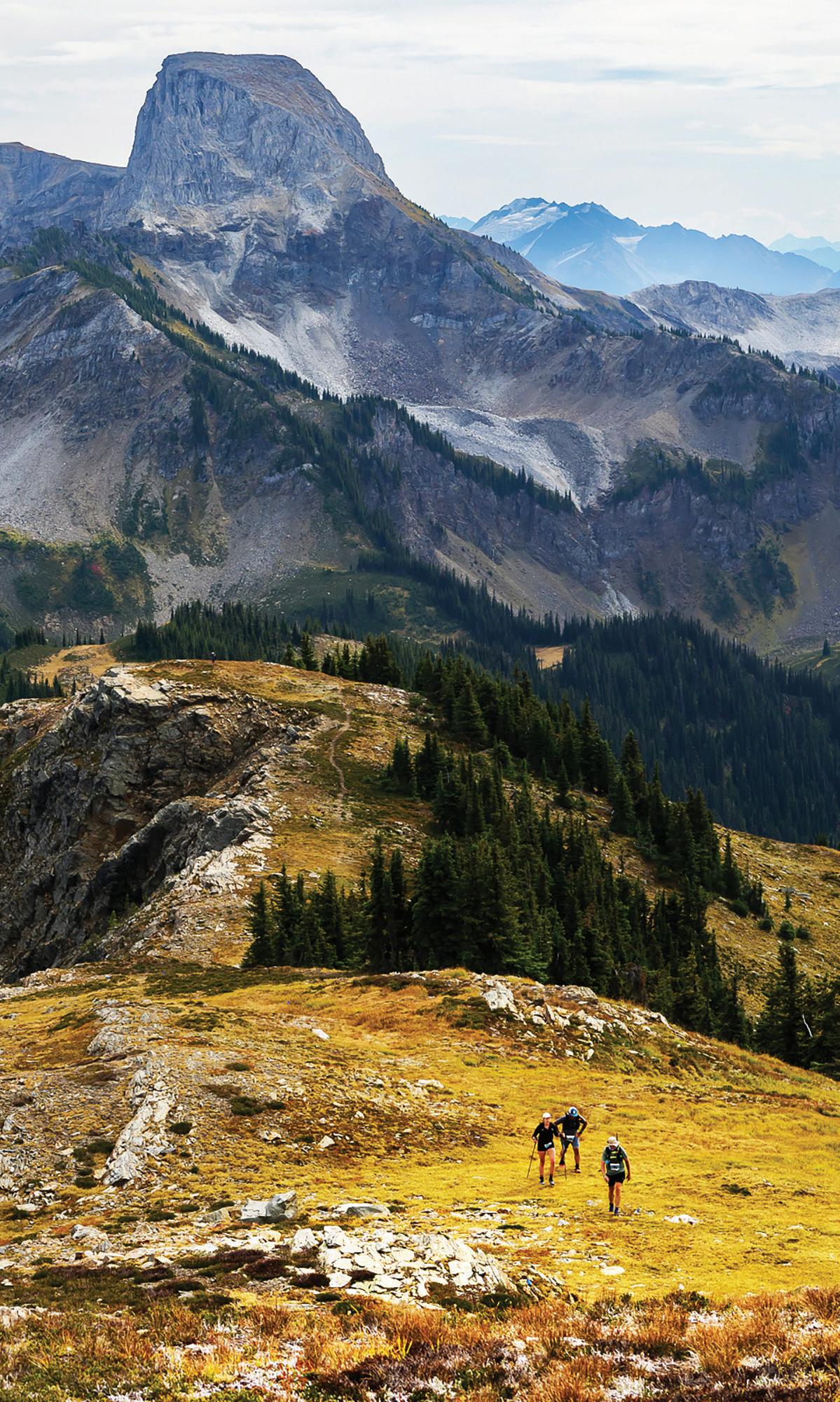

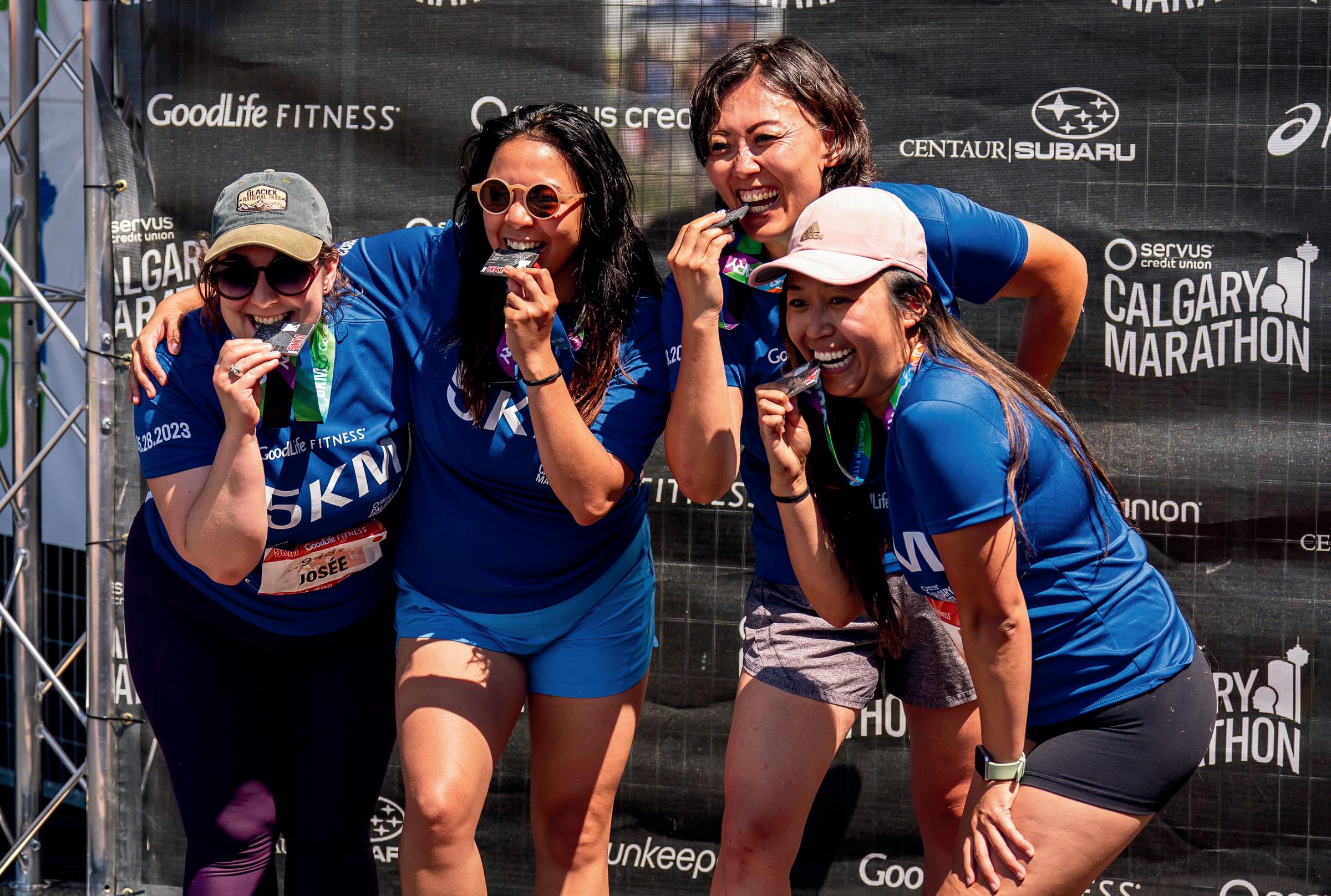
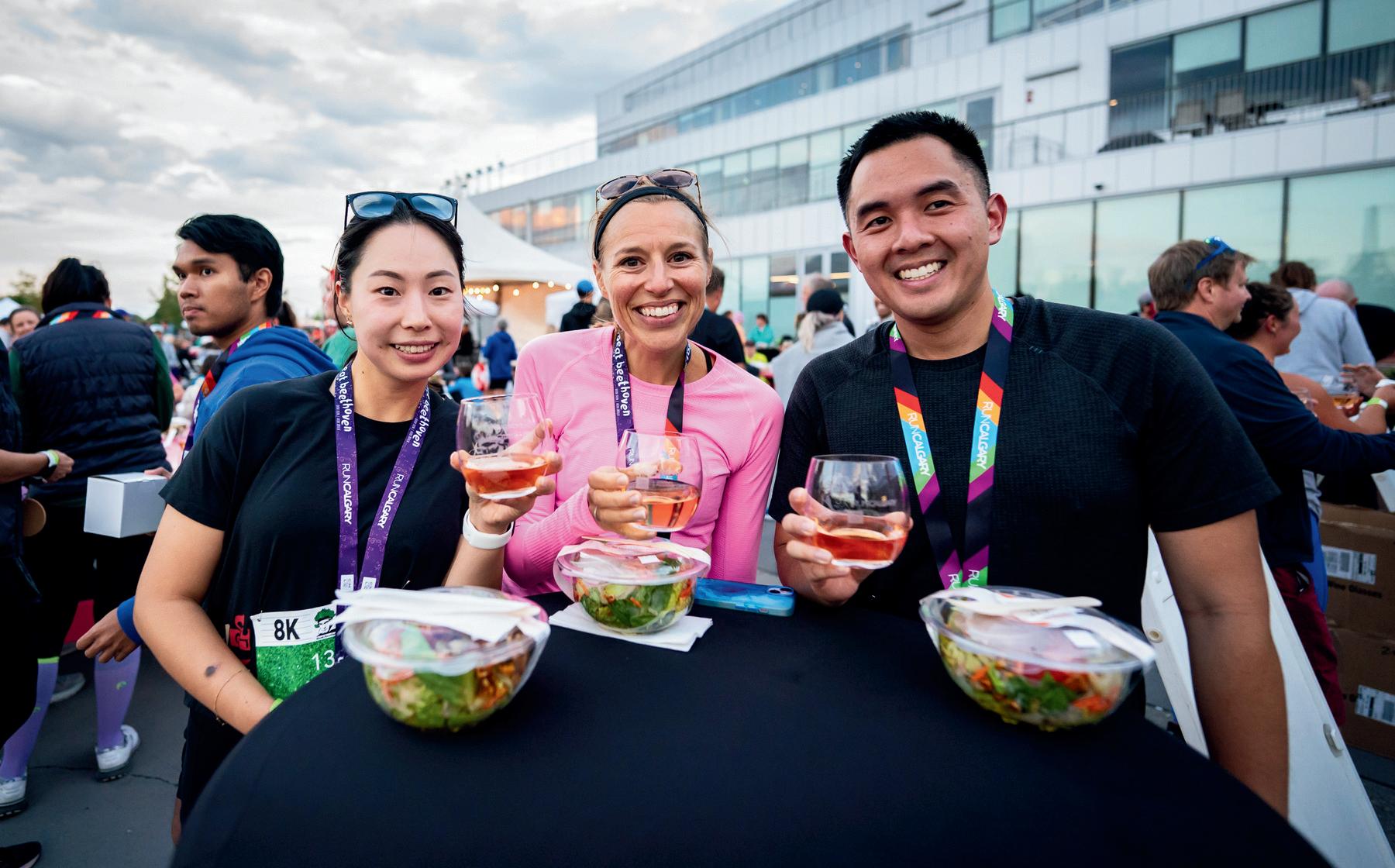
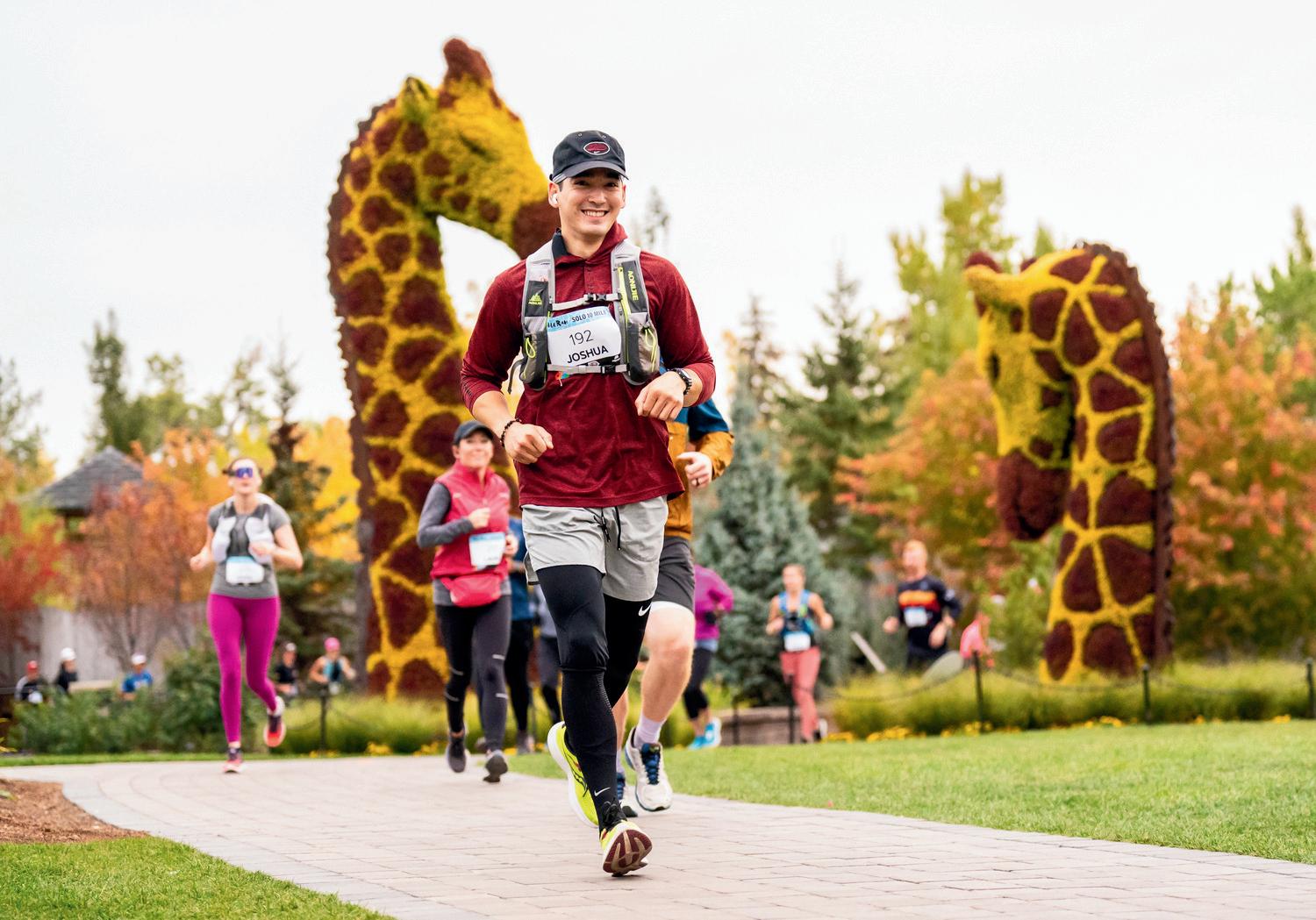
Our goal is to enrich lives and foster community through exceptional fitness experiences. We are kicking off the 2024 race season with the Sport Chek Mother’s Day Run, Walk & Wheel, followed by the 60th running of the Servus Calgary Marathon on Sunday May 26th.
Continuing into the summer/fall, we have our Stampede-themed Flapjack 15 virtual run, the Love is Love Mile, and music/wine-filled Beat Beethoven. Next up is the Wild Run (Calgary’s only zoo run), Dash of Doom and finally our popular 12K’s of Christmas virtual run!

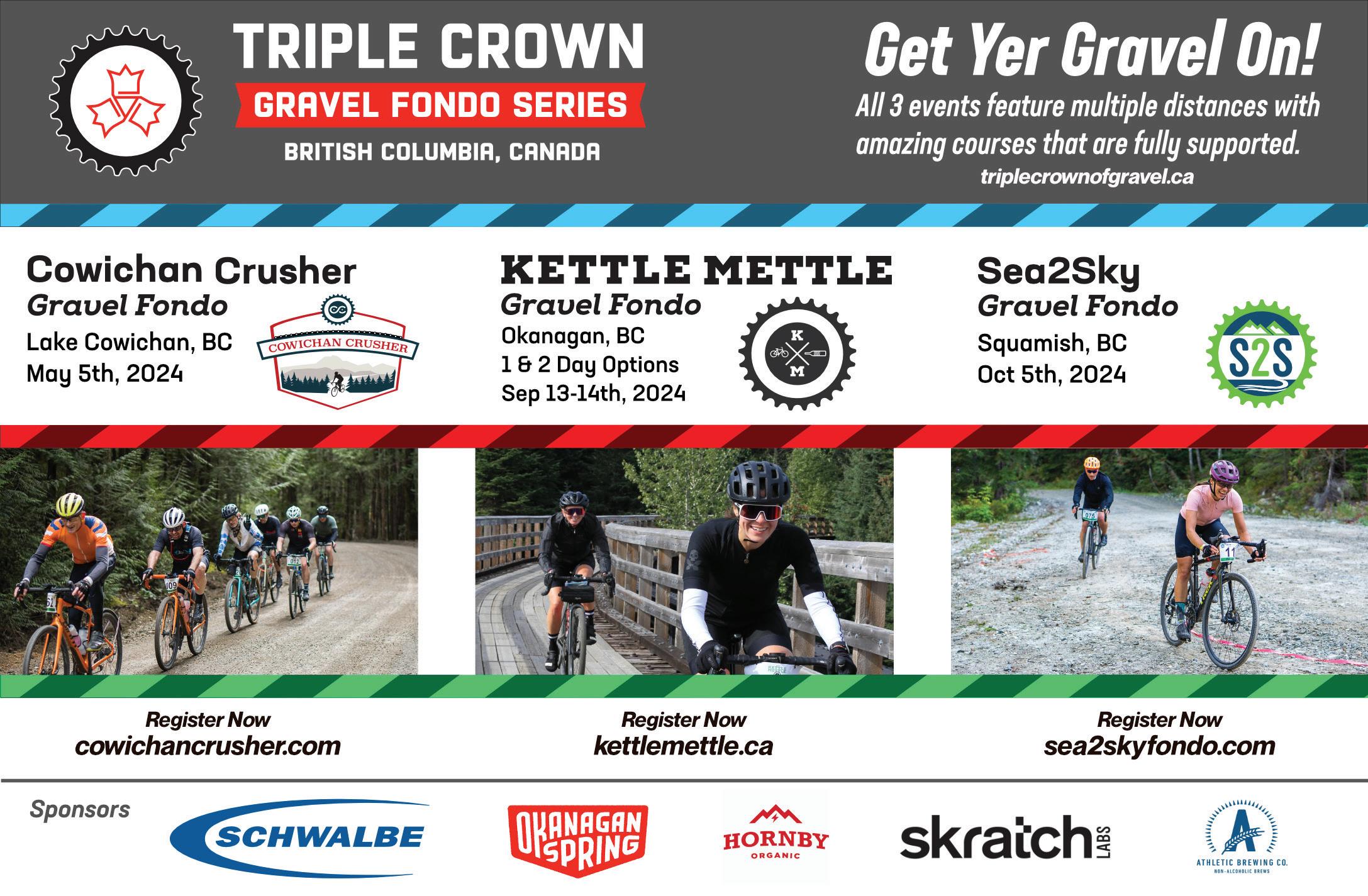


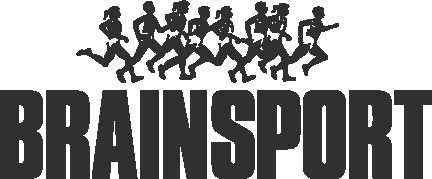


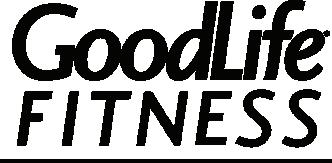
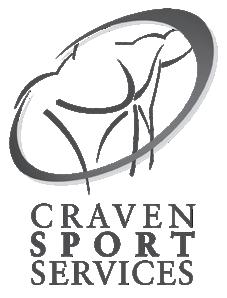


Through my ALS diagnosis, it is evident that a network of support is critical in navigating the ups and downs of this disease. My family has adapted extremely well to our uncertain future, while my immediate circle of friends continues to offer unconditional assistance in support of our day-to-day challenges.
Thank you to the ALS Society of Alberta and the ALS Clinic at South Health Campus for their unmatched support in helping us navigate these trying times. This is a phenomenal group of people whose care and concern we could not do without.
It’s a privilege to be named Ambassador for the 2024 Betty’s Run for ALS. Please join me and the ALS Alberta Community on June 9 to for a 5km walk, or 8km run to help raise awareness and funds for this terminal disease.

Register by scanning the QR code or visiting:


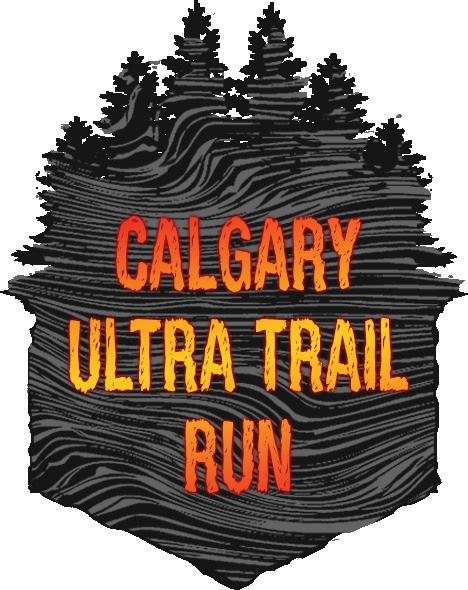
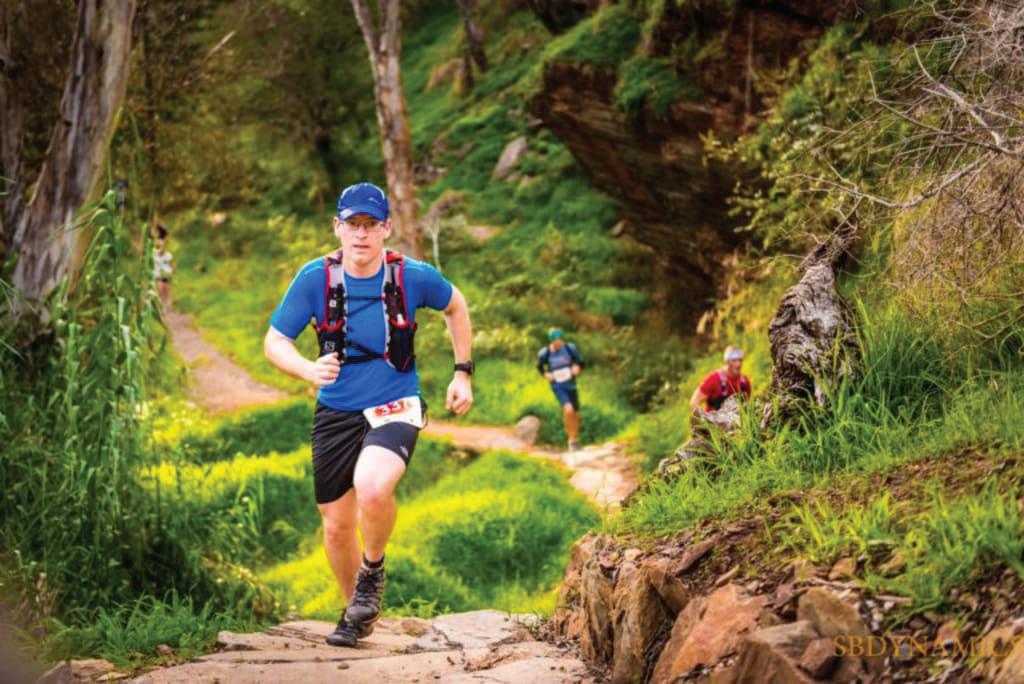










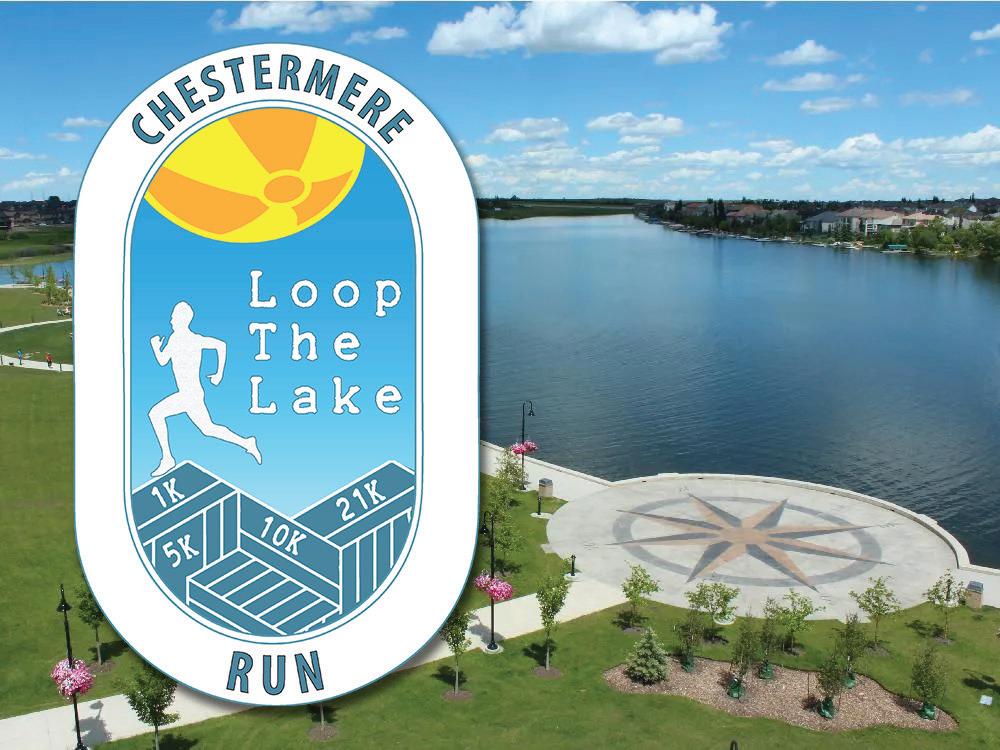
The Wasa Lake Triathlon is an annual event held in the stunning Wasa Lake Provincial Park of British Columbia. Our events include Trikids, Standard Triathlon, Sprint Triathlon, Super Sprint Triathlon, Standard Team, Aquabike (1500m swim+40km bike). The Wasa Warrior Challenge (Age 18+), which includes both the Sprint and Standard Triathlon distances is not available for 2024, possible return in 2025. * The 2024 events are subject to changes and will adapt and follow government requirements and restrictions if required
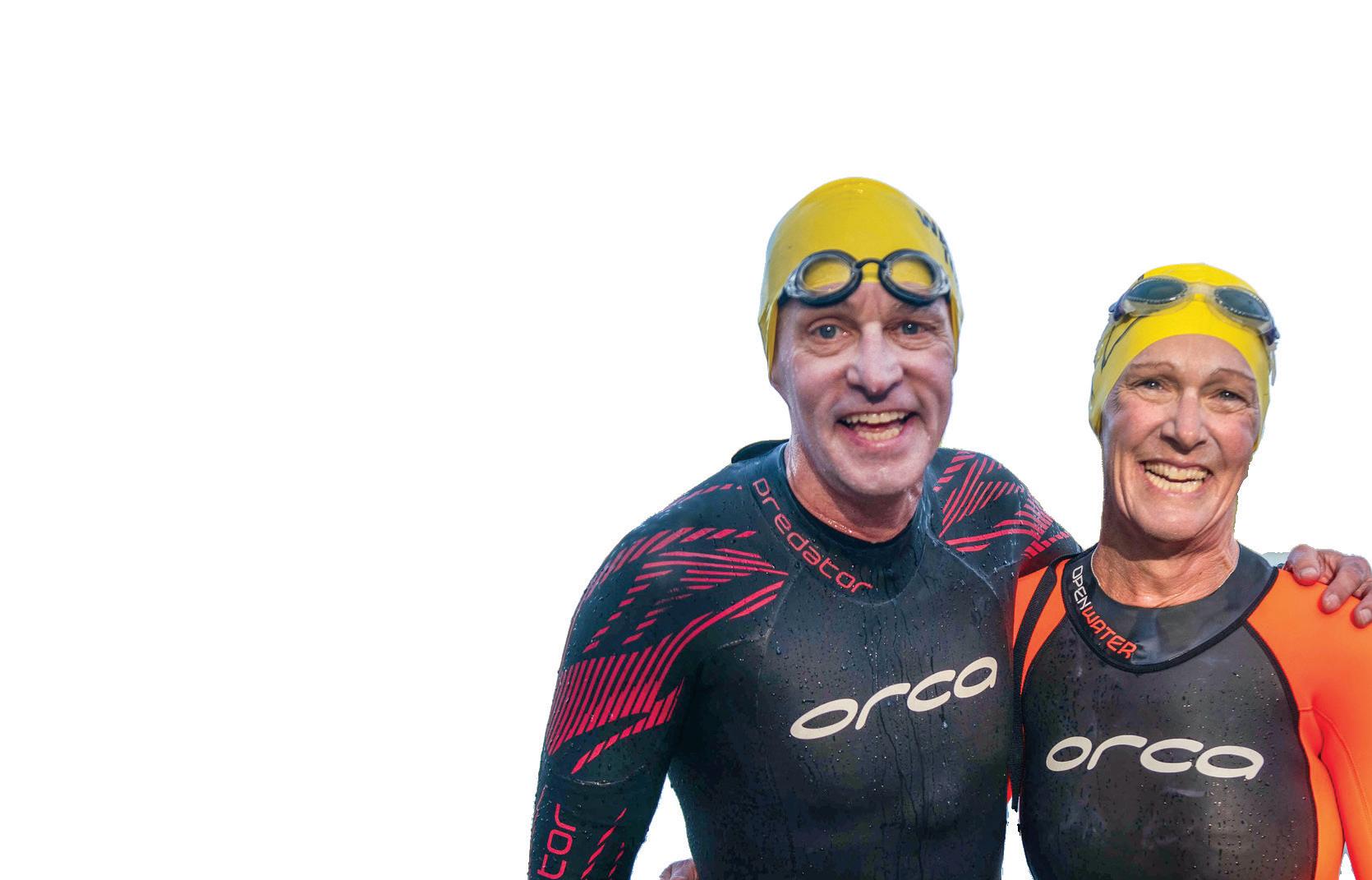

TO BE A YOUTH BC GAMES QUALIFIER EVENT East Kootenay, British Columbia
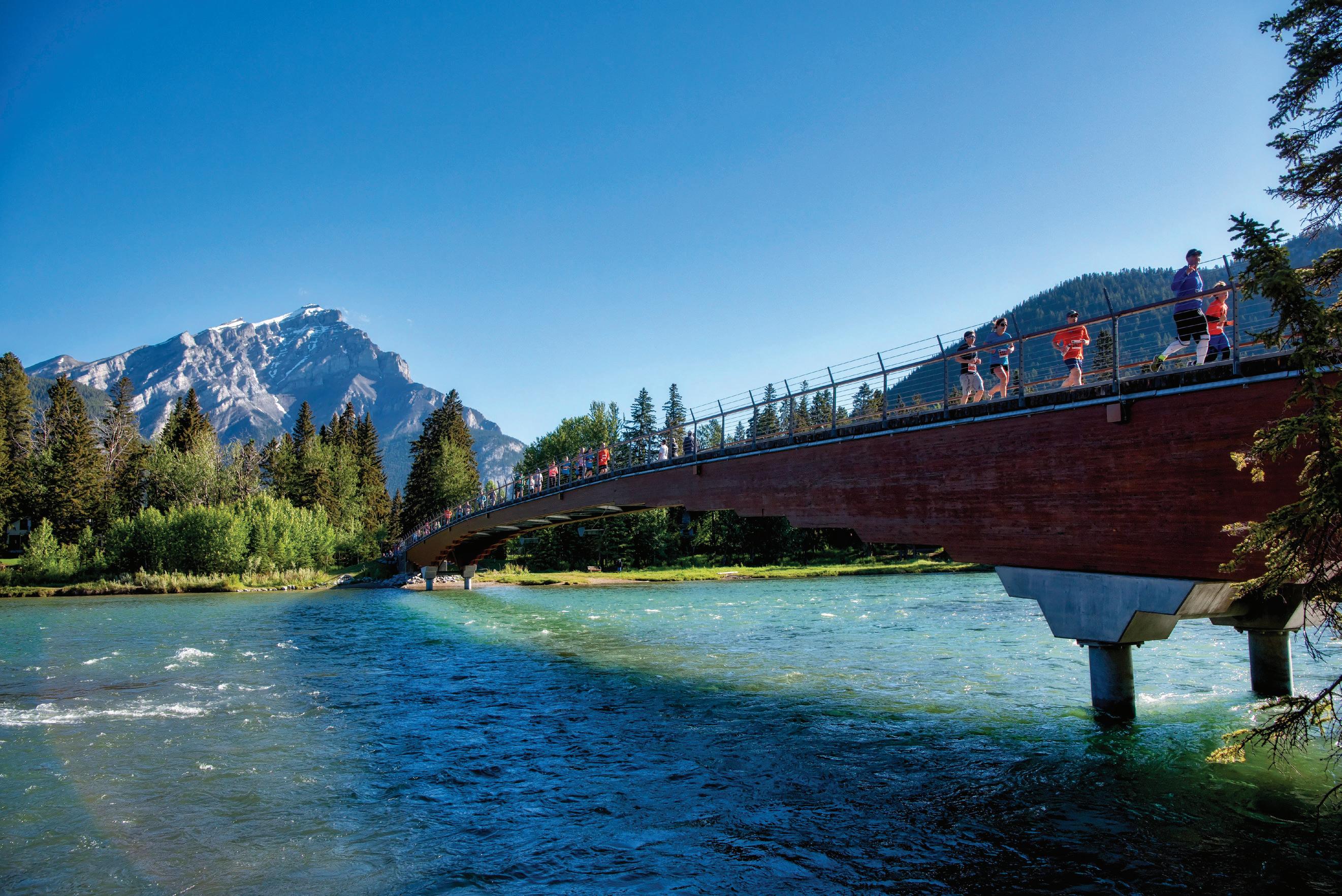



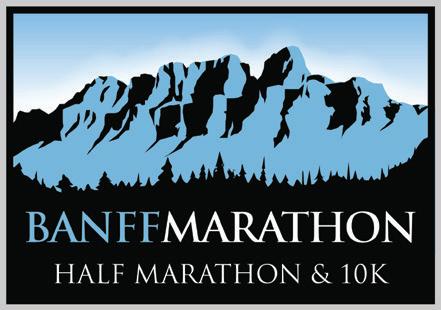
May 26 Oak Bay Half Marathon Victoria, BC
May 26 Edinburgh Marathon Edinburgh, Scotland
May 26 Saskatchewan Marathon Saskatoon, SK
May 26 MS Walk Multiple Locations
May 26 SUDBURYROCKS!!! Marathon Sudbury, ON
May 26 Subaru IRONMAN 70.3 Victoria, BC
May 26 Servus Calgary Marathon Calgary, AB
May 26 Shoppers Drug Mart® Run for Women - St. John’s St. John’s, NL
May 26 Shoppers Drug Mart® Run for Women - Markham Markham, ON
May 26 Ski to Sea Bellingham, WA
May 26 Plunge for the Cure Vancouver, BC
May 27 Hardwood Singletrack Classic Barrie, ON
May 28 La Course de la Releve Dolbeau, QC
Jun 01 Life Cycle (Jun 01 - 30) Virtual
Jun 01 Run for Water Trail Race 10K, 25K, 50K Trail Races Abbotsford, BC
Jun 01 Whistler Half Marathon Whistler, BC
Jun 01 Oliver Sprint/Standard Tri/Du Oliver, BC
Jun 01 Icefjord Midnight Marathon Ilulissat, Greenland
Jun 01 Pelee Island Winery Half Marathon Pelee Island, ON
Jun 01 Twelve Mile Creek Half Marathon St. Catharines, ON
Jun 01 Rock ‘n’ Roll Marathon: San Diego San Diego, CA
Jun 01 Newport Marathon and Half Newport, OR
Jun 01 Moon In June Road Race Burlington, ON
Jun 01 Vertical Slam Ultimate Challenge Taylor, BC
Jun 02 Dirty Feet Trail Run #2 Kelowna, BC
Jun 01 Drumheller Wild Rose Women's Run Drumheller, AB
Jun 02 Drumheller Wild Rose Women's Triathlon Drumheller, AB
Jun 02 Shoppers Drug Mart® Run for Women - Ottawa Ottawa, ON
Jun 02 Oliver Half Iron & Aquabike Oliver, BC
Jun 02 5 Peaks Trail Running Series: Whitemud Park Edmonton, AB
Jun 02 Footstock Cochrane, AB
Jun 02 Run Up for Down Syndrome Burnaby, BC
Jun 02 Subaru Triathlon Series Milton Milton, ON
Jun 02 Gutsy Walk for Crohn’s and Colitis Canada Multiple Locations
Jun 02 Course des Pompiers Laval, QC
Jun 02 Pharmaprix® Course pour les femmes - Quebec City Québec City, QC
Jun 08 The Banff Jasper Relay Banff, AB
Jun 08 Run, Walk & Ruck for Mental Wellness Regina, SK
Jun 08 Shoppers Drug Mart® Run for Women - Winnipeg Winnipeg, MB
Jun 08 Gran Fondo Jasper Jasper, AB
Jun 08 Calgary Ultra Trail Run Calgary, AB
Jun 08 Branch Out Bike Tour Invermere, BC
Jun 08 Women’s 4 Hour – Mountain Bike Relay Oro Station, ON
Jun 08 5 Peaks Trail Running Series: Rattlesnake Point Rattlesnake, ON
Jun 08 5 Peaks Trail Running Series: Canmore #1 Canmore, AB
Jun 08 Tri for Evan Calgary, AB
Jun 08 The Weekend To Conquer Cancer Toronto, ON
Jun 08 Shoppers Drug Mart® Run for Women - Toronto Toronto, ON
Jun 08 Shoppers Drug Mart® Run for Women - Saskatoon Saskatoon, SK
Jun 08 Enbridge Ride to Conquer Cancer Multiple Locations
Jun 08 Run Regina I Love Regina Run & Walk Regina, SK
Jun 09 Manulife Heart & Stroke Ride for Heart Toronto, ON
Jun 09 Ride Don't Hide Victoria, BC
Jun 09 Wasa Lake Triathlon Cranbrook, BC
Jun 09 Betty's’ Run for ALS Calgary, AB
Jun 09 Ride Don't Hide Kelowna, BC
Jun 09 Survivorfest Running Event Sherwood Park, AB
Jun 09 TRi KiDS Triathlon Series - Burlington Burlington, ON
Jun 09 Tour De Grand Cambridge, ON
Jun 09 Victoria Youth Triathlon Victoria, BC
Jun 09 Spring ARK Fest Burlington, ON
Jun 09 Welland Open Water Swim & SwimRun Challenge Welland, ON
Jun 09 RBC Race for the Kids Vancouver, BC
Jun 09 Dirty Feet Mtn Bike Race Kamloops, BC
Jun 09 Pharmaprix® Course pour les femmes - Montreal Montréal, QC
Jun 09 Shoppers Drug Mart® Run for Women - Hamilton Hamilton, ON
Jun 09 Shoppers Drug Mart® Run for Women - Calgary Calgary, AB
Jun 09 Applewood Valley Gran Fondo Fort Langley, BC
Jun 14 The Longest Day Road Race Vancouver, BC
Jun 14 TransRockies Golden Rush Golden, BC
Jun 15 Chinook Classic Triathlon Chestermere, AB
Jun 15 Shoppers Drug Mart® Run for Women - London London, ON
Jun 15 Chestermere Loop the Lake Run Chestermere, AB
Jun 15 Mont-Tremblant Spartan Trifecta Weekend Mont-Tremblant, QC
Jun 15 Niagara Ultra Niagara Falls, ON
Jun 15 North Sun Ultra Edmonton, AB
Jun 15 Subaru Triathlon Series Guelph Lake 1 Guelph, ON
Jun 15 Tour du Lac Brome Knowlton, QC
Jun 15 TriGator for Kids Elmira, ON
Jun 15 Big Five Marathon Limpopo, South Africa
Jun 15 Kelowna Wine Country Half Marathon Kelowna, BC
Jun 15 Gravel Unravel: Bon Jon Pass Out Quilcene, WA
Jun 15 Sadownik Miles for Smiles 1-24 hrs Fort St John, BC
Jun 15 Run To The Farmers’ Market Half Marathon Millarville, AB
Jun 15 Dirty Feet Beat The Buzzer Kamloops, BC
Jun 15 Subaru 5i50 Sprint Triathlon Mont-Tremblant, QC
Jun 15 MS Bike Multiple Locations
Jun 16 Manitoba Marathon Winnipeg, MB
Jun 16 Banff Marathon, Half Marathon & 10K Banff, AB
Jun 22 CFB Esquimalt Navy Run Victoria, BC
Jun 22 Midnight Sun Marathon Tromsø, Norway
Jun 22 Woody’s Triathlon Red Deer, AB
Jun 22 Woody’s Triathlon - Kids of Steel Red Deer, AB
Jun 22 MultiSport Canada Rose City Triathlon Weekend Welland, ON
Jun 22 Slay The Dragon Trail Running Race Vernon, BC
Jun 22 Minotaur SkyRace and Mini-Taur 10 km Crowsnest Pass, AB
Jun 22 Seattle Kids Marathon Seattle, WA
Jun 22 Seattle Marathon Seattle, WA
Jun 22 Padden Triathlon Bellingham, WA
Jun 22 Kananaskis 100 Mile Relay Race Kananaskis, AB
Jun 22 Wild Rose Women's Gran Fondo Innisfail, AB
Jun 23 IRONMAN 70.3 Mont-Tremblant Mont-Tremblant, QC

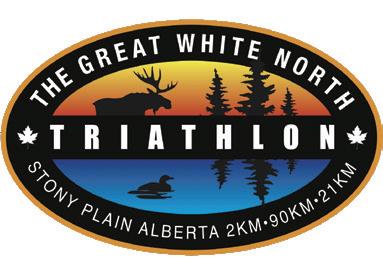

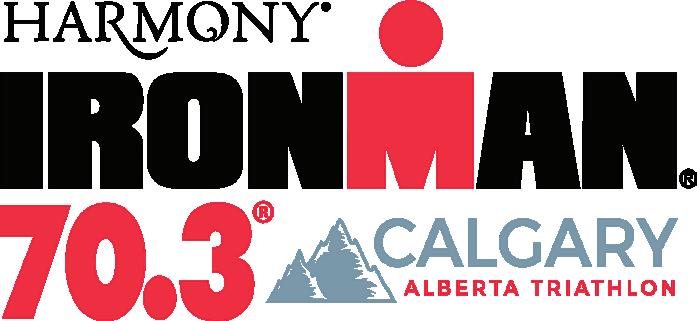


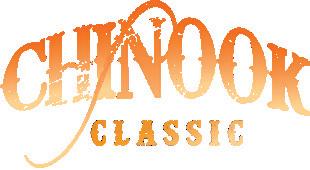
www.platinumracing.ca


START: Oil elds Arena, Diamond Valley (formerly Black Diamond) at 7:30 a.m.
FINISH: Millarville Farmers’ Market, Millarville Racetrack
A half marathon, two-person half marathon relay and the COBS Cinnamon Bun Run (8 miles) are all point-to-point near Calgary, nishing at the Millarville Farmers’ Market, southern Alberta’s largest outdoor market.
Enjoy a morning of running, shopping, music and great food. EXCELLENT SWAG, including a unique nisher’s medal.
ENTRY FEES:
Half Marathon - $85 until March 31, $95 until May 31, $105 until June 8
Half Marathon Relay - $135 until March 31, $155 until May 31, $175 until June 8
COBS Cinnamon Bun Run 8-Miler - $75 until March 31, $85 until May 31, $95 until June 8 *free shuttle service pre- and post-race for runners

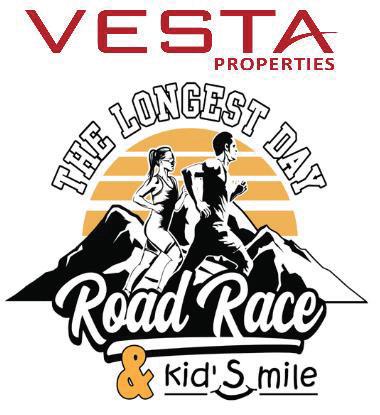

Enjoy an evening run on UBC’s beautiful campus followed by Vancouver’s

BBQ | LIVE BAND KIDS’ PLAY ZONE BEER GARDEN PICNIC AREA




Fernie Gravel Grind
July 12 – 14
A weekend-long cycling event for all ages on some of Canada’s best gravel routes. Multiple distances, race categories and fun activities. Open to anyone & everyone. Choose Your Adventure in
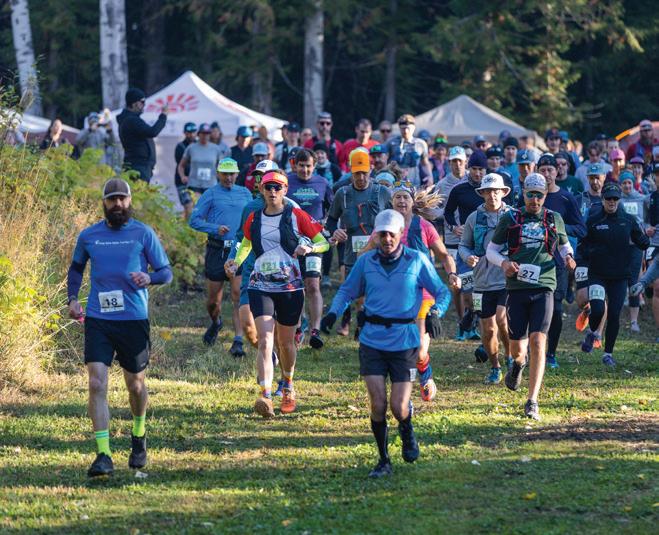
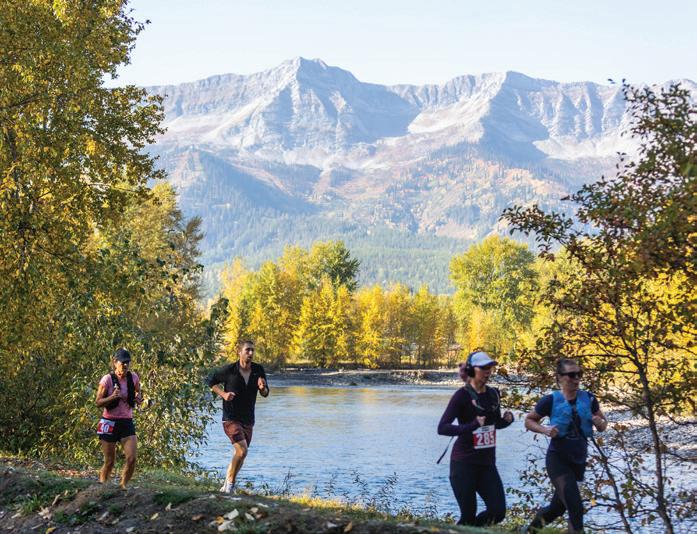
Elk Valley Ultra 15km / 50km
July 27
A high-vert alpine trail running race offering the iconic 50km route encompassing some of Fernie’s best trails and jaw dropping views, or a punchy 15km counterpart.
Lone Wolf Backyard Ultra
September 21
Trail running endurance race with a twist – the last racer standing wins.
Solo or 2-person team options available. Fun and inclusive!
Fernie Half Marathon
October 06
Three race style options: Solo Half Marathon, 3-Runner Relay and 10km or 5km Run / Walk. This event has become a classic in Southeastern BC.
Combine your desire to challenge yourself with a well-deserved getaway. Stay for the weekend and enjoy all Fernie has to offer.
Jun 23 Kal RATS Sprint Triathlon Vernon, BC
Jun 23 Vancouver Half Marathon & 5K Vancouver, BC
Jun 23 Shoppers Drug Mart® Run for Women - WHITBY Whitby, ON
Jun 23 Shoppers Drug Mart® Run for Women - Victoria Victoria, BC
Jun 23 Chinook Classic Gran Fondo Calgary, AB
Jun 26 Yukon River Quest Whitehorse, YK
Jun 29 Powderface Marathon & Half Marathon Powderface Mountain, AB
Jun 29 Lake Windermere Aquathlon Windermere, BC
Jul 01 Canada Day Road Race Multiple Locations
Jul 01 Diamond Valley Splash and Dash Turner Valley, AB
Jul 01 Cavendish SwimRun Challenge Cavendish, PE
Jul 01 BC Bike Race North Vancouver, BC
Jul 05 Québec Mega Trail Beaupré, QC
Jul 05 Flapjack 15 Virtual
Jul 06 Gran Fondo Badlands Drumheller, AB
Jul 06 The Limberlost Challenge Lake of Bays, ON
Jul 06 Summit 700 presented by Salomon Blue Mountain Resort, ON
Jul 06 Soup 2 Nutz Vernon, BC
Jul 06 MultiSport Canada Bracebridge Triathlon & Duathllon Bracebridge, ON
Jul 06 XTERRA Victoria Victoria, BC
Jul 06 VFAC Summerfast 10K Vancouver, BC
Jul 06 Alpha - 005 Ham-Sud, QC
Jul 07 Okanagan Trestles Tour Penticton, BC
Jul 07 Collingwood Open Water Swim & SwimRun Challenge Collingwood, ON
Jul 07 Stampede Road Race Calgary, AB
Jul 07 IRONMAN 70.3 Muskoka Huntsville, ON
Jul 07 Okanagan Rail Ride Vernon, BC
Jul 07 SAGELANDS Half Iron, Triathlon Osoyoos, BC
Jul 07 Great White North Triathlon Stony Plain, AB
Jul 10 Le Tour du Lac Labrecque Labrecque, QC
Jul 11 TransRockies Singletrack 6 Castlegar, BC
Jul 12 XTERRA Quebec Québec City, QC
Jul 12 Fernie Gravel Grind Weekend Fernie, BC
Jul 13 Sinister 7 Ultra - 100 mile, 50 mile, 50 km Crowsnest Pass, AB
Jul 13 Knee Knackering North Shore Trail Race West Vancouver, BC
Jul 13 Mud Hero Ottawa Ottawa, ON
Jul 13 San Lorenzo River Marathon Santa Cruz, CA
Jul 13 Reggie Ramble Gravel Grinder Warkworth, ON
Jul 13 Kenora Mudskipper Challenge & Open Water Swim Kenora, ON
Jul 13 5 Peaks Trail Running Series: Albion Hills Albion Hills, ON
Jul 14 Prospera Granfondo Axel Merckx Okanagan Penticton, BC
Jul 14 Dirty Feet Trail Run #3 Vernon, BC
Jul 14 Victoria Half Olympic & Sprint Triathlon Victoria, BC
Jul 14 Toronto Triathlon Festival Toronto, ON
Jul 14 Summerside Open Water Swim & SwimRun Challenge Summerside, PEI
Jul 17 MRA Family Ice Cream Run #2 Winnipeg, MB
Jul 19 Summer Night 5K London, ON
Jul 20 5 Peaks Trail Running Series: Cypress Mountain West Vancouver, BC
Jul 20 Young Hearts Triathlon Invermere, BC
Jul 20 Broken Goat Rossland, BC
Jul 20 Tour de Whatcom Bellingham, WA
Jul 20 Interior Savings Across the Lake Swim Kelowna Kelowna, BC
Jul 20 5 Peaks Trail Running Series: Bowmont Park Calgary, AB
Jul 20 Bluewater Triathlon and Duathlon Brights Grove, ON
Jul 20 The Range Gravel Cycling Classic Claresholm, AB
Jul 20 Red Deer Spartan Event Weekend Red Deer, AB
Jul 20 XTERRA Conquer the Crater Sudbury, ON
Jul 20 Sylvan Lake Open Water Swim Sylvan Lake, AB
Jul 20 Totem to Totem Marathon Skidegate, Haida Gwaii, BC
Jul 20 Gravel Unravel: Why-Not-Chee Wynoochee Lake, WA
Jul 20 La Course de la Traversée Roberval, QC
Jul 20 Kincardine Women’s Triathlon Kincardine, ON
Jul 20 Enbridge Tour Alberta for Cancer Strathmore, AB
Jul 21 Heart of the Rockies Triathlon & Duathlon Invermere, BC
Jul 21 Heart of the Rockies Open Water Swim Invermere, BC
Jul 21 Heart of the Rockies Gran Fondo Invermere, BC
Jul 21 5 Peaks Trail Running Series: Goldbar Edmonton, AB
Jul 21 Parry Sound Open Water Swim and SwimRun Challenge Parry Sound, ON
Jul 21 Nova Scotia Marathon/Half Marathon and 10K Barrington, NS
Jul 24 The Midsummer 8K Kelowna, BC
Jul 24 Victoria Splash & Dash Championships Victoria, BC
Jul 27 Nasty Nuttby Killer 5km Nuttby, NS
Jul 27 Buckin’ Hell North Vancouver, BC
Jul 27 Elk Valley Ultra Fernie, BC
Jul 27 Summer Epic 8 Hour MTB Relay Barrie, ON
Jul 27 XMan Gatineau Gatineau, QC
Jul 27 Australian Outback Marathon Yulara, Australia
Jul 27 MS Bike Grand Bend to London Grand Bend, ON
Jul 27 Toronto Carnival Run Toronto, ON
Jul 27 Jack and Jill’s Downhill Marathon North Bend, WA
Jul 27 IRONMAN 70.3 Calgary Rocky View, AB
Jul 28 IRONKIDS Calgary Calgary, AB
Jul 28 Capilano Volkswagen Cypress Challenge West Vancouver, BC
Jul 28 Subaru Triathlon Series Owen Sound Owen Sound, ON
Jul 30 The Lucky Triathlon Festival Woodland, WA
AUGUST 2024 Location
Aug 03 Rattlesnake Island Swim Peachland, BC
Aug 03 Canadian Death Race - 118 km Grande Cache, AB
Aug 03 Tour de Lavender Sequim, WA
Aug 03 Ottawa Spartan Event Weekend Calabogie, ON
Aug 04 Camarillo Marathon Camarillo, CA
Aug 04 Canaqua Sports Midsummer Classic Welland, ON
Aug 04 Back-Country Trail Run & Mtn Bike Race Elkwater, AB
Aug 05 Dartmouth Natal Day Road Race Dartmouth, NS
Aug 07 La Petite Patte Jeannoise Métabetchouan, QC
Aug 07 Not Since Moses Five Islands, NS
Aug 09 Fat Dog 120 Trail Race Manning Park, BC
Aug 09 Columbia River Triathlon & Endurance Sports Festival Vancouver, WA
Aug 10 Subaru Iron Girl Canada Women’s Triathlon Grimsby, ON
Aug 10 Mud Hero Manitoba Winnipeg, MB
Aug 10 Bruce Peninsula Multisport Race Wiarton, ON





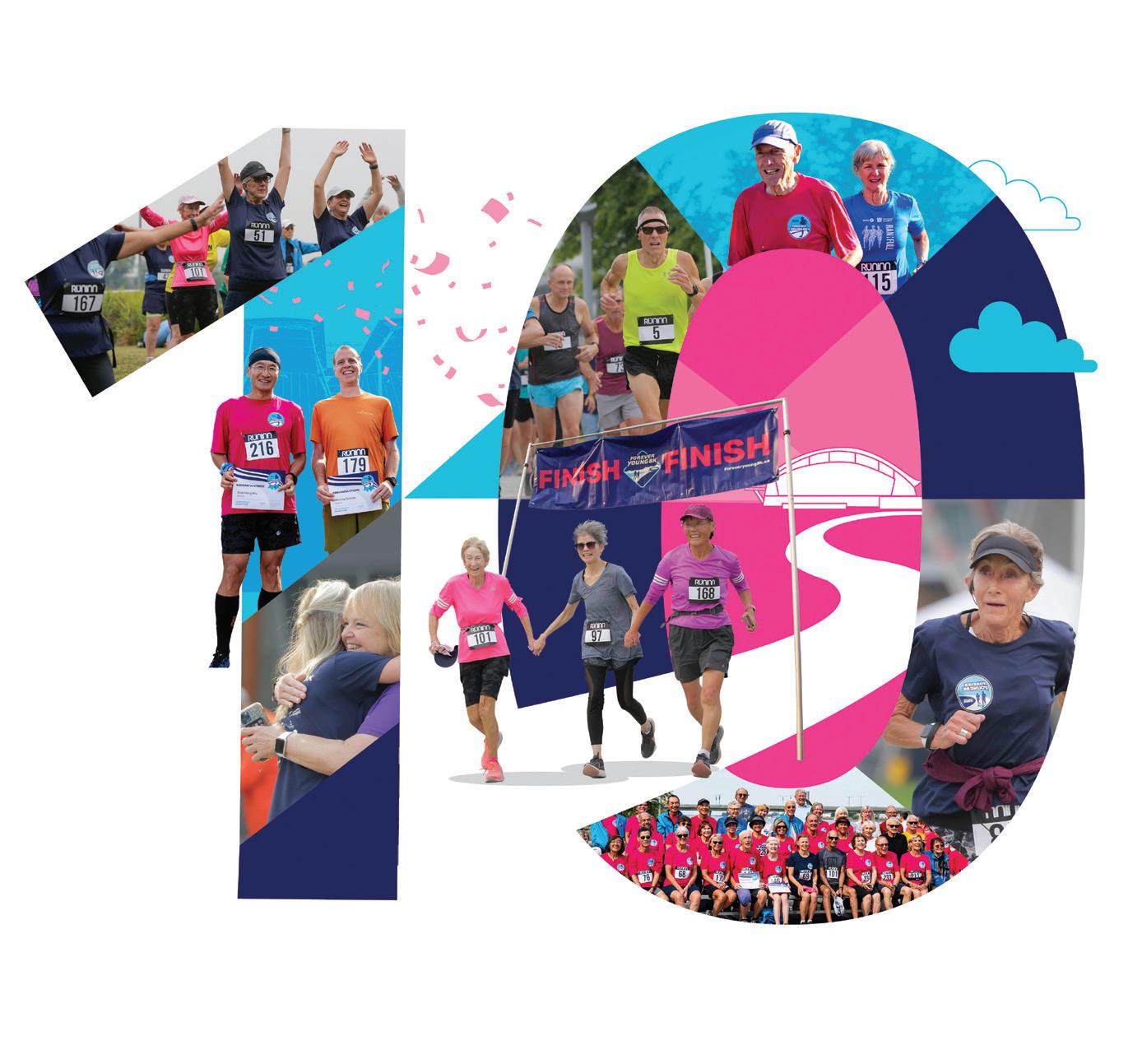
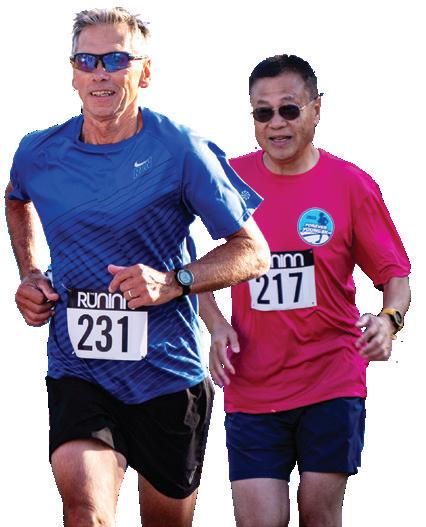
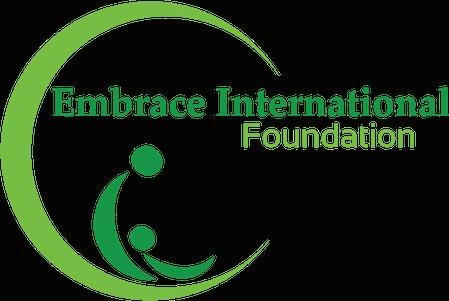
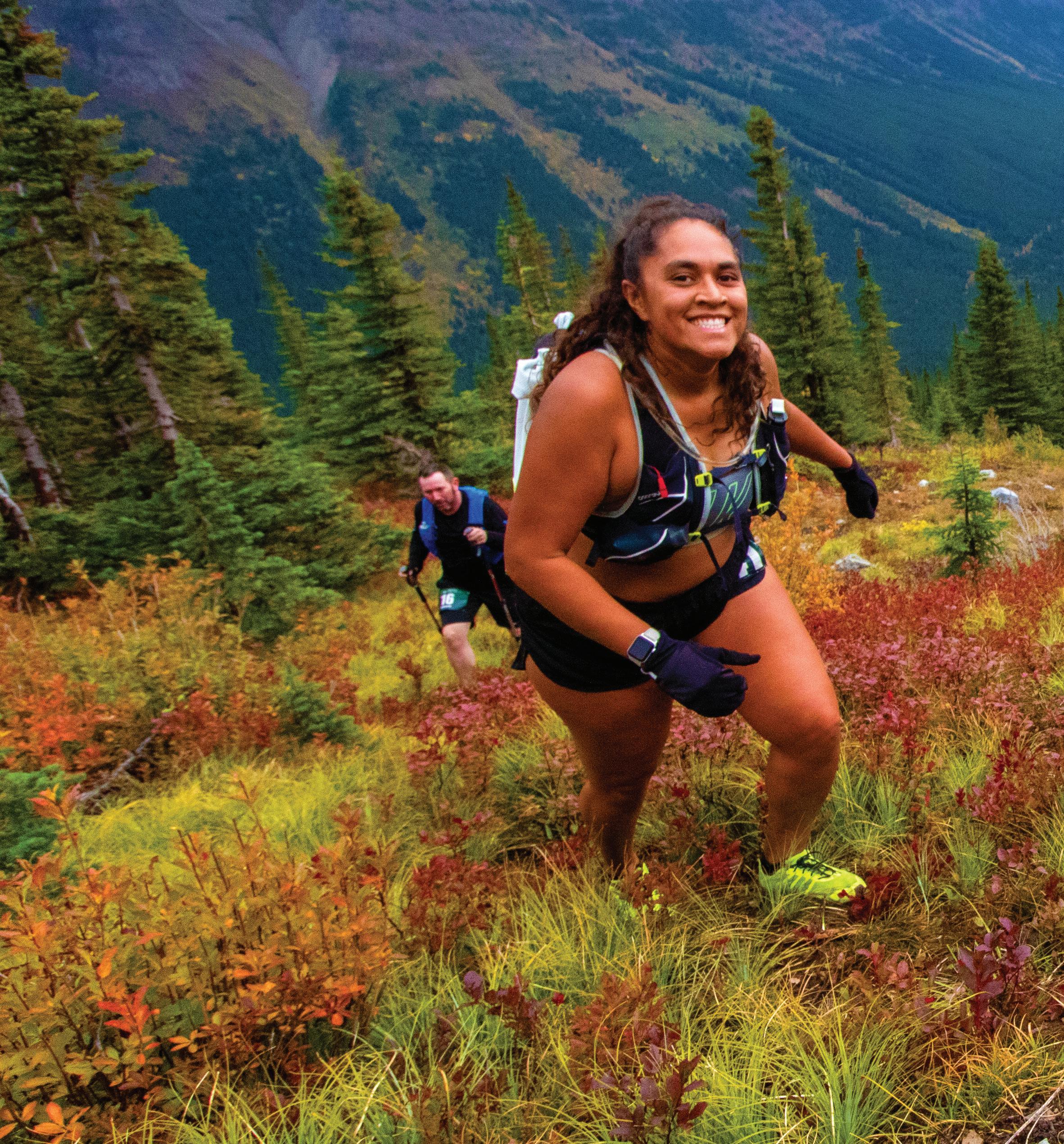
Few places in Alberta are more scenic than Castle Provincial Park in the fall, with the slopes covered in fiery red brush and bright tamarack. The valley is now home to Castle Alpine Trail Race; one of Canada’s most remarkable mountain runs. “This is a special place in our province,” says race director Brian Gallant, adding, “I love everything about the area and I want people to get the chance to enjoy it”.
Hosted at Castle Mountain Resort, the race, which is affectionately known as CAT, offers the experience of a big alpine trail race in a single day. This is a classic trail

run covering two mountain summits and one of the most serene alpine valleys in the region. Each stage starts and ends at the resort, so it is easy to take advantage of the services throughout the day. CAT combines wide-open vistas, rugged single track, a bit of off-trail alpine running, and lots of climbing. At 28 km, it is not an extraordinarily long race distance-wise, but will challenge everyone with its elevation and rugged terrain. The eight-and-a-half-hour time limit means that there is a high finish rate so it is a great event for people who are new to trail running. The race is open to solo runners and teams of two or three.
As the day winds down, racers get to enjoy live music, a catered BBQ meal, and a bonfire with their competition and the race crew.
Register early if you want to reserve a spot. Due to the sensitive landscape and wildlife movement in the area, the race is capped at 200 people. If you are feeling extra ambitious, CAT is also a part of the Sinister Sports Four Horsemen series, where competing in any solo distance in Sinister 7 Ultra, Canadian Death Race, Black Spur Ultra, and CAT earns you a unique belt buckle.
Aug 10
Rock the Quarry Tri and Mile Swim
Aug 10 Loop the Lake Invermere
Aug 10 Pinawa Multisport Festival
Aug 11 Mont-Tremblant Half-Marathon
Aug 11 Lake Chaparral Triathlon
Aug 11 Skaha Lake Swim
Aug 12 TransRockies Run
Aug 12 La Course Endurance du Fjord
Aug 14 Big Superhero Run
Aug 17 Calgary Wild Rose Women's Run
Aug 17 Iron Legs Mountain Races
Aug 17 Kalamalka Lake Swim
Goshen, IN
Invermere, BC
Pinawa, MB
Montréal, QC
Calgary, AB
Penticton, BC
Buena Vista, CO
La Baie, QC
Richmond, BC
Calgary, AB
Bragg Creek, AB
Cold Stream, BC
Aug 17 MultiSport Canada Toronto Island Triathlon Toronto Island, ON
Aug 17 Squamish 50 Squamish, BC
Aug 17 MS Bike - Ottawa to Brockville Ottawa, ON
Aug 17 Dirty Feet Heartbreak 100K, 50K & Relay! Kamloops, BC
Aug 17 Ryder Hesjedal’s Tour de Victoria Victoria, BC
Aug 17 TRi KiDS Triathlon Series - Niagara Port Colborne, ON
Aug 17 I love Regina Run
Regina, SK
Aug 18 Wild Rose Women’s Triathlon Calgary, AB
Aug 18 Wooly Bully Races
Amherst Island, ON
Aug 18 Servus Edmonton Marathon Edmonton, AB
Aug 18 Annapolis Royal 5K
Annapolis Royal, NS
Aug 18 Run the Rock Marathon Texada Island, BC
Aug 23 TransRockies Gravel Royale Panorama, BC
Aug 23 The Full Stoke 3 Days Revelstoke, BC
Aug 23 The Half Stoke 3 Days Revelstoke, BC
Aug 24 The Stoked Scramble Revelstoke, BC
Aug 24 The Stoked Ultra Revelstoke, BC
Aug 24 Helsinki Marathon Helsinki, Finland
Aug 24 Kelowna Made Festival Kelowna, BC
Aug 24 Kelowna Spartan Trifecta Weekend Kelowna, BC
Aug 24 Tri-S’more Tri-Diva Strathmore, AB
Aug 24 Toronto Women’s Run 10K/5K Toronto, ON
Aug 24 Black Spur Ultra - 108 km & 54 km Kimberley, BC
Aug 24 Prison Break Race Rawdon, QC
Aug 24 MultiSport Canada Wasaga Beach Tri & Duathlon Wasaga Beach, ON
Aug 24 Sioux Narrows Swim Festival Sioux Narrows, ON
Aug 24 Gruesome Twosome 22K, 11K & 5K Aldergrove BC
Aug 24 Moose Mountain Trail Races West Bragg Creek, AB
Aug 25 Calgary Women’s Run Calgary, AB
Aug 25 5 Peaks Trail Running Series: Chickakoo Chickakoo Lake, AB
Aug 25 Cobequid Trail Run Truro, NS
Aug 25 Subaru IRONMAN 70.3 Canada Penticton, BC
Aug 31 XMan Quebec Québec City, QC
Aug 31 5 Peaks Trail Running Series: Whistler Blackcomb Whistler, BC
Aug 31 Gellatly Bay Swim West Kelowna, BC
Aug 31 Subaru Triathlon Series - Guelph Lake 2 Guelph, ON
SEPTEMBER 2024 Location
Sep 01 TRi KiDS Triathlon Series - Milton Milton, ON
Sep 01 Fast Days of Summer 5000 Kelowna, BC
Sep 01 Love is Love Mile Calgary, AB
Sep 01 Kauai Marathon and Half Marathon Koloa, HI
Sep 02 Vancouver Triathlon Vancouver, BC
Sep 04 Petra Desert Marathon Petra, Jordan
Sep 06 Marathon des Châteaux du Médoc Bordeaux, France
Sep 06 Klondike Road Relay Whitehorse, YK
Sep 06 Lost Soul Ultra Lethbridge, AB
Sep 06 Ultra Trail Harricana La Malbaie, QC
Sep 06 Kidney March Calgary, AB
Sep 07 Marathon des Châeaux du Médoc Pauillac, France
Sep 07 Finlayson Arm 28K/50K/100K Victoria, BC
Sep 07 Peak Challenge Apex Mountain, BC
Sep 07 GOAT (Great Olympic Adventure Trail) Run Port Angeles, WA
Sep 07 Ladakh Marathon Leh, India
Sep 07 Triathlon Esprit de Montréal Montréal, QC
Sep 07 5 Peaks Trail Running Series: Canmore #2 Canmore, AB
Sep 07 5 Peaks Trail Running Series: Crawford Lake Crawford Lake, ON
Sep 07 Patagonian International Marathon Puerto Natales, Chile
Sep 07 Kootenay Gran Fondo Cranbrook, BC
Sep 07 High River Race High River, AB
Sep 07 RBC Gran Fondo Whistler Whistler, BC
Sep 07 Appletree Marathon, Half & 5K Vancouver, WA
Sep 08 GMS Queen City Marathon Regina, SK
Sep 08 Walk in the Park Kamloops, BC
Sep 08 30 km des Rives de Boucherville Boucherville, QC
Sep 08 Canmore Rocky Mountain Half Marathon, 10K & 5KCanmore, AB
Sep 08 Constantine Yorkville Run Toronto, ON
Sep 08 Cultus Lake Swim Cultus Lake, BC
Sep 08 Dinosaur Valley Half Marathon Drumheller, AB
Sep 08 Kananaskis Run Bike Run BLITZ Duathlon Kananaskis, AB
Sep 08 Forever Young 8K Richmond, BC
Sep 10 The Divide 200 - 200 mile Crowsnest Pass, AB
Sep 13 Golden Ultra Golden, BC
Sep 13 Kettle Mettle Dirty Fondo 2 Day Okanagan, BC
Sep 14 Kettle Mettle Klassic Dirty Fondo 1 Day Penticton, BC
Sep 14 Terminator Run for Youth Addiction Awareness Calgary, AB
Sep 14 Cancervive Ride for Wellspring Banff, AB
Sep 14 Oasis ZooRun Toronto, ON
Sep 14 Freaky Creeky 50 Vernon, BC
Sep 14 Tough Mudder Toronto Weekend Toronto, ON
Sep 14 Beaver Flat 50 Saskatchewan, SK
Sep 14 Swamp Donkey Adventure Race Falcon Lake, MB
Sep 14 Tobermory Trail Race Weekend – Run The Edge Tobermory, ON
Sep 14 5 Peaks Trail Running Series: Mt. Seymour North Vancouver, BC
Sep 15 Mt. Baker Hill Climb Deming, WA
Sep 16 Moran Constitutional Relay Orcas Island, WA
Sep 21 Lone Wolf Backyard Ultra Fernie, BC
Sep 21 Mind Over Mountain Adventure Race Cumberland, BC
Sep 21 Castle Alpine Trail Race - 28 km Crowsnest Pass, AB
Sep 21 River’s Edge Ultra Parkland, AB
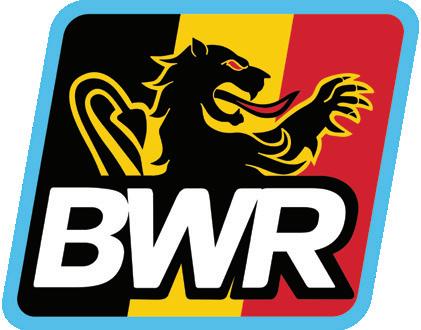
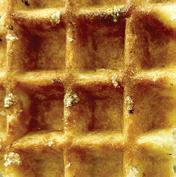

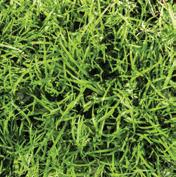
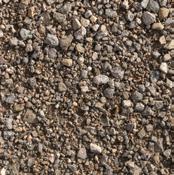
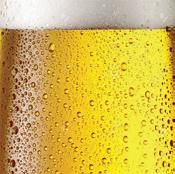


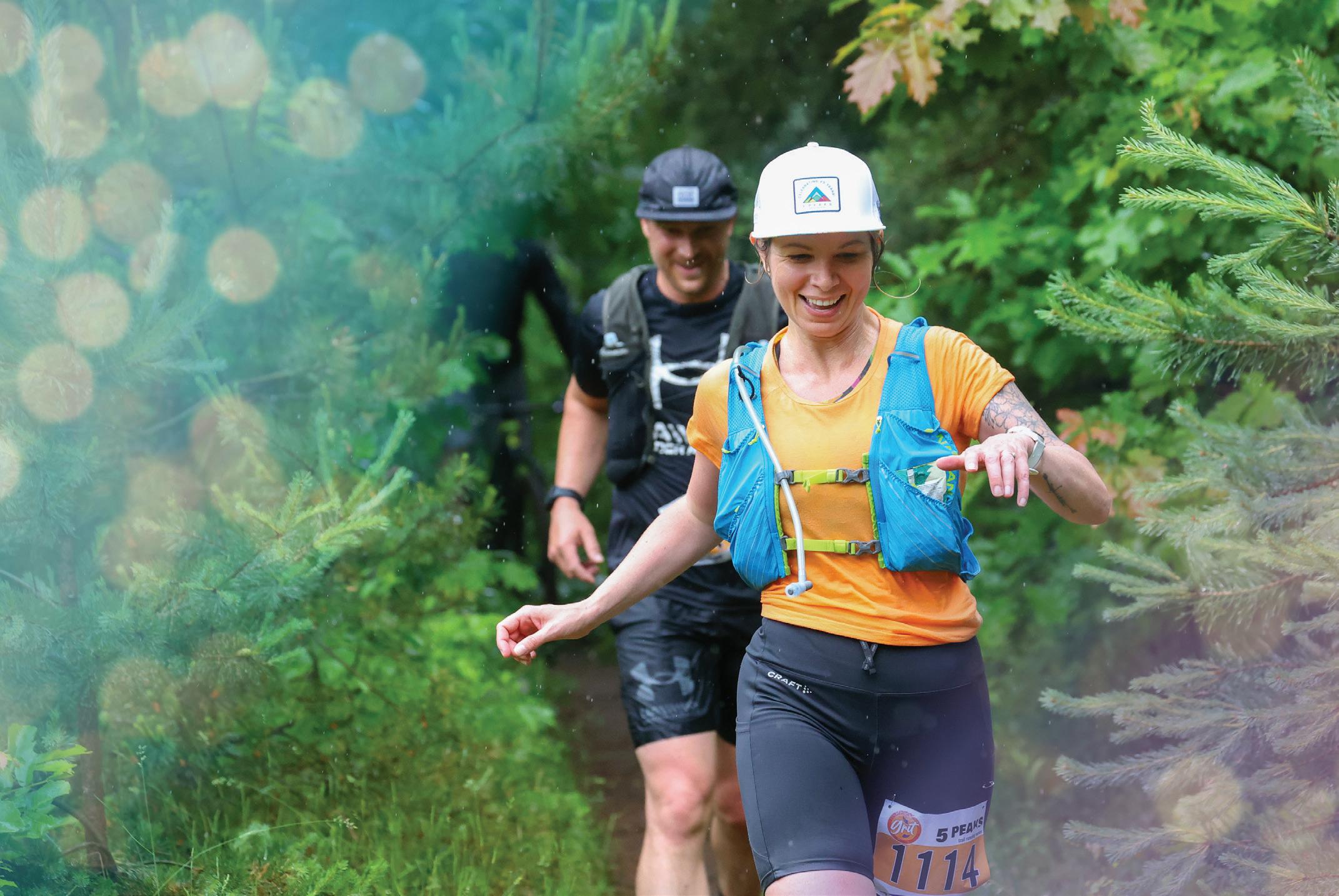
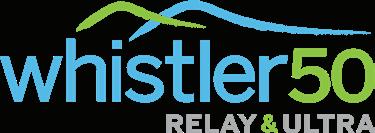
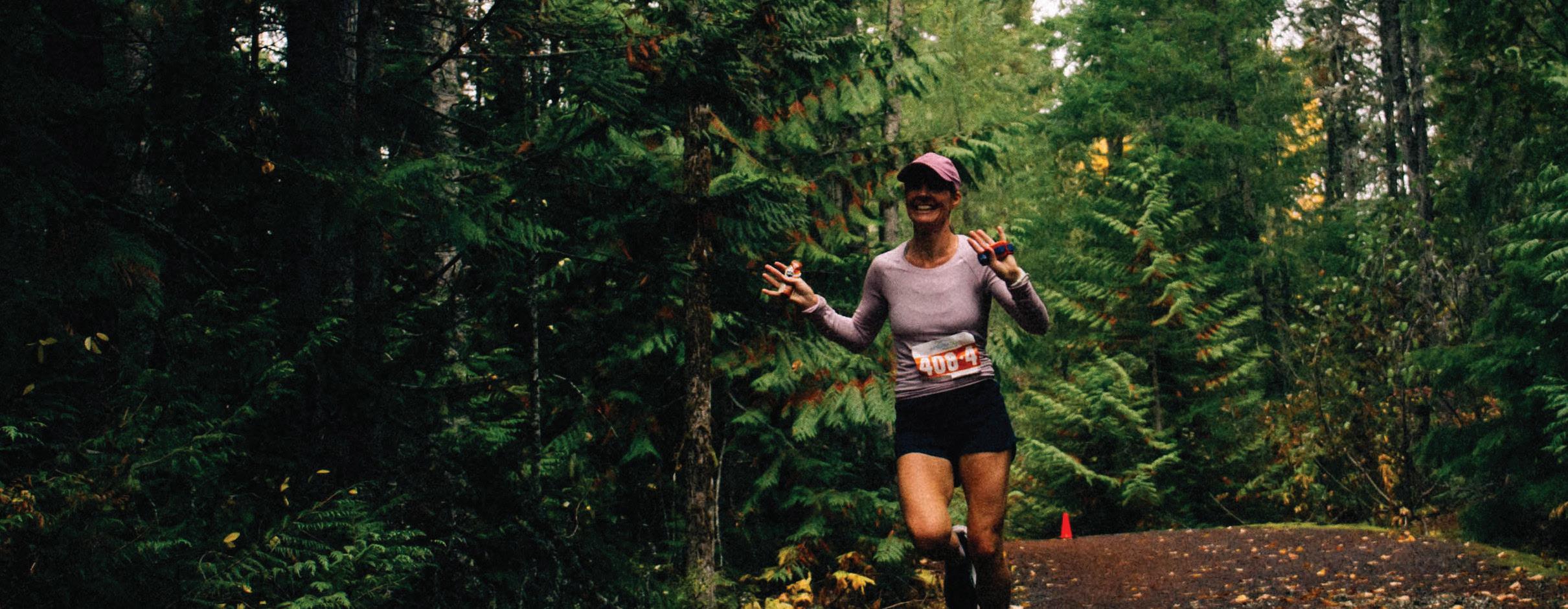

WHISTLER 50 RELAY & ULTRA
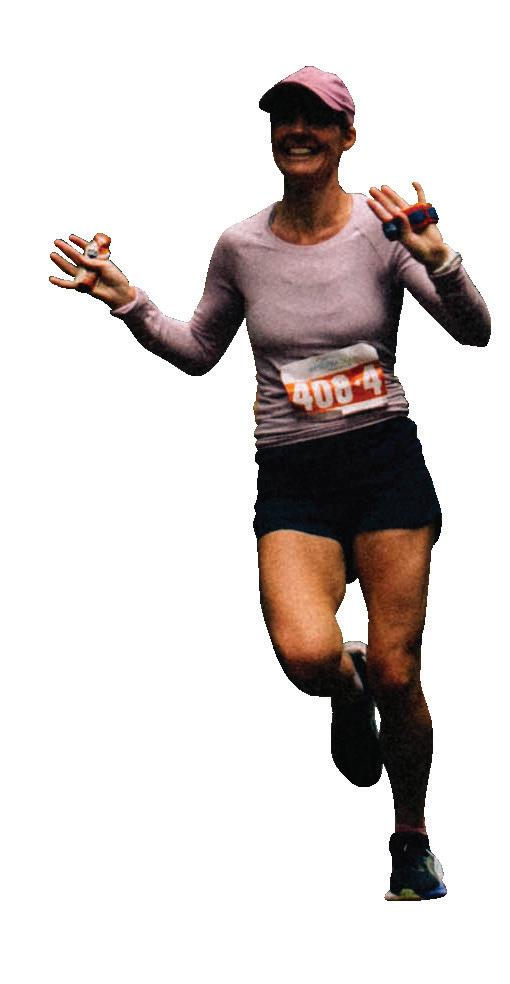

• BEGINNERS ULTRA OF 50K – 5x 10km loops, so you are never more than 10km from civilisation (aka nice toilets, an aid station, cheering friends and family members!)
• TEAM RELAY – 50 miles (80km) for groups of 4 or 8 members running 10km or 20km each ENTER AT WHISTLER50.COM

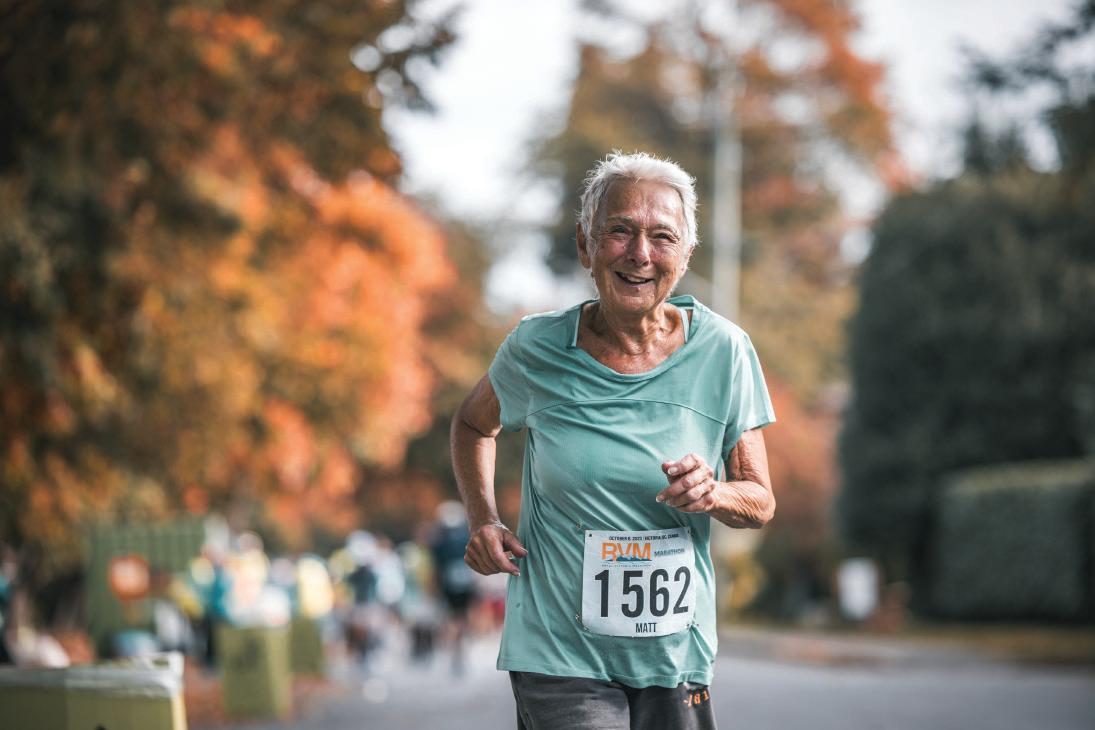


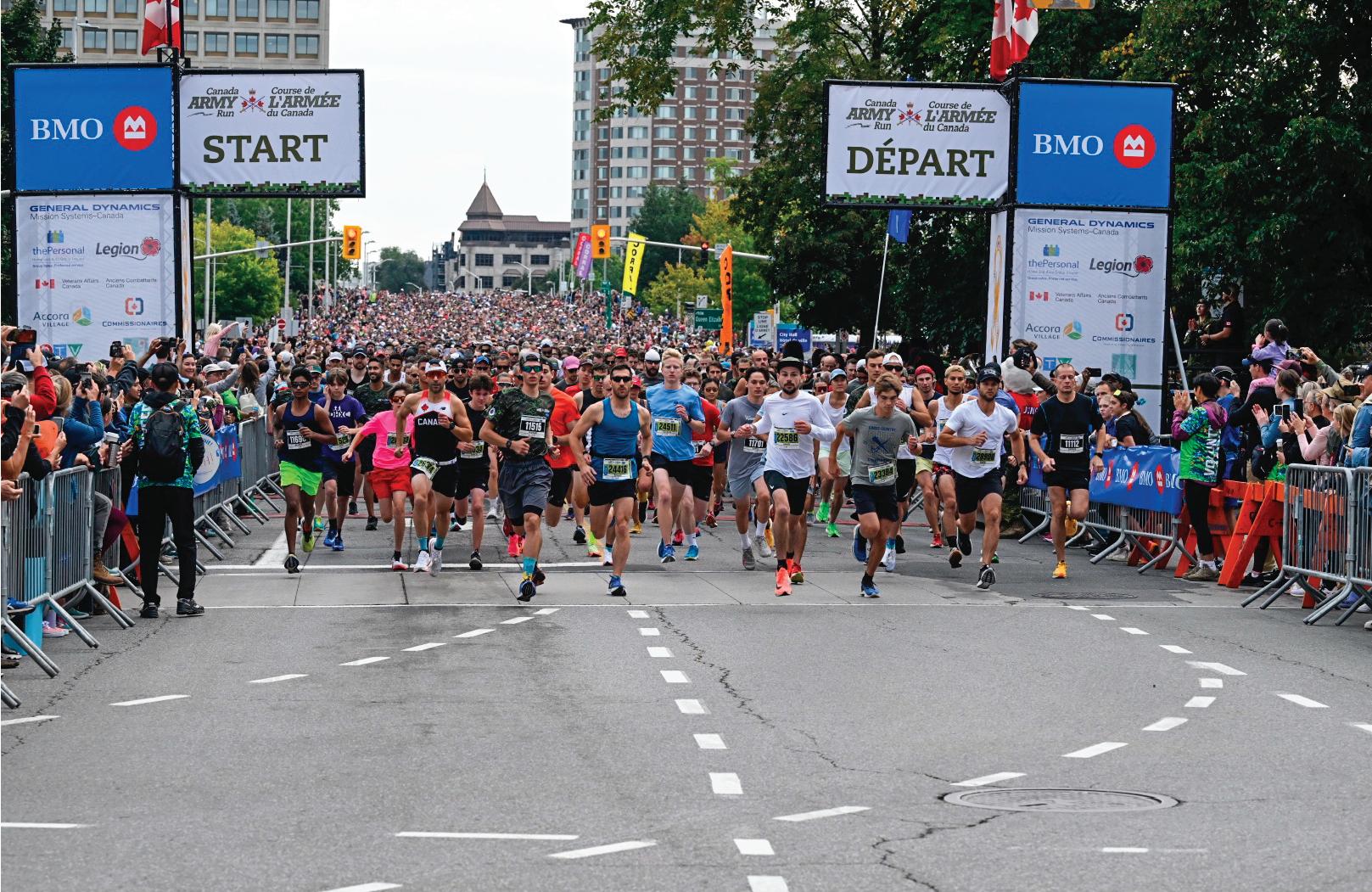
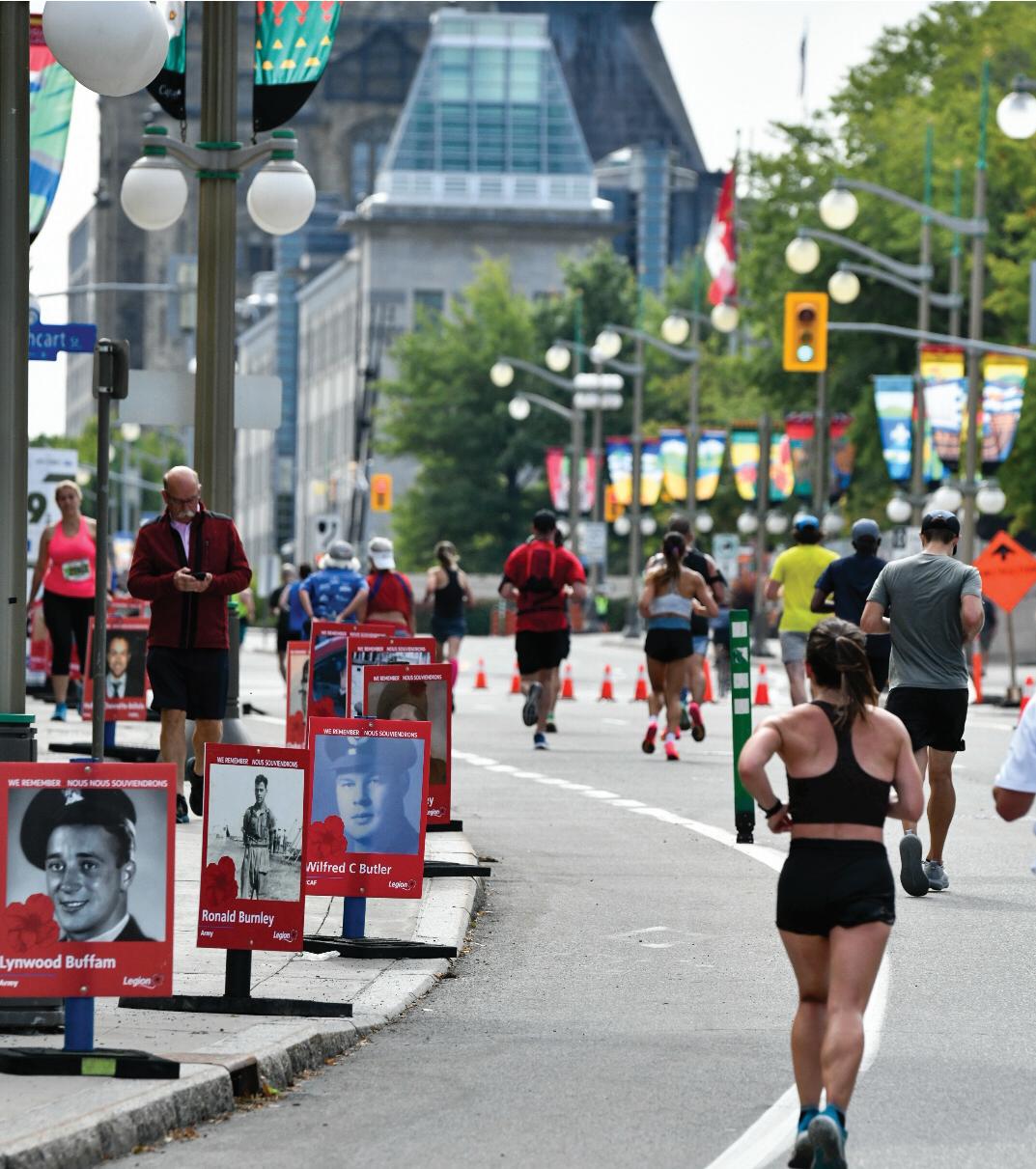

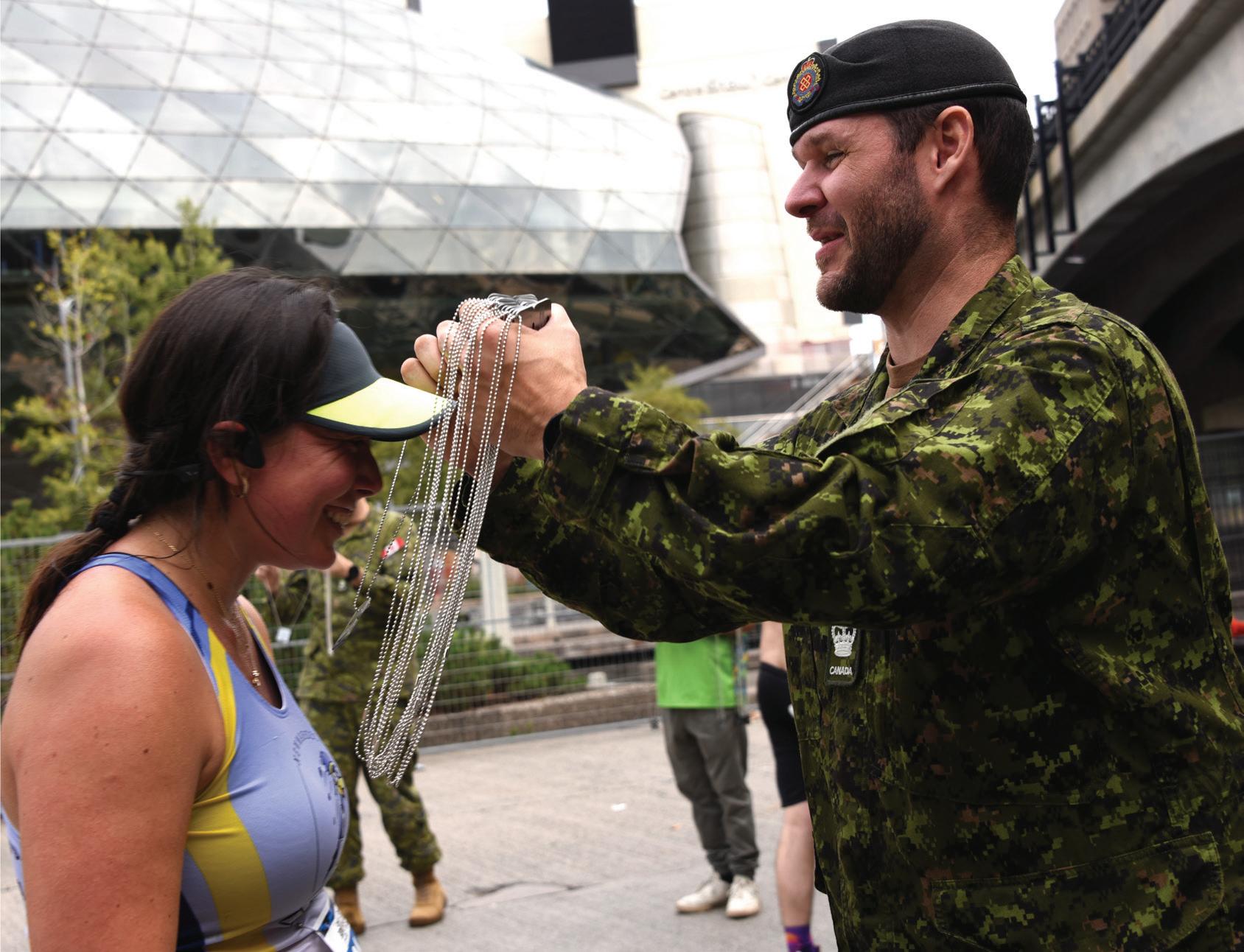

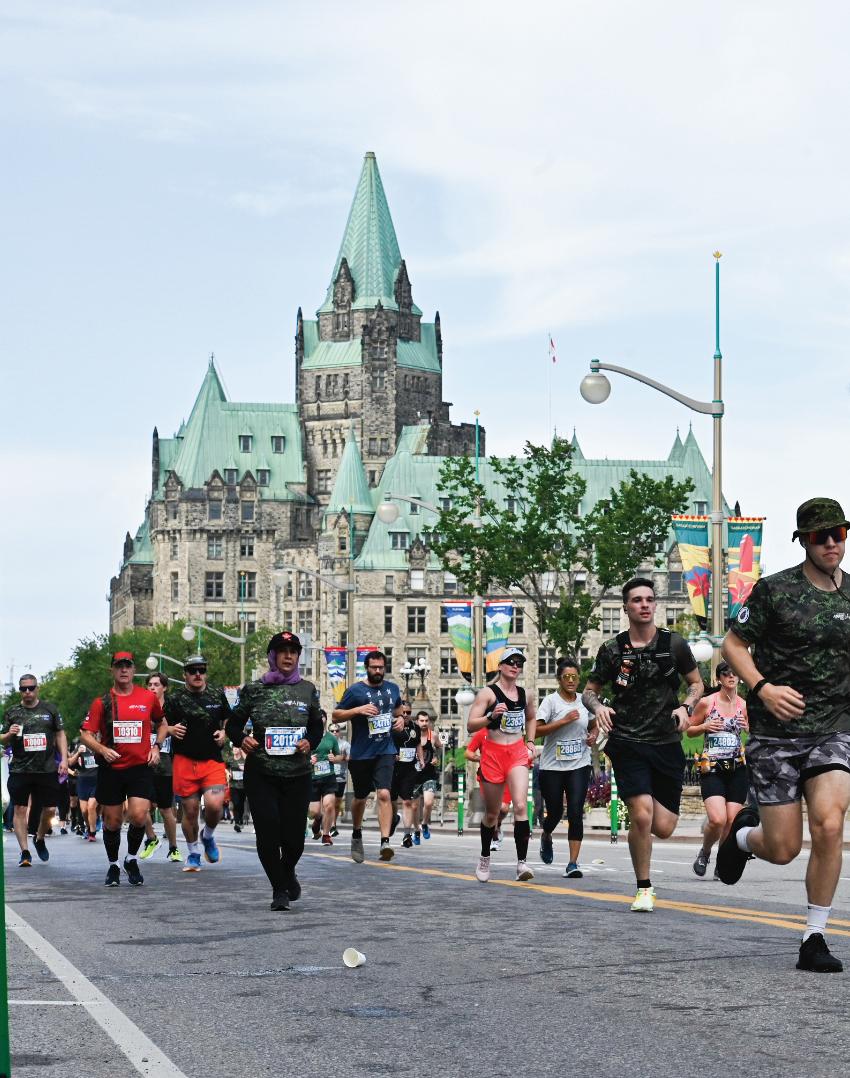
Sep 22 Belgian Waffle Ride
Sep 22 Canada Army Run
Sep 22 Marathon Beneva de Montréal
Sep 22 Under Armour Eastside 10K
Cowichan Valley, BC
Ottawa, ON
Montréal, QC
Vancouver, BC
Sep 22 Treherne Run for the Hills Treherne, MB
Sep 22 Run the River Fall Challenge
Oct 19 Mochas and Marshmallows Kids Run Calgary, AB
Oct 19 Blue Mountain Spartan Trifecta Weekend Blue Mountain, Resort ON
Oct 20 Cape Breton Fiddlers Marathon Sydney, NS
Oct 20 Run LoSeCa St. Albert, AB
Oct 20 Amsterdam Marathon Amsterdam, Netherlands
Edmonton, AB
Sep 22 The Wild Run Calgary, AB
Sep 22 Big Pirate Run
Sep 22 Saskatoon Heartbeat Run
Sep 22 Calgary Heartbeat Run
Sep 22 Edmonton Heartbeat Run
Sep 22 Dirty Feet Trail Run #4
Sep 27 The Ultra Night Run
Richmond, BC
Saskatoon, SK
Calgary, AB
Edmonton, AB
Kamloops, BC
Multiple Locations
Sep 28 Big Hurt Multi-Sport Race Port Angeles, WA
Sep 28 Wilderness Traverse Dorset, ON
Sep 28 Ultra Paine
Sep 28 5 Peaks Cider Run
Puerto Natales, Chile
Uxbridge, ON
Sep 28 5 Peaks Trail Running Series: Weaselhead Calgary, AB
Sep 28 2024 Annual Reconciliation Run (Half Marathon) Birtle, MB
Sep 28 Melissa’s Road Race
Banff, AB
Sep 29 2024 BMW Berlin Marathon Berlin, Germany
Sep 29 Chicago Half Marathon / 5K Chicago, IL
Sep 29 5 Peaks Trail Running Series: Devon Devon, AB
Oct 04 Beneva Québec City Marathon Weekend Québec City, QC
Oct 05 Whistler 50 Relay and Ultra Whistler, BC
Oct 05 Sea 2 Sky Gravel Fondo Squamish, BC
Oct 05 Las Vegas Marathon Weekend Las Vegas, Nevada
Oct 05 Stoked Oats Trail Run
Oct 05 Toronto Women’s 8K/5K
TBA
Toronto, ON
Oct 05 Live Love Run 21K/10K/5K Langley, BC
Oct 05 Penticton Beer Run
Penticton, BC
Oct 05 Long Beach Marathon & Half Marathon Long Beach, CA
Oct 06 Fernie Half Marathon Fernie, BC
Oct 06 CIBC Run for the Cure
Multiple Locations
Oct 06 Lisbon Marathon Lisbon, Portugal
Oct 12 Royal Victoria Marathon, Half Marathon & 8K Victoria, BC
Oct 12 Wandering Moose Kelowna, BC
Oct 12 Grizzly Ultra Marathon & Relay Canmore, AB
Oct 12 Valley Harvest Marathon New Minas, NS
Oct 13 Sparkasse 3-Länder Marathon Lindau, Germany
Oct 13 Bank of America Chicago Marathon Chicago, IL
Oct 13 IG Wealth Management Alzheimer Walk & Run Calgary, AB
Oct 13 Trails to Taps Relay Bellingham, WA
Oct 13 Whistler Turkey Trot Whistler, BC
Oct 15 Dirty Feet Run 4 Donuts Kamloops, BC
Oct 15 Yeti Marathon Khangsar, Nepal
Oct 16 Lachine Bonneville Half Marathon
Oct 18 Prince Edward Island Marathon
Montréal, QC
Charlottetown, PE
Oct 19 5 Peaks Trail Running Series: Heart Lake Heart Lake, ON
Oct 19 Wintergreen Ekiden Relay Race
Bragg Creek, AB
Oct 20 TCS Toronto Waterfront Marathon Toronto, ON
Oct 20 Columbia Gorge Marathon Hood River, OR
Oct 20 Peak-2-Peak Adventure Run Ancaster, ON
Oct 20 Cowichan Autumn Classic Duncan, BC
Oct 20 Saskatoon First Responders Half Marathon Saskatoon, SK
Oct 20 Calgary First Responders Half Marathon Calgary, AB
Oct 20 Dirty Feet Trail Run #5 Predator Ridge Resort, BC
Oct 24 Light the Night Multiple Locations
Oct 26 Halloween Run & Walk 5km Regina, SK
Oct 26 Napa Wine Country Marathon Napa County, CA
Oct 26 Dash of Doom Calgary, AB
Oct 26 Run Red Deer Halloween Half Red Deer, AB
Oct 27 Niagara Falls International Marathon Niagara Falls, ON
Oct 27 Frankfurt Marathon Frankfurt, Germany
Oct 27 Scary Run Half Marathon, 10K & 5K Washougal, WA
Oct 30 Big Halloween Run Vancouver, BC
NOVEMBER 2024 Location
Nov 02 Hamilton Marathon Road2Hope Hamilton, ON
Nov 02 The Dark 24 hr, 12 hr, 6 hr Crowsnest Pass, AB
Nov 03 Le Marathon des Alpes-Maritimes Nice-Cannes Cannes, France
Nov 03 15 km au pied du Mont Saint-Hilaire Mont Saint-Hilaire, QC
Nov 03 New York City Marathon New York City, NY
Nov 03 Two Cities Marathon Fresno, CA
Nov 03 Istanbul Marathon Istanbul, Turkey
Nov 06 Barbados Open Water Festival (Nov 06 - 10) Carlisle Bay, Barbados
Nov 10 Cochrane Wild Rose Women's Indoor Triathlon Cochrane, AB
Nov 10 Athens Marathon Athens, Greece
Nov 10 Last Chance Half Marathon & 10K Calgary, AB
Nov 10 Raid the Hammer Adventure Run Dundas, ON
Nov 16 Queenstown Marathon Queenstown, New Zealand
Nov 16 Redlands Big Bear Marathon Redlands, CA
Nov 17 The Fat Ass Trail Run Batawa, ON
Nov 25 Nevada Half Marathon Lake Tahoe, CA
Nov 30 Bagan Temple Marathon Bagan, Myanmar
DECEMBER 2024 Location
Dec 01 Advent Run (Dec 01 - 24) Virtual
Dec 01 UW Seattle Marathon and Half Marathon Seattle, WA
Dec 01 The 12K's of Christmas Calgary, AB
Dec 01 Stocking Stuffer Holiday Walk/Run Calgary, AB
Dec 06 Barbados Marathon Weekend Series Barbados
Dec 08 Reggae Half Marathon, 10K & 5K Negril, Jamaica
Dec 13 Antarctic Ice Marathon Antarctica
Dec 14 The Big Elf Run Vancouver, BC
Dec 14 San Diego Holiday Half Marathon San Diego, CA
Dec 26 Boxing Day 10 & 4 Mile Runs Hamilton, ON
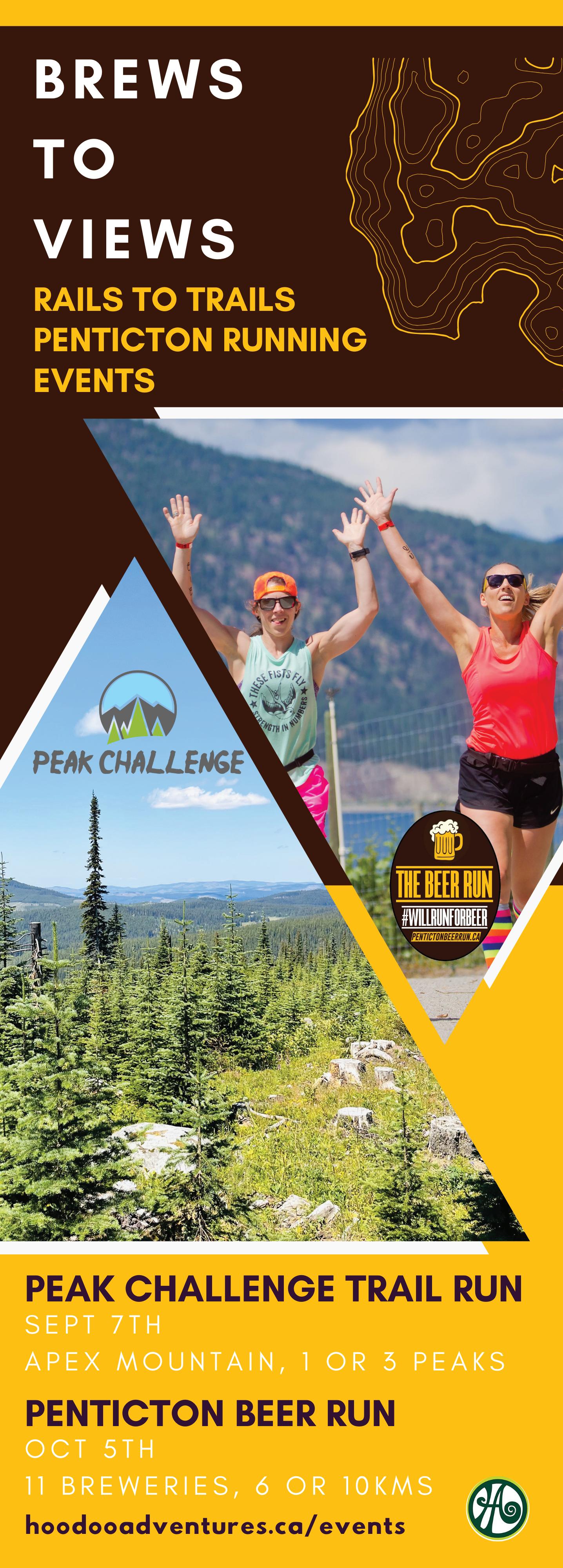
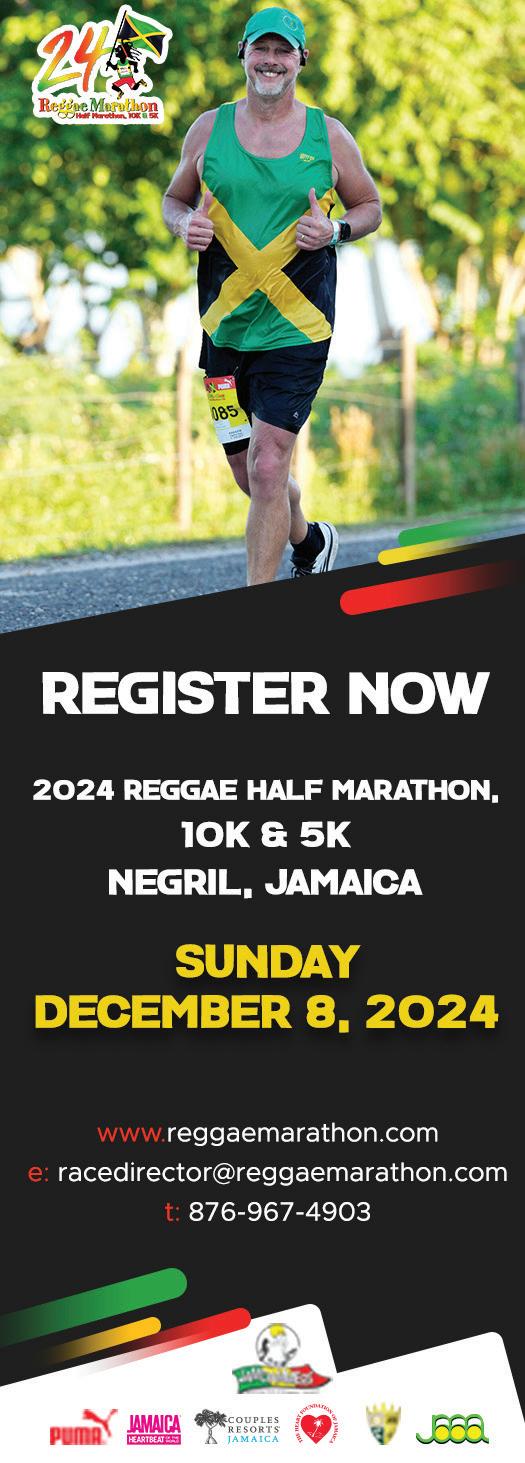
A new study suggests that exercise’s effect on inflammation might mean better gains from your workoutsBY CHELSEA CLARKE JAMES PATRICK
Freelance health and wellness writer based in Toronto, ON.
CHELSEA__CLARKE
You’ll often hear runners and athletes agonizing about the inflammation their bodies are experiencing.
It’s almost a rite of passage to lament over sore muscles, tight hamstrings, or even common injuries associated with overuse. But a new study published in the Harvard Gazette has some athletes rethinking the way they interpret inflammation. As it turns out, some types of inflammation—and your body’s natural response to it—may actually improve your performance overall.
In the Harvard Gazette’s study, researchers found that exercise triggers inflammation, and in turn, the body reacts by producing T-cells (white blood cells that are part of the immune system), which support energy use and gives your endurance a boost. The study suggests that this reaction can lead to the body becoming more equipped to handle inflammation in general, while improving your performance in the gym. So, have we been thinking about inflammation all wrong? To get to the bottom of it and determine how to use exercise’s effect on inflammation to our advantage, we first have to understand how inflammation really works.
Not all inflammation is created equal, and knowing the difference between which type you’re experiencing is key. “Generally speaking, as painful as it can become, inflammation is not a bad thing,” says Dr. Victor Vongphakdy PT, BSc, MPT, CAFCI, physiotherapist and clinic director of Etobicoke, ON-based Physiomed. “In fact, inflammation is not only necessary, but imperative to the healing and remodelling of the injured area,”
as is the case when you recover from a particularly gruelling workout. According to Toronto, ON-based chiropractor and medical acupuncture provider Dr. Cassandra Laleye, BSc, DC, D.Ac, inflammation is our body’s way of identifying harm or damage, and initiating a healing response. “This response should happen quickly and be short lived, usually lasting a few days or up to two weeks,” she says. “We call this ‘acute’ inflammation, and its key outcome is to kickstart healing.”
The trouble happens when acute inflammation becomes chronic and disrupts daily life, such as in the case of autoimmune disorders, rheumatoid arthritis, or a recurring injury. Toronto, ONbased physiotherapist Josh Chung, MPT, FRSC, FRAs views inflammation in

“dosages,” determining whether or not the level his clients are experiencing is tolerable or not. “It’ll differ for everyone, but if I see a dosage sitting above a tolerable level, that’s often when problems may arise in terms of injury,” he says. “If it’s too far below, then perhaps my client isn’t stressing the body enough to drive adaptation. We’re looking for a sweet spot where the stress that’s induced leads to positive physical adaptation.”

If you’ve fallen into the category of experiencing chronic inflammation, experts suggest that movement can aid in healing time and improve your quality of life. “Research has shown that exercise helps lower chronic inflammation in two distinct ways,” says Laleye. First, it supports a reduction in adipose tissue, which is a known contributor of increased inflammation. Second, exercise increases the production of proteins that reduce pro-inflammatory cells, while they also increase cells with anti-inflammatory properties. “By reducing adipose tissue and increasing protein production, there is an overall reduction in inflammation,” she says.
Vongphakdy notes that movement encourages blood flow and circulation, which can help remove inflammatory substances from an injured area, while Chung echoes this powerful exchange system. “I like to think of movement as a way to induce blood flow and fluid exchange, which then helps ‘flush’ out some of that local inflammation,” says Chung.
Exercise’s effect on inflammation can elevate athletic performance from several angles. Movement promotes the body’s immune response, which means you’re likely to recover faster and more efficiently from sore muscles if you keep moving. “When exercise is performed, immune cells are released into the body—regular exercise equals a more consistent release of these cells, making them readily available when needed and cutting down on release time when tissue damage is present,” says Laleye.
Additionally, the increased blood flow boosts oxygenation, which helps to stave off inflammation in the first place.
“Oxygenation encourages the release of growth factors that lead to tissue repair and remodelling,” says Vongphakdy. And from a tolerance level, Chung sees exercise’s effect on inflammation as a way to adapt to being able to handle increased stress on the body—a key factor in enhanced performance. “Exercise increases your tolerable amount of stress,” he says. “That’s the basis of my practice—to build humans who are better able to tolerate stressors.”
Finally, Laleye notes exercise’s integral, indirect effect on factors that contribute to manageable levels of inflammation—so you can spend more time building endurance. “Exercise aids in things like sleep quality, stress management, and prevention of chronic conditions like type 2 diabetes and heart disease—all which can have huge effects on inflammation levels,” she says.
The right diet and exercise are key factors to aid a long and healthy lifeBY DR. MARK TARNOPOLSKY
Professor in the Department of Pediatrics and the Division Head of Neuromuscular and Neurometabolic Disorders at McMaster University, Hamilton, ON. CEO & Founder of StayAbove Nutrition – stayabovenutrition.ca.
STAYABOVENUTRITION

While the fountain of youth has been sought for millennia, simple lifestyle factors, such as exercise and nutrition, have been regarded as medicine since antiquity and are indeed the cornerstones of good health and longevity.
Over the past century, scientists have proven that these lifestyle factors protect against a spectrum of chronic diseases, significantly reduce our risk of serious illnesses, and even impact the biological aging process on the DNA level.
We now know that eating vegetables, nuts, fruits, whole grains and protein is your best bet for good health and a long life. Conversely, consuming a low-nutrient diet high in sugar, sodium, saturated and trans fats, and processed foods, predisposes one to chronic disease.
Thus, Mediterranean-type diets are preferable over typical Western diets for a long life, which supports both anecdotal and experimental observations made in populations in “Blue Zones”
that have an unusually high percentage of centenarians (e.g., Loma Linda, California, U.S.A.; Nicoya, Costa Rica; Sardinia, Italy; Ikaria, Greece; Okinawa, Japan).
Remember that several factors act in concert with nutrition for attaining these extraordinary longevity benefits. These include regular exercise, stress management, practising good sleep hygiene, having a sense of belonging and purpose in life, family connections, and social networks.
Restrictive diets, such as caloric restriction, intermittent fasting, low-carbohydrate, and ketogenic diets, have shown promise for weight management and treating metabolic disease.
Although some of these diets may extend lifespan in animal models, the jury is still out regarding longevity benefits in humans, and questions remain regarding long-term feasibility.
Collectively, the scientific community agrees that moderating food intake by recognizing satiety cues, chewing slowly, and eating in the company of others is more helpful and feasible than counting calories.
Proteins
The recommended daily intakes (RDI’s) of macronutrients remain largely the same across age groups with one exception. Protein consumption must be increased from 0.8 gram/kilogram body weight/day to 1.2 - 1.8 gram/kilogram body weight/day for older adults (55+).
Lifestyle choices and other conditions may further increase our protein needs, including sports participation, orthopedic surgery, weight management, and vegetarianism.
For plant-based diets, rice, soybeans, peas, canola, and fava etc. are all excellent protein sources, which may be further purified into isolates and concentrates.
Following the table recommendations, optimal protein intake for maintenance of muscle in old age is 0.4 - 0.6 gram/kilogram body weight, equating to 24 - 36 grams (60 kilograms body weight), 32 - 48 grams (80 kilograms body weight), 40 - 60 grams (100 kilograms body weight) of protein per meal.
development, and deficiencies in both are very common. Canadian RDIs for adults are currently set at 800 IU (vitamin D3) and 1200 milligrams (calcium) and daily supplementation is generally recommended.
Antioxidants
Other micronutrients of interest are those that can regulate the key drivers of the biological aging process, such as mitochondrial dysfunction, oxidative stress, and inflammation.
For example, vitamin E, CoQ10 and alpha-lipoic acid are naturally occurring antioxidants with complimentary modes of action that have proved to effectively scavenge reactive oxygen species (ROS), and protect against DNA damage.
Longevity supplements
Plain and simple, the best supplements are those that meet Health Canada guidelines, follow safe and effective dosing ranges, and have scientific support from human clinical trials.
For longevity benefits, supplements should ideally protect against muscle and bone loss, metabolic disease, and the roots of biological aging.
Creatine is another key nutrient that is integral for development and longevity, cognition, and metabolism. Because the body supplies 50 per cent of its creatine needs, the remainder must come from your diet and/or supplementation. For those who have chosen a plant-based diet, it is necessary to supplement three to five grams of creatine monohydrate daily to maintain overall health.
Omega-3 fatty acids
Omega-3s are imperative for brain development and may prevent cognitive decline. They are also multi-functional and provide antiinflammatory, immune, muscle, and lipid-lowering benefits. Algae and seaweed are excellent sources of omega-3s in plant-based diets. Importantly, when selecting an omega-3 source, be mindful of the main active ingredients, EPA and DHA. Choose a source or supplement that provides high amounts of EPA/DHA (250 - 500 milligrams of EPA/DHA per day) since it is known that these are the primary health boosting components of omega-3 oils.
Vitamins and minerals
Vitamin D3 and calcium are integral for overall health and bone
Collectively, multi-ingredient supplements are the best way to target all the pathways affected by the aging process. They are also convenient and cost-saving compared to purchasing many singleingredient supplements.
Exercise
Scientists have proven that exercise protects against a spectrum of chronic disease states, delays critical organ failure, and extends lifespan by almost 10 per cent in humans.
Aerobic exercise (“cardio”) is considered the gold-standard for enhancing cardiovascular fitness, health, and longevity, while resistance exercise (“weights”) is more effective for building strength and muscle/bone mass.
Mixed exercise is recommended on a weekly basis, including cardio for two to five days per week (minimally 150 minutes) and whole-body strengthening exercises two days per week (30 - 60 minutes per session).
The best type of exercise is the one that you enjoy, is sustainable, and adjustable to your current needs, which undoubtedly will change over a lifetime.
Research is showing that running is an effective weight-bearing exercise to maintain bone density
BY DR. SYL CORBETTEndurance athlete, scientist and coach specializing in physical literacy and brain health; founder Athleticwise and Rock On Clay, based in Calgary, AB.
ROCKONCLAY | ATHLETICWISE
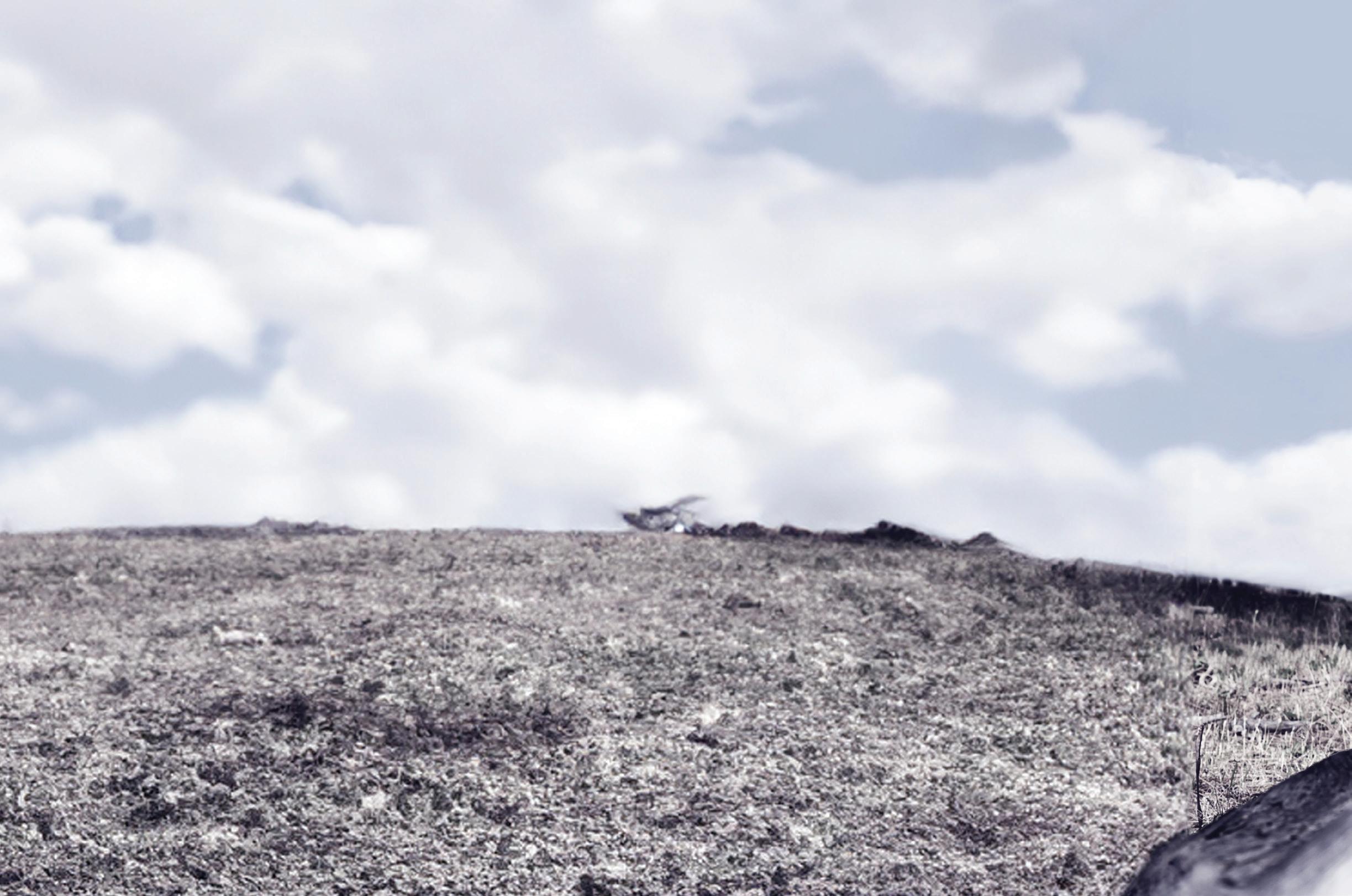
Physical activity is a vital component of attaining optimal health, particularly with respect to the condition of the skeletal system. Running in particular has gained widespread recognition as a highly effective means of enhancing cardiovascular fitness, muscular strength, and bone health. The interplay between running and bone mineral density (BMD) is intricate, and this dynamic form of exercise confers copious benefits upon the skeletal system.
Osteoporosis is a condition typified by insufficient BMD, which is the quantity of minerals, primarily calcium and phosphorus, present per unit of volume in the bones. These minerals form hydroxyapatite crystals, which contribute to the bone's rigidity and strength. BMD is a critical determinant of the risk of fractures, and thus, it plays an indispensable role in the appraisal of skeletal health. The bones are perpetually remodelled by osteoblasts and osteoclasts, which build and resorb bone tissue, respectively. It is integral to maintain a dynamic balance in bone remodelling for optimal bone condition. According to a University of Missouri study (2009) regular physical activity, such as running, has been shown to boost BMD by stimulating bone remodelling and proliferating mineralized bone tissue. Running is known to exert recurring mechanical forces on the bones, which subsequently stimulates bone adaptation. It is believed that the application of external pressure on the
bone elicits an internal piezoelectricity that stimulates osteoblasts and fosters new bone formation. Running subjects the body to significant force, often exponentially greater than the body weight, when landing. When the foot contacts the ground, a momentary impact force is transmitted through the skeletal system, activating osteocytes, or bone cells. This mechanical loading, characterized by cyclic compressive and tensile forces, potentiates a positive response in bone formation, catalyzing a rise in BMD.
Running is an exercise that engages the musculoskeletal system in counteracting the force of gravity. Weight-bearing physical activities are renowned for their beneficial impact on bone health, as they encourage bone development and preservation. Bone, commensurate to muscle, is a highly compliant tissue that responds to the mechanical and metabolic pressures placed upon it. A recent study (Kutac et al., 2024) showed that because of the recurring loading and unloading movements sustained in running, a biomechanical environment is established that fosters bone density, notably in the weight-bearing bones of the lower body.
Running not only has a direct ramification on BMD, but it also influences bone integrity indirectly through hormonal regulation. The hormonal control of bone remodelling in response to running involves a complex interaction of endocrine factors such as parathyroid hormone, thyroxine, growth hormone, vitamin D, estrogen, and glucocorticoids, as well as systemic and local factors
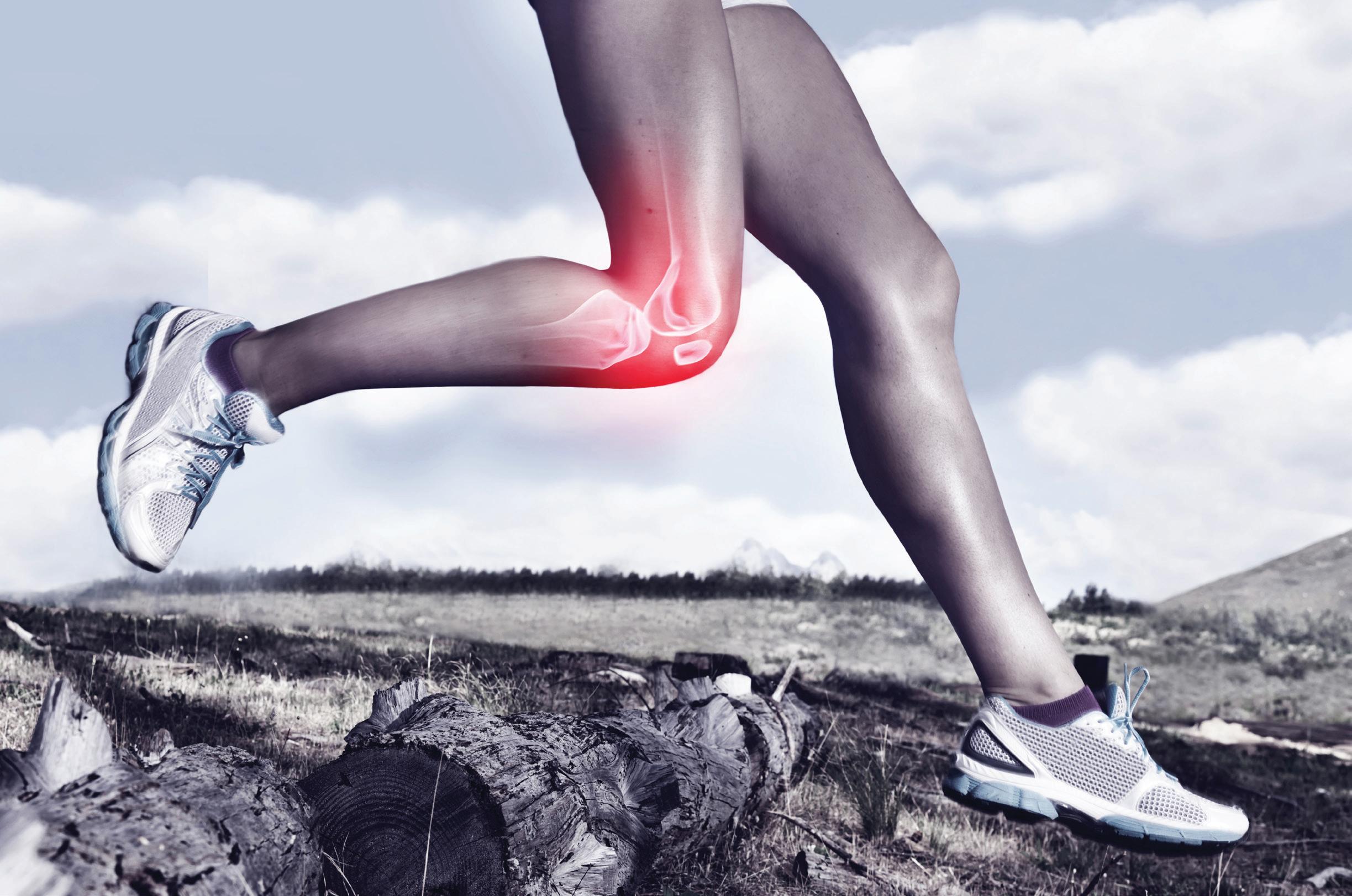
that modulate the bone remodelling process. This hormonal interplay illustrates the intricate regulatory mechanisms that govern bone remodelling and emphasizes the systemic and local influences of hormones on skeletal health.
Bone tissue is generally categorized into two types: cortical and trabecular. These two types of bone exhibit distinct responses to mechanical stimuli. Cortical bone, which is present in the outer layer of long bones, adapts to running by increasing its density, thereby providing enhanced structural support. In contrast, trabecular bone, which is situated at the ends of long bones and within vertebrae, responds to running by amplifying its microarchitecture, thereby bettering its capacity to tolerate compressive forces.
A frequent phenomenon in individuals as they age is a curtailment in bone density, which may instigate conditions such as osteoporosis and a heightened risk of fractures. Running may effectively offset this age-related bone loss. Through consistent running, one may uphold BMD, thereby diminishing the fallout of osteoporosis and the probability of fractures in elderly individuals.
Running provides a powerful stimulus for bone adaptation, and nutritional factors complement it by inducing optimal bone health (Kohrt, Bloomfield, & Little, 2004). It is vital for runners to consume adequate calories
including satisfactory amounts of calcium, vitamin D, and other micronutrients to abet bone mineralization. A well-balanced diet is compulsory to fulfill the greater demands on bone health resulting from habitual physical activity.
While the merits of running for BMD are evident, it is crucial to strike a balance and avoid overtraining, which may give rise to injuries and counterproductive effects on bone status. If the body does not have sufficient time to recover between running sessions, overuse injuries, such as stress fractures, may transpire. A well-structured training program, including rest days, cross-training, and sensible nutrition, is imperative to optimize bone health while minimizing the risk of injury. The skeletal system experiences mechanical and metabolic adaptations from running provided the applied load does not surpass a certain threshold that may impair the bone tissue.
The scientific evidence supporting the precipitous impact of running on BMD is compelling. Running is a multifaceted approach to skeletal well-being since it involves mechanical loading that promotes bone remodelling and hormonal responses that augment bone formation. As a weight-bearing exercise, running not only maintains bone density but also safeguards against age-related bone loss. By integrating running with a well-balanced diet and a sedulously planned training regimen, individuals may reap idyllic bone health throughout their lives. The scientific benefits of running extend beyond its implications on cardiovascular fitness, as it also underpins the intricate processes that preserve the strength and resilience of the skeletal system.

to find the right goals and achieve success
BY GARY LEBLANCLife engineer and motivational speaker, author of Find Your SuperHuman, host of the Quiet the Noise podcast, and CEO/Co-Founder of Zero dB in Toronto, ON. DRINKZERODB
In any pursuit, setting goals can be a powerful motivator— until it isn't. We might set goals that are too lofty, undermining our commitment and motivation. Similarly, overly ambitious goals can lead to imbalance and burnout.
The ideal scenario is setting 'Goldilocks' goals: challenging yet achievable, pushing our skills without being out of reach. Think of it as battling a dragon in a video game: initially, it may defeat us, but over time, we adapt and overcome. In real life, while there's no reset button, the principles remain the same. We learn, we adjust, and we advance.
Unfortunately, real life isn't as easy to design. When we err in our goal setting, it has consequences. Findings from Stanford University reveal that over 50 per cent of people experience increased stress due to unrealistic performance expectations. But truthfully, we don't need statistics to tell us this; we've all experienced it. The constant judgment against asomewhat arbitrary goals, regardless of their attainability, can be debilitating.
Don't get me wrong—in sports, setting incremental performance goals is commonplace and effective. Aiming to improve by realistic increments every week or month is beneficial. But when we start to reach the upper limits of our potential, we must ask ourselves: What is the opportunity cost of the energy required to shave another five minutes off our time?
So how can we benefit from the motivation of stretch goals while eliminating the judgment if we fail to meet our targets?
In one of Hal Hershfield's notable studies, the UCLA Professor of Marketing found that individuals with a much clearer, more connected vision of their future selves are more likely to make decisions benefiting them in the long run. Using this premise, instead of judging our present selves harshly, we can follow these four steps to connect with our future selves who have already attained their goals:
1. Envision yourself in the future, having achieved your goal. What are you doing? How does it feel? Who are you celebrating with?
2. Journal about this in detail. The more detail, the better to solidify this connection.
3. Every evening for a week, read your journal entry and visualize this for 10 minutes before bed.
4. Then, let it go. Having implanted this vision into our subconscious, we can now use it as the North Star for our process to achieve success.
With a clear vision of what we want to achieve deeply ingrained in our minds, it's time to establish the tactics we believe will get us there.
We all know about SMART goals: Specific, Measurable, Actionable, Realistic, Time-based. But instead of creating
SMART goals, we'll develop BRAM tactics: Balanced, Ritualized, Auditable, Meaning-based.
Balanced: The tactics for achieving our goal must maintain an optimal balance with the rest of our lives. Understanding the sacrifices or compromises we'll need to make in other areas of our lives is crucial for greater fulfillment.
Ritualized: Embed the tactic into a habit we can execute regularly. Decide on the cue (e.g., time of day), the routine (e.g., running for 30 minutes with the dog), and the reward (e.g., celebrating adherence to the ritual).
Auditable: Being able to audit the process we put in place to achieve our goal is key. It's not about judgment; it's about calibration. If we're not maintaining the process we created, we need to reflect on why and adjust. Early on, schedule bi-weekly audits until the process becomes habitual. Trusting our new tactics requires accountability until it becomes second nature.
Meaning-based: We need to reconnect with the 'Why'—the core reasons behind pursuing this goal, understanding its deeper significance. According to the American Psychological Association, connecting with the meaning behind a behaviour can make it easier to adhere to. Initially, reframing our challenges to align with their underlying meaning may seem arduous. However, you'll soon see how effective this approach can be.
Now that we've distanced ourselves from the judgment of meeting a specific goal or target, we must embrace how we will approach the process going forward.
The renowned Stoic philosopher Epictetus once said, "Some things are within our power, while others are not. Within our power are our opinions, motivations, desires, aversions, and, in a word, whatever is of our own doing; not within our power are our body, our property, reputation, office, and, in a word, whatever is not of our own doing."
In a world rife with anxiety over uncontrollable elements, this wisdom deserves reflection.
Life has undoubtedly become more complex. However, often, we unnecessarily complicate it further. We devote excessive time to stewing over uncontrollable aspects, thereby limiting our potential in areas we can influence.
We won't be 100 per cent successful on this journey; thus, detaching from the judgment of perfection is the first step in maintaining our sense of agency. This doesn't mean we absolve ourselves from responsibility when we deviate from the process we put in place. It's about eliminating needless judgment when uncontrollable events inevitably occur.
In this fleeting dance through life, with its many journeys, we can't afford not to enjoy it.
And remember, when in doubt…Pause. Breathe. And Quiet the Noise.
Completing an honours degree in health science with a focus on biochemical disease and global health management; joining other global health experts in the pursuit of reducing global disease burdens, from Edmonton, AB.

In the quest to improve performance, many athletes emphasize diet and supplements as part of their training strategy. Another way to optimize endurance, recovery, and mental resilience is adding in herbs and spices. While many can be incorporated into meals to add flavour, others can be used as effective supplements. Here is a breakdown of the top 10 herbs and spices that boast a variety of benefits.
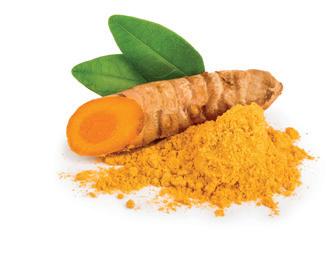
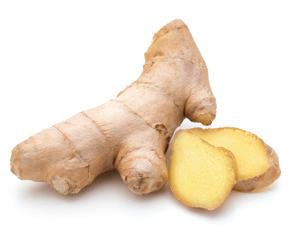

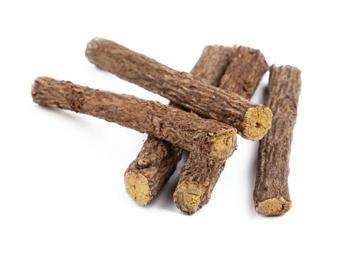

1. Turmeric (Curcuma longa)
Widely known for its potent anti-inflammatory properties, this golden spice is a rhizome that has been used therapeutically for thousands of years. When ingested, the active compound curcumin helps alleviate joint pain and muscle soreness while encouraging faster recovery. It also has powerful antioxidants to combat oxidative stress and encourage overall health. How to use: as a whole food, powdered spice or supplement.
2. Ginger (Zingiber officinale)
One of the most versatile spices, ginger also comes from a rhizome. Best known for its anti-nausea properties, ginger is a wonderful option to assist with digestion and stomach discomfort during intense training or competition. Furthermore, some studies have shown that ginger is effective in maintaining endurance capacity during the recovery phase due to the anti-inflammatory support it offers. How to use: as a whole food, powdered spice or supplement.
3. Cinnamon (Cinnamomum zeylanicum and Cinnamon cassia)
A well-loved spice around the world, cinnamon offers a delightful aroma and flavour. Importantly, cinnamon is wonderful at reducing blood sugar and increasing insulin levels to regulate metabolism. This allows for more glycogen, the most important energy molecule, to be stored in the liver and muscles to prevent energy crashes and sustain performance. It also increases blood vessel dilation for peak cardiovascular and muscle function. How to use: cinnamon stick or powdered spice.
4. Ashwagandha (Withania somnifera)
An adaptogenic herb, ashwagandha helps the body adapt to stress and boosts mental resilience. The rigorous training that comes with running exposes people to physical and mental stress, both of which can have detrimental outcomes for health if not addressed. Ashwagandha reduces stress to promote a balanced mood and improve cognitive function. It is also associated with increasing VO₂ max which supports cardiorespiratory endurance. How to use: as a supplement.
5. Ginseng (Panax ginseng, Panax notoginseng, Panax quinquefolius)
Celebrated for its energizing effects, ginseng is likely on the radar of many runners. It naturally heightens stamina due to the presence of ginsenosides, an active compound that improves oxygen utilization. It is also beneficial for immune-system health by increasing resistance to illness or microbial attacks. How to use: as a whole food, powdered spice or supplement.
A grounding drink to sip before bed that features many of the powerhouse spices listed. Wake up feeling energized, refreshed, and ready to train.
• 1 cup coconut milk (or milk of choice)
• 1/2 tsp. ground turmeric or ½” piece of fresh rhizome
• 1/8 tsp. ground ginger or ¼” piece of fresh rhizome
• 1/2 tsp. cinnamon
• 1 tsp. Ashwagandha powder
• 1/4 tsp. nutmeg
• 1 cardamom pod
• pinch ground black pepper
• 1 tsp. coconut oil
• 1 tsp. maple syrup (optional)
Place milk, turmeric, cinnamon, nutmeg, cardamom, ginger and black pepper in a small sauce pot. Let come to slow boil and turn off heat. Stir in coconut oil and honey. Let cool slightly and then sip slowly.

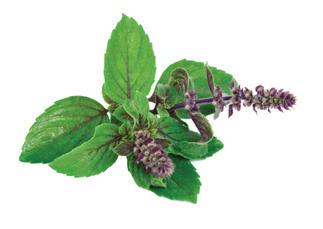




6. Holy Basil (Ocimum tenuiflorum)
Commonly used in Ayurvedic medicine, holy basil offers multifaceted benefits. Like ashwagandha, it is an adaptogen that reduces the impact of stress on the body. It also stimulates mental focus and calmness which lend to better endurance through mental resilience. The high antioxidant levels protect against metabolic damage and assist with detoxification processes. How to use: as a supplement.
7. Golden Root (Rhodiola Rosea)
Great for stimulating anabolic processes, golden root is a useful tool for muscle health. By encouraging aerobic processes, it reduces lactate levels and skeletal-muscle damage. It has also been shown to decrease heart-rate response which improves stamina and performance through a decreased perception of effort. In relation to stress, golden root reduces the response to cortisol, exerting a protective effect on stress exposure. How to use: as a supplement.
8. Cayenne Pepper (capsicum anuum)
Cayenne pepper is the source of capsaicin, an analgesic ingredient commonly used for muscle and joint pain. It is also associated with desensitizing nerve cells, which can reduce sensitivity to pain and lessen fatigue. Some studies have also suggested that capsaicin has a positive effect on metabolism by increasing glycogen storage in the liver, as well as its influence on important cellular receptors that promote ATP production to help the body generate energy more efficiently. Its thermogenic properties also promote fat oxidation which can have a minor effect on weight management and energy levels. How to use: as a whole food, powdered spice or supplement.
9. Peppermint (Mentha x piperita)
Known for its refreshing flavour, peppermint is an invigorating herb that can calm sore muscles when applied topically. It is effective at aiding in digestion and easing gastrointestinal discomfort which is common during a race. It also increases mental alertness and delays fatigue. How to use: as a whole food, dried herb or supplement.
10. Maca Root (Lepdidium meyenii)
A powerhouse of nutrients that fosters vitality and endurance. Best known for its ability to enhance energy levels and stamina allowing for longer, more effective training sessions. It also has a protective effect for muscle health, promoting important cellular processes. How to use: as a supplement.
Including these herbs and spices into your regimen is a natural and tasty approach to enhance endurance, support mental resilience and assist in recovery. While you might be excited to try some or all of these out, it is important to consult with a health professional if you have any existing medical conditions or you are taking medications. They can help you carefully strategize the best way to incorporate them into your lifestyle. Whether you brew them into tea, sprinkle them into meals, or add them to smoothies, harnessing the incredible power of these botanical wonders can help you thrive on and off the track, trail or road.
This dish feels luxurious and is very satisfying without having to spend hours in the kitchen!
RECIPE AND PHOTOGRAPHY BY MURIELLE BANACKISSA
A Montreal-based food photographer, food stylist, vegan recipe developer and educator. MURIELLEBANACKISSA
This is one of my go-to recipes after a long shoot day. I love it because it is customizable and relatively quick to put together, but also requires me to be present in the cooking process: chopping the veggies, c ooking the ramen separately, browning the plant-based patties, and evenly stirring in the coconut milk and chili paste. It’s meditative for me, which helps transition my brain from work mode to relax mode. I also love that the ramen noodles are coated in a luscious, rich coconutty sauce flavored with a Thai g reen curry paste that lends notes of lemongrass, galangal, and, of course, green chilis.
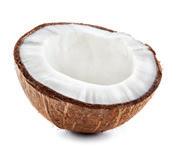
Prep Time – 5 minutes
Cook Time – 15 minutes
Serves 4
• 4 (5 oz/140 g each) blocks ramen
• Avocado oil
• 4 plant-based patties, thawed if frozen (I like Beyond Meat)
• 1 large onion, diced
• 1 large red or orange bell pepper, coarsely chopped (see note)
• 4 garlic cloves, minced
• ¼ cup Thai green curry paste, plus more to taste
• 1 cup full-fat coconut milk
• 2 Tbsp. tamari, plus more to taste
• 2 cups (2 oz/60 g) loosely packed baby spinach or kale, stems removed and chopped into bite-sized pieces
• Sambal oelek or sriracha, optional
• Splash of rice vinegar or lime juice, optional
• Sesame seeds, for garnish
• Sliced green onions, for garnish
DIRECTIONS
1. Cook the ramen according to the package instructions. Drain, transfer to a bowl, and drizzle with a bit of avocado oil. Stir to keep the noodles from sticking together.
2. Heat a large sauté pan over medium-high heat. Add the patties and onion. Use a wooden spoon to break up the patties and cook, stirring often, until the meat is browned and the onion has softened and is browning at the edges, about 5 minutes.
3. Reduce the heat to medium, sprinkle in the chopped bell pepper, and cook until softened, about 3 minutes.
4. Add the garlic and green chili paste, stirring until well incorporated.
5. Pour in the coconut milk and tamari, stir, and cook for 1 minute. Add the baby spinach and cook, stirring often, until wilted.
6. Taste and adjust the seasoning to your liking by adding sambal oelek for heat, a splash of rice vinegar for acidity, more tamari for saltiness, or more green chili paste for depth of flavour.
7. Add the cooked ramen and stir until coated and verything is evenly distributed. Divide among four individual bowls, garnish with sesame seeds and green onions, and enjoy.
NOTE:
If you don’t have bell peppers on hand, swap them out with sliced mushrooms—just be sure to cook the mushrooms until golden brown before adding the garlic and chili paste. You could also use small broccoli florets instead, but make sure not to overcook them.
Nutrition facts per serving Calories 277; protein 13 g; fat 12 g; carbs 29 g.
Excerpt from Savoring by Murielle Banackissa. Copyright © 2024 Murielle Banackissa. Published by Appetite by Random House®, a division of Penguin Random HouseCanada Limited. Reproduced by arrangement with the Publisher. All rights reserved.
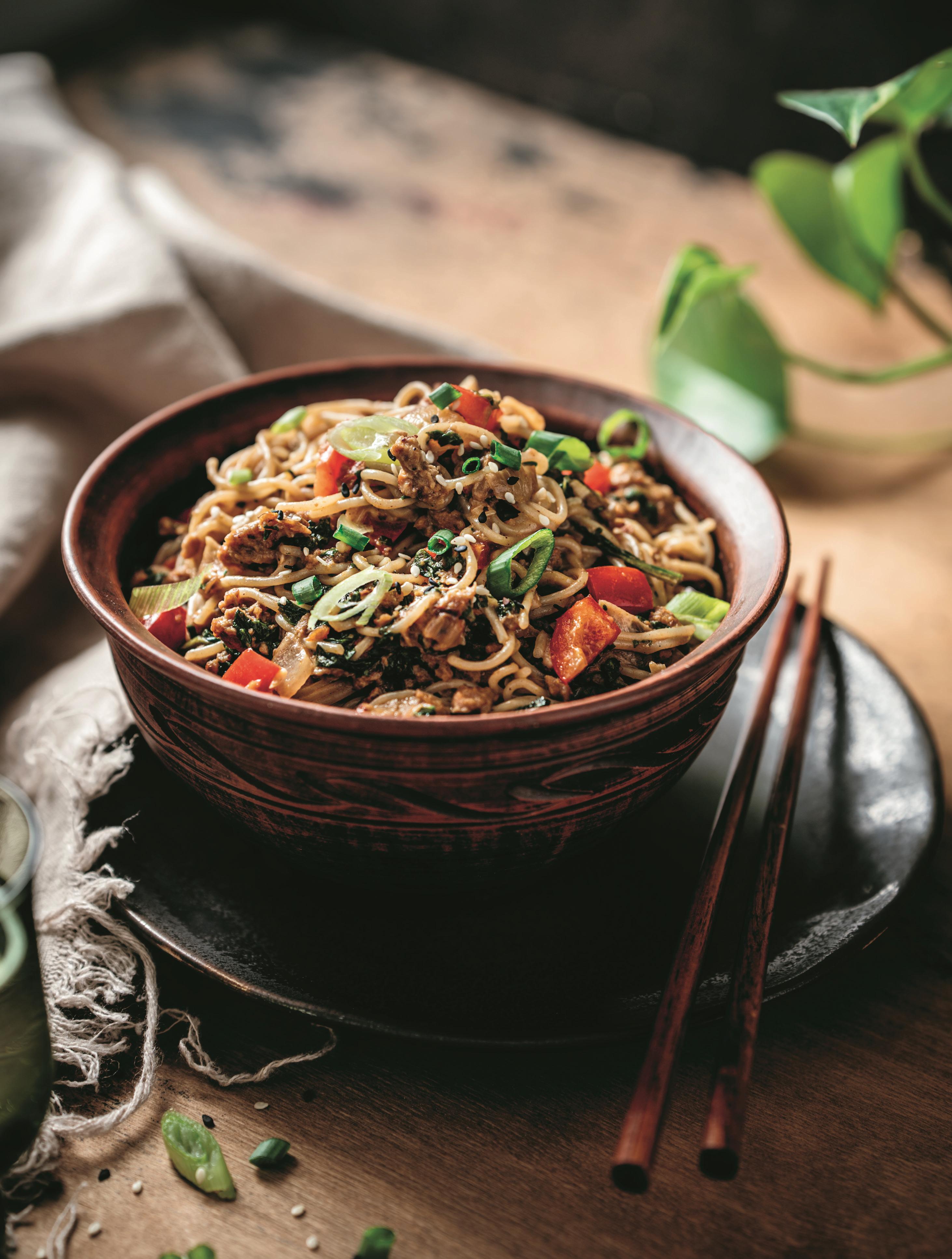
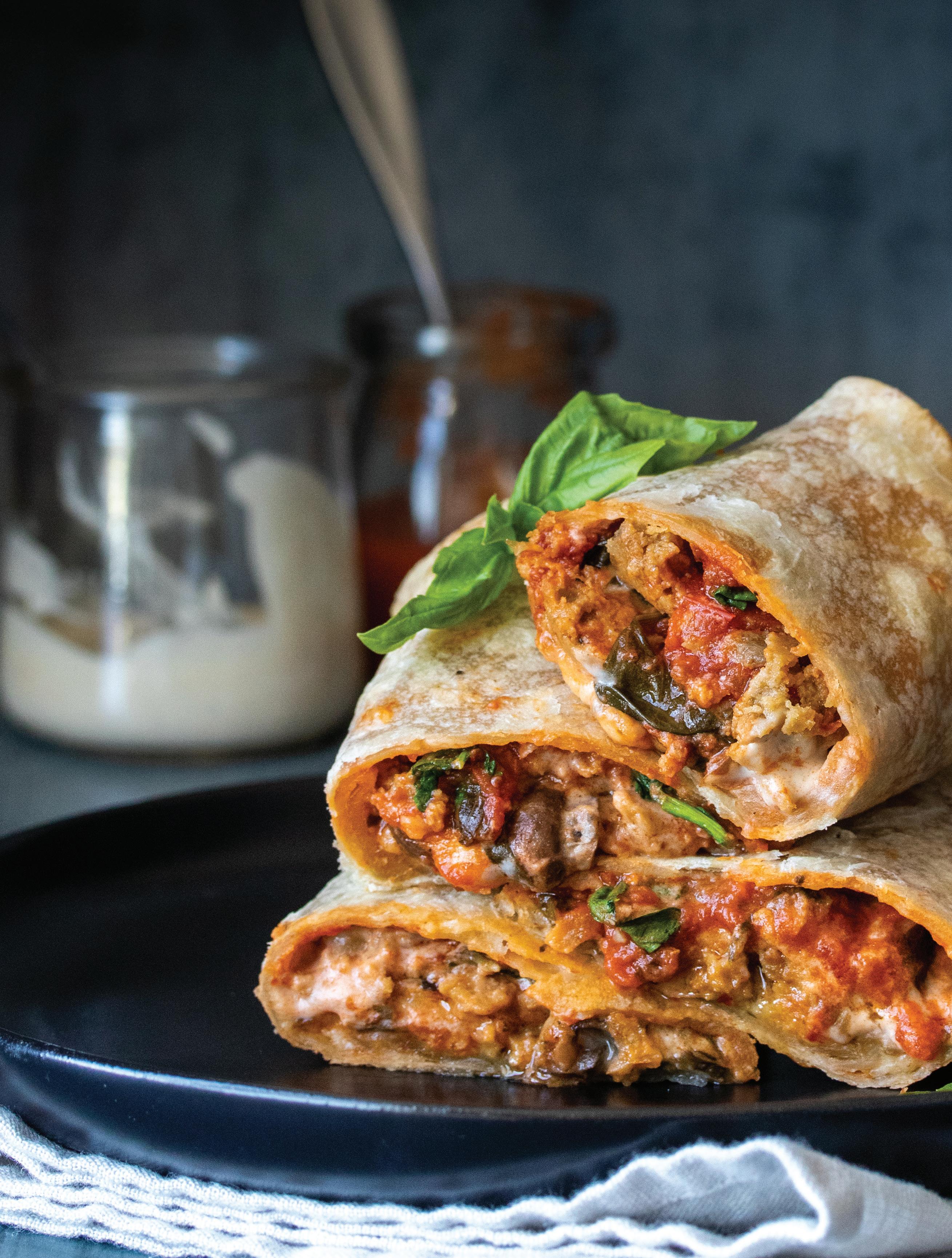
Made in under 30 minutes, vegan and so easy to put together!
RECIPE AND PHOTOGRAPHY BY
SOPHIA DESANTISA food photographer, recipe creator and health coach in San Diego, CA. She brings brands to life through her brilliant photography, simple, fresh style and unique recipes. Through her health coaching, she helps people feel empowered instead of overwhelmed when it comes to their health and wellness.
VEGGIESDONTBITE
You're going to be blown away at how simple and incredibly flavorful this pizza burrito is! You can customize this with any toppings you prefer making it the perfect family-friendly meal.


Prep Time – 10 minutes
Cook Time – 20 minutes
Serves 4
• 4 tortillas
• 6 Tbsp. pizza sauce, homemade or store bought
• 1 cup fresh spinach, packed
• 6 Tbsp. vegan Alfredo Sauce, homemade or store bought
• 1 cup mushrooms, sliced
• 1 cup dairy-free shredded cheese
• 1 vegan sausage
1. Preheat oven to 400 degrees F.
2. Soften your tortillas by covering with a damp paper towel and warming in the microwave for 1 minute.
3. Once warm, put 1 ¼ Tbsp. pizza sauce in the middle of each and spread outwards.
4. Place ¼ cup spinach over the pizza sauce.
5. Drizzle 1 ½ Tbsp. Alfredo sauce over spinach.
6. Place ¼ cup mushrooms on the top.
7. Cover with ¼ cup cheese.
8. Add the sausage and separate it equally on all four tortillas.
9. Fold sides of tortilla inward until ends touch.
10. Fold bottom of tortilla over the middle and tuck in tight as you roll it all into a burrito with both ends folded, closed.
11. Bake on a parchment lined baking sheet, seam side down for 20 to 25 minutes until crisp on the outside and edges begin to brown.
12. Allow to cool – then devour!
• Olives
• Peppers
• Onions
• Tomatoes
• Sundried Tomatoes
• Artichoke Hearts
• Broccoli
Nutrition facts per serving Calories 277; protein 13 g; fat 12 g; carbs 29 g.


RECIPE AND PHOTOGRAPHY BY HEIDI RICHTER
Food photographer and recipe developer behind The Simple Green on Vancouver Island, B.C.
THE_SIMPLE_GREEN THESIMPLEGREEN
This sandwich is stacked high with so many seasonal green— marinated cucumbers, spinach, avocado, pea shoots and fresh herbs. You've likely heard the Green Goddess name as it relates to herbaceous salad dressings, and this one certainly lives up to its name in that respect. This recipe makes extra herb mayo which can also be made ahead of time and will keep in the fridge for up to four days.
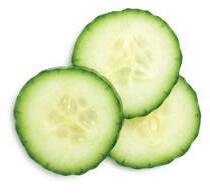
Prep Time – 10 minutes
Refrigeration Time – 30 minutes
Serves 2
Herb Mayonnaise
• ¾ cup vegan mayonnaise
• Juice of ½ lemon
• ¼ tsp. sea salt
• 1 tsp. Dijon mustard
• 1 Tbsp. apple cider vinegar
• 2 Tbsp fresh chives, diced
• 1 Tbsp. fresh parsley, finely chopped
• 1 Tbsp. fresh dill, finely chopped
Marinaded Cucumbers
• ½ large English cucumber, sliced on bias ⅛” - ¼” thick
• Juice of ½ lemon
• 1 tsp. virgin olive oil
• ½ tsp. sea salt
• Fresh cracked black pepper
Sandwich Fixings
• 4 slices multigrain bread, toasted
• ½ avocado, sliced ¼" thick
• sprinkle of sea salt
• baby spinach
• green leaf lettuce
• fresh pea or sunflower sprouts, washed
Prepare the Herb Mayonnaise
In a small bowl, whisk together the mayonnaise, lemon juice, sea salt, apple cider vinegar and Dijon mustard. Stir in the chives, dill and parsley. Cover and refrigerate for a minimum of 30 minutes to allow the flavours to mingle.
Marinade the Cucumbers
Meanwhile, whisk together the lemon juice, olive oil, salt and pepper in a bowl. Add the cucumber slices, gently toss and let marinate for 10 minutes in the fridge.
Assembly
Toast the bread. Spread a good dollop of the herb mayonnaise on one half. Then stack with the marinated cucumbers, spinach, avocado, a sprinkle of sea salt, green leaf lettuce and sprouts. Slather the remaining two slices of bread with more herb mayo then place on top of each sandwich. Slice and serve.
Nutrition facts per serving
So rich and moist, you'd have no idea it’s vegan, gluten-free and filled with veggies
RECIPE AND PHOTOGRAPHY BY SOPHIA DESANTIS
A food photographer, recipe creator and health coach in San Diego, CA. She brings brands to life through her brilliant photography, simple, fresh style and unique recipes. Through her health coaching, she helps people feel empowered instead of overwhelmed when it comes to their health and wellness.
VEGGIESDONTBITE
This is seriously one of the most rich and delicious cakes ever. It's easily served as a brownie, and so versatile with many ways to top it. I love any time I can make a delicious, sweet treat healthier, especially made with wholefood ingredients. Better yet is when you can't even tell that there's secret healthy food hidden inside. It's great to have desserts you can feel good about feeding yourself and your kids.
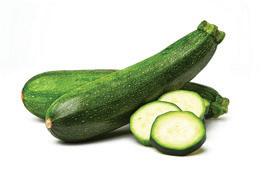
Prep Time – 10 minutes
Cook Time – 45 minutes
Serves: 16
• 1 cup oat flour
• 1 ¼ cups cane sugar or coconut sugar
• ¾ cup cocoa powder
• 1 Tbsp. baking powder
• ½ tsp. sea salt
• 1 cup light coconut milk
• ¾ cup dairy-free chocolate chips
• ¾ cup grated zucchini (dabbed with a paper towel)
• 2 Tbsp. apple cider vinegar
1. Preheat oven to 350 F.
2. Add the flour, cocoa powder, sugar, baking powder and salt to a bowl and mix well to get out any clumps.
3. You can use a blender or food processor next. If using a food processor only add half the coconut milk, and as it thickens slowly add the rest of the coconut milk and blend. (If you add it all at the start there will be too much liquid and it can spray out of the sides.) If using a blender add all the milk, half of the chocolate chips, the zucchini and vinegar. Blend well.
4. At this point you can add the wet mixture into the bowl with the dry mixture and mix well. Or you can add the dry ingredients into the blender/processor and pulse to combine. You don’t want to over blend it. Scrape the sides as you go.
5. If you kept out half of the chocolate chips, fold them into the batter now.
6. Pour into a prepared 8 or 9 inch square or circular pan. I spray the pan with coconut oil and wipe down to avoid sticking.
7. Bake for 45 minutes. Start checking at 40 minutes. You want a toothpick to come out clean on top, but with some batter at the bottom. It cooks more as it cools. If you over-bake it will be gummy and not as moist and soft.
8. Allow to cool completely.
9. Frost how you prefer or serve as is like a cakey brownie. You can also double the recipe and make a layered cake.
• 1 cup coconut cream (the white part from a can of full fat coconut milk)
• ½ cup cocoa powder
• 6 Tbsp. unrefined cane sugar
• 1-1 ½ tsp. lime juice
• ½ tsp. vanilla extract
• ¼ tsp. sea salt
Mix everything with a hand mixer and store in freezer to thicken a little and use.
Nutrition facts per serving (Including Frosting) Calories 171; protein 30 g; fat 6 g; carbs 3 g.
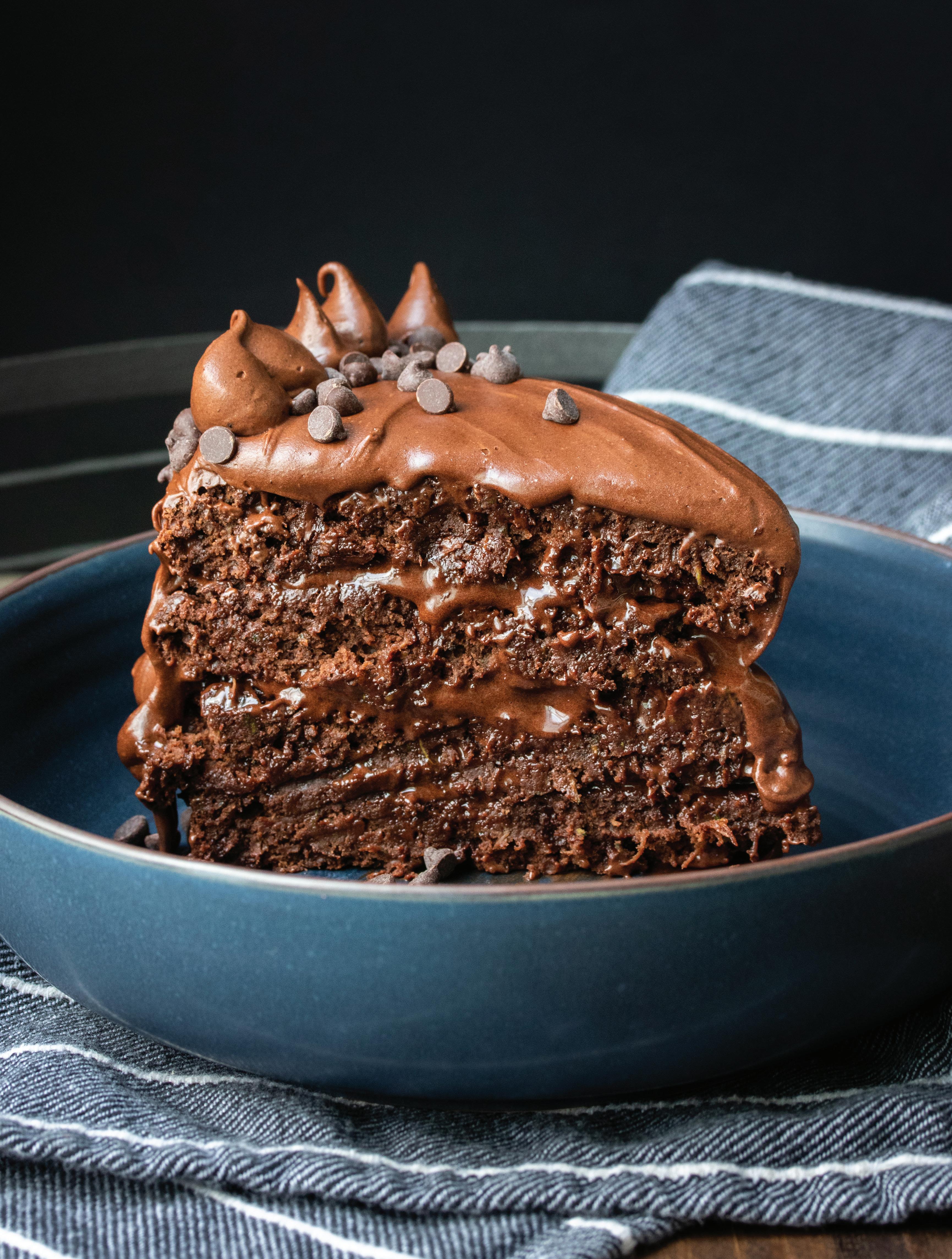
A freelance writer who through carefully chosen words brings to life people, places, organizations and ideas, from Victoria, B.C. JRWOOLLARD
It’s said that in New York City, nobody turns their head for anything. But on March 8 this year, the crowds at Central Park couldn’t keep their eyes off Summer Willis, running 42.2 kilometers with a 45-pound twin mattress on her back.
Willis, a Texan who calls Lexington, Virginia home, completed the run on International Women’s Day, following the route of the original New York City Marathon in 1970.
The mattress was eye-catching. Fashioned into a backpack, it featured a large, hand-painted phoenix of bright orange and red. Overtop of the mythical creature were the words “carrying weight for s[exual] a[ssault] survivors.” Willis herself was dressed in black, symbolic of the phoenix’s ashes, her skin painted in gold glitter.
During her four loops around Central Park, runners fell into step to hear her message; walkers sped up to learn how they could contribute to the cause; bikers slowed to keep pace, listening to her story and sharing their own.
Dialogue was what Willis sought when planning the feat; the mattress was the conversation starter.
Ten years ago, at age 19, Willis was sexually assaulted while she was a student of English at the University of Texas at Austin. Her mattress run—one of 29 marathons she will complete in her 29th year—was designed to get people talking.
“No one likes to talk about sexual assault, but one in six women in the United States are assaulted,” says Willis. “I wanted to bear the weight of sexual assault… I want everything I'm doing to focus on the strength of women…Even though we carry that weight, we're still capable of doing amazing, extraordinary things.”
Through her 29 runs, Willis is raising funds for the non-profit she founded, Strength Through Strides. The organization will help survivors of sexual assault recover and thrive by providing free coaching with licensed clinicians. Initially, support services will be offered in California, Texas and Virginia.
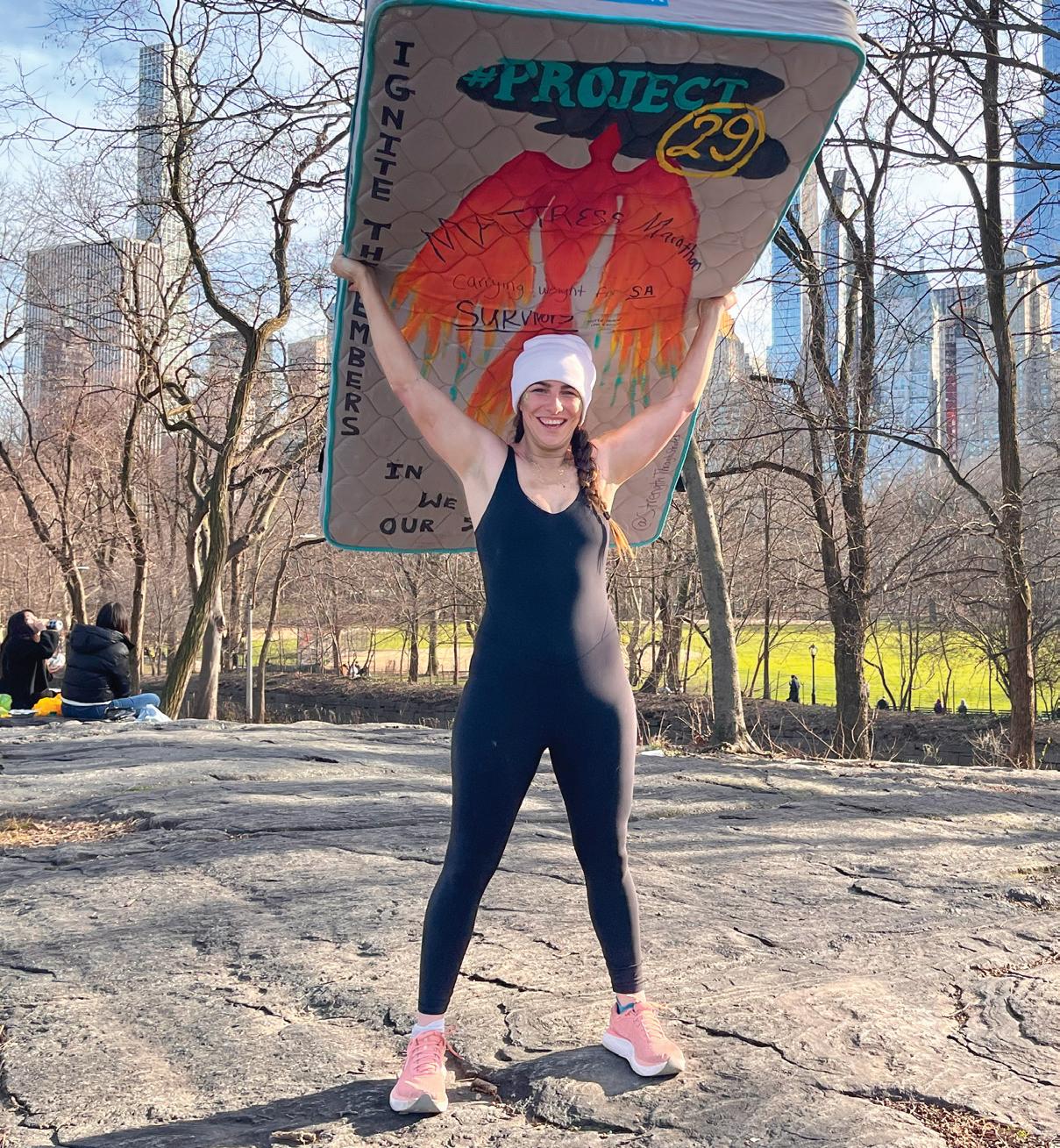
“I wanted the marathons to have a mission,” she explains. “[Sexual assault] took years away from my life… I don't want other women to have to go through that.”
Willis’s runs are inspired by Julie Weiss, another fundraising marathoner. In 2012–13, Weiss, the “marathon goddess,” ran 52 marathons in 52 weeks to raise funds for pancreatic cancer.
Last summer, Willis struggled through a difficult time. She was experiencing symptoms of post-partum depression after the birth of her second son; then, she and her husband had six family members pass away in six months. She had an epiphany the morning after reading about Weiss: “My first thought when I woke up was, when I turn 29, I'm going to run 29 marathons,” she recalls.
Willis was not a runner when she set her ambitious goal.
“It took me quite a while to get to one mile and then three,” she laughs. “I really didn't know how I would get past three, but eventually the miles started adding up.”
She kicked off her 29 marathons in October, a month after her birthday, and ran three marathons in three days.
“It was really hard,” she confesses. “But at the end of it, I thought, what else am I capable of?”
The mattress marathon isn’t the only memorable run on her list. In February, she ran the Austin Marathon, returning to the city in which she was assaulted. A week after her Central Park run, she ran the LA Marathon wearing a series of Barbie-inspired costumes and finishing the last mile in heels and a pink sequin gown. For her grand finale in the fall, she’s joining a group running seven marathons in seven days on seven continents, starting in Novo, Antarctica and concluding in Miami.
She has no plans to quit running when the year is up; she’s set her sights on the stars: Irish extreme runner Richard Donovan is planning a race in space in 2026, and Willis wants to join him.
“I want to raise hope,” she says. “Ordinary people can do extraordinary things.”


